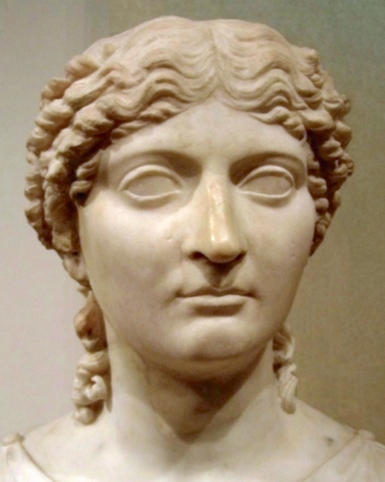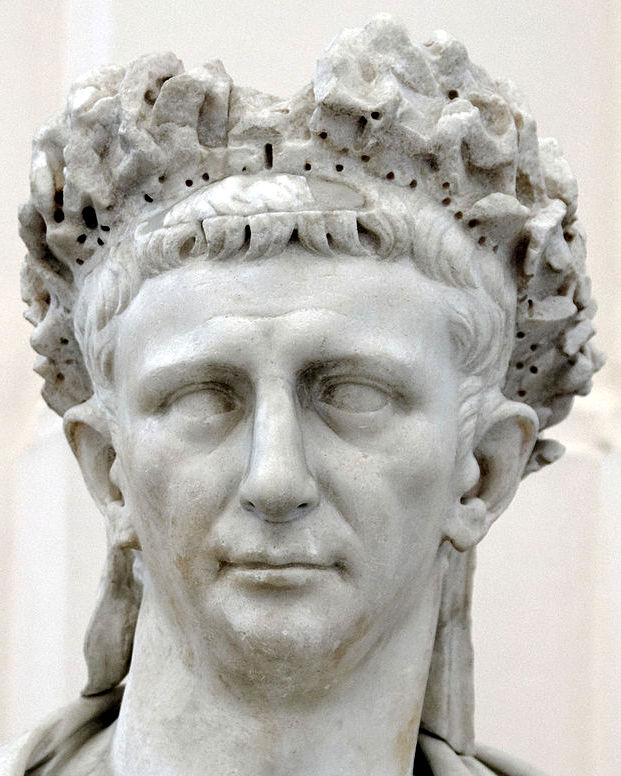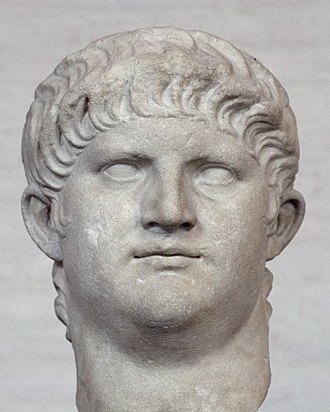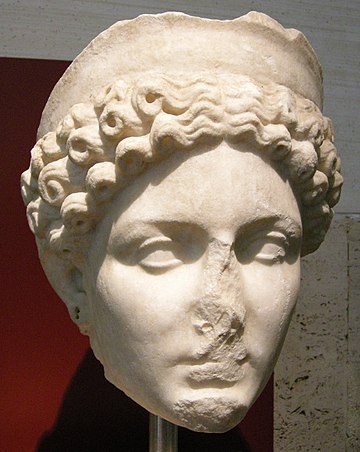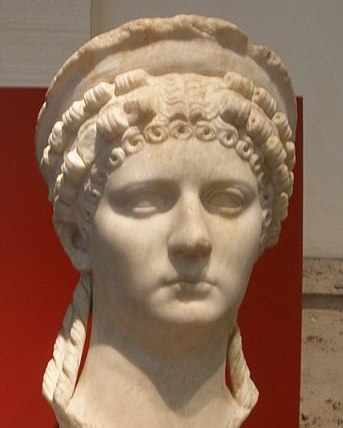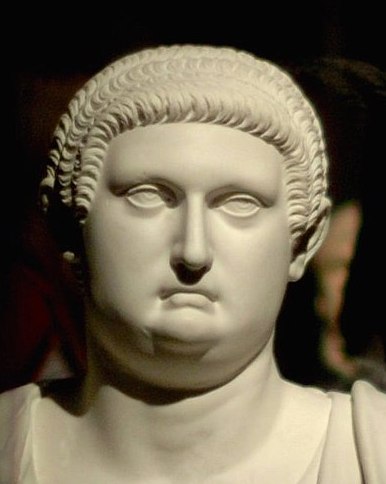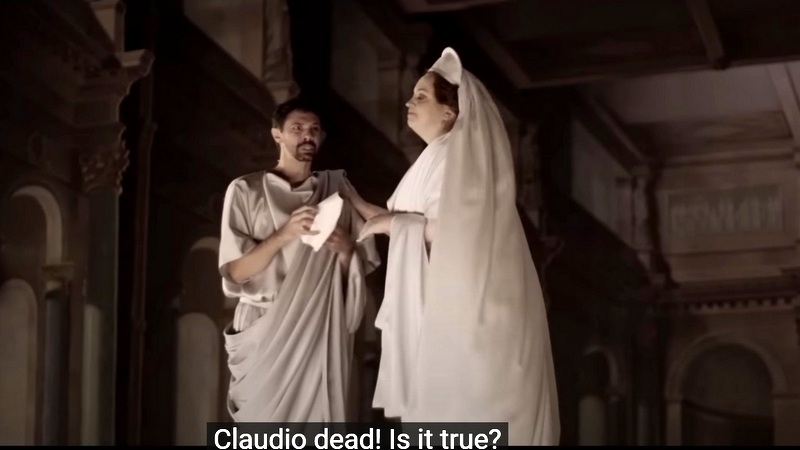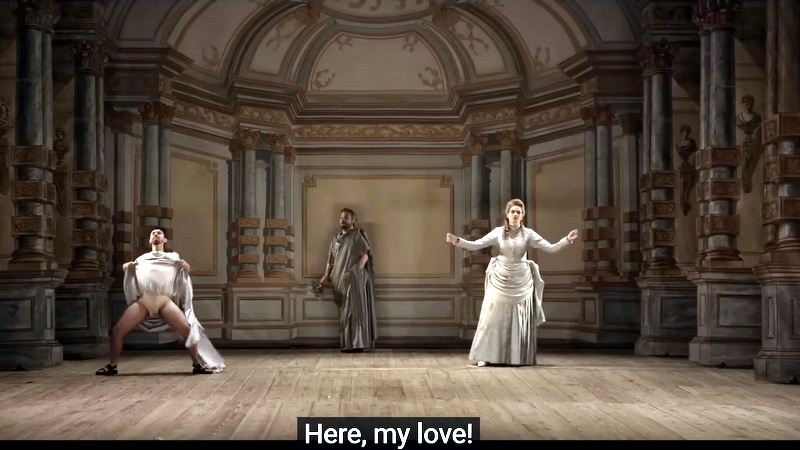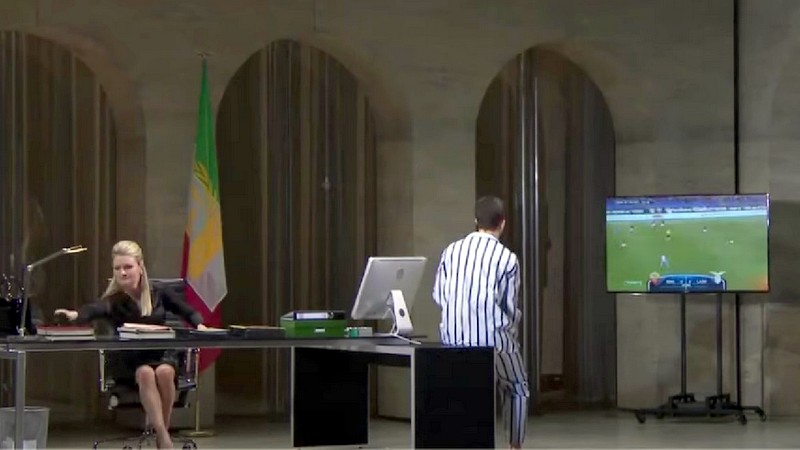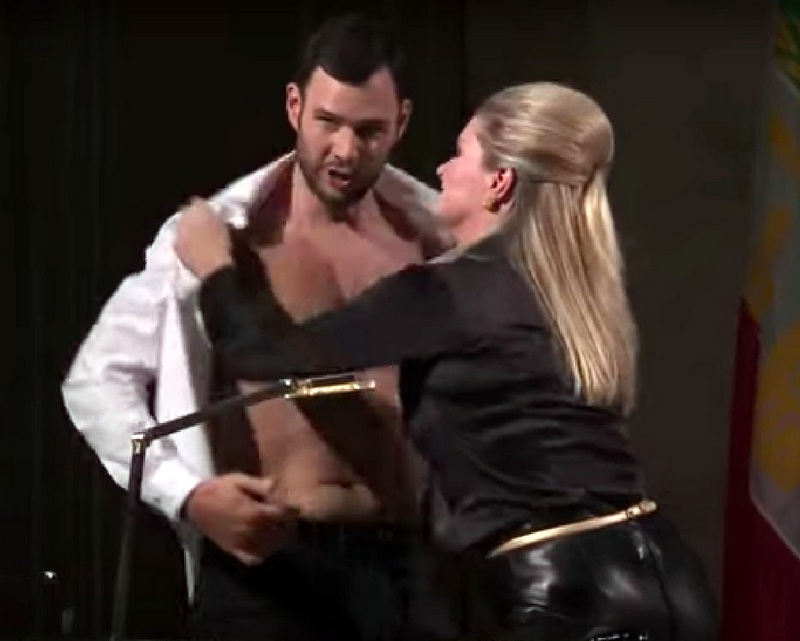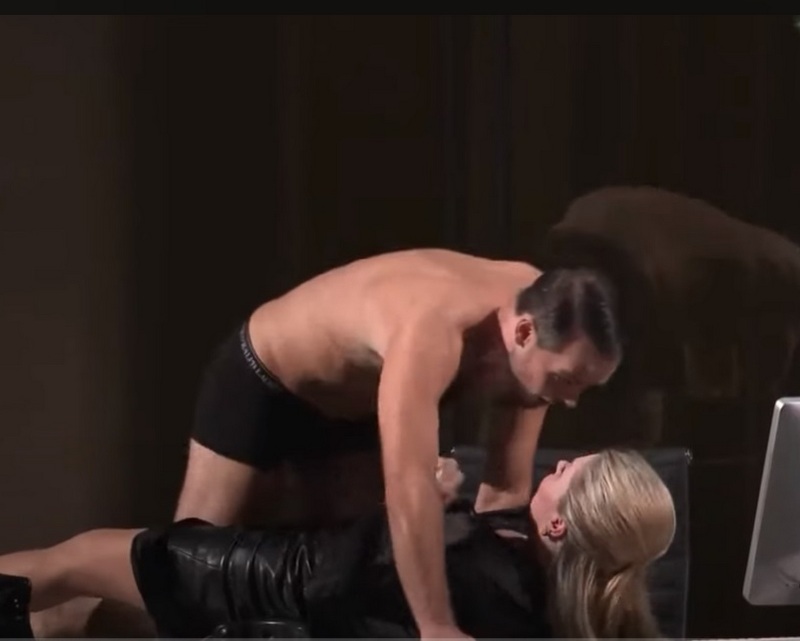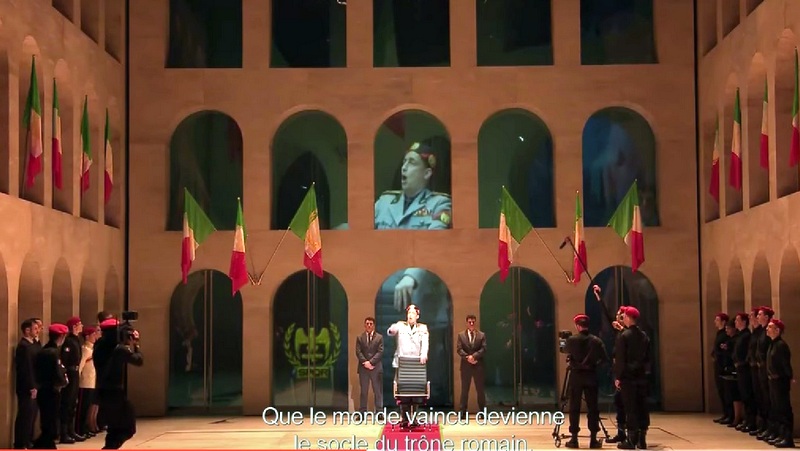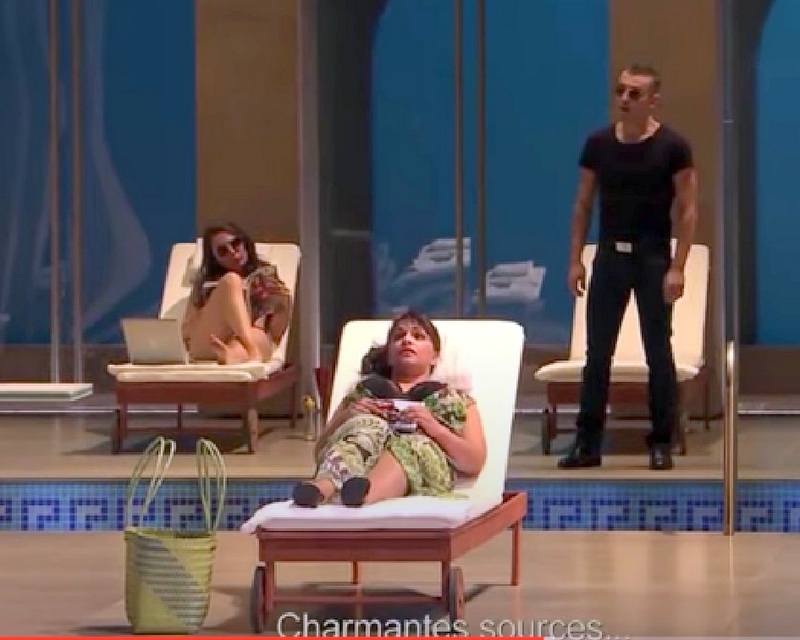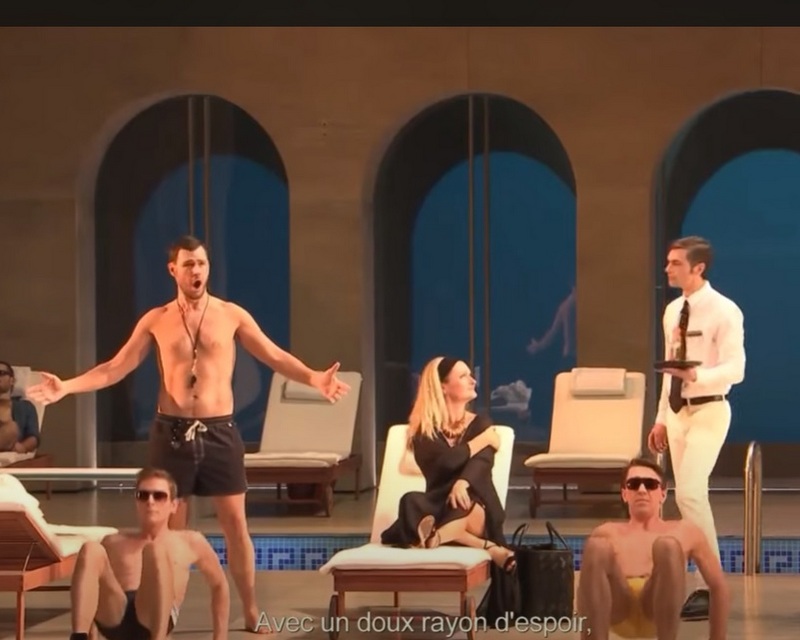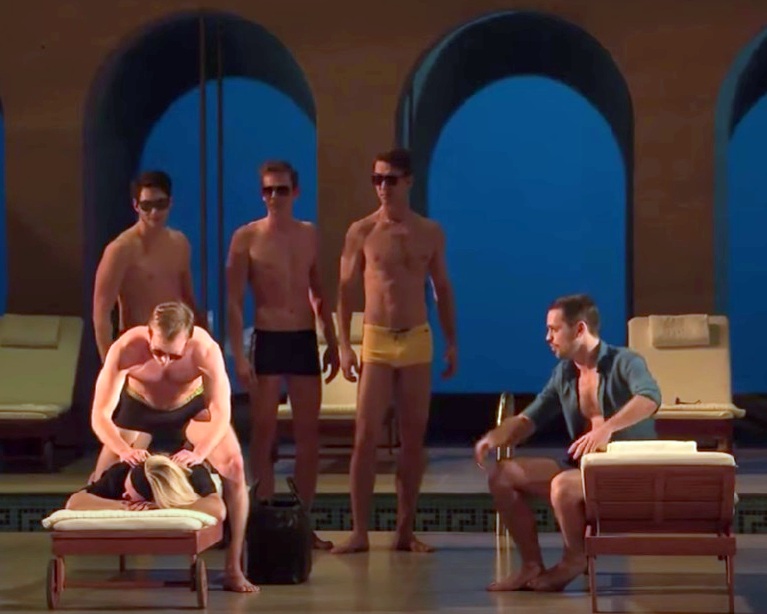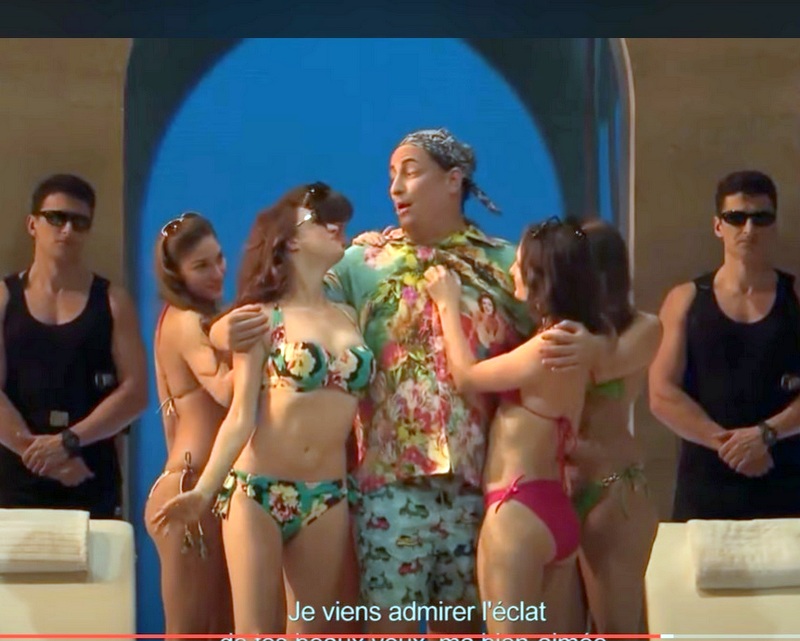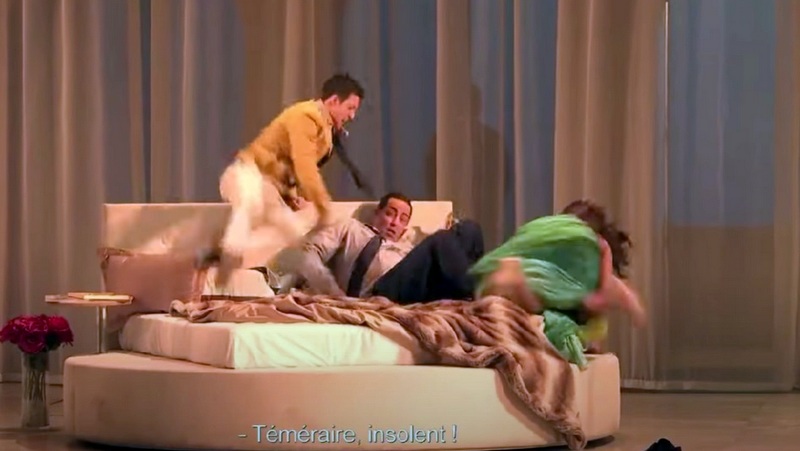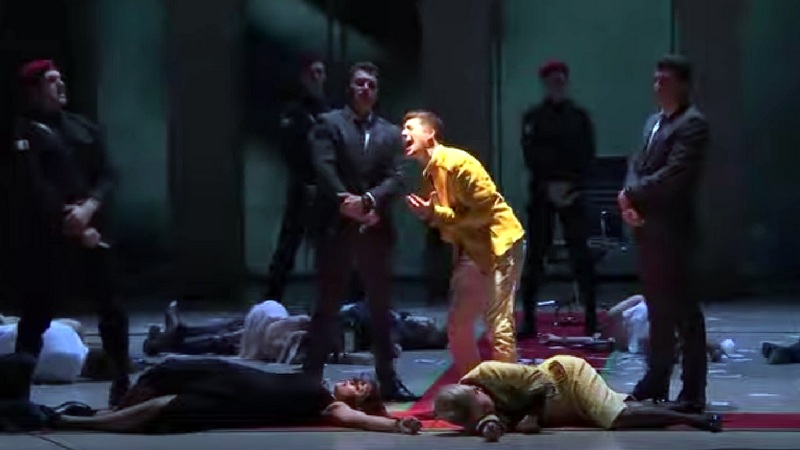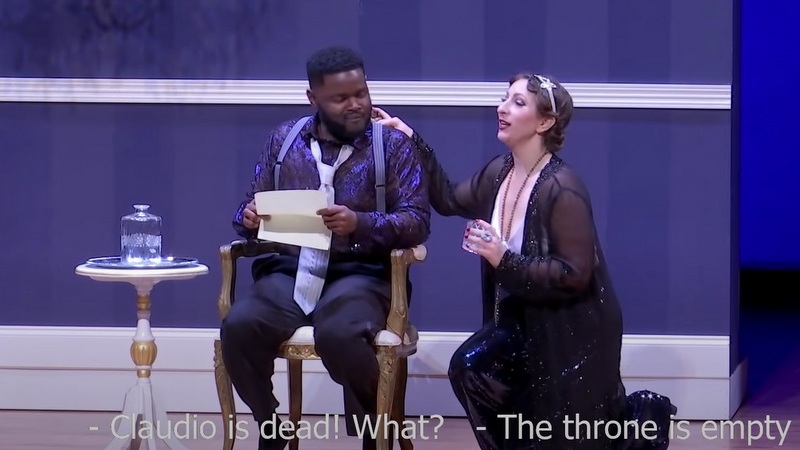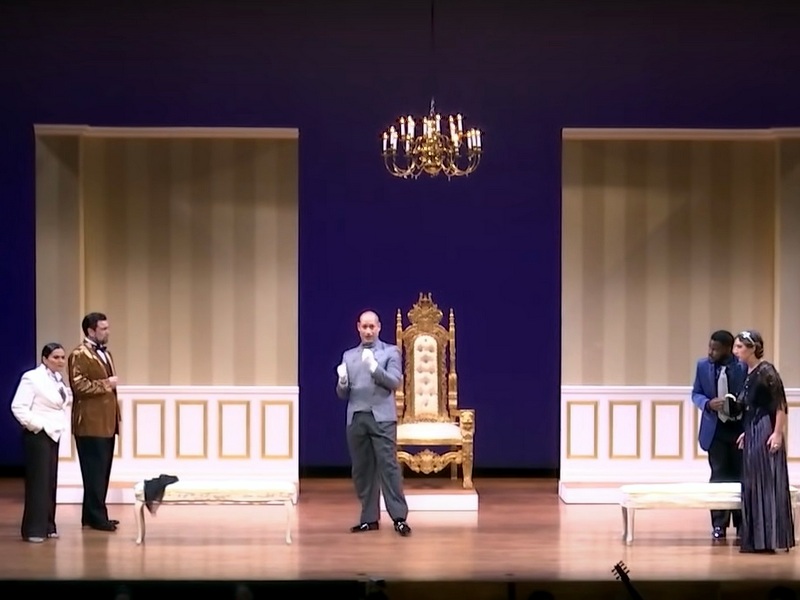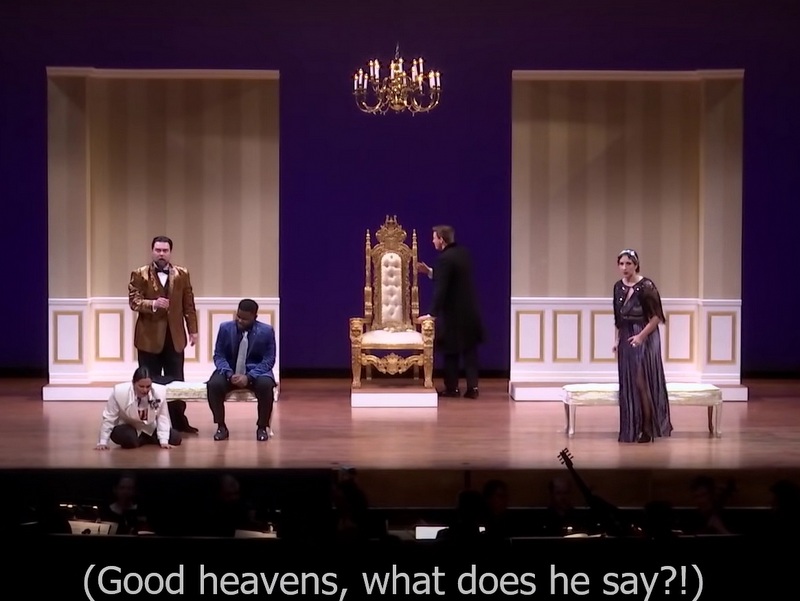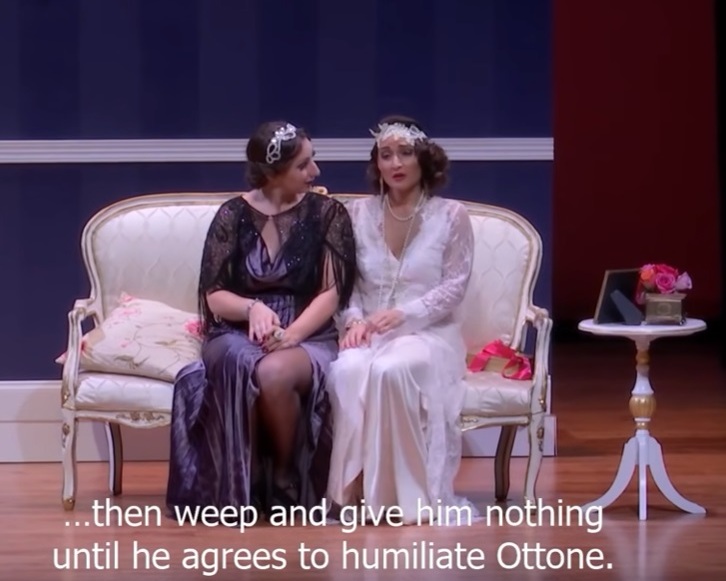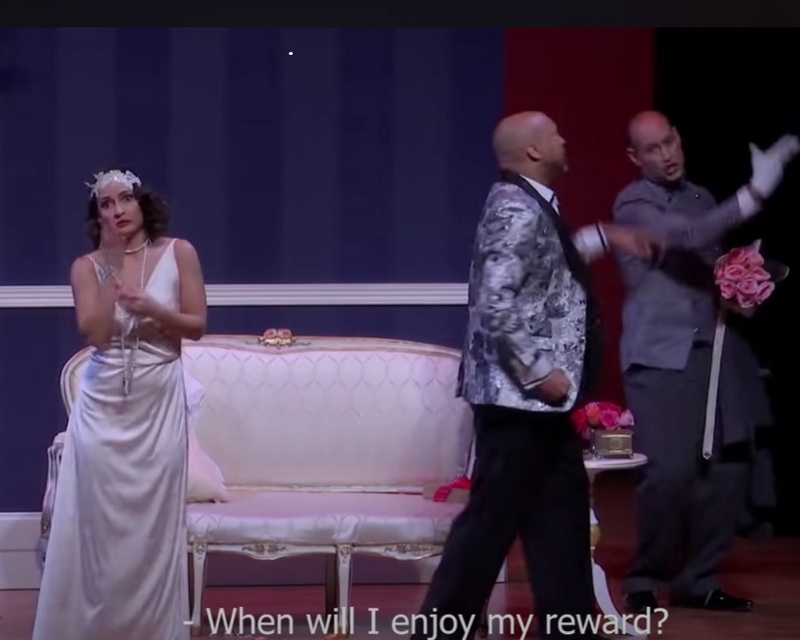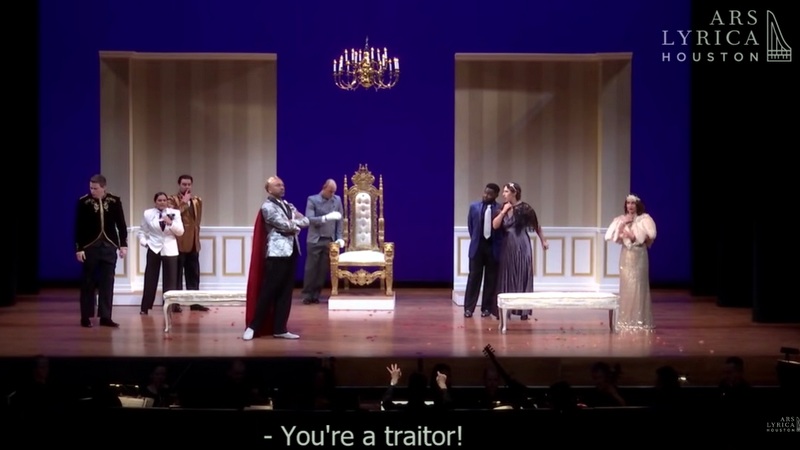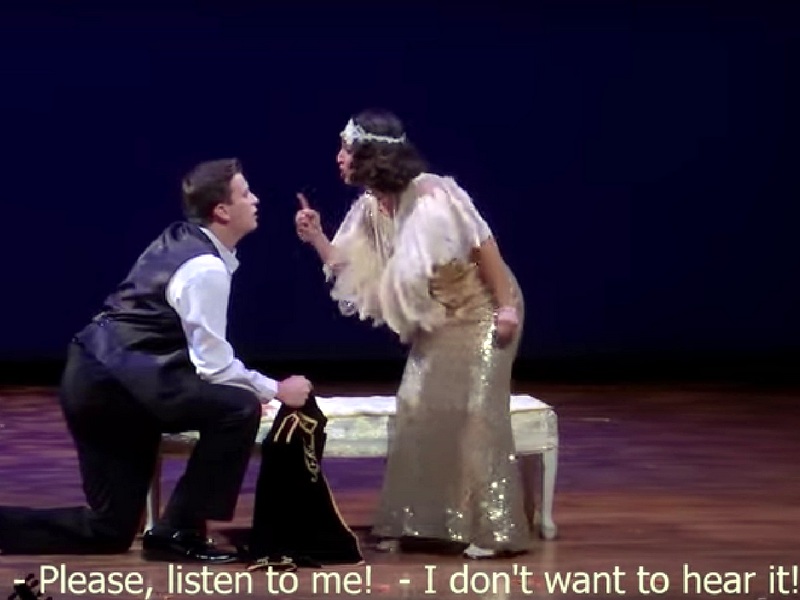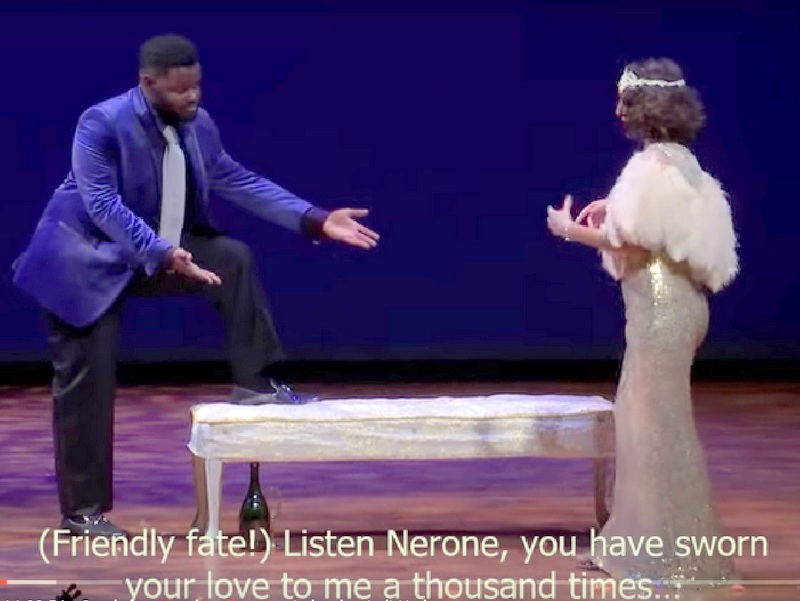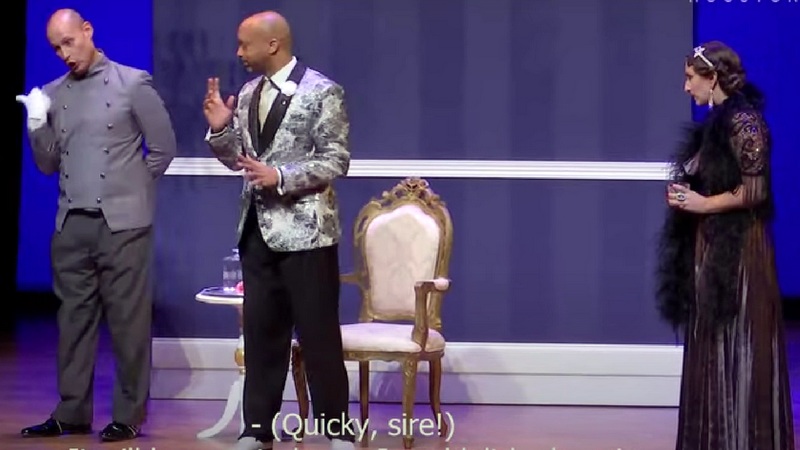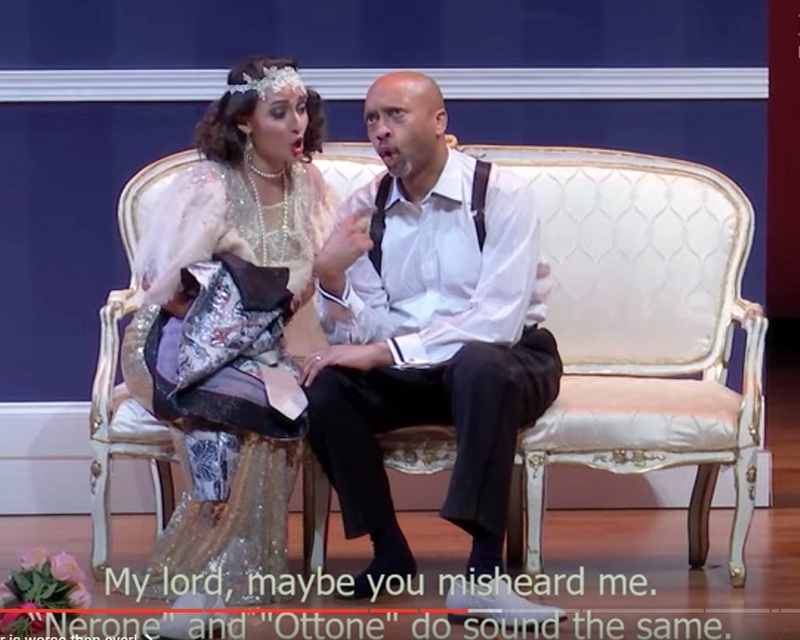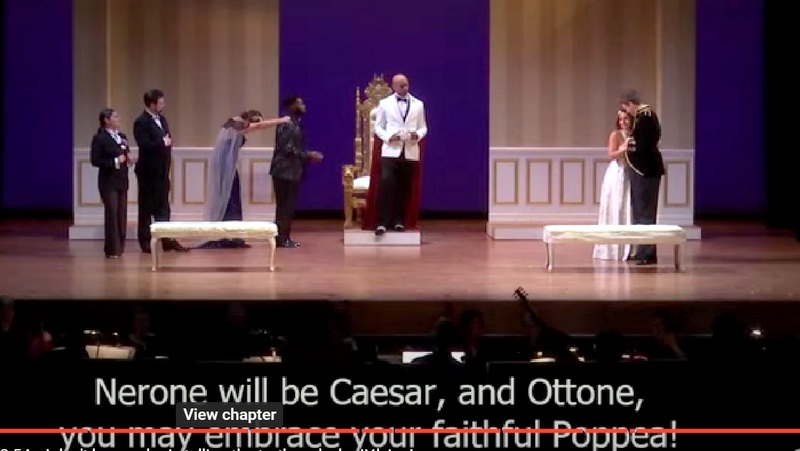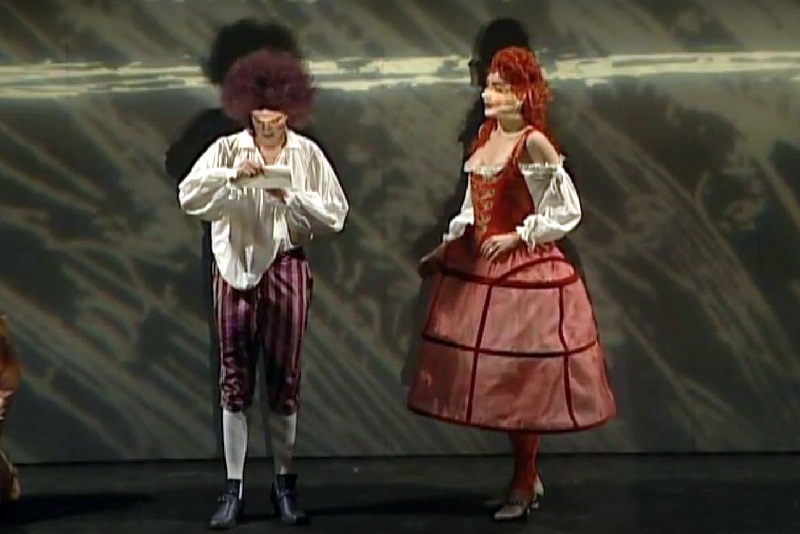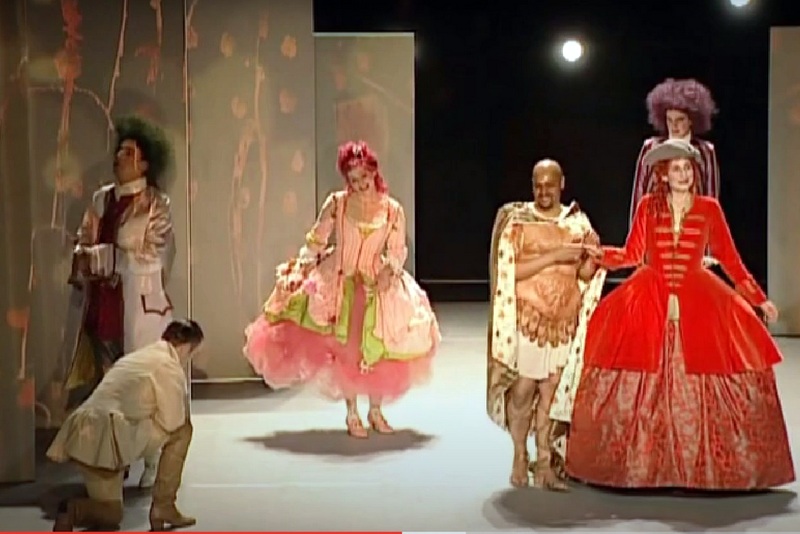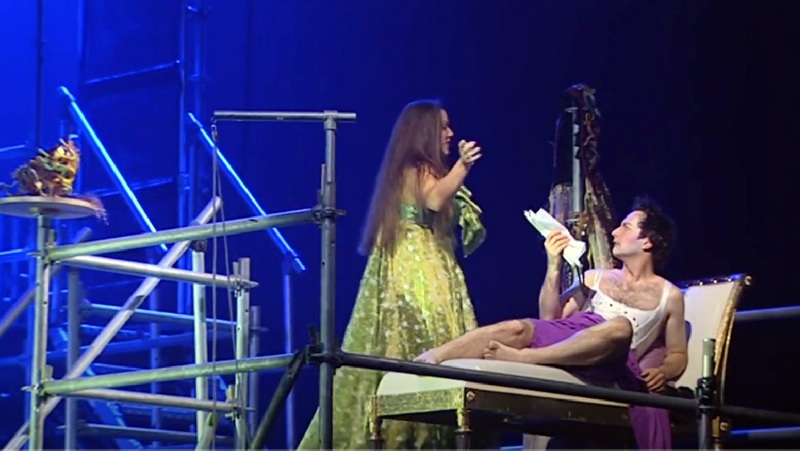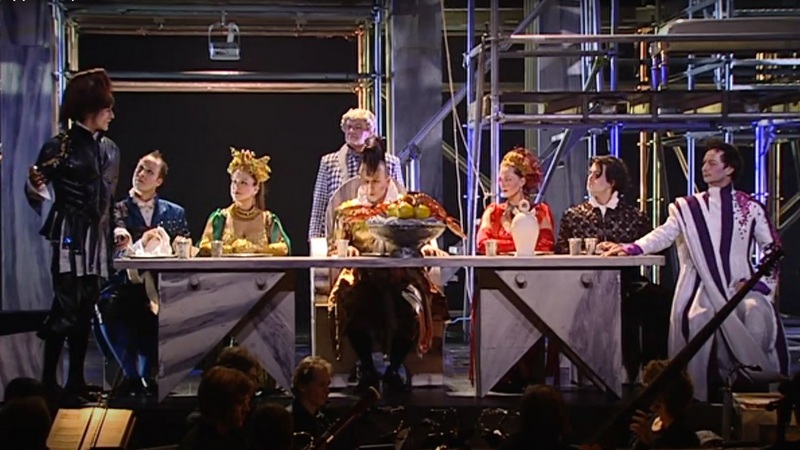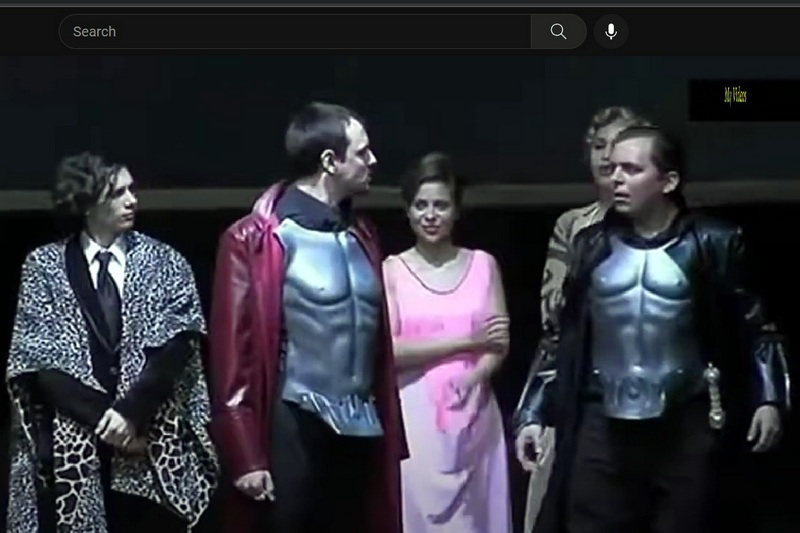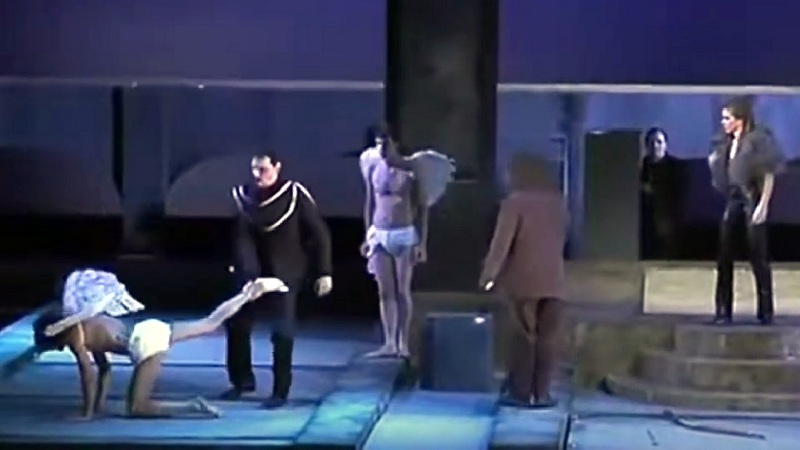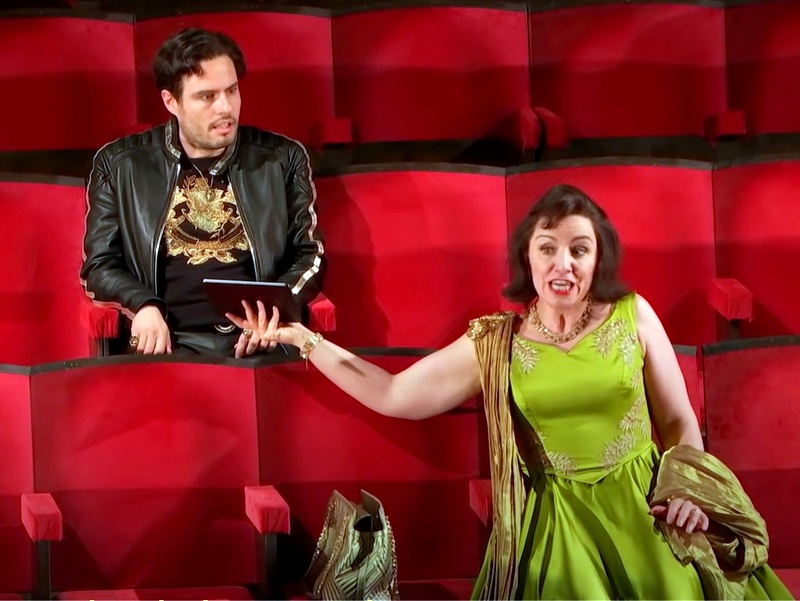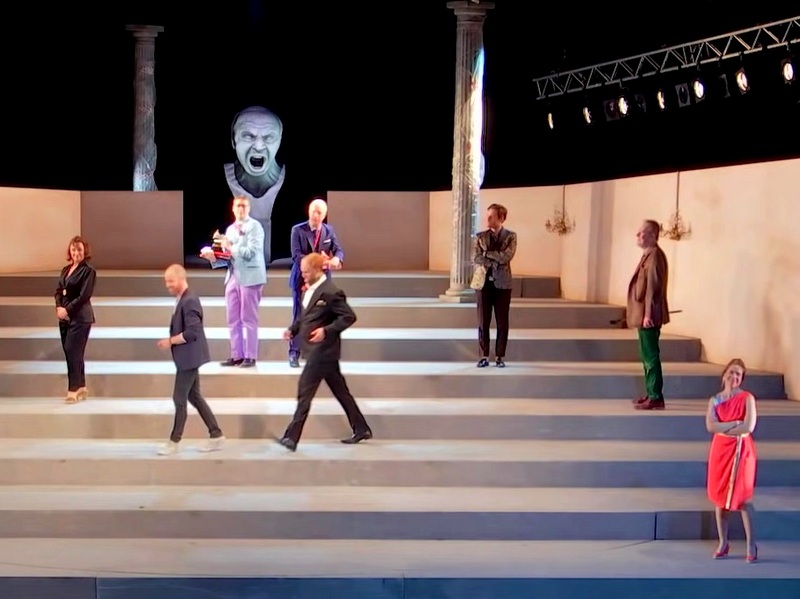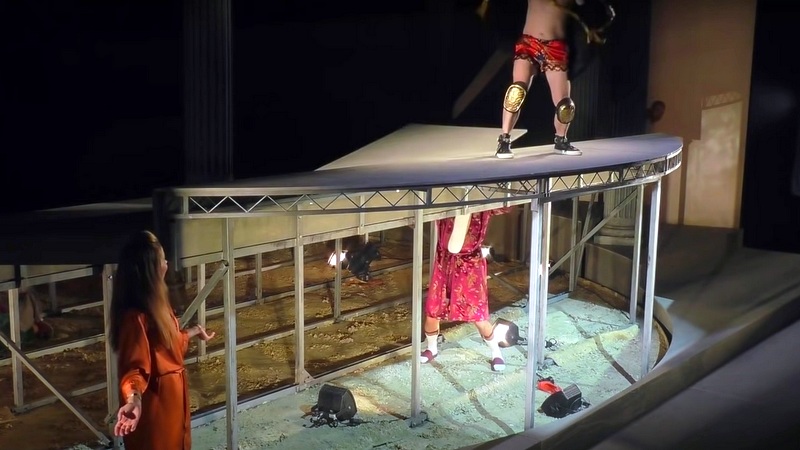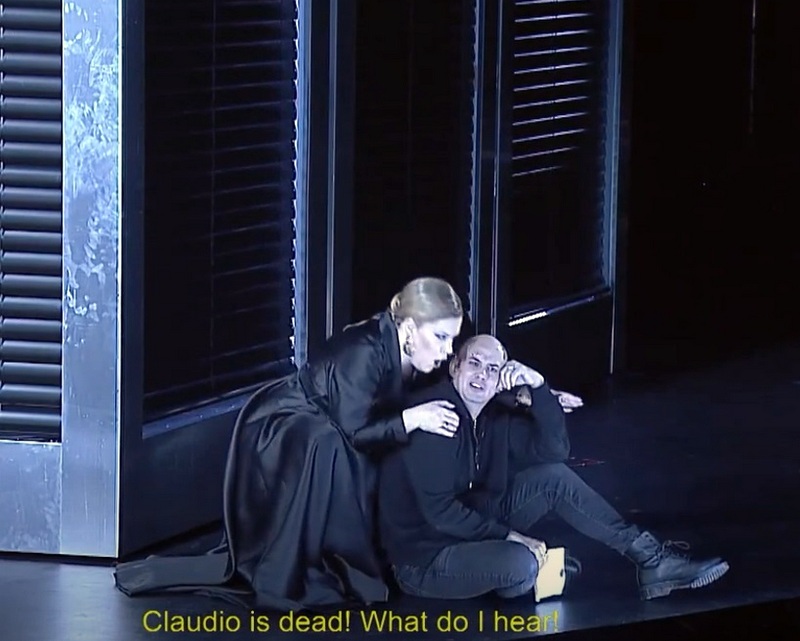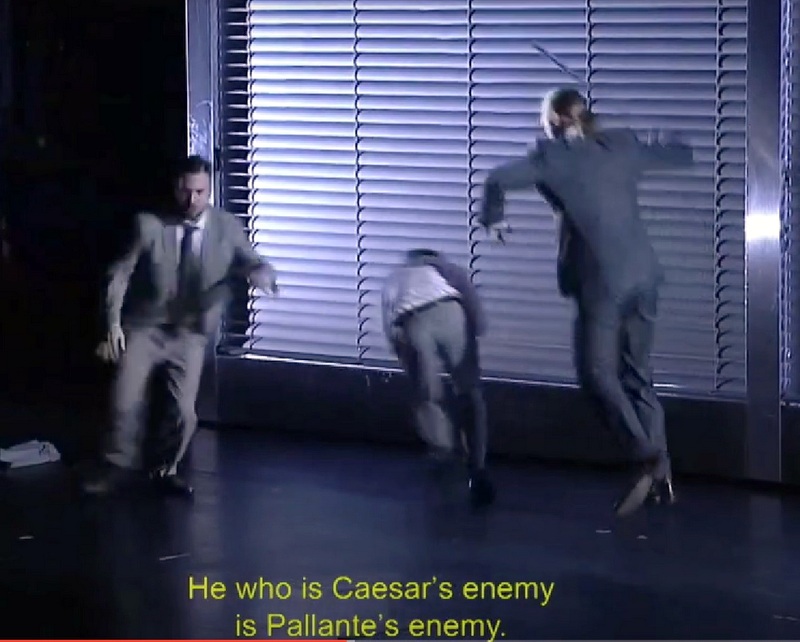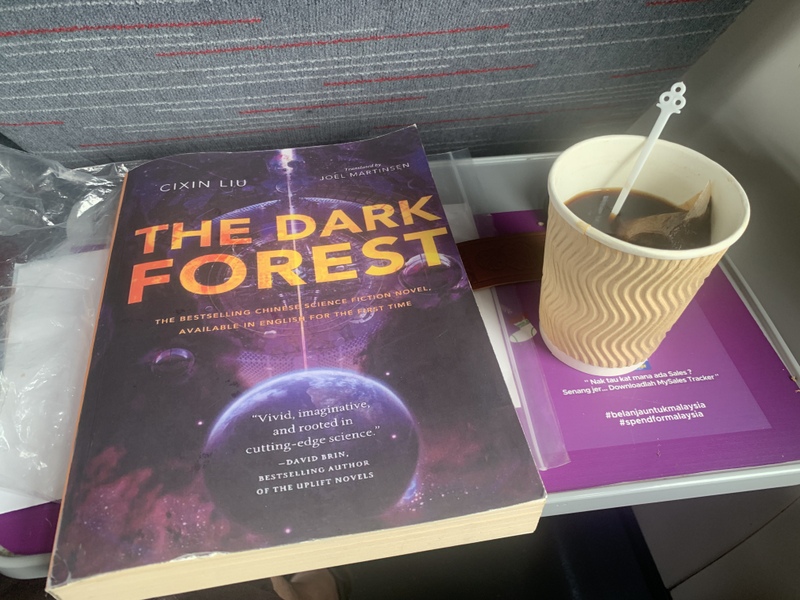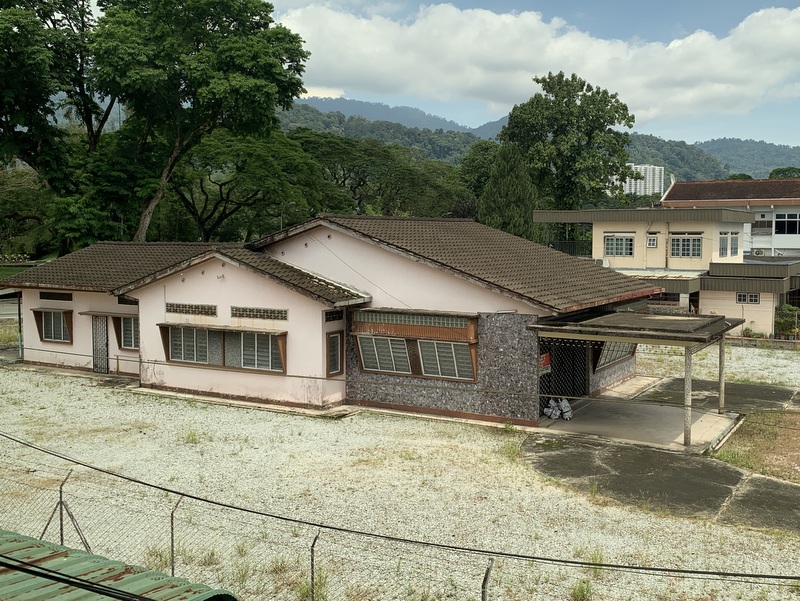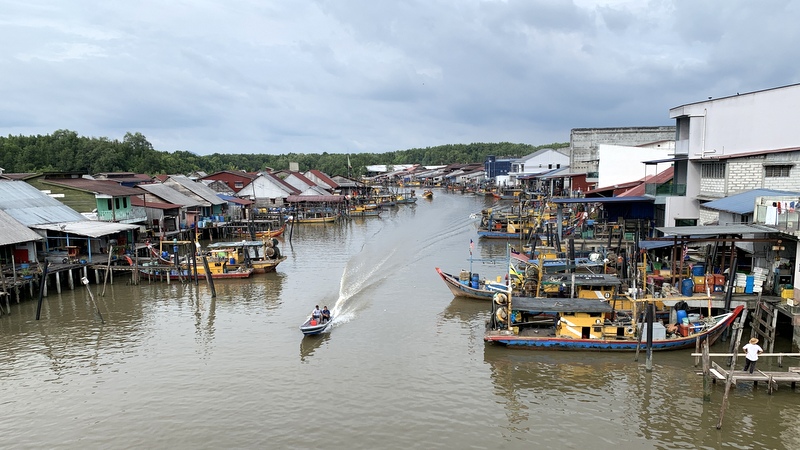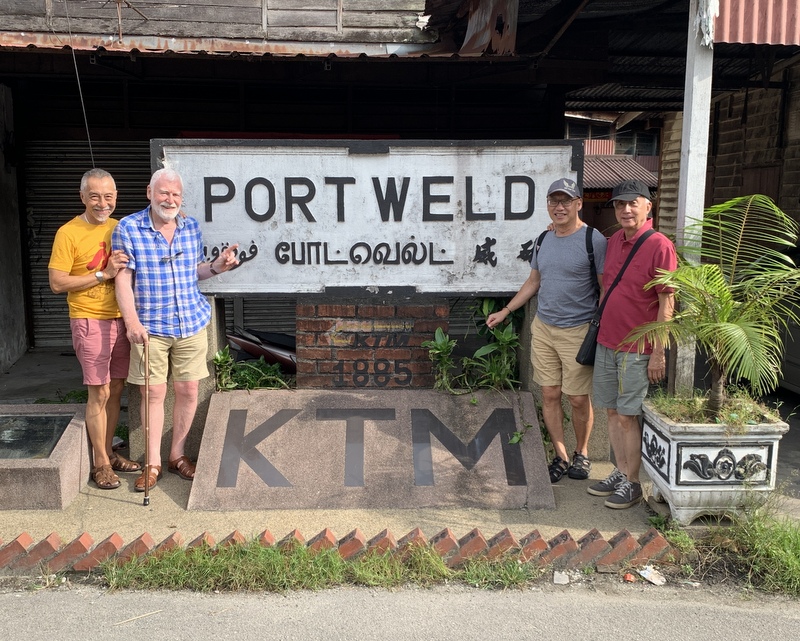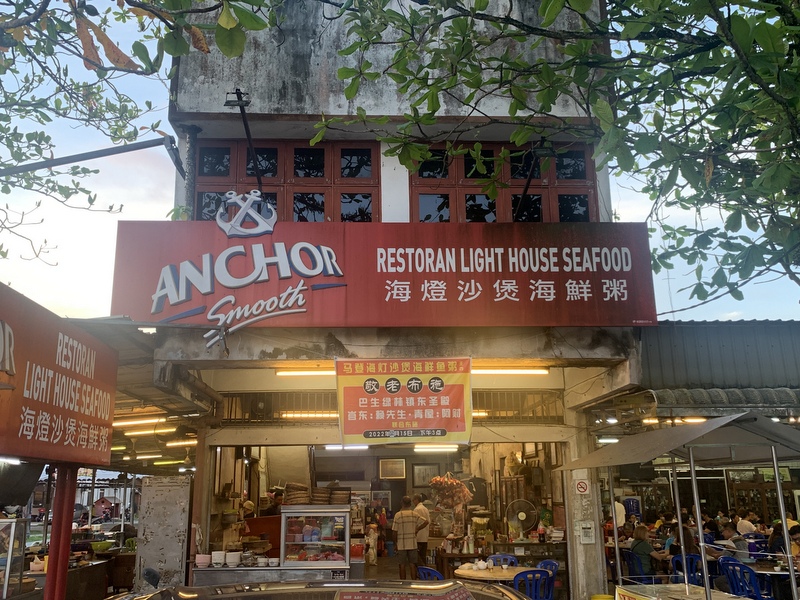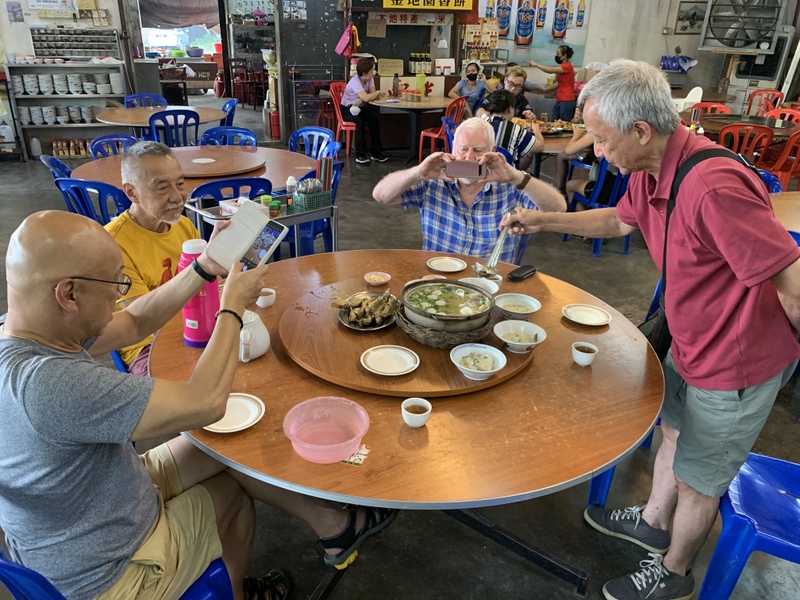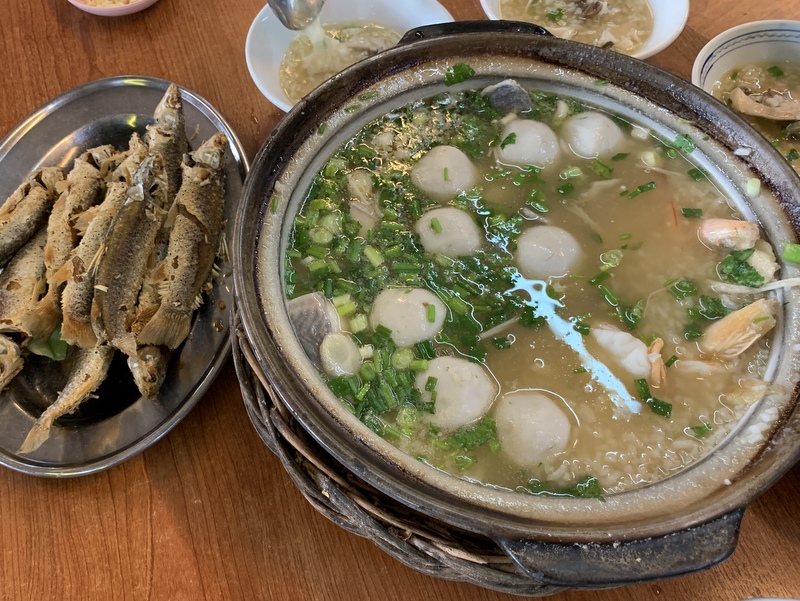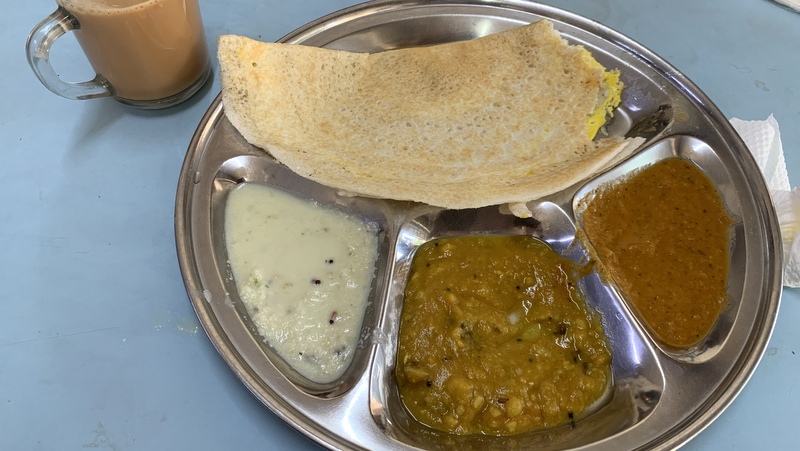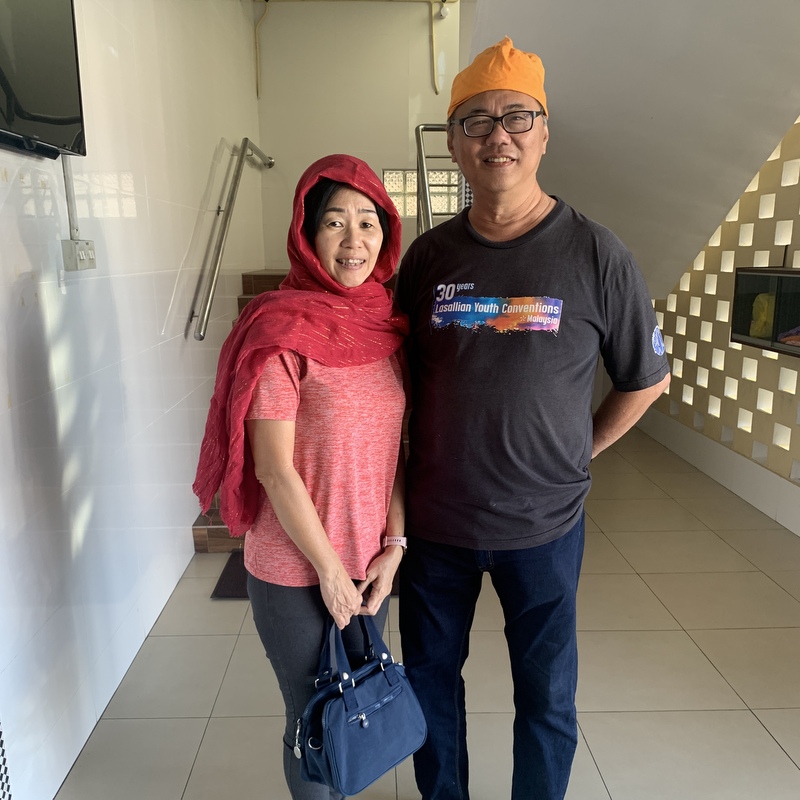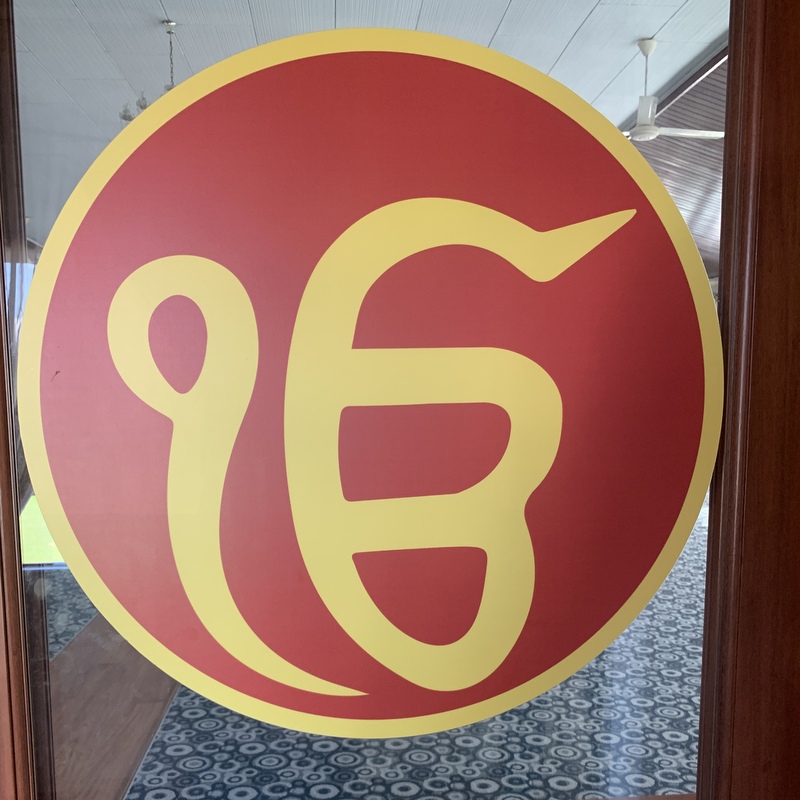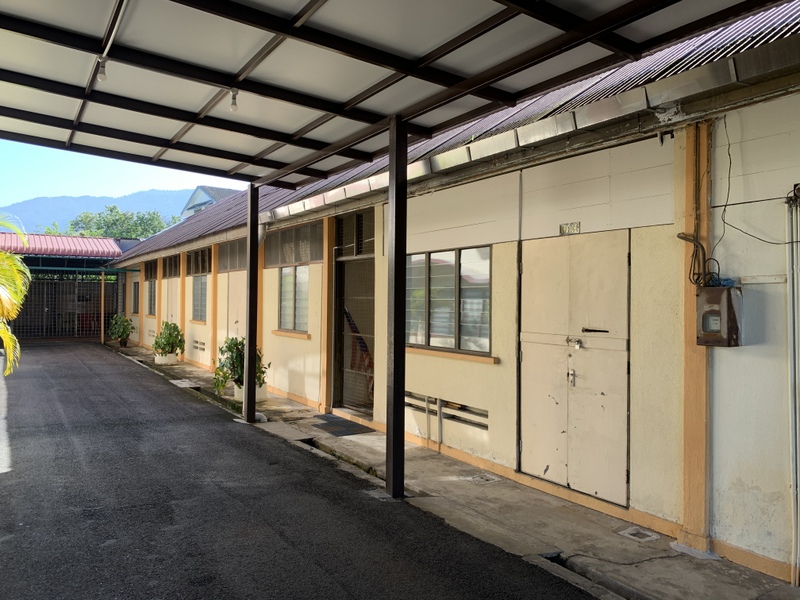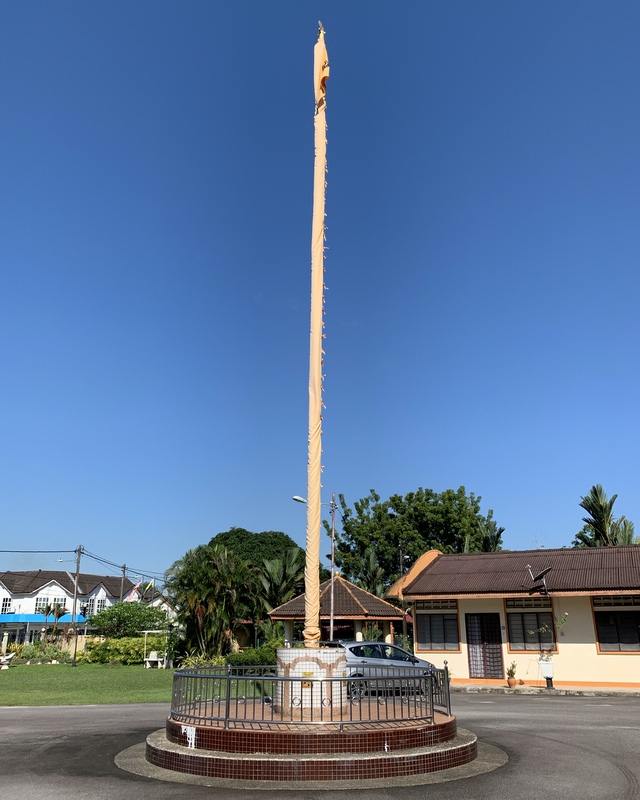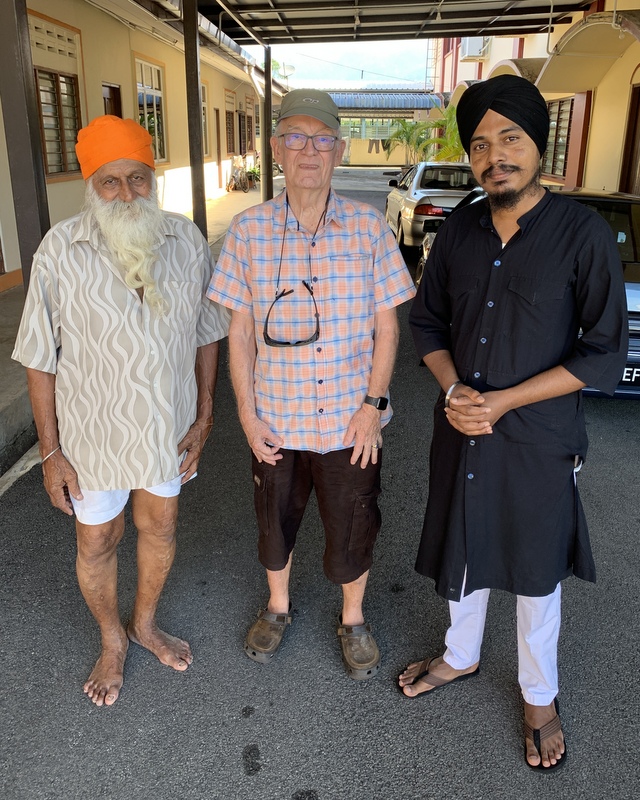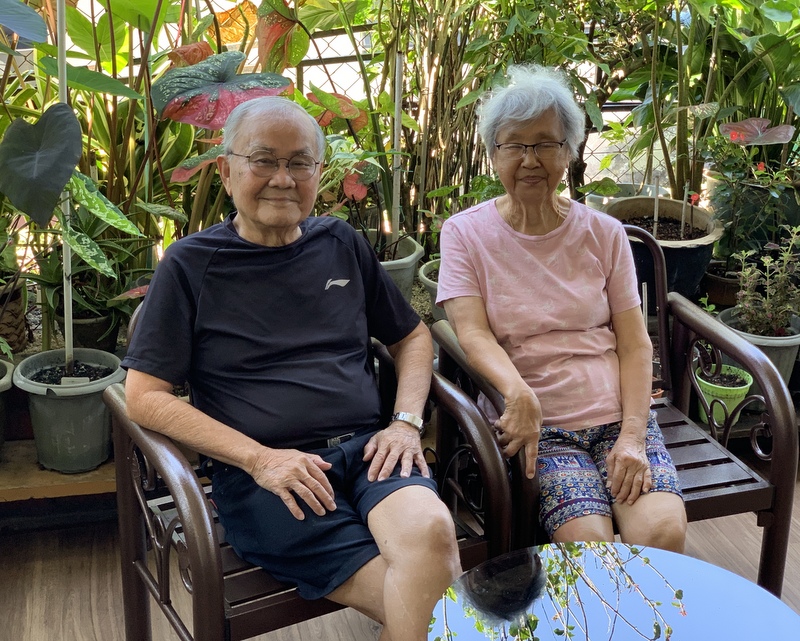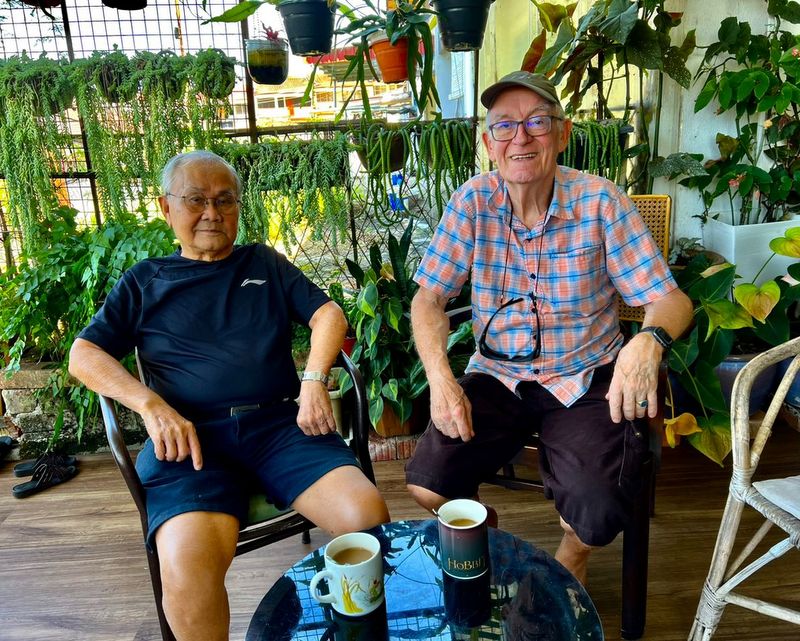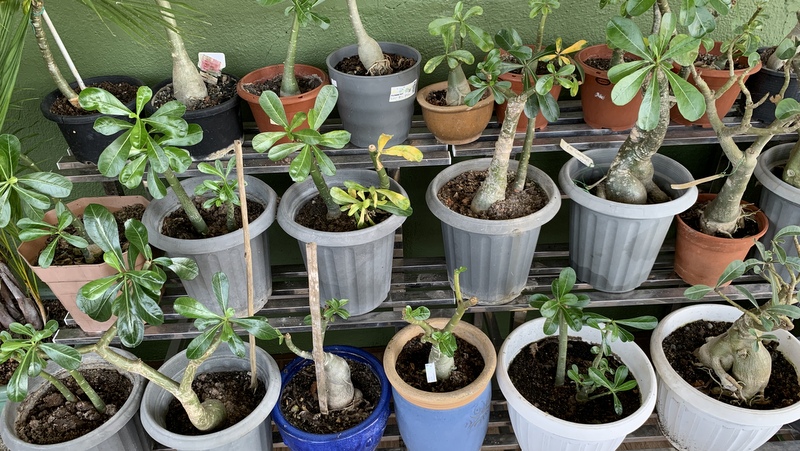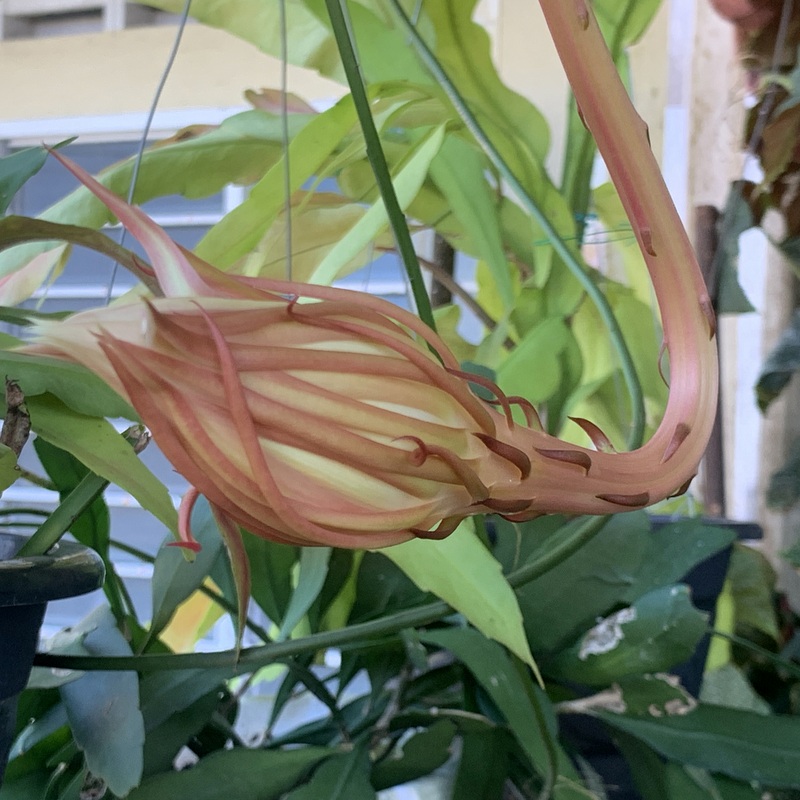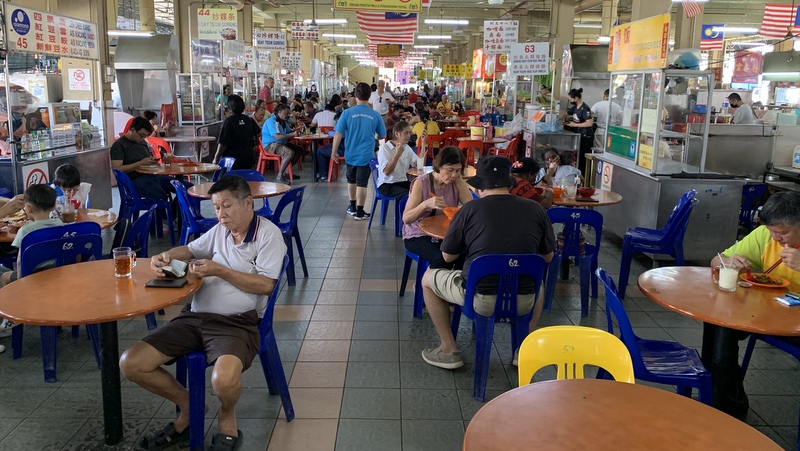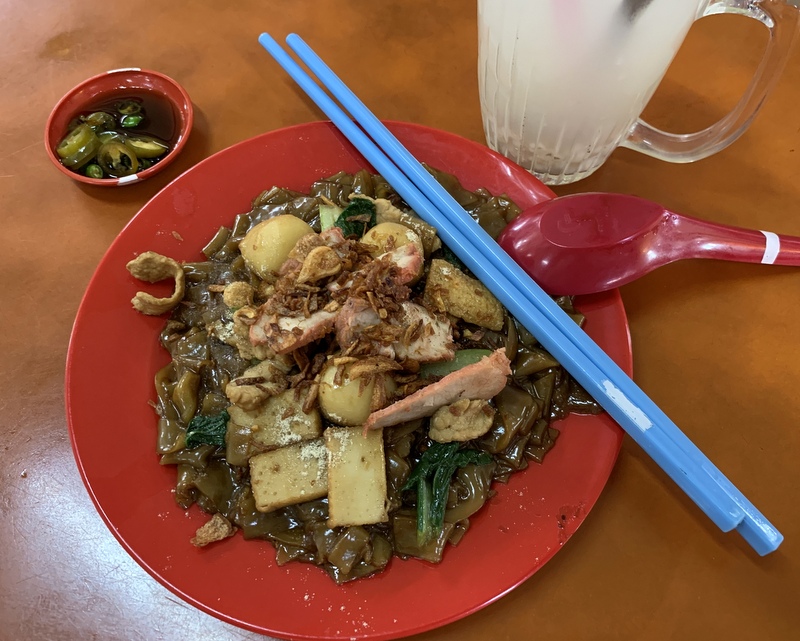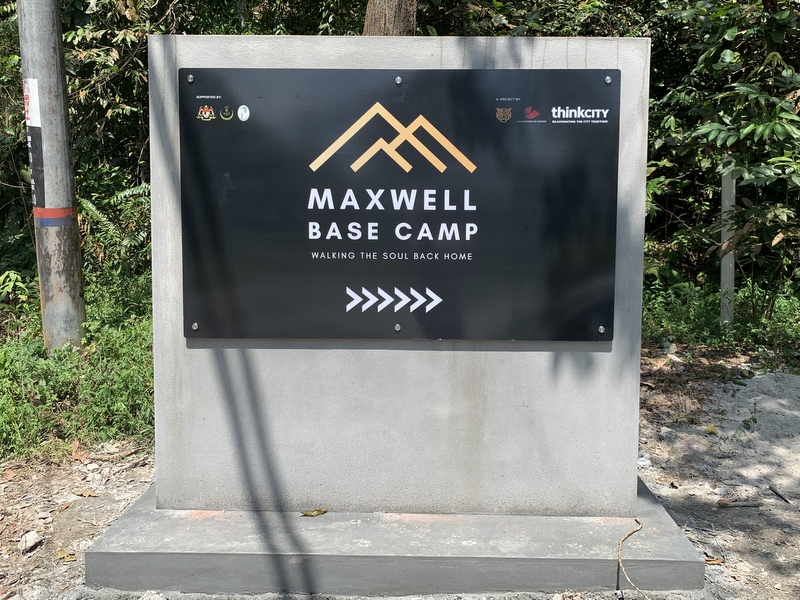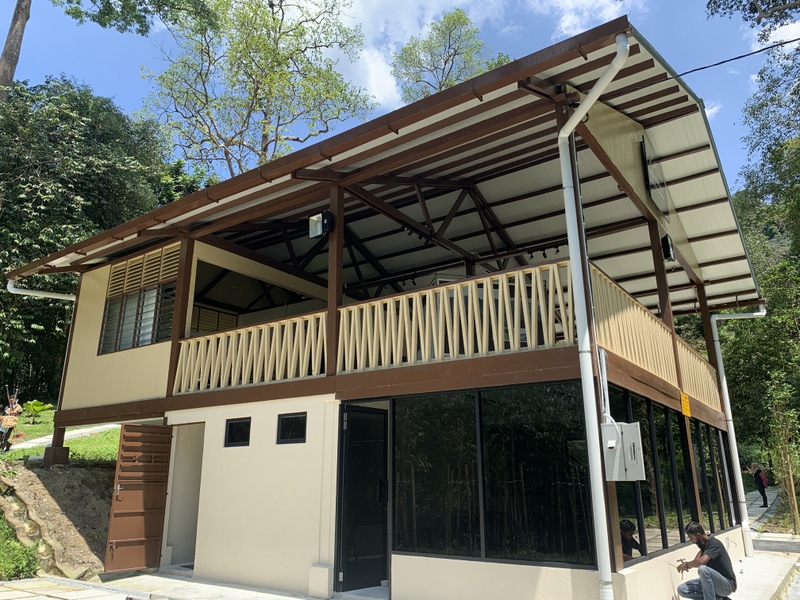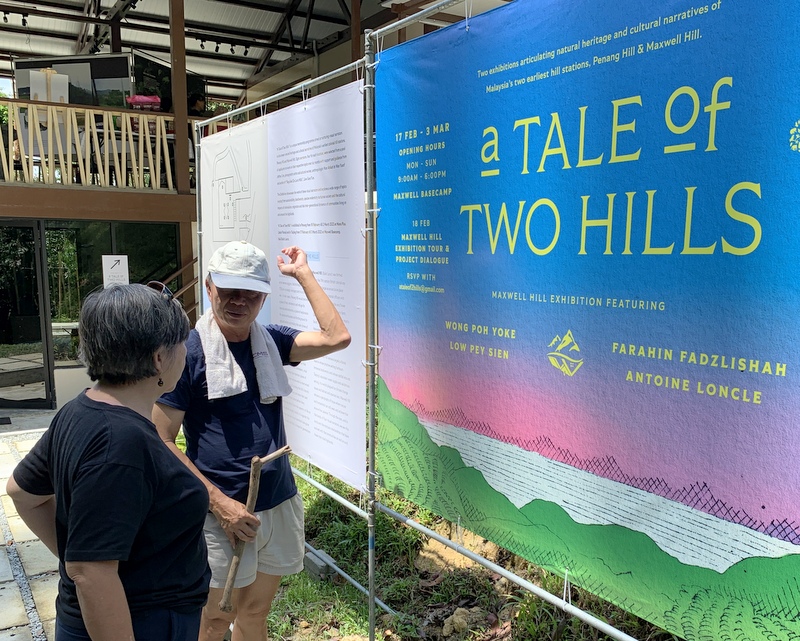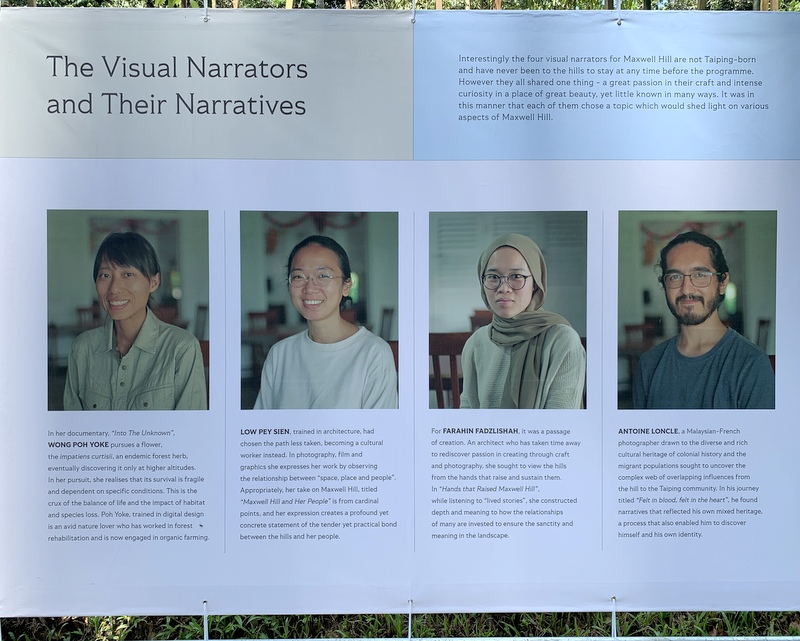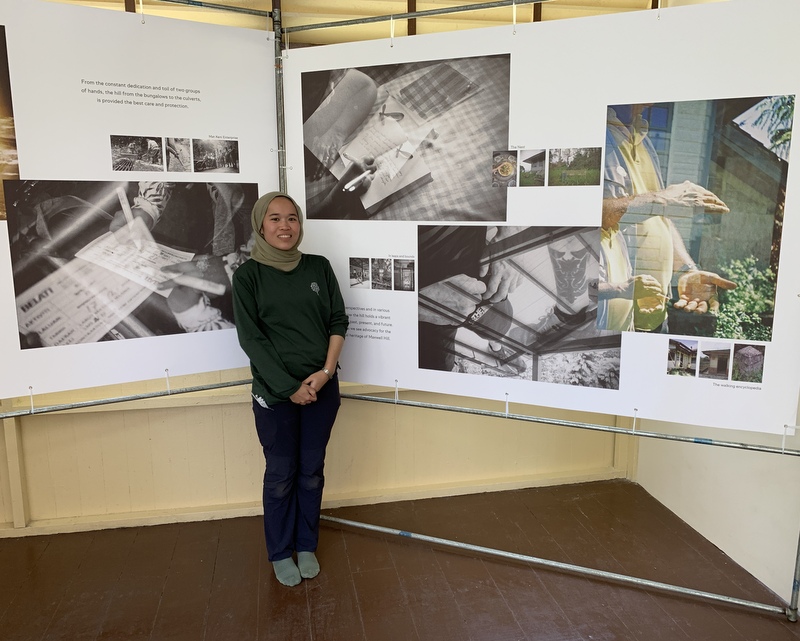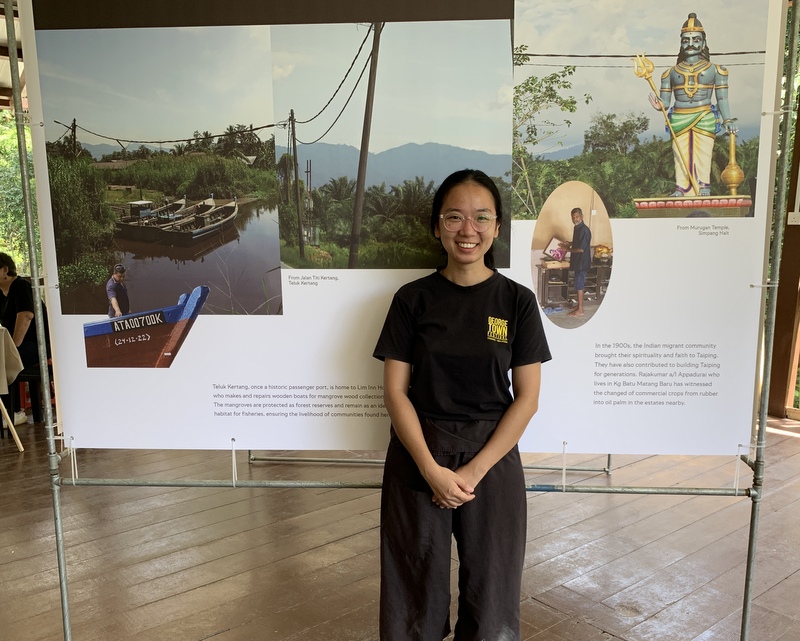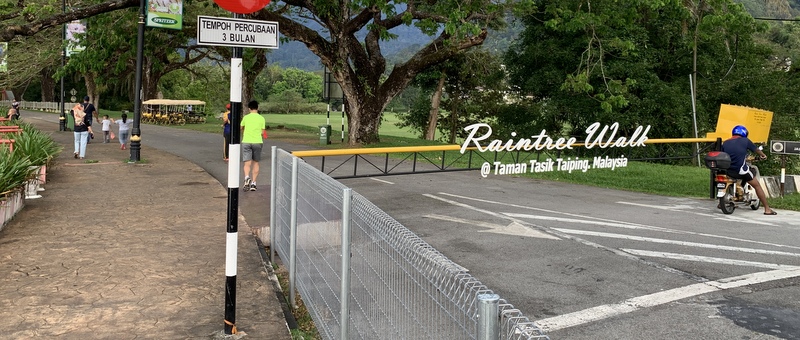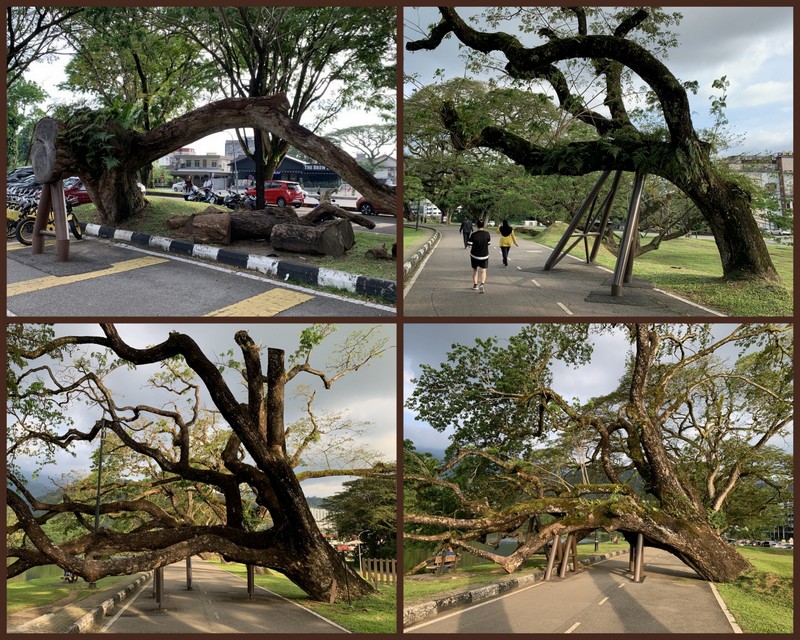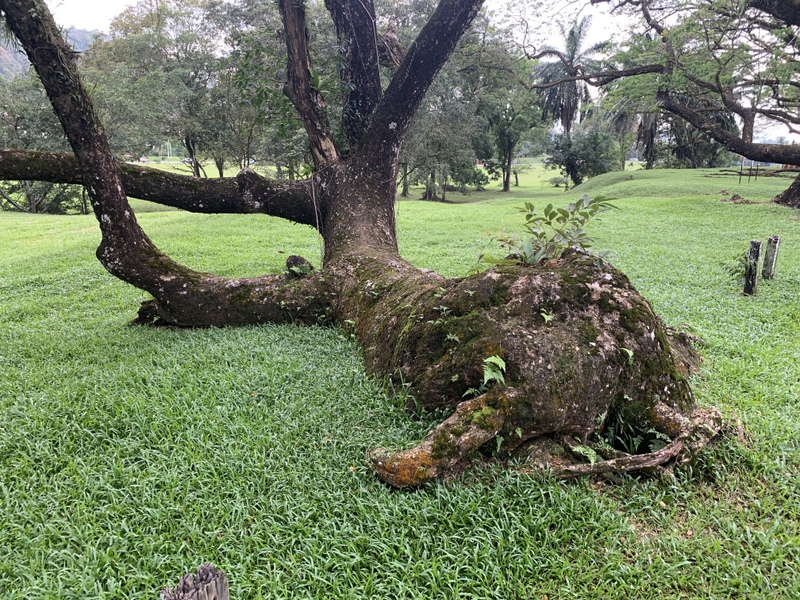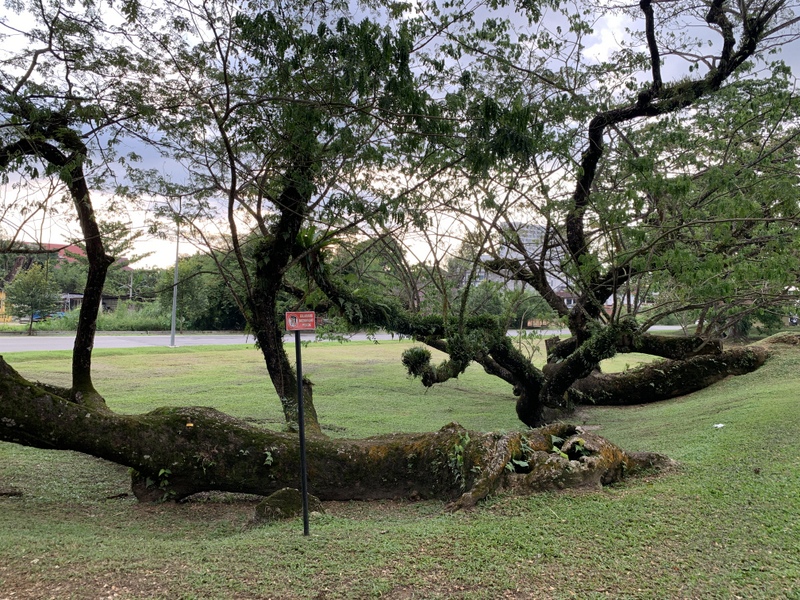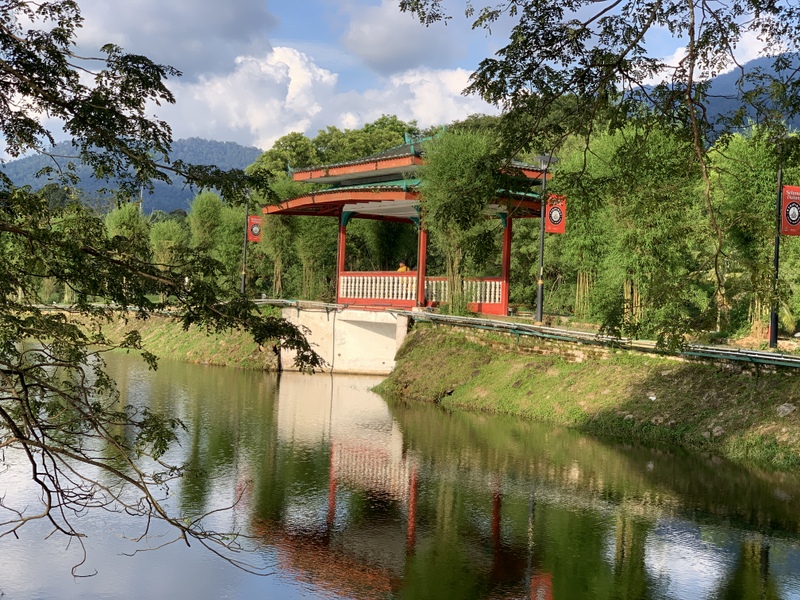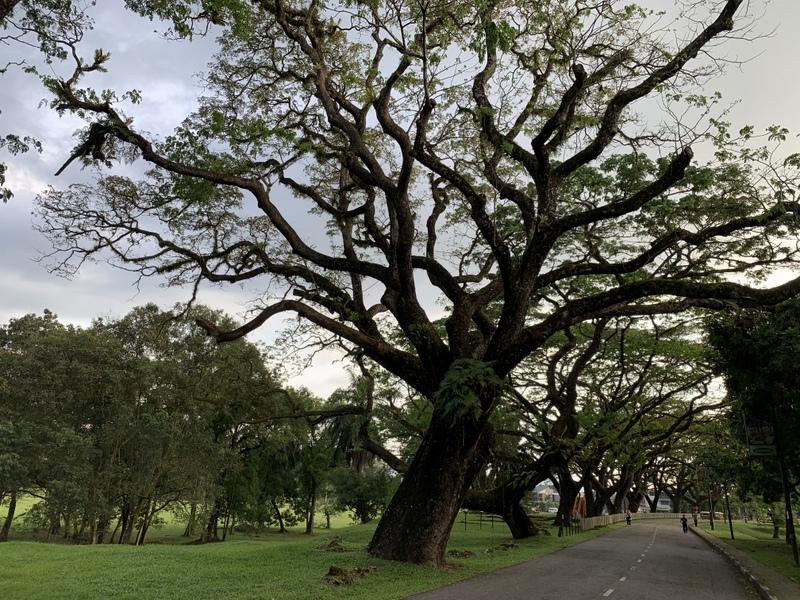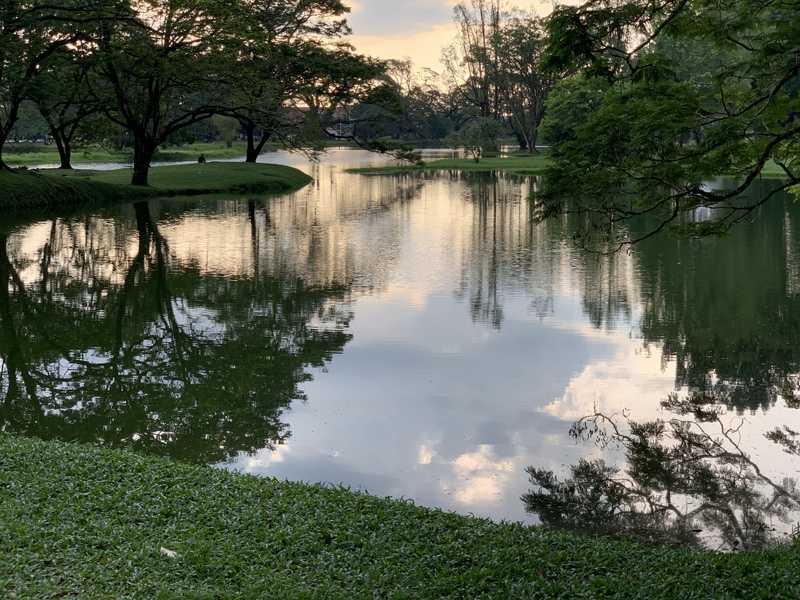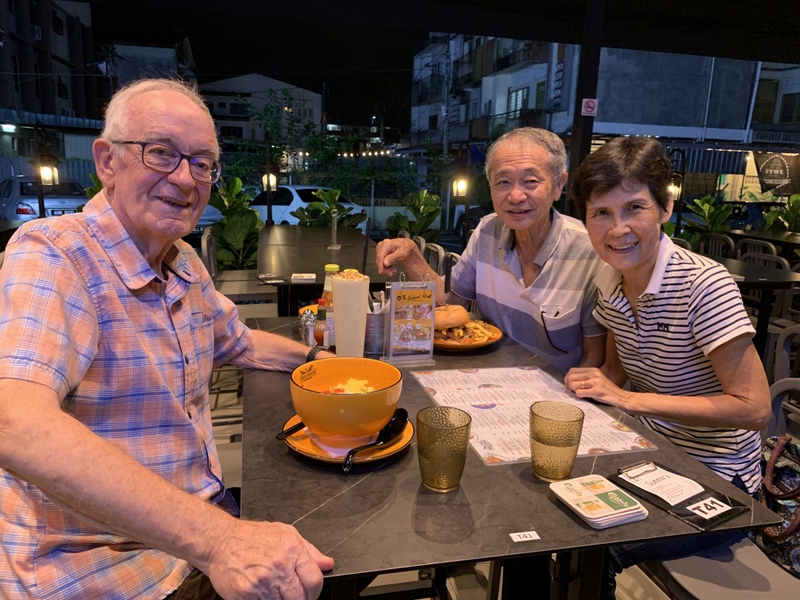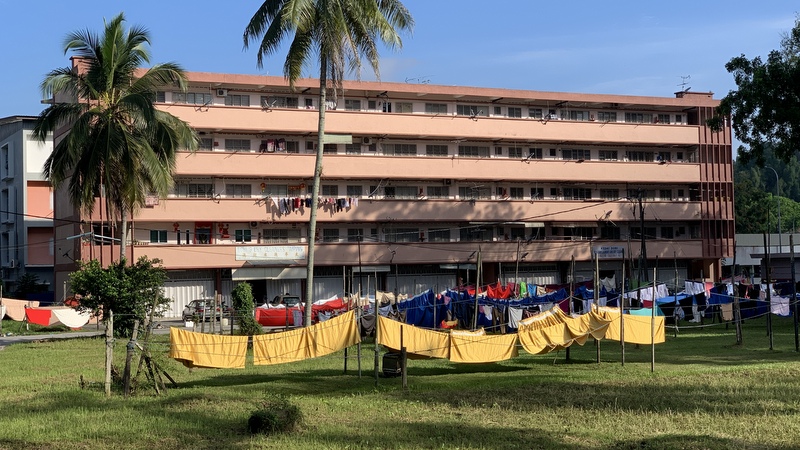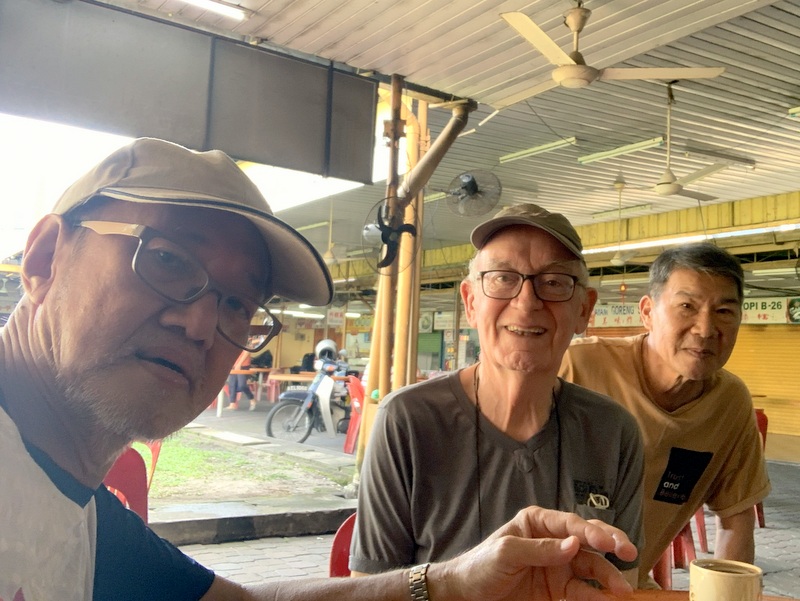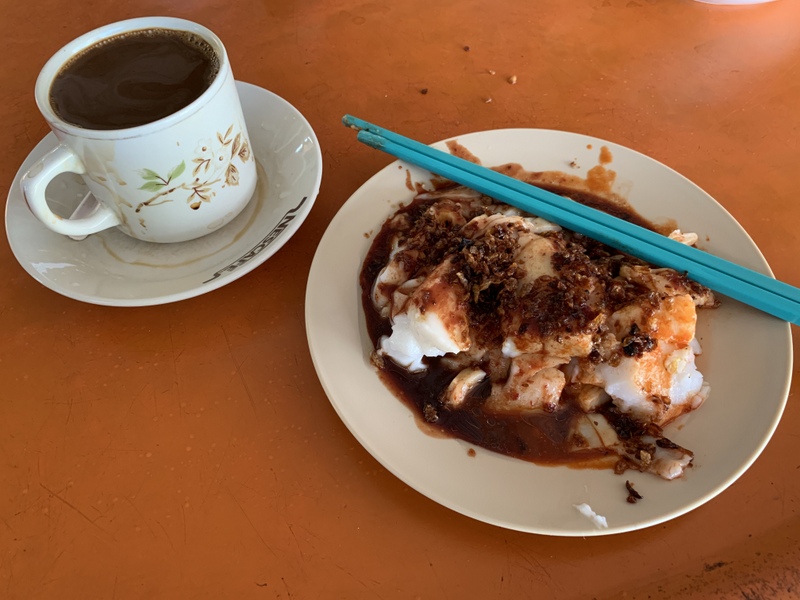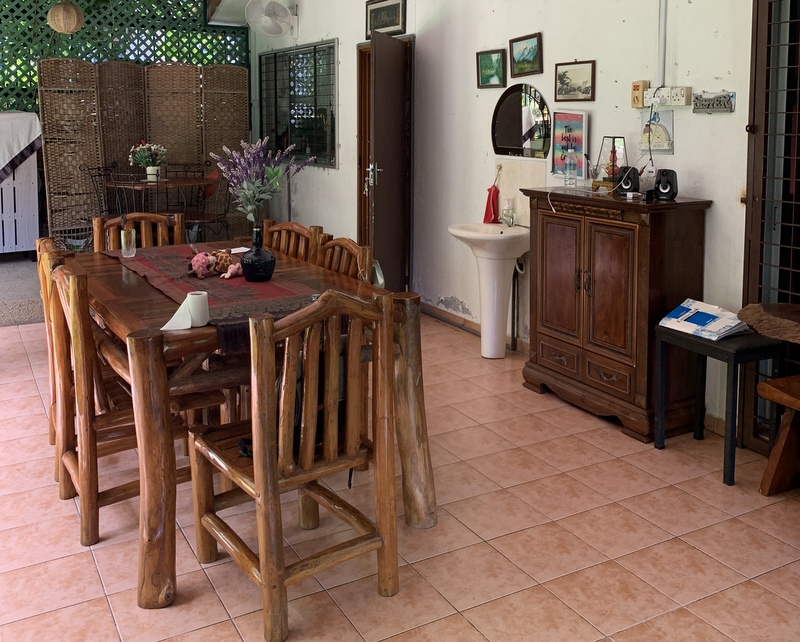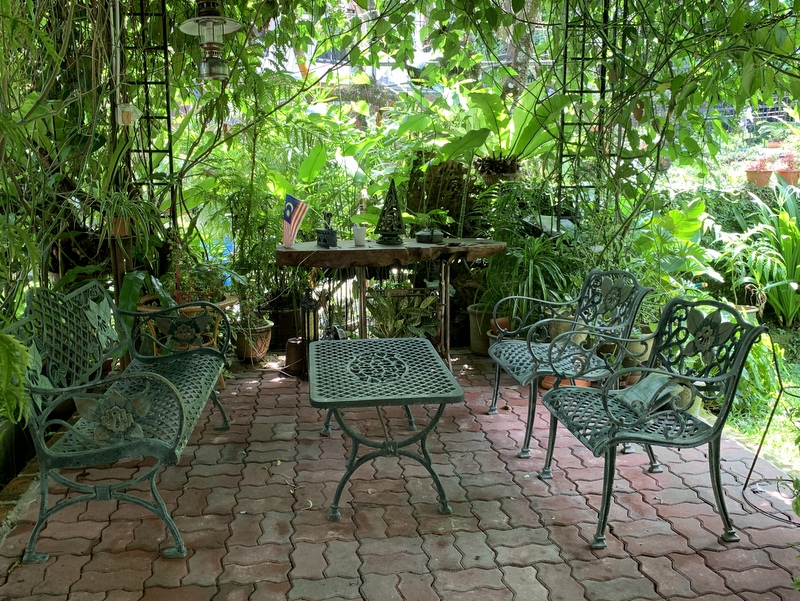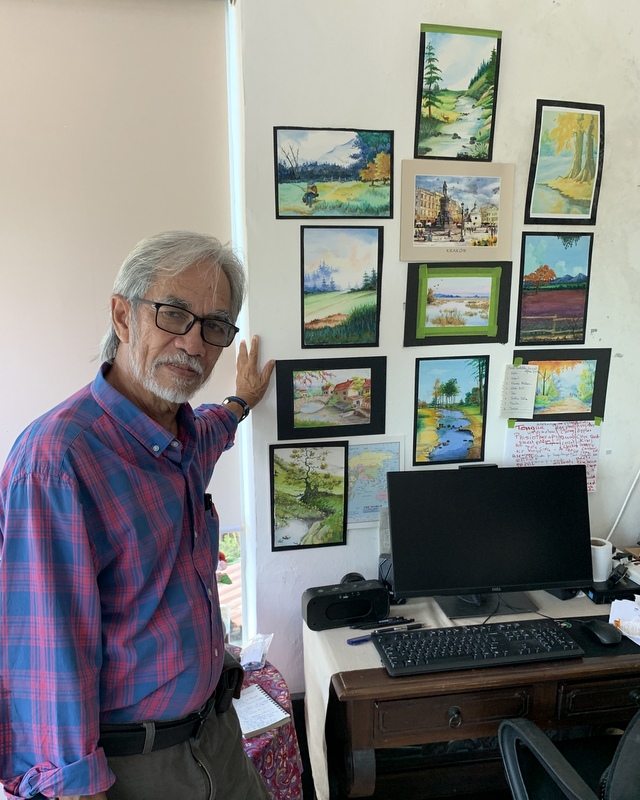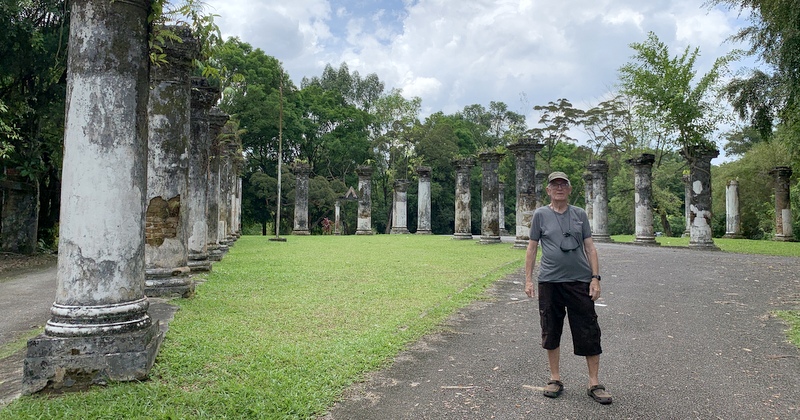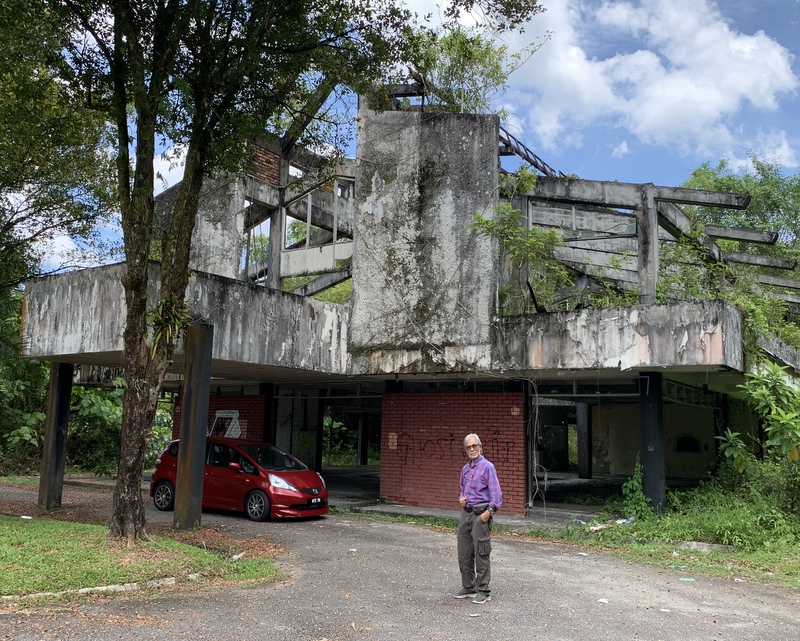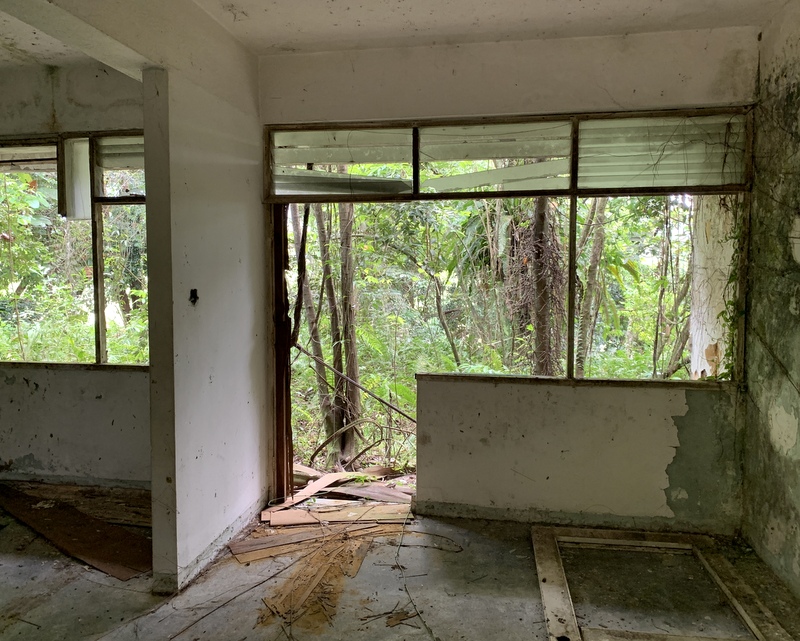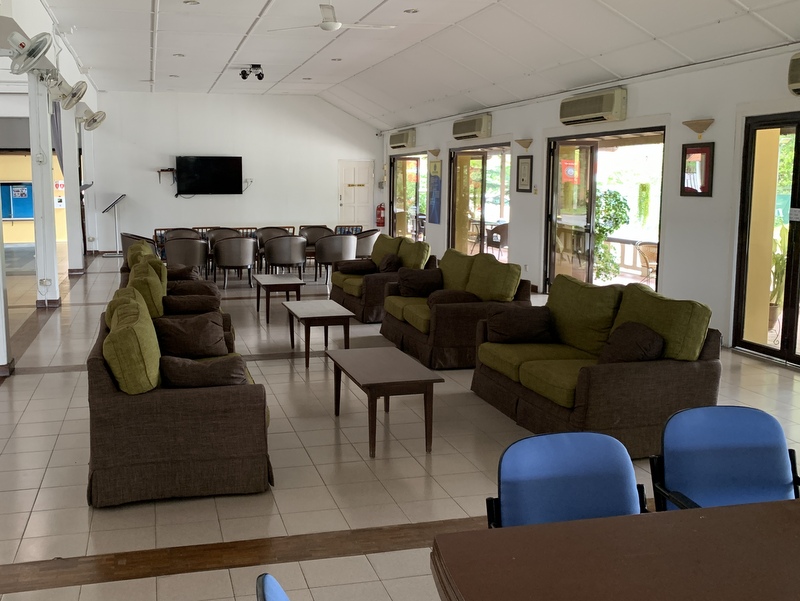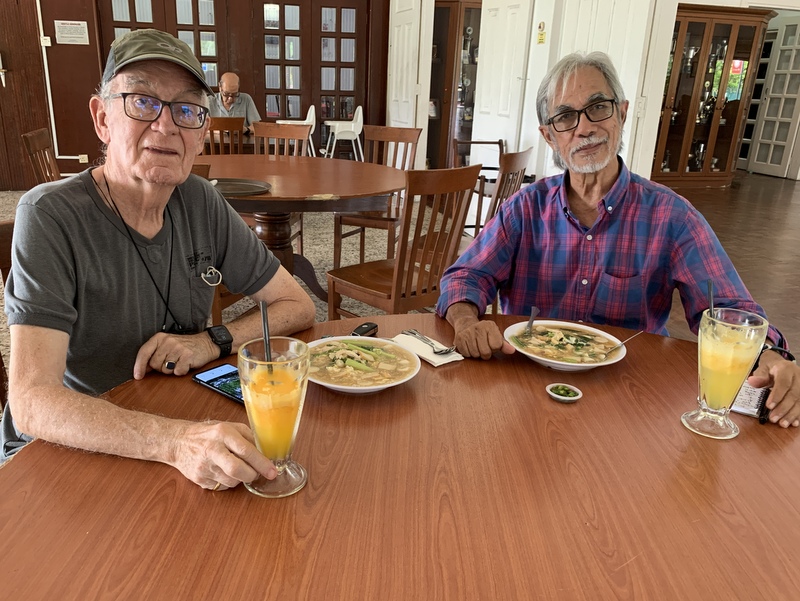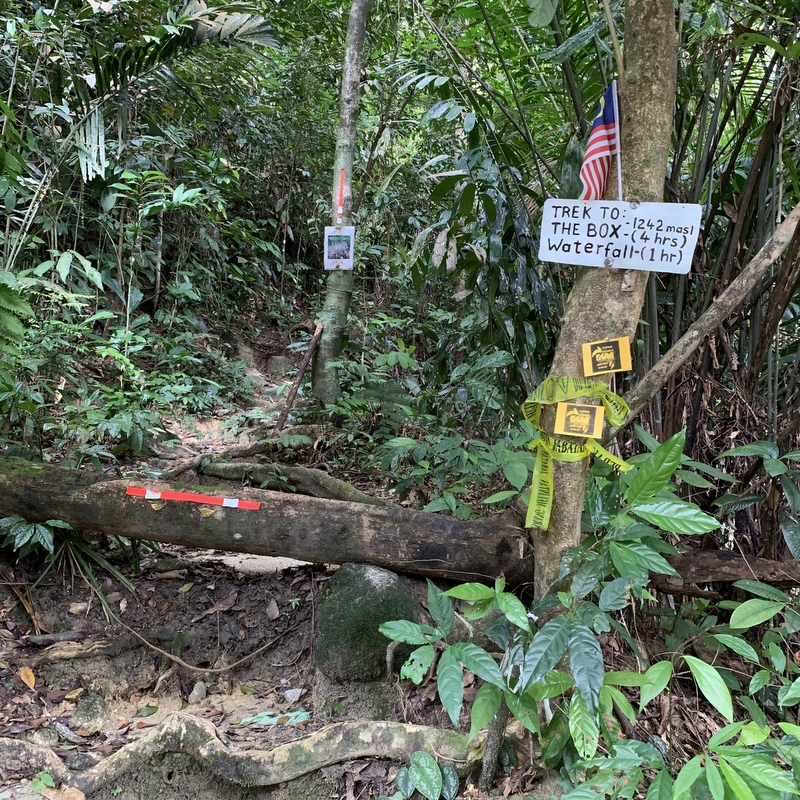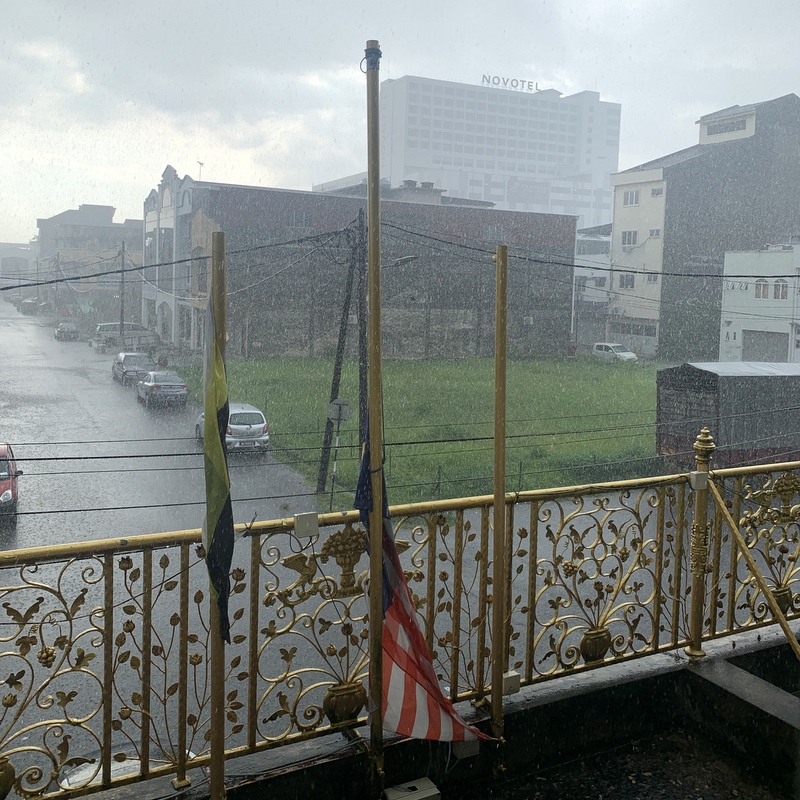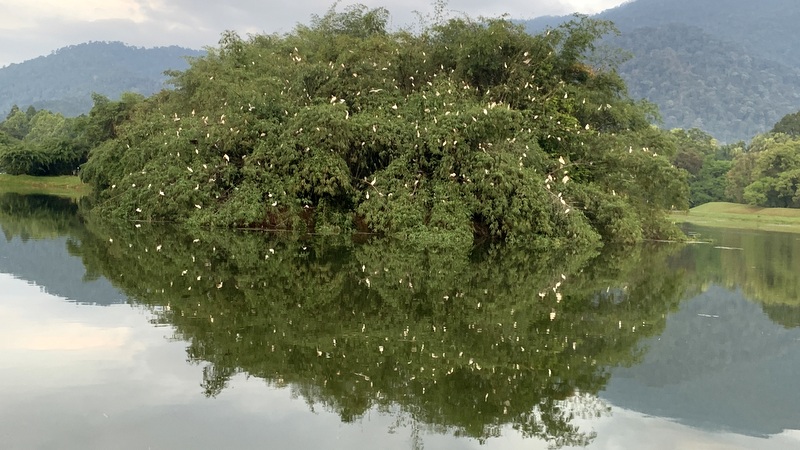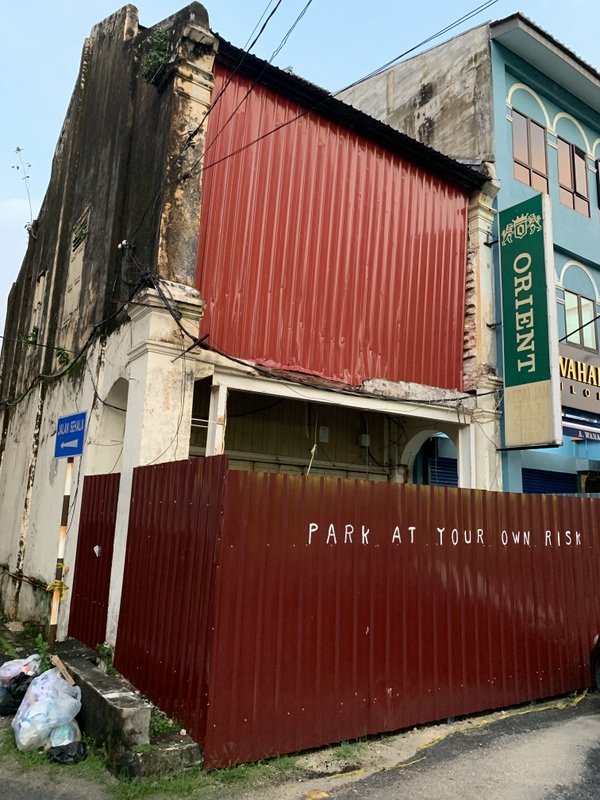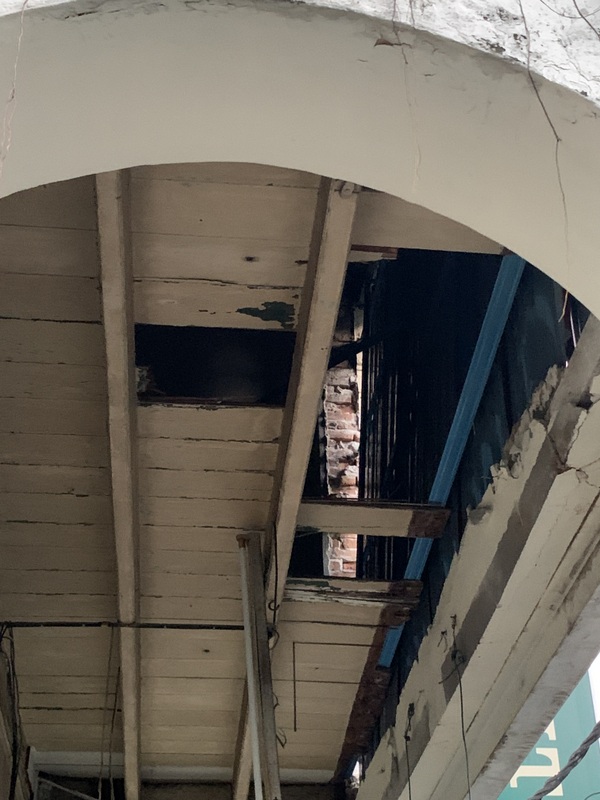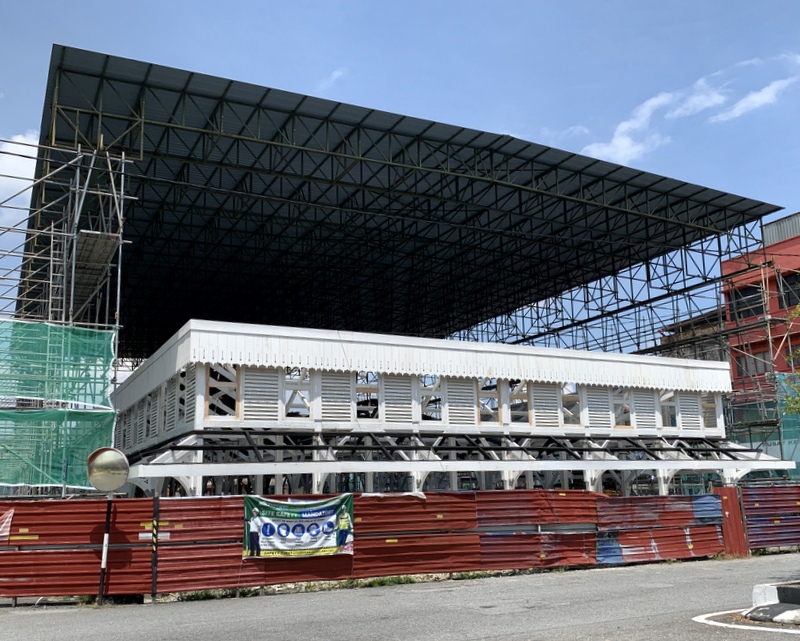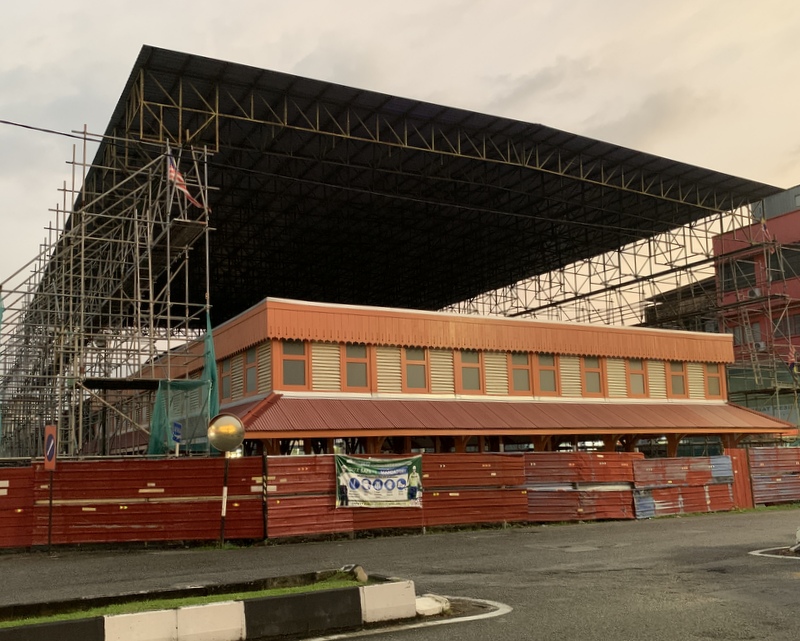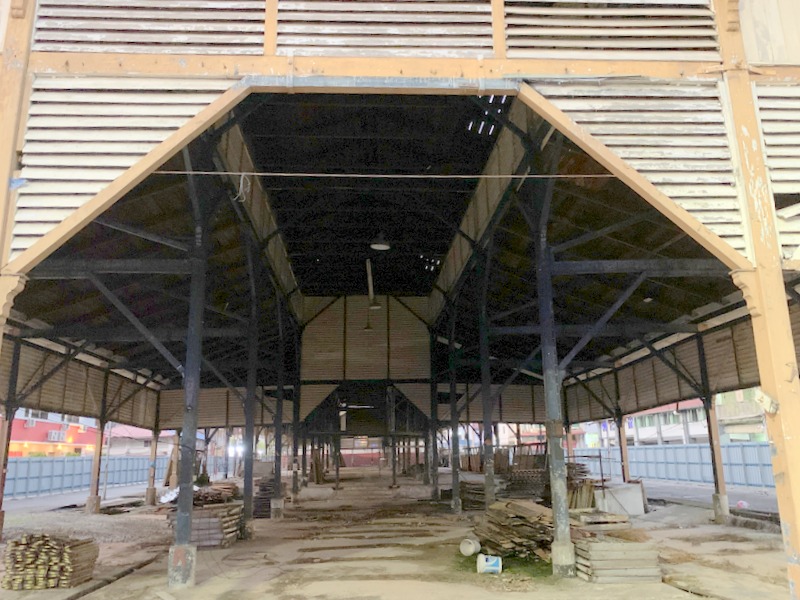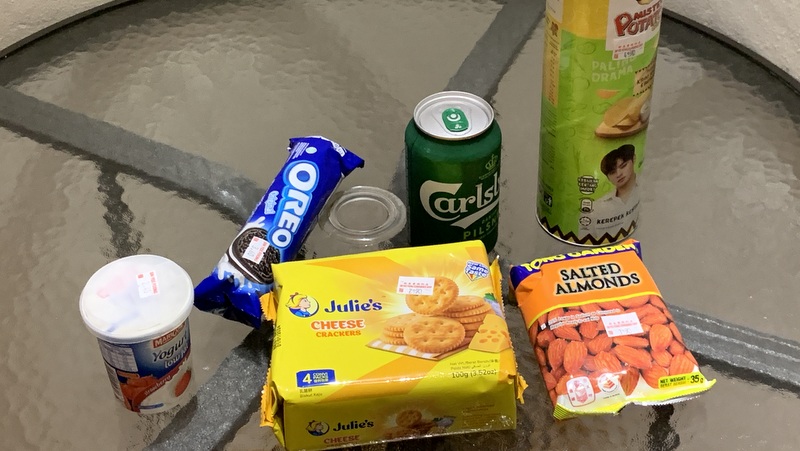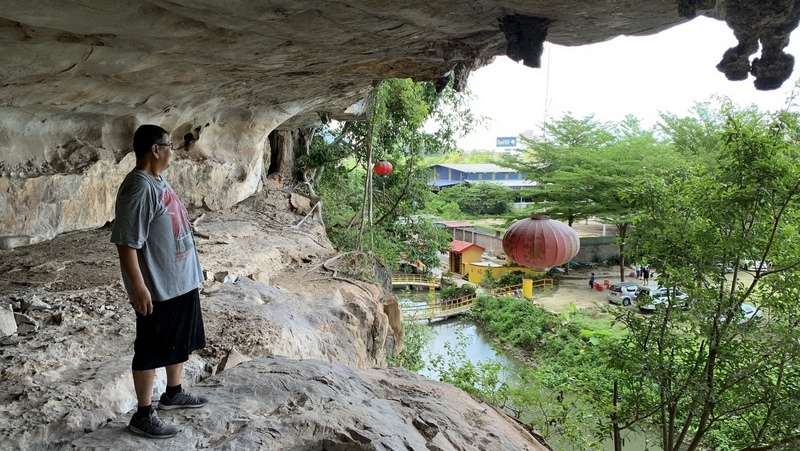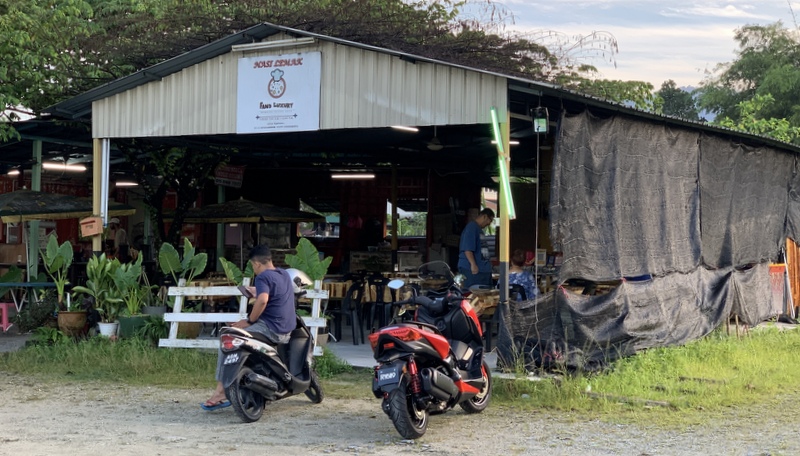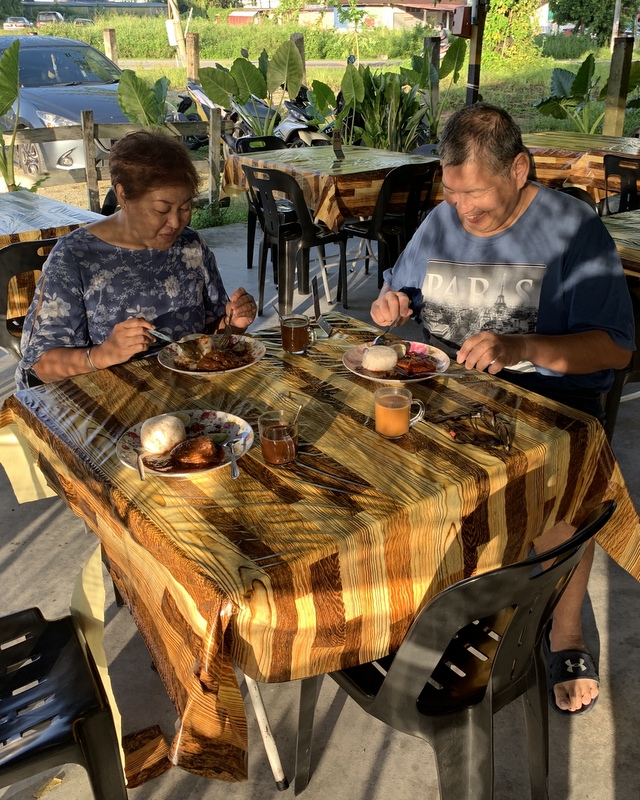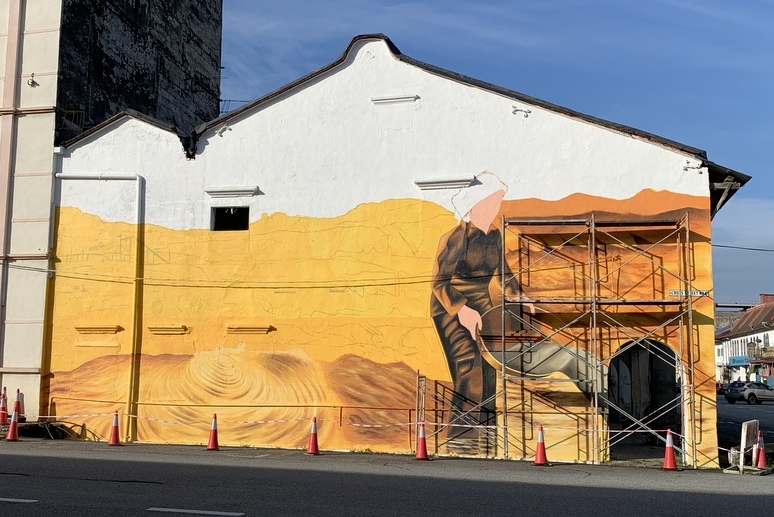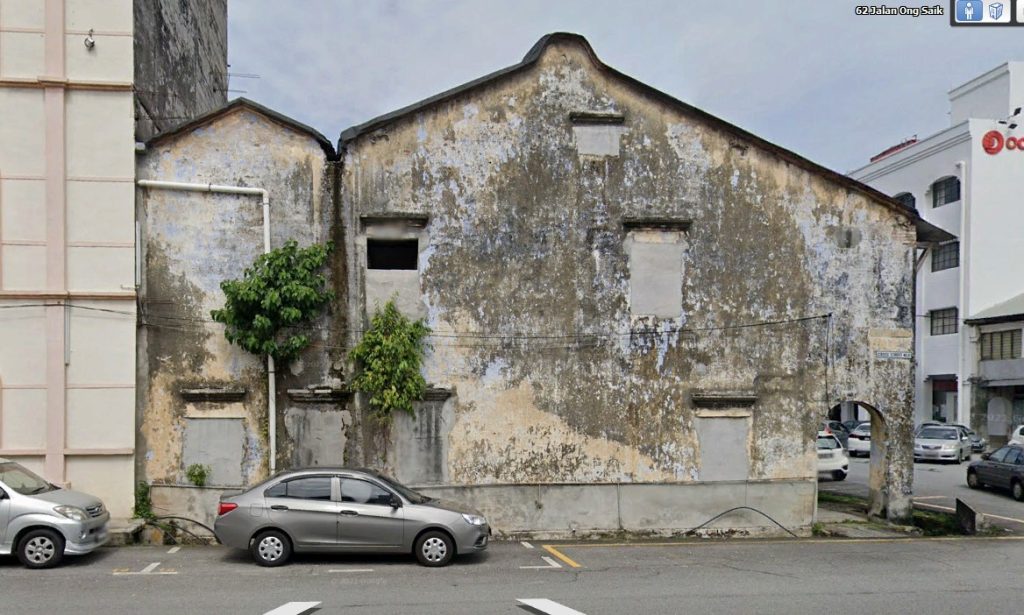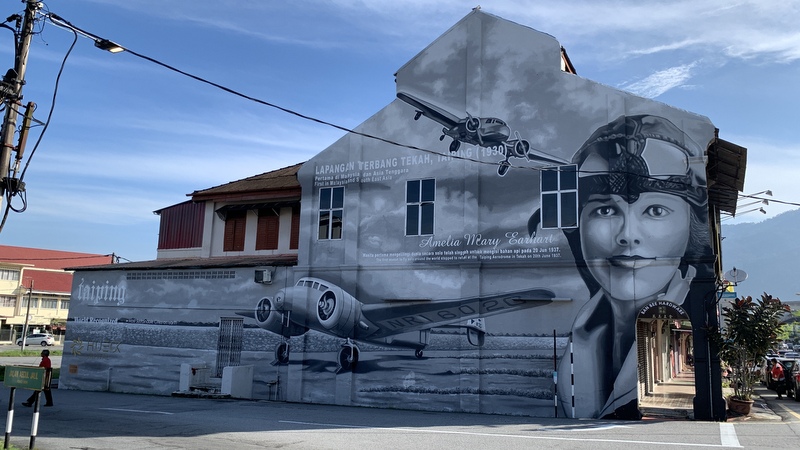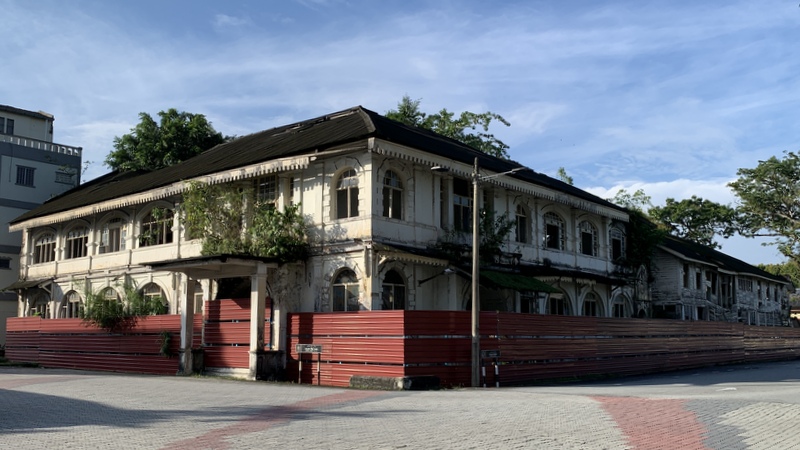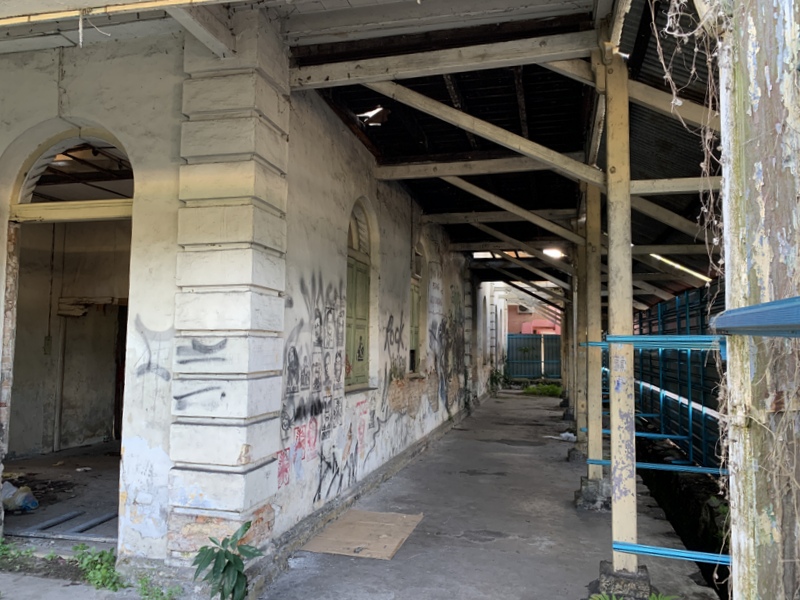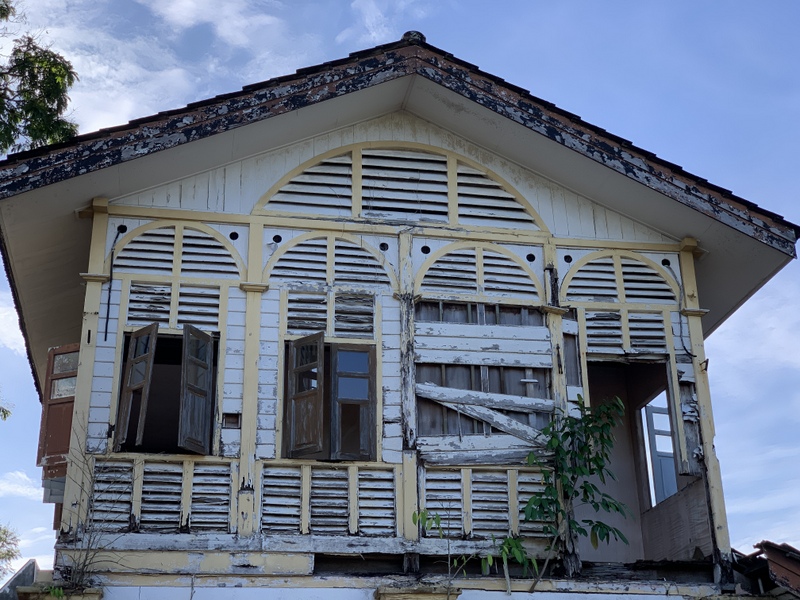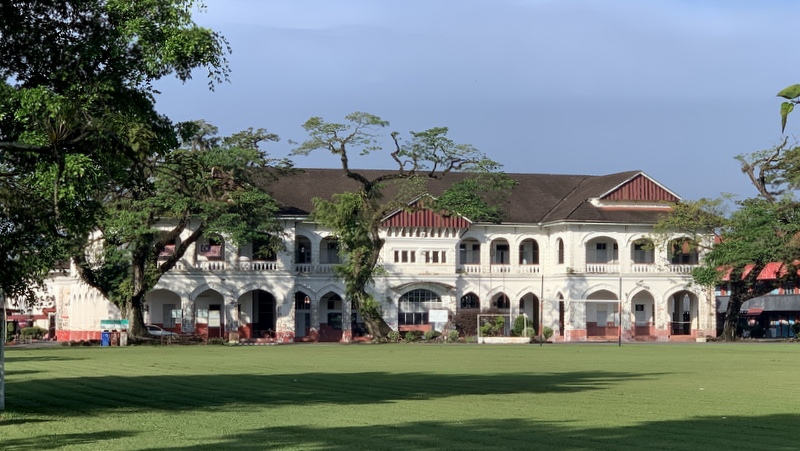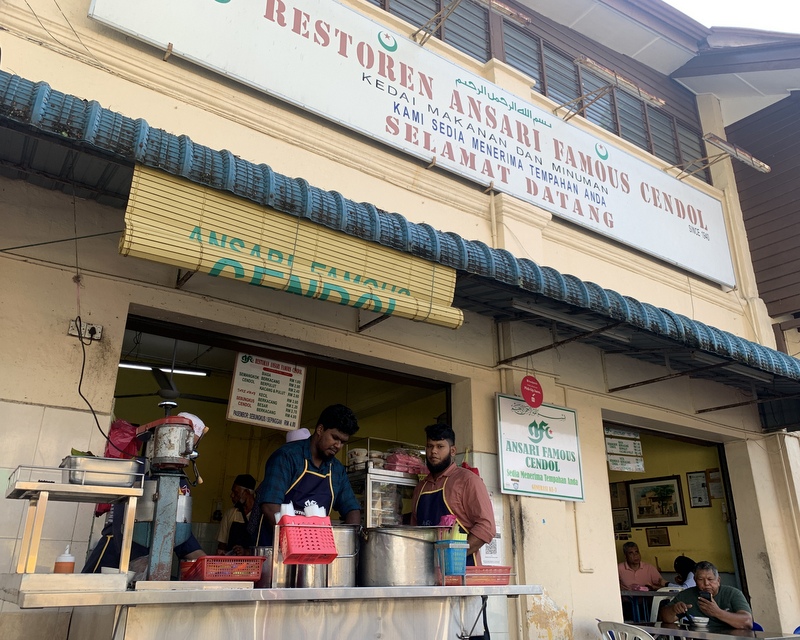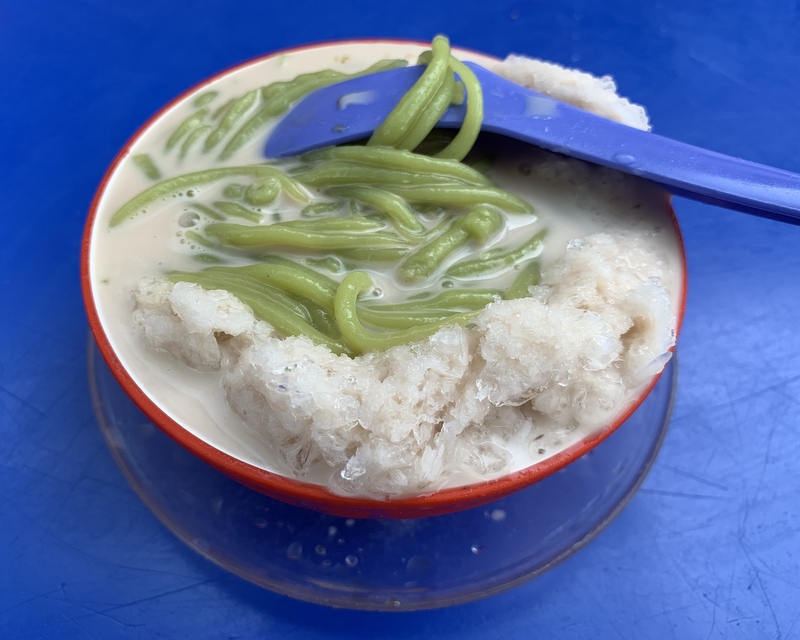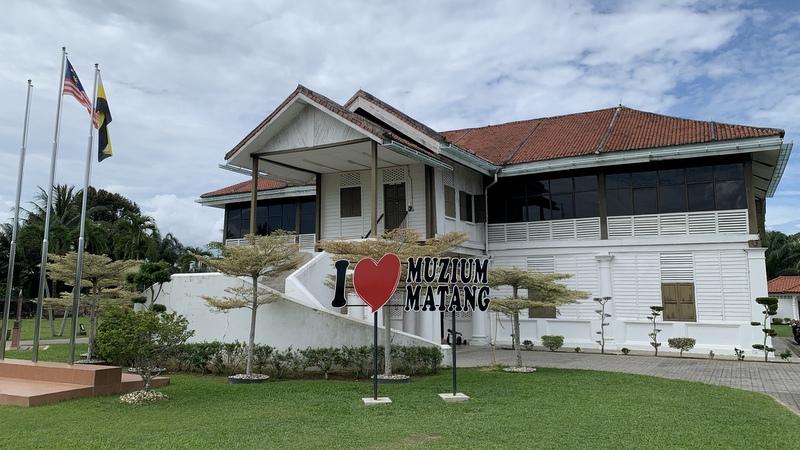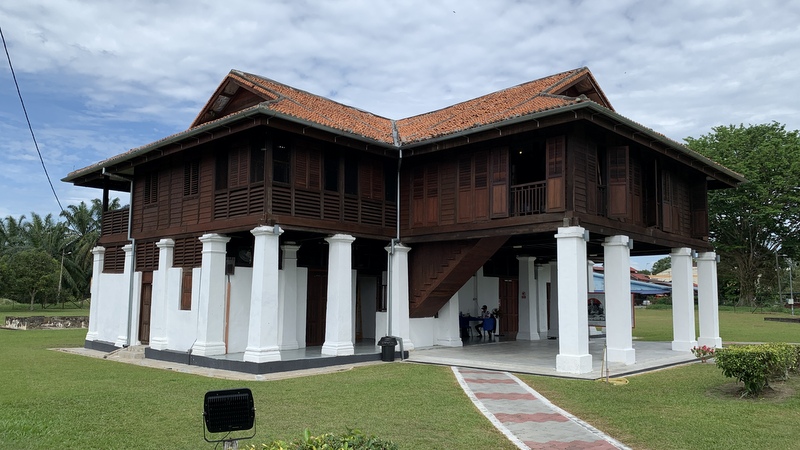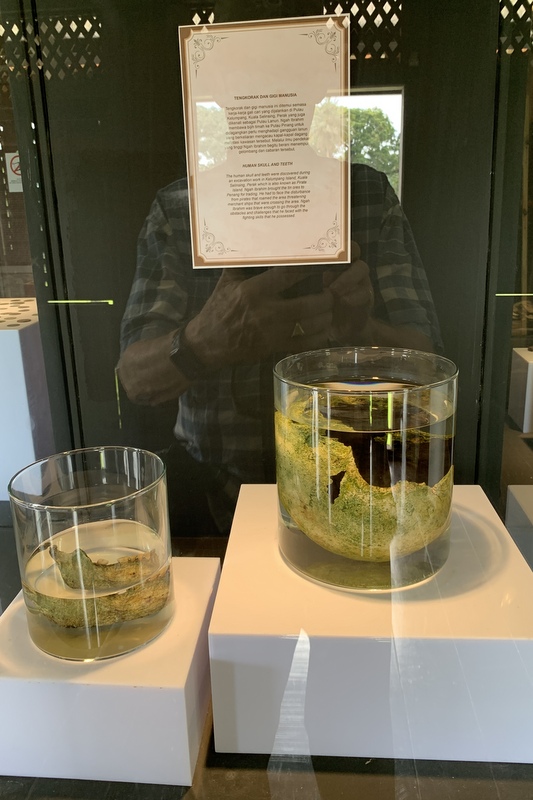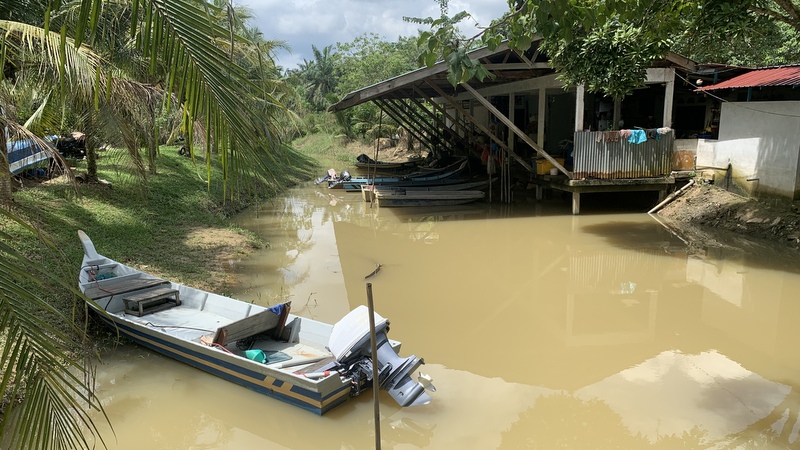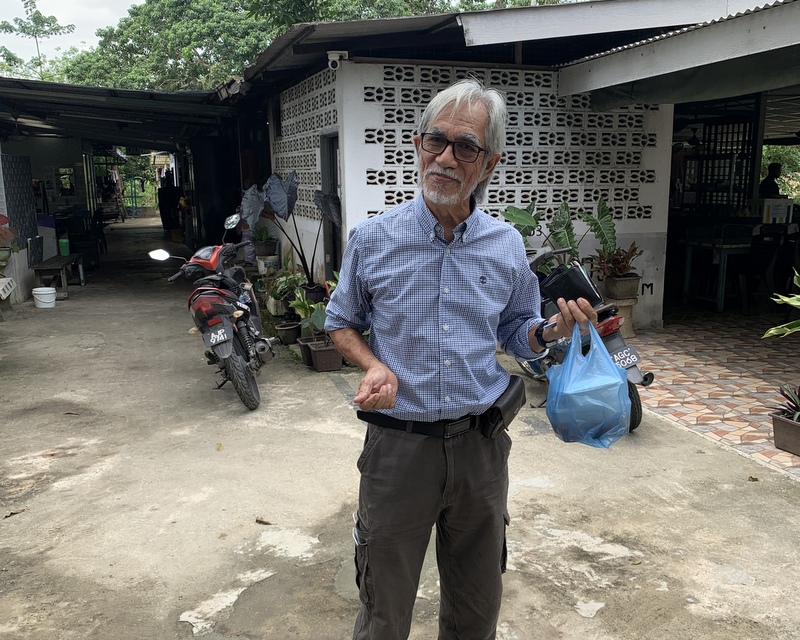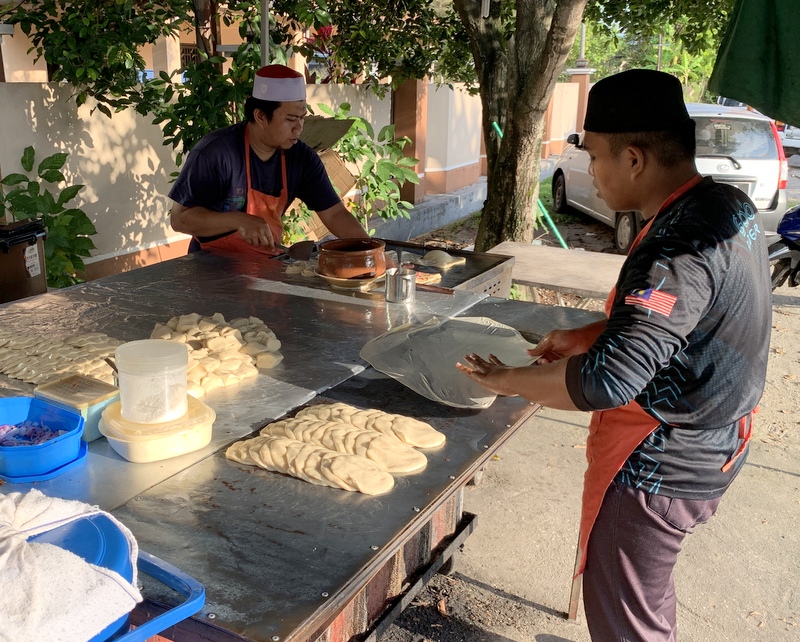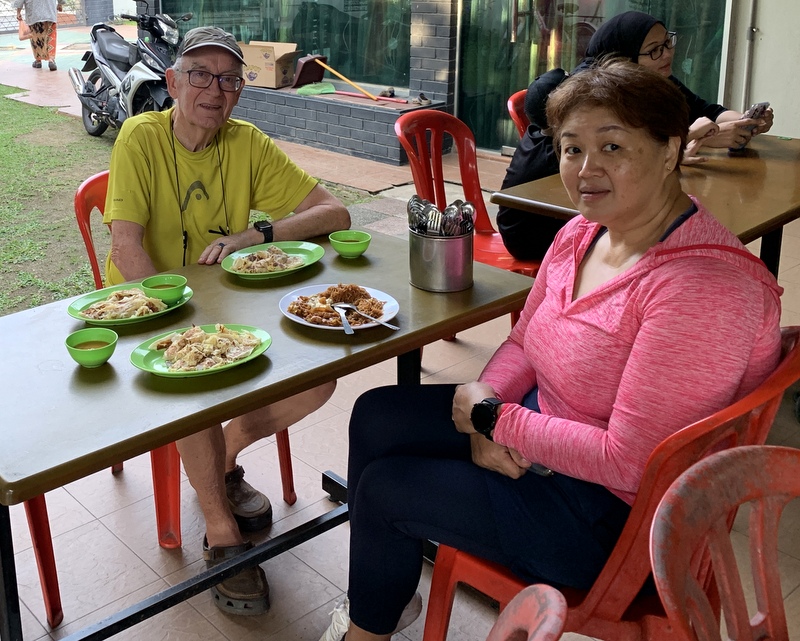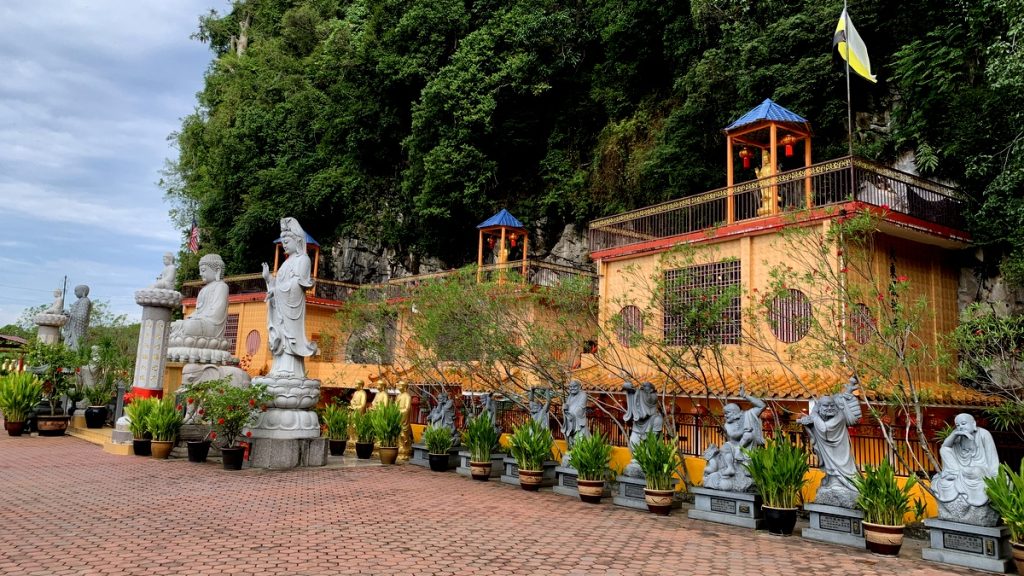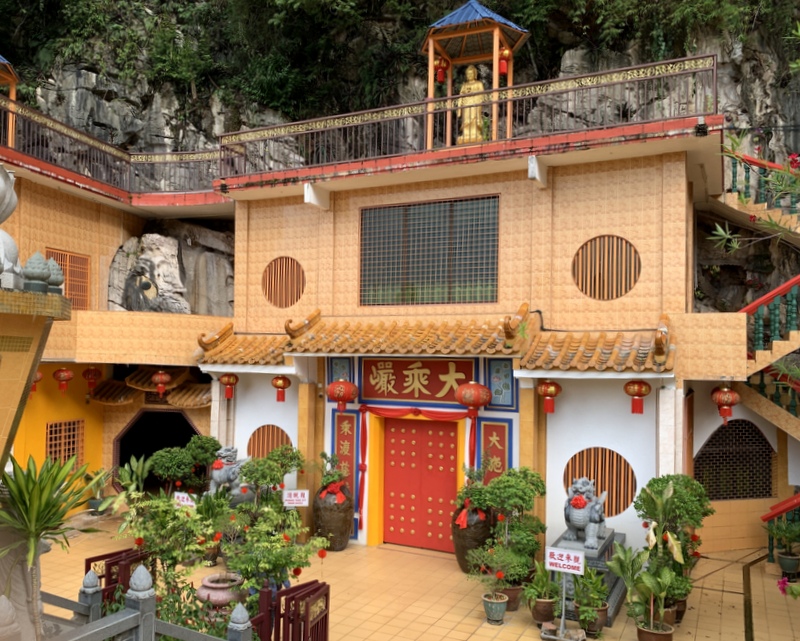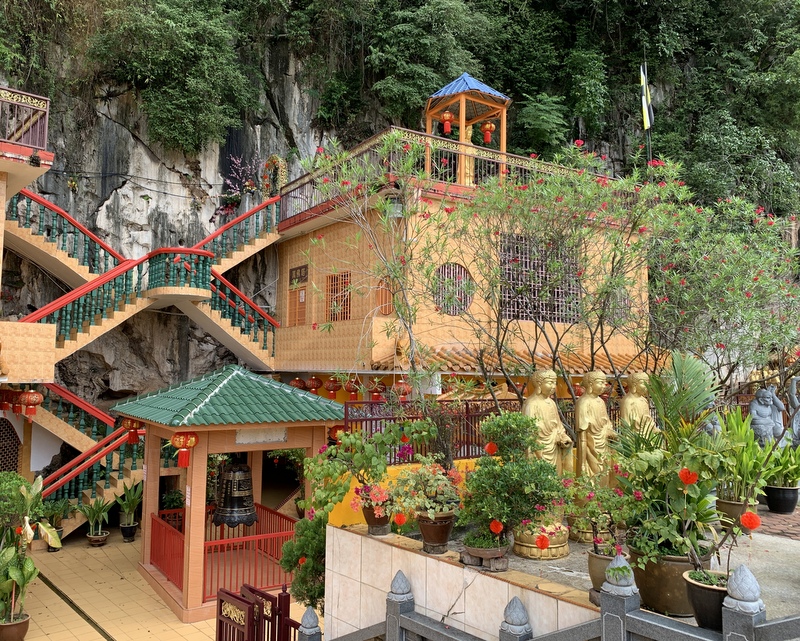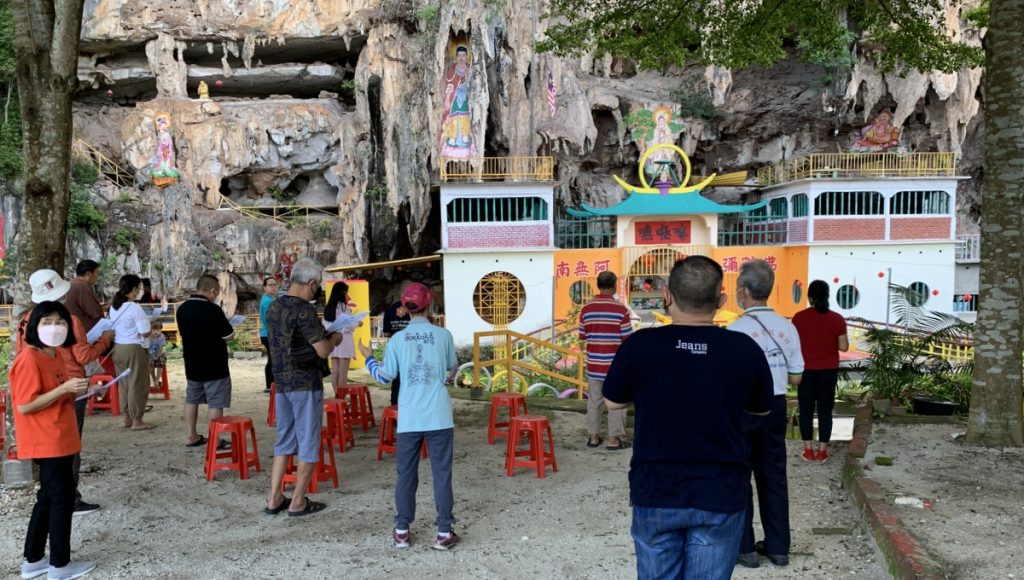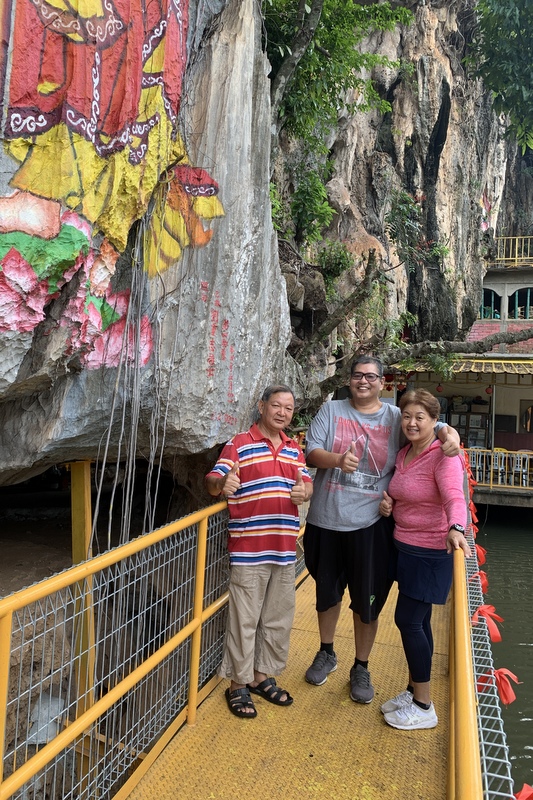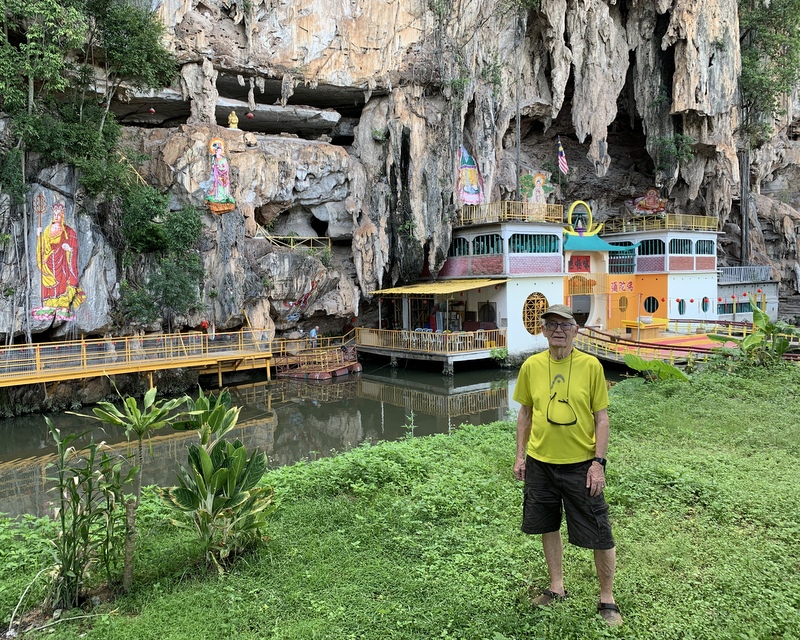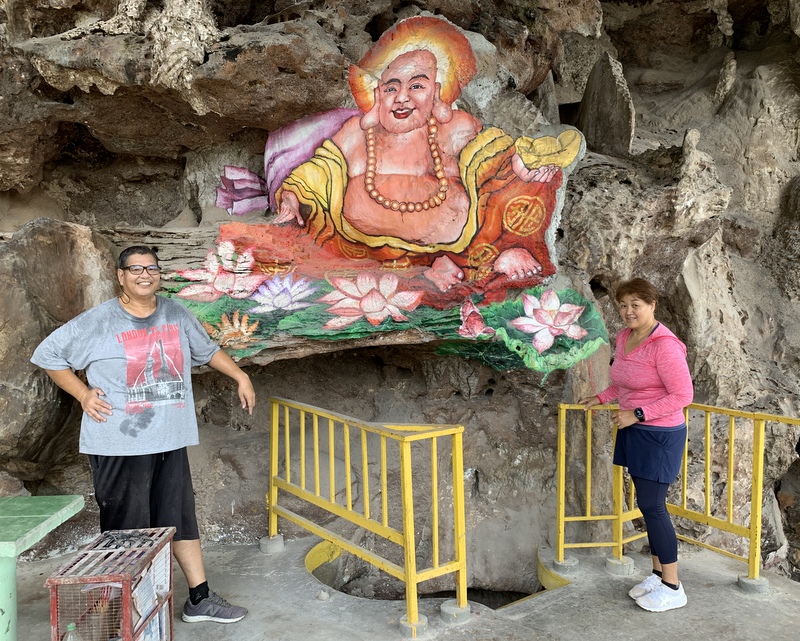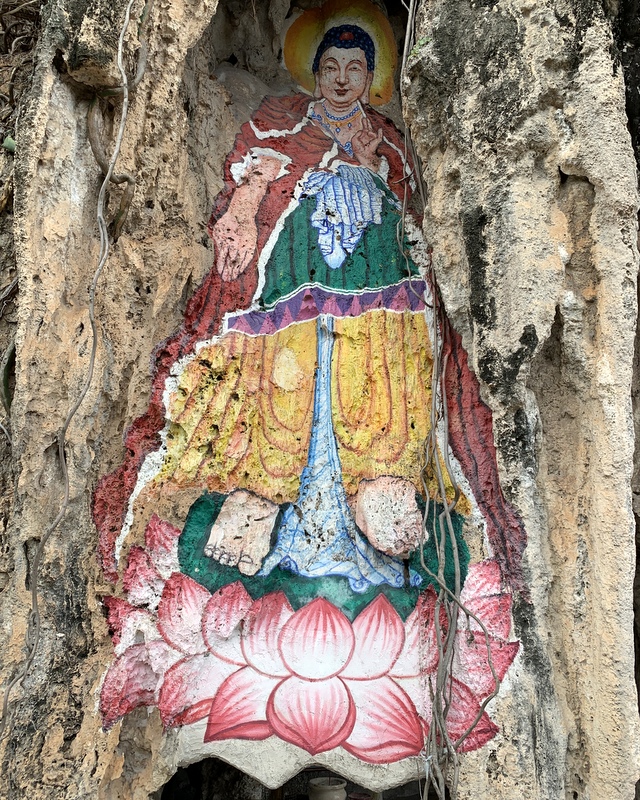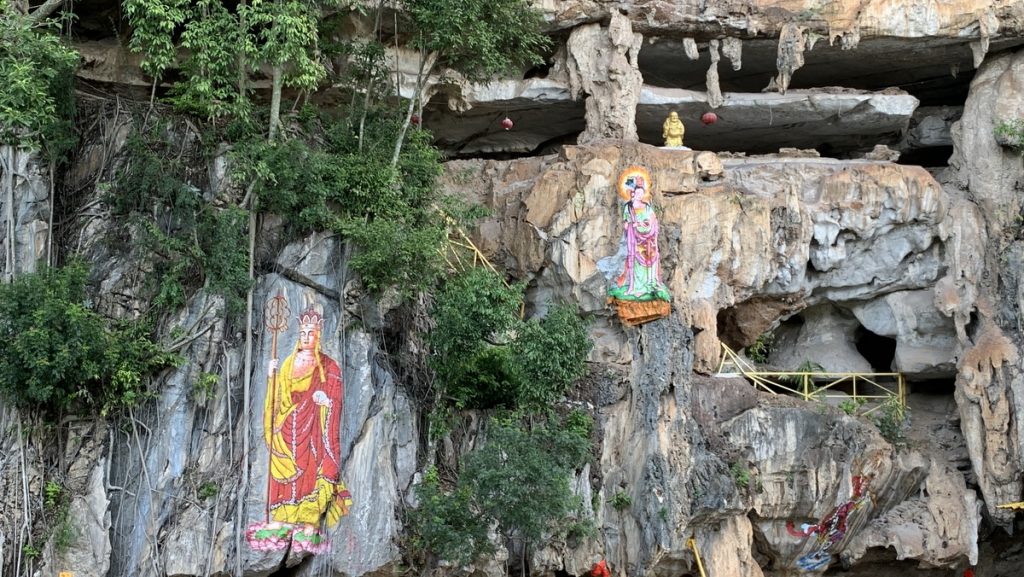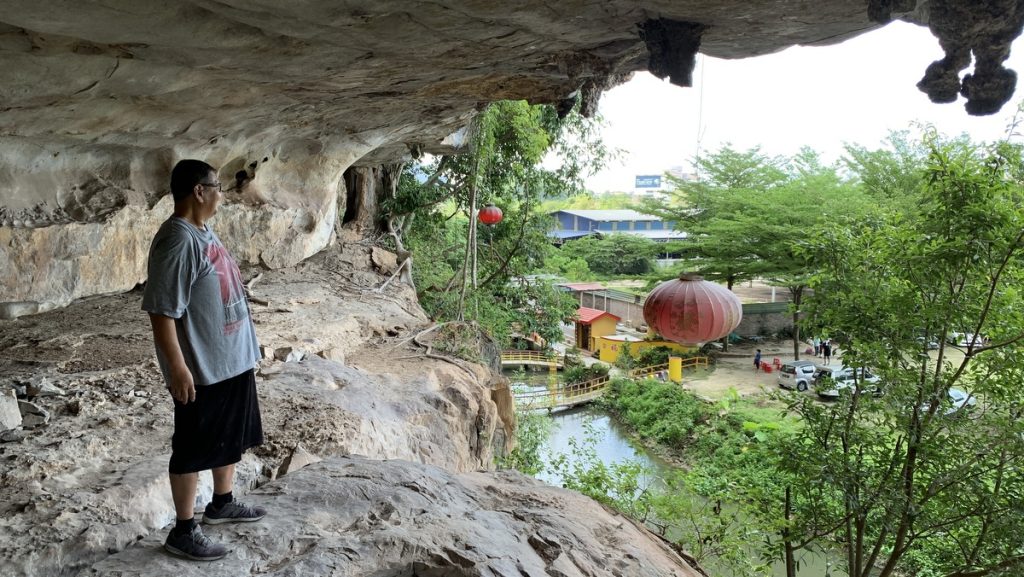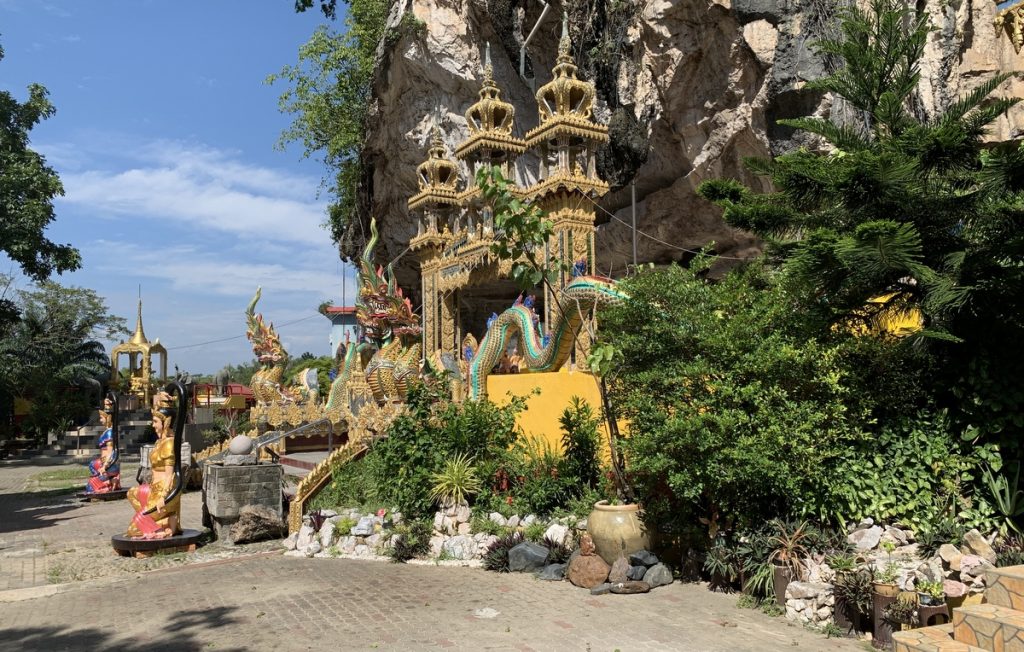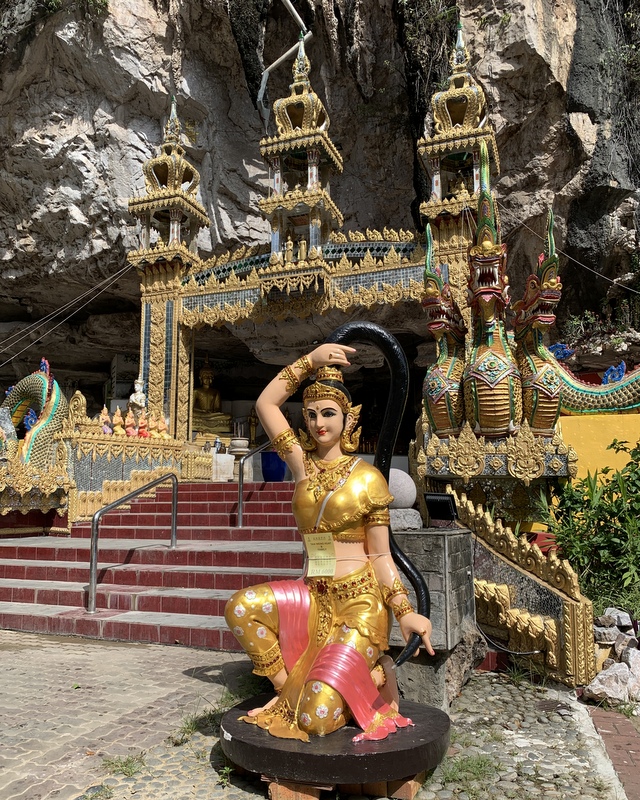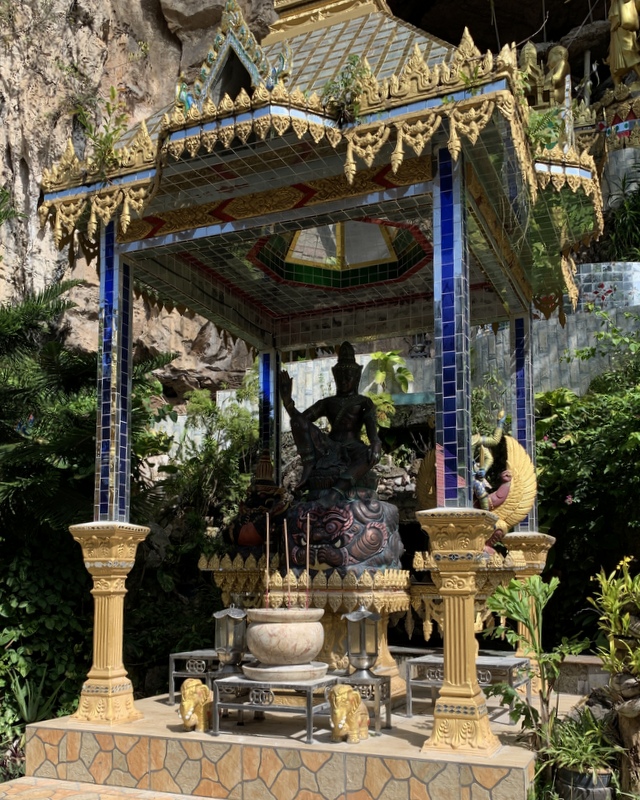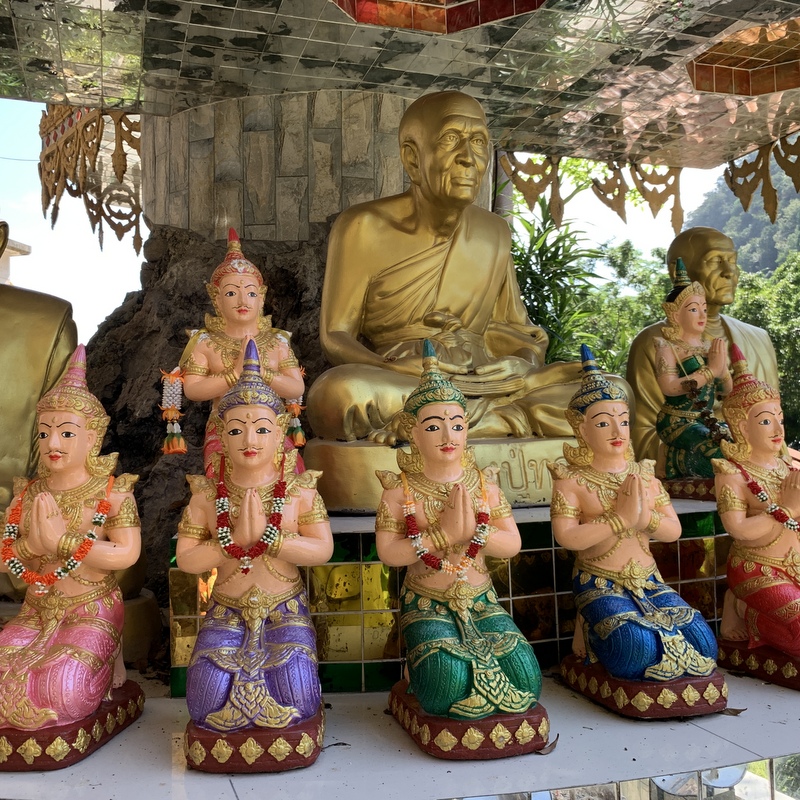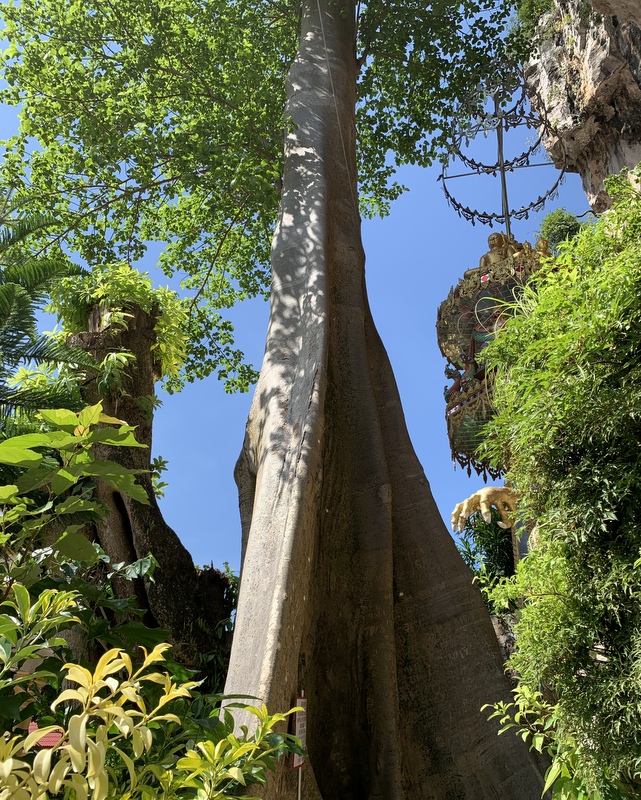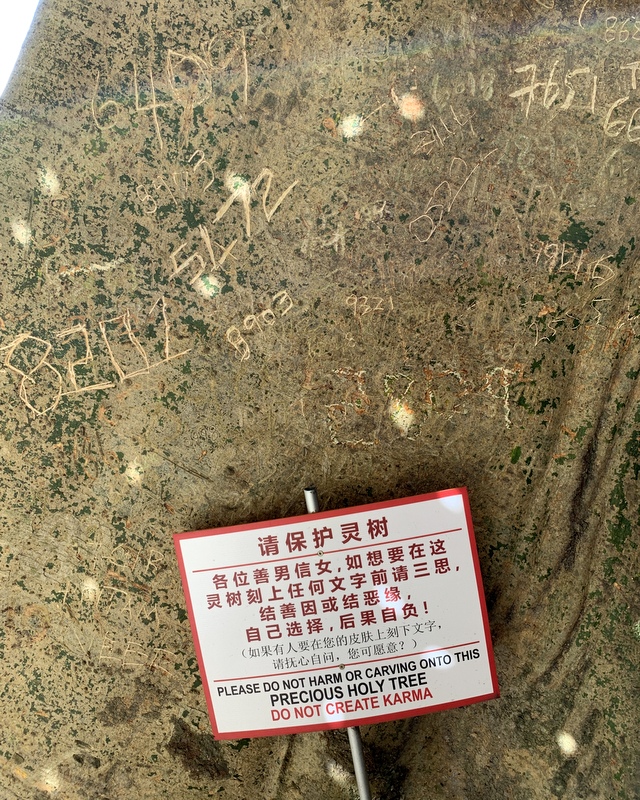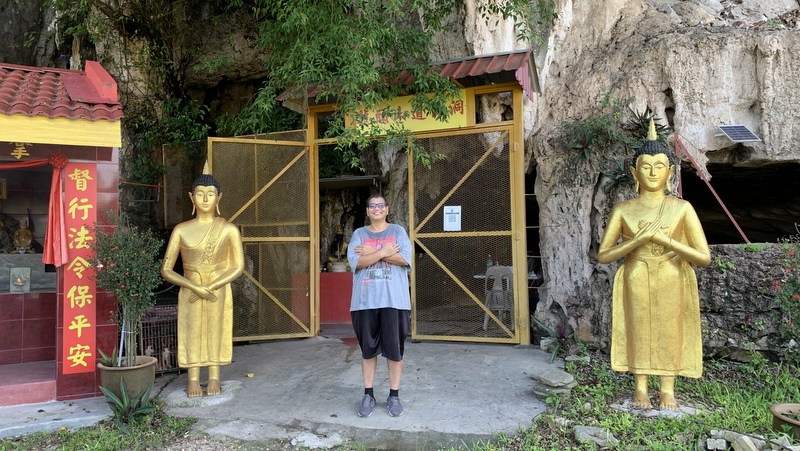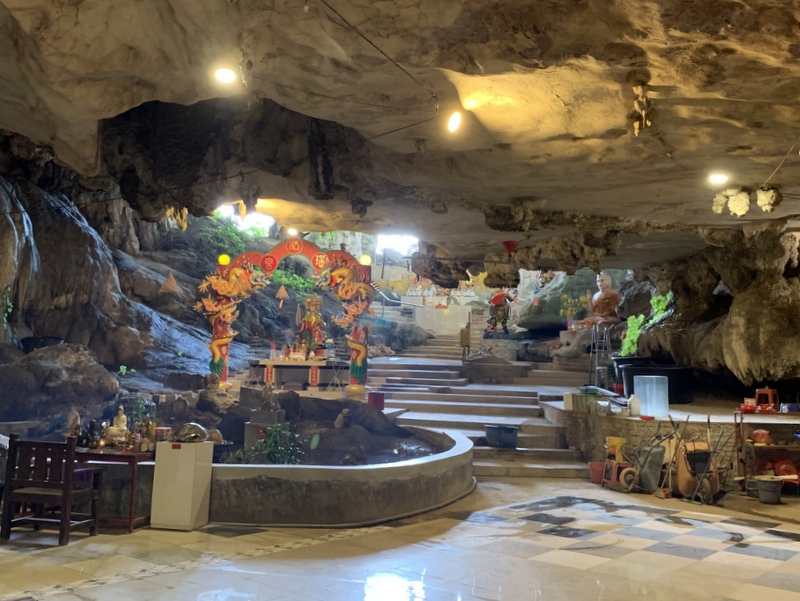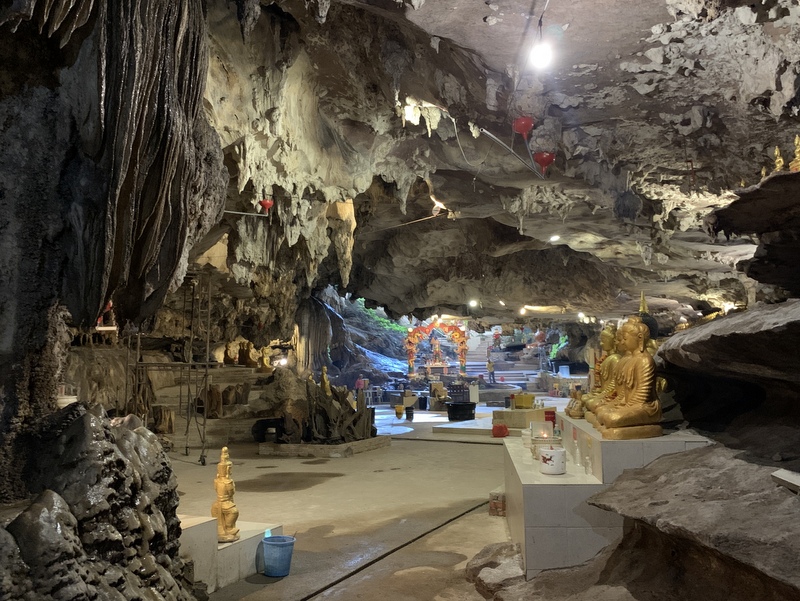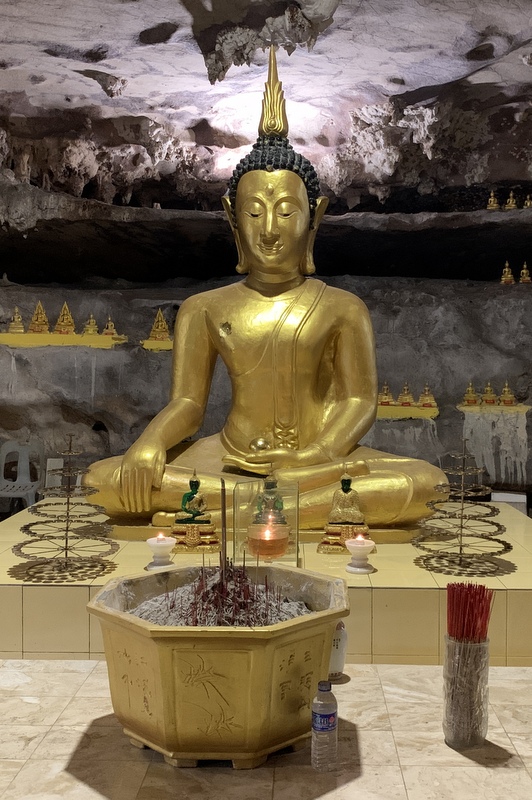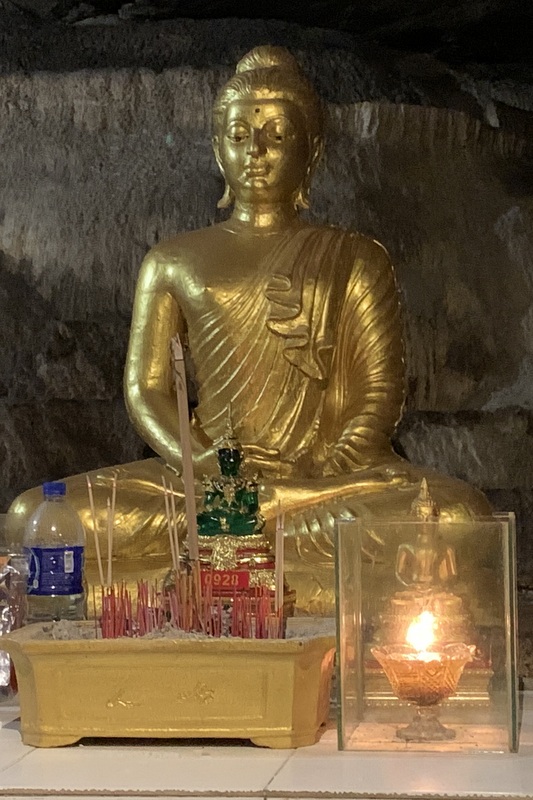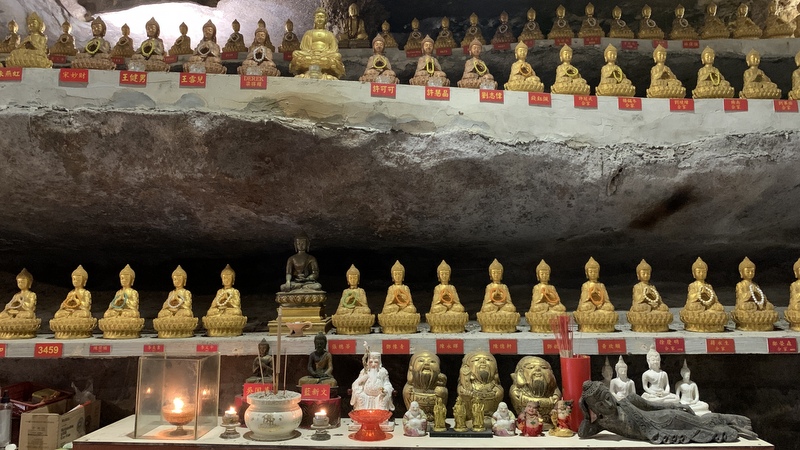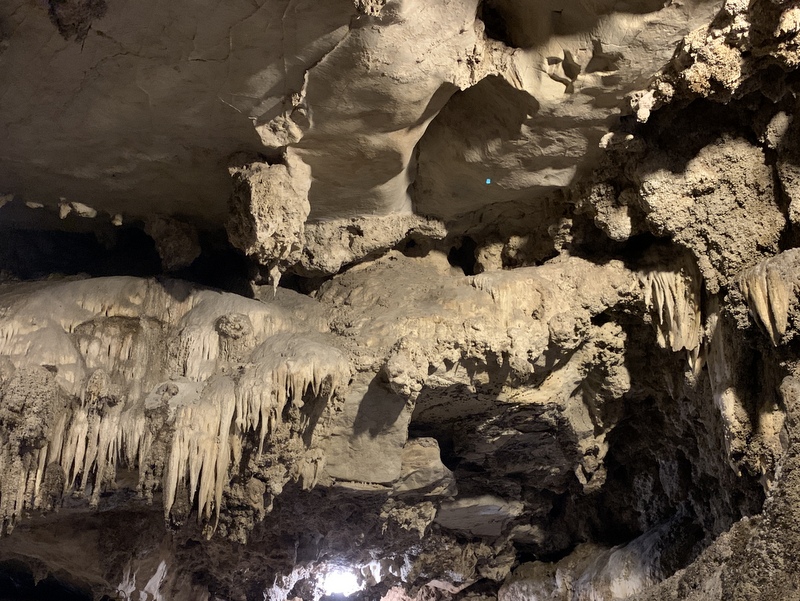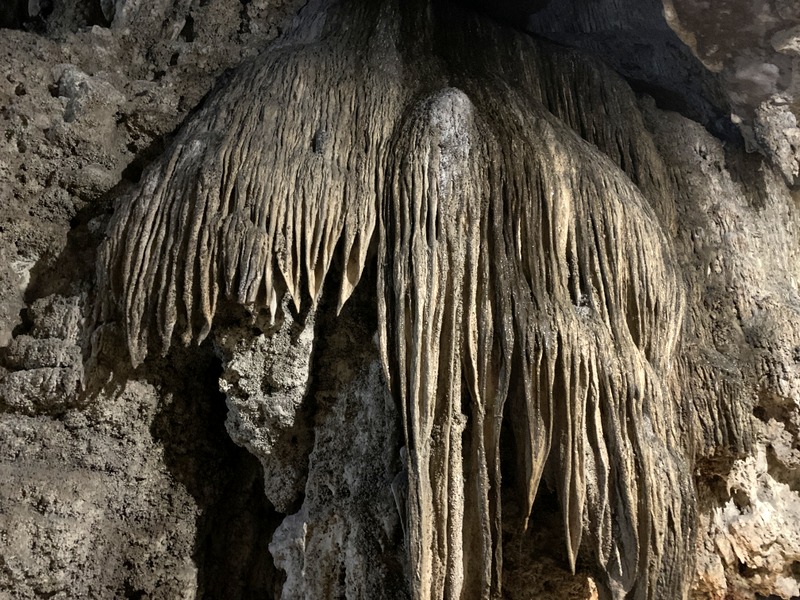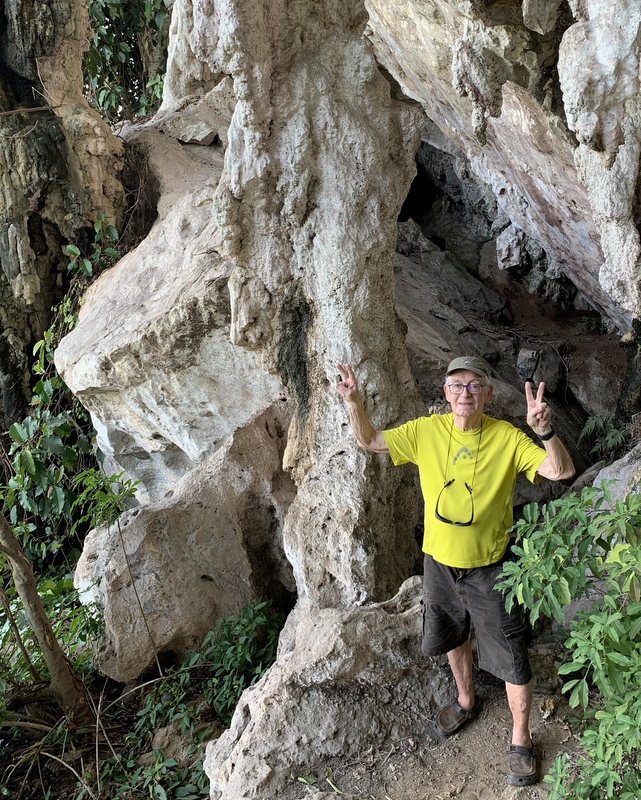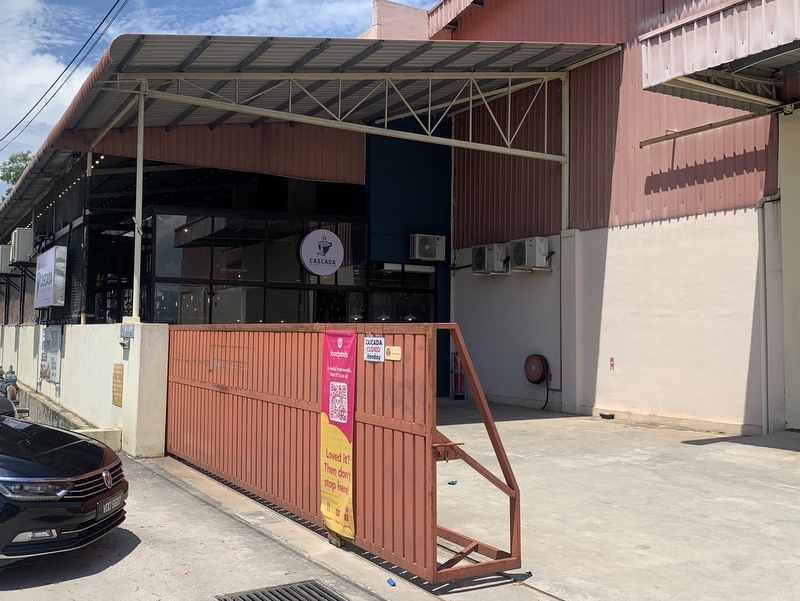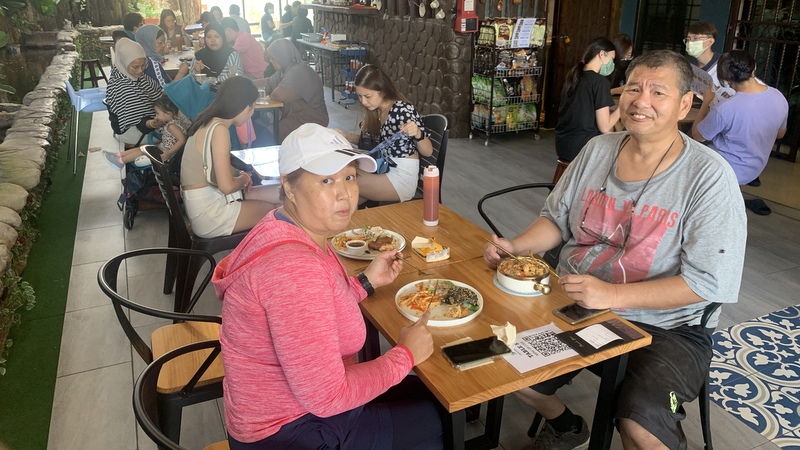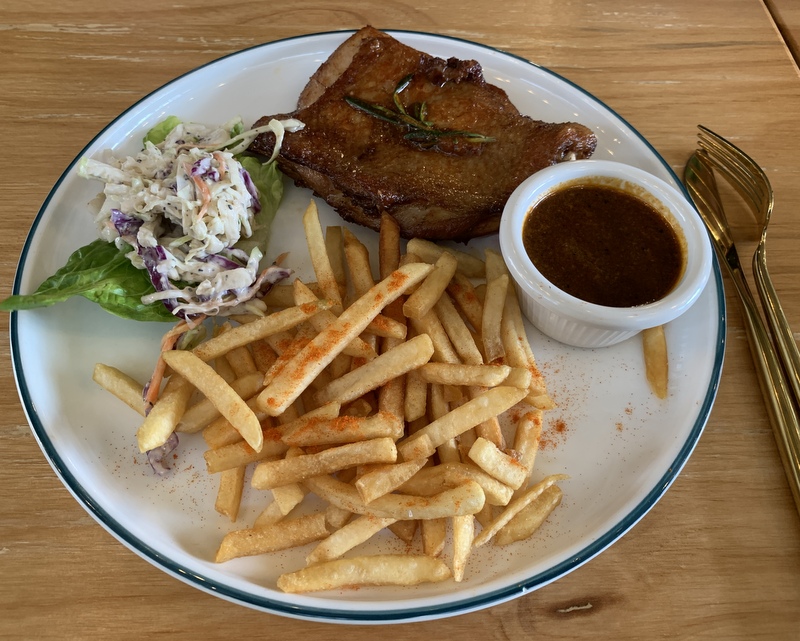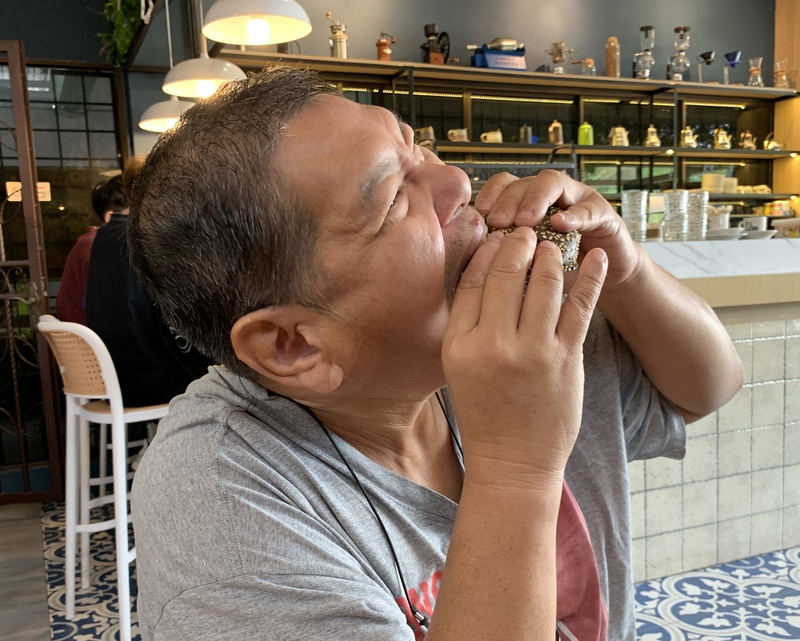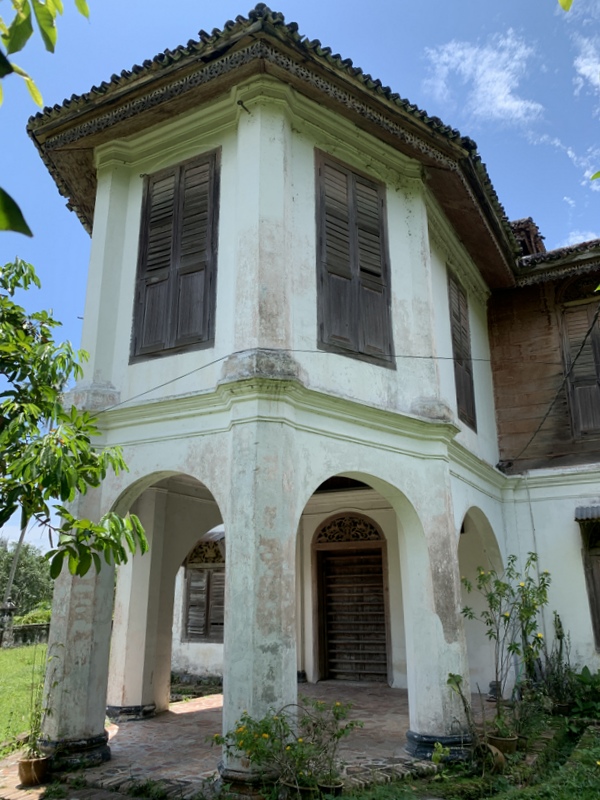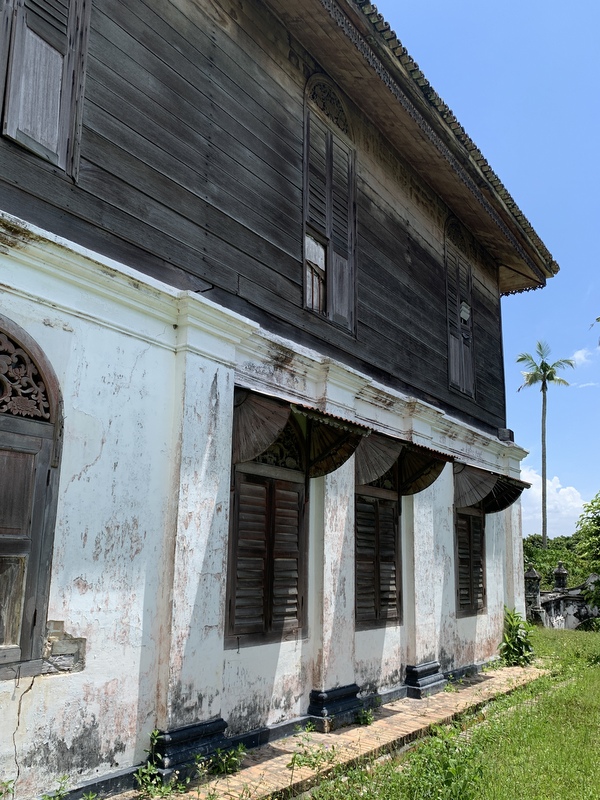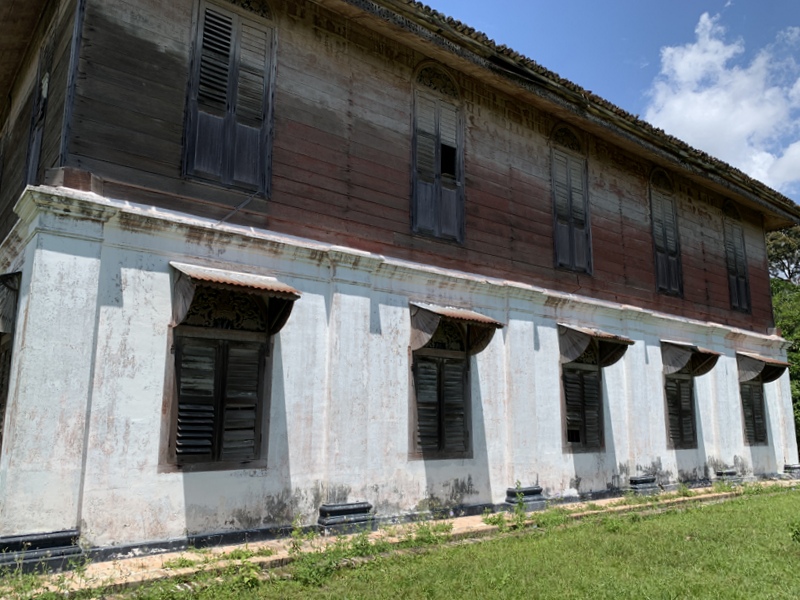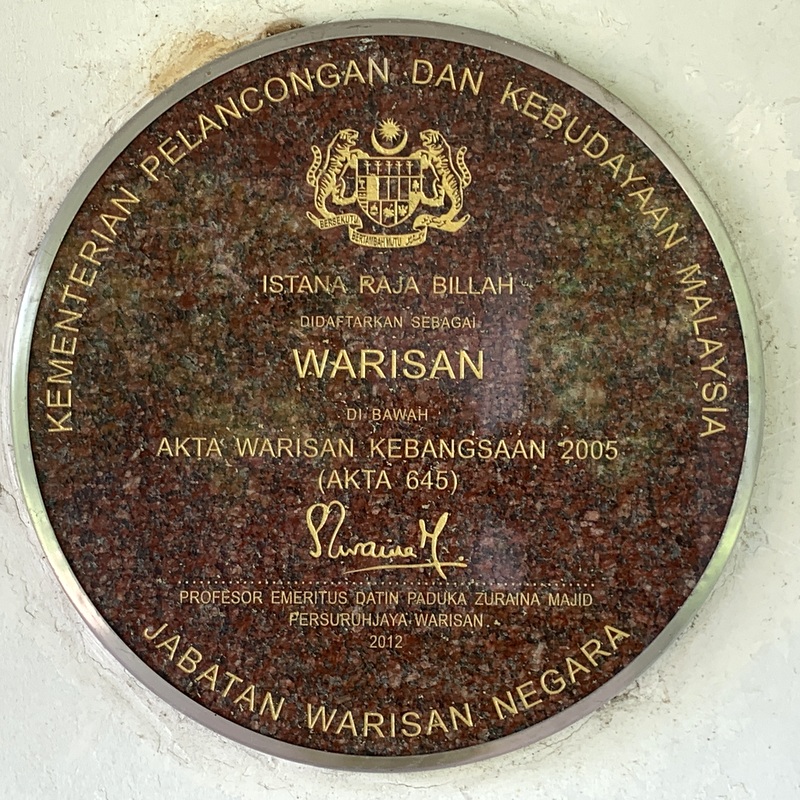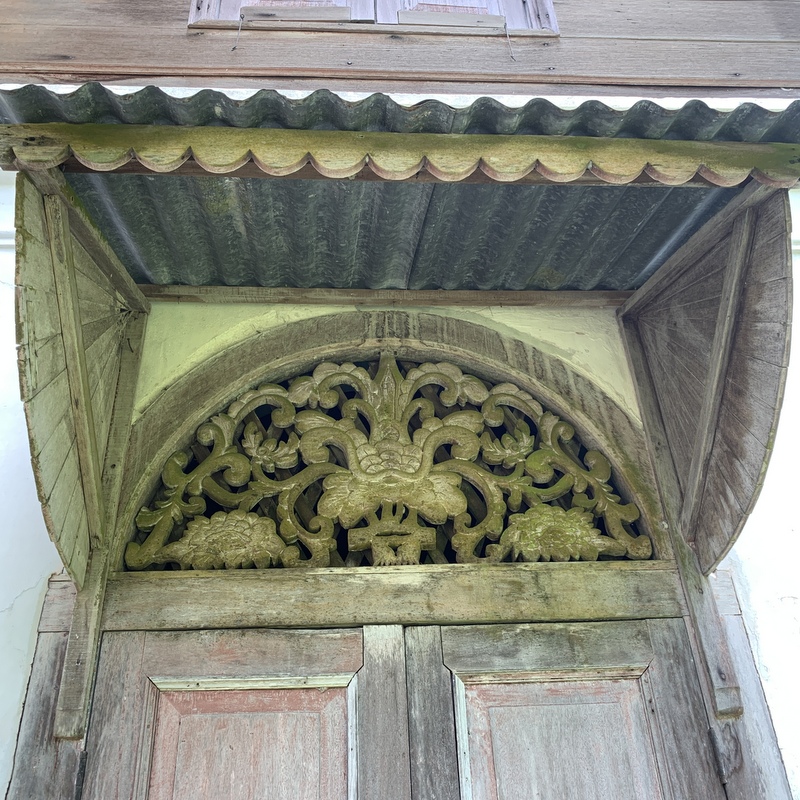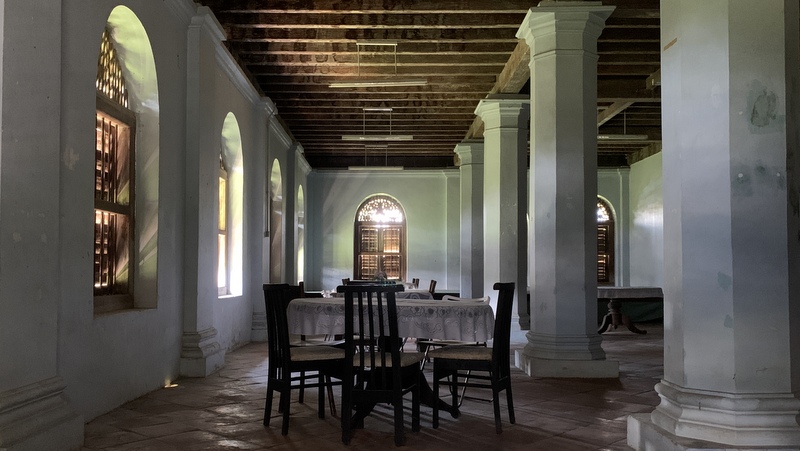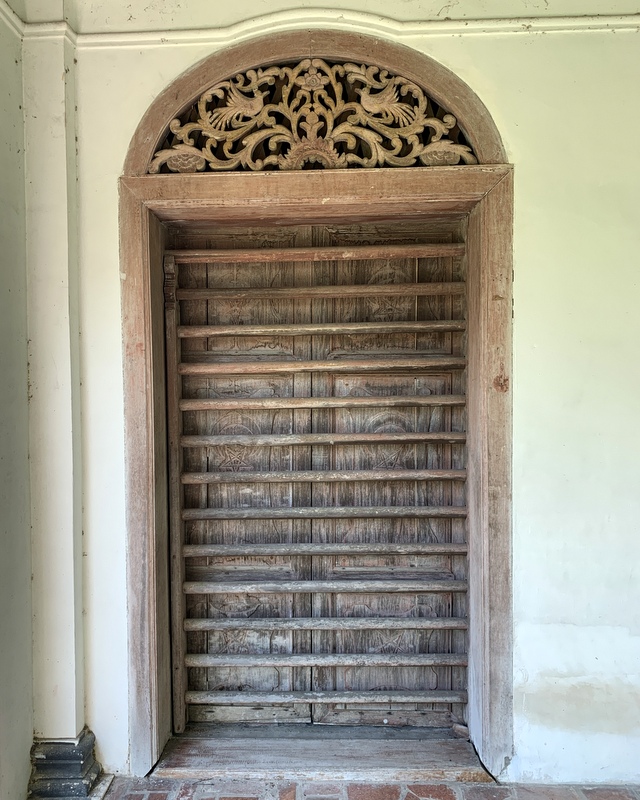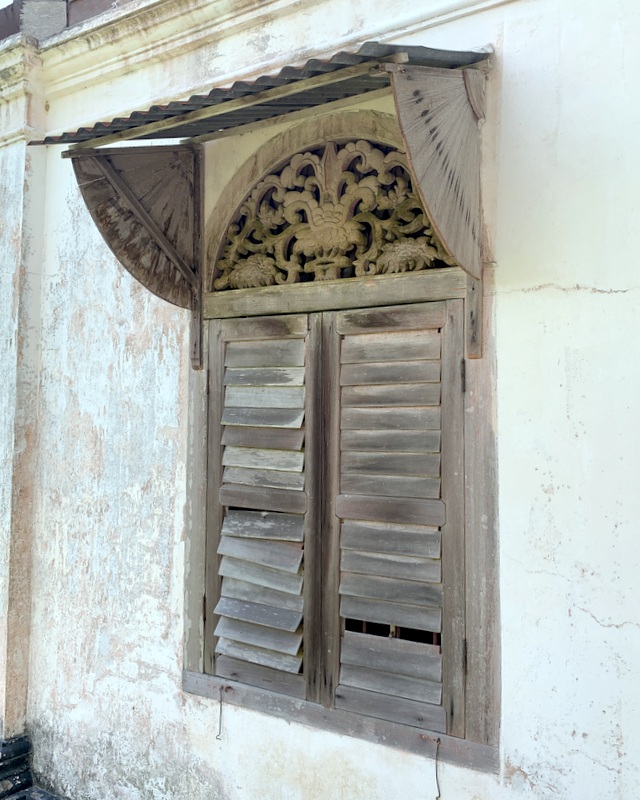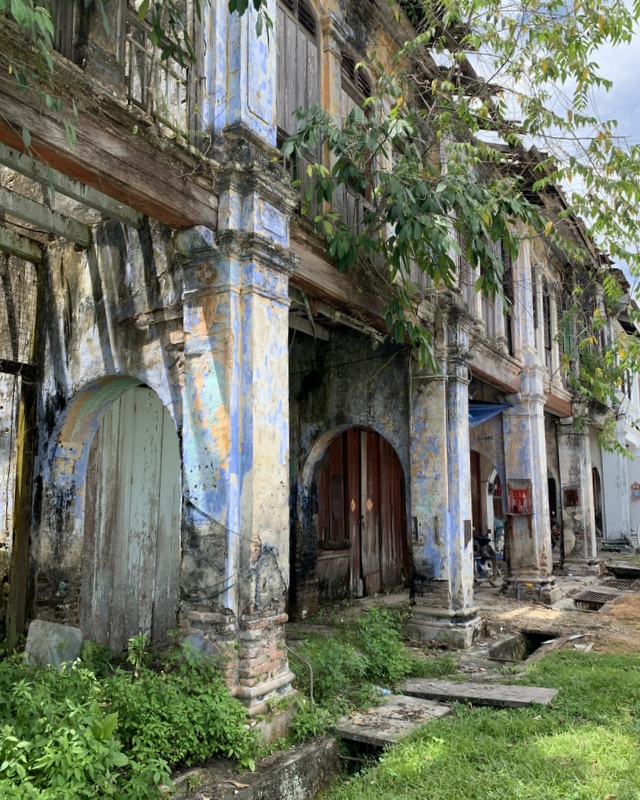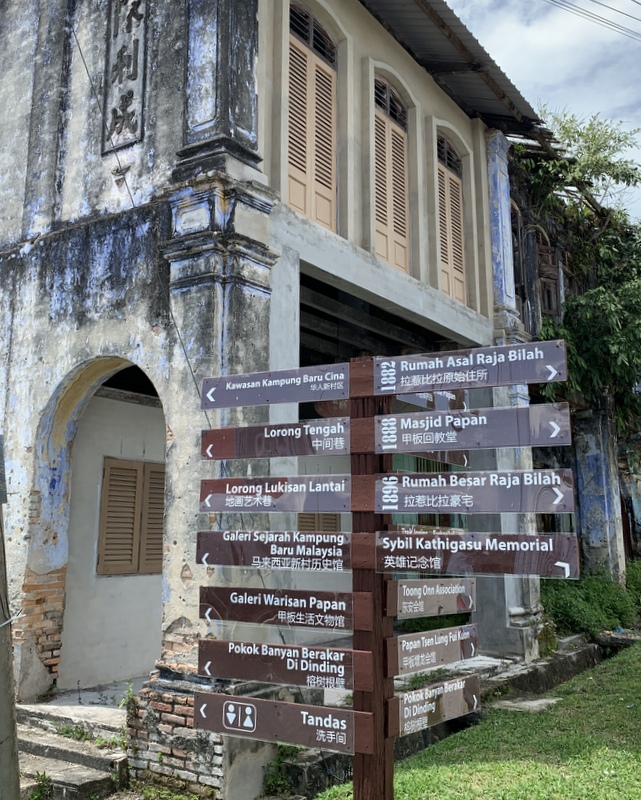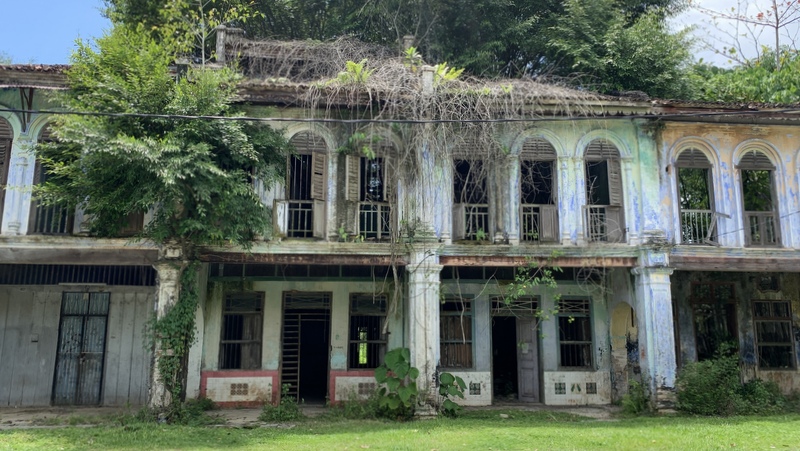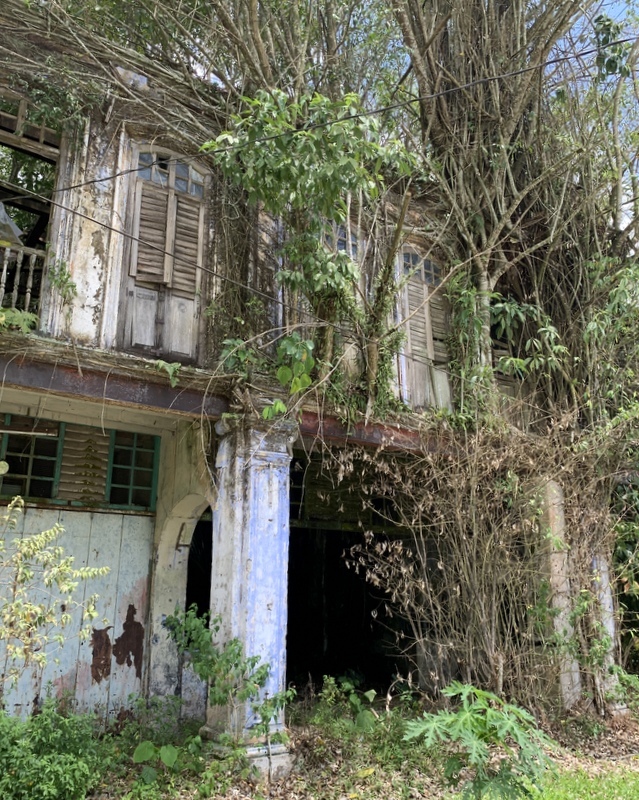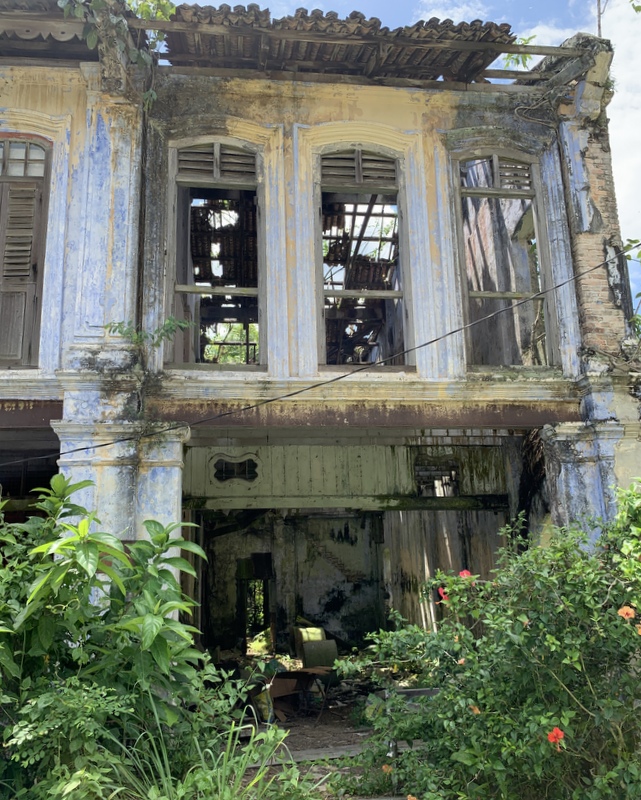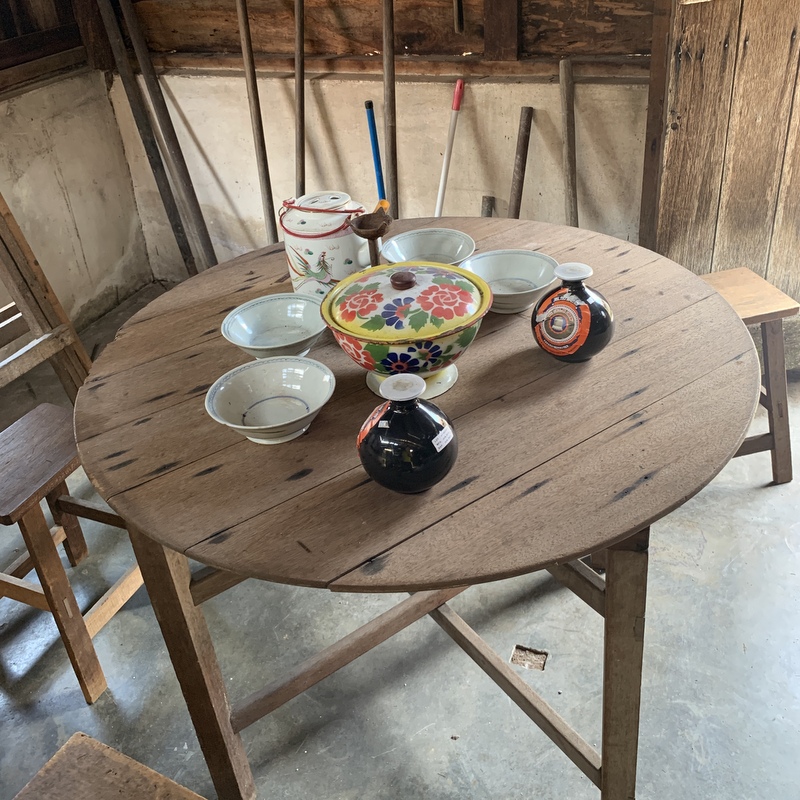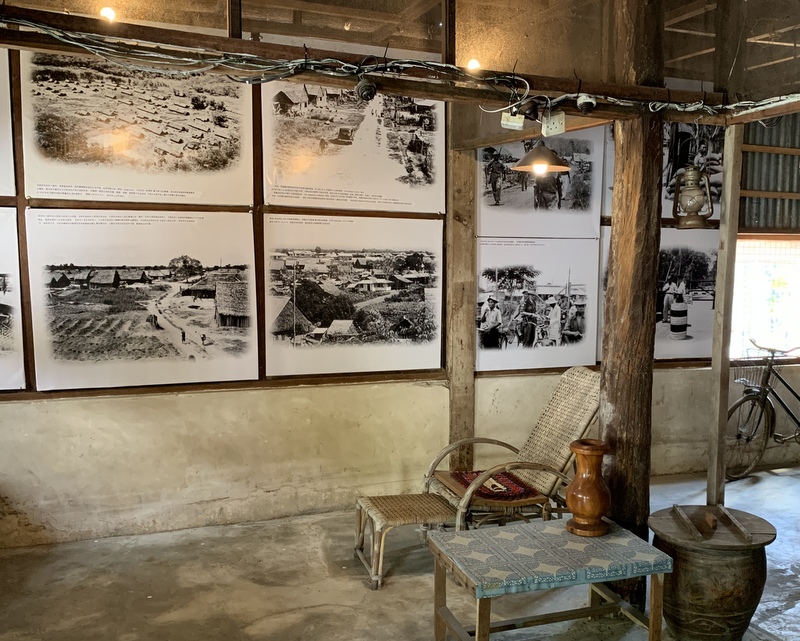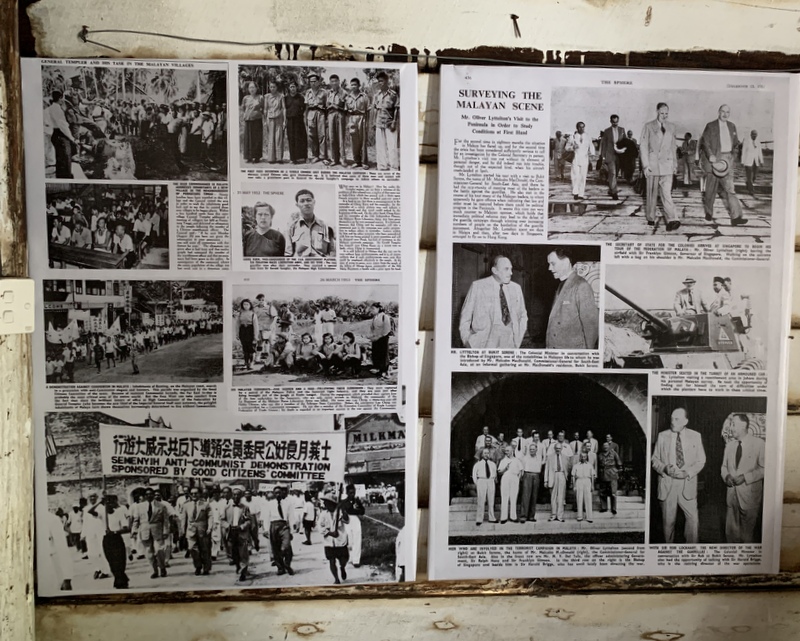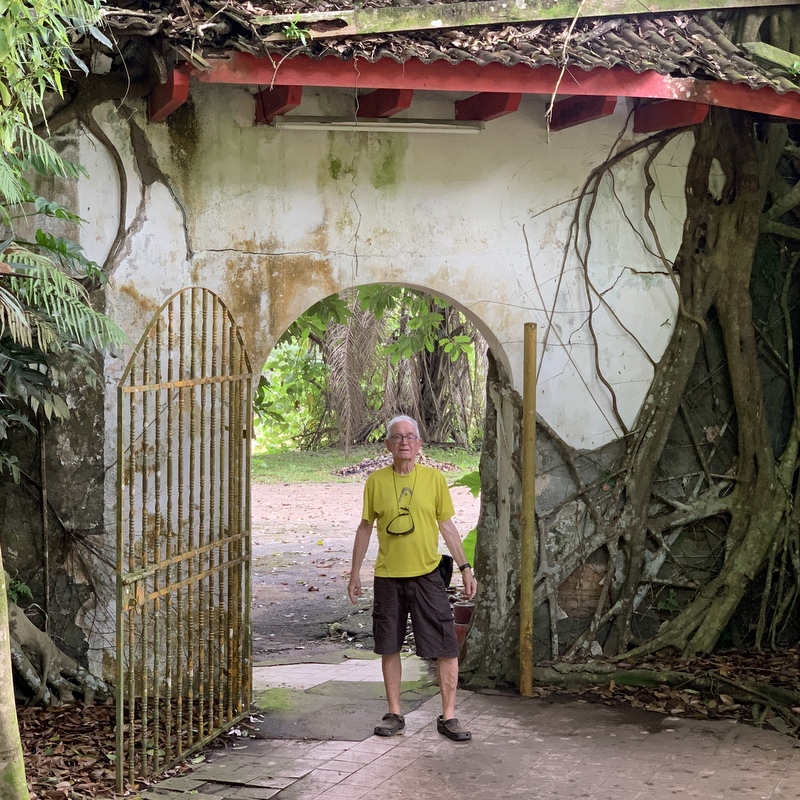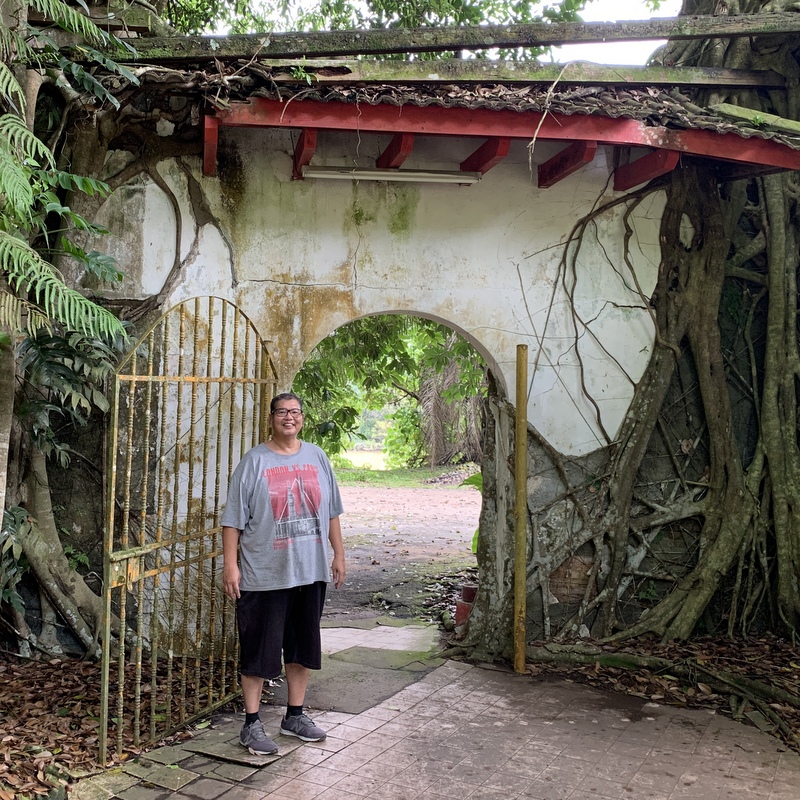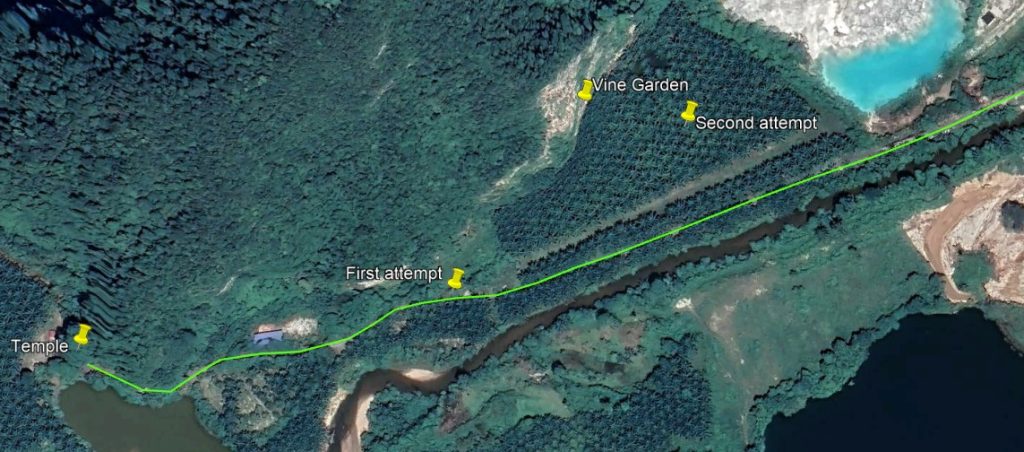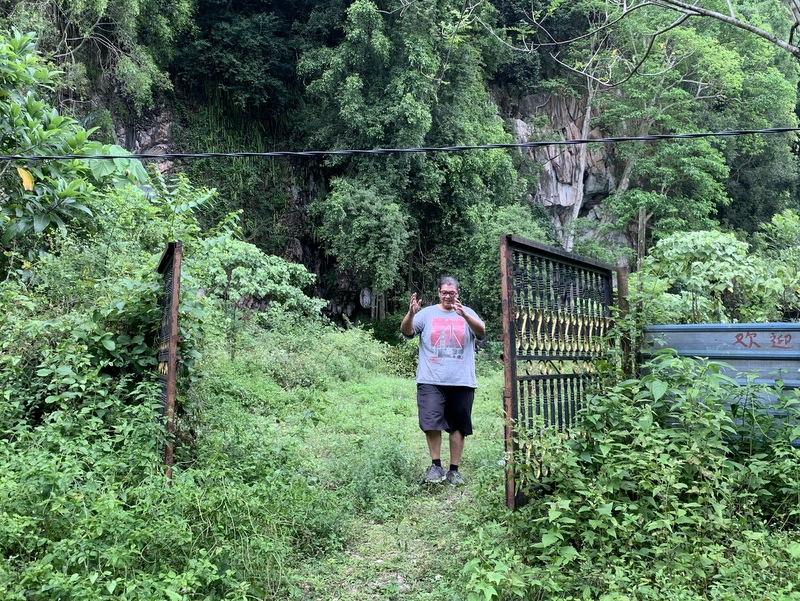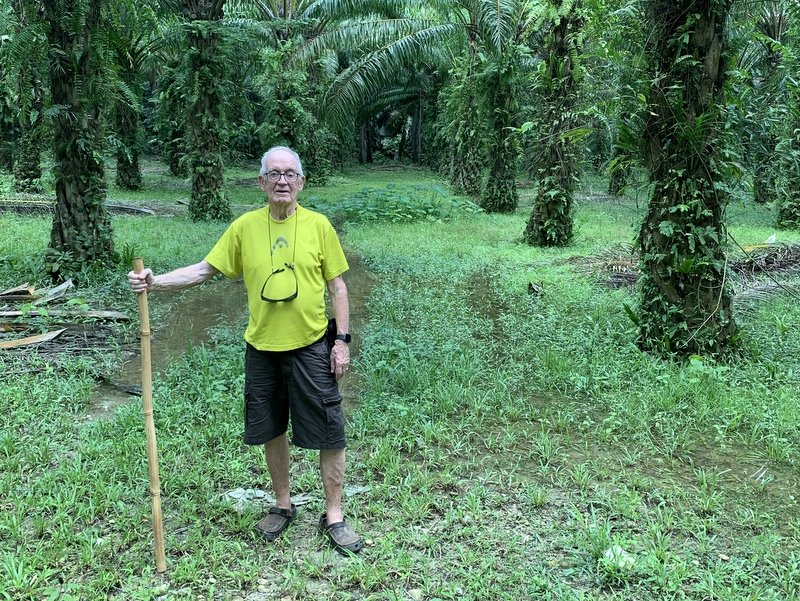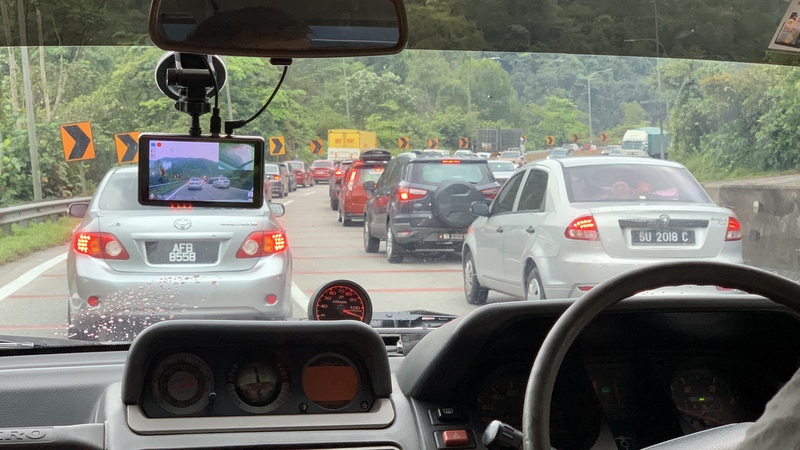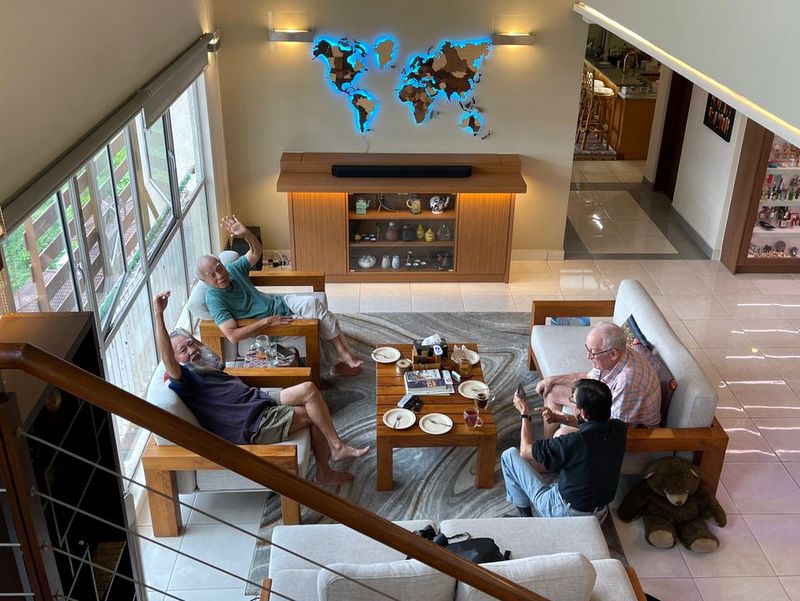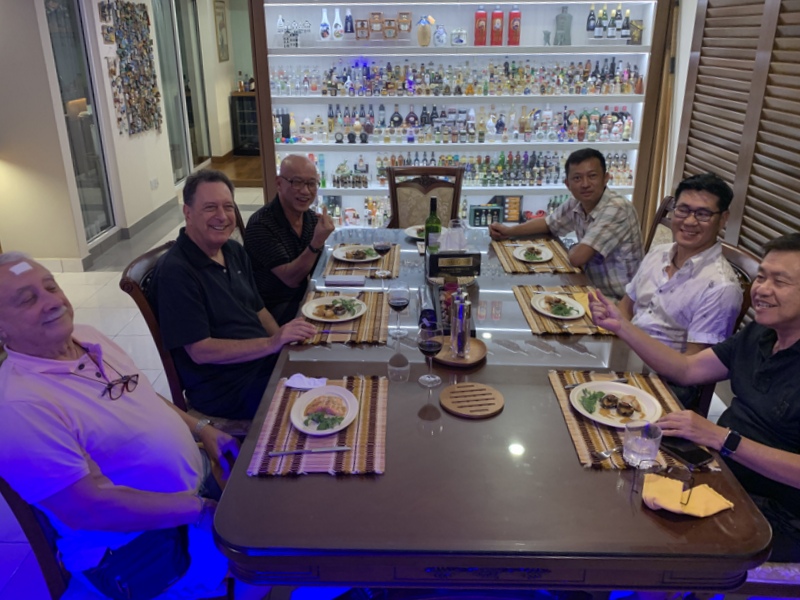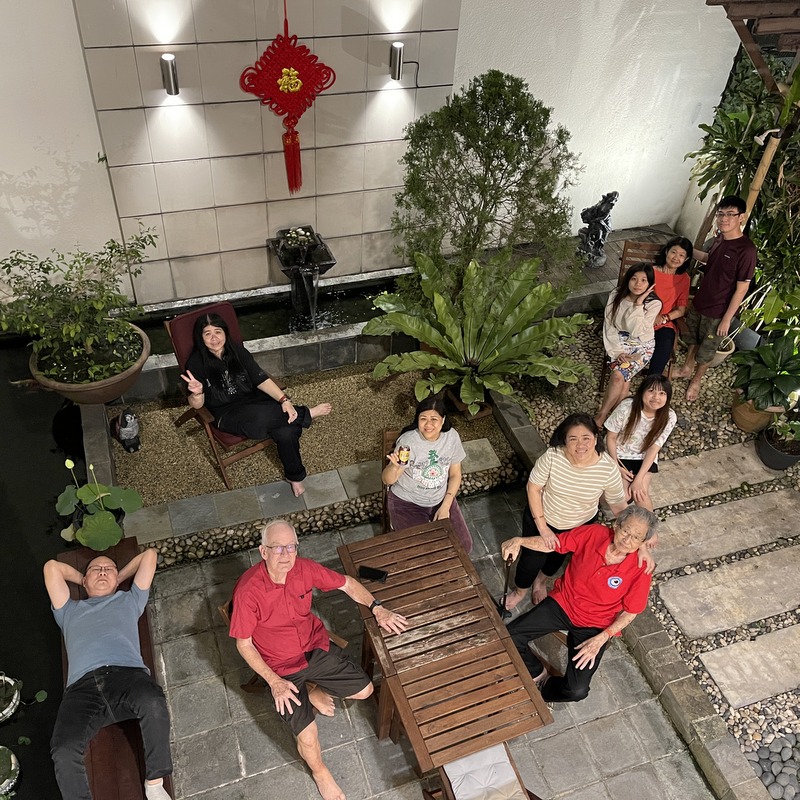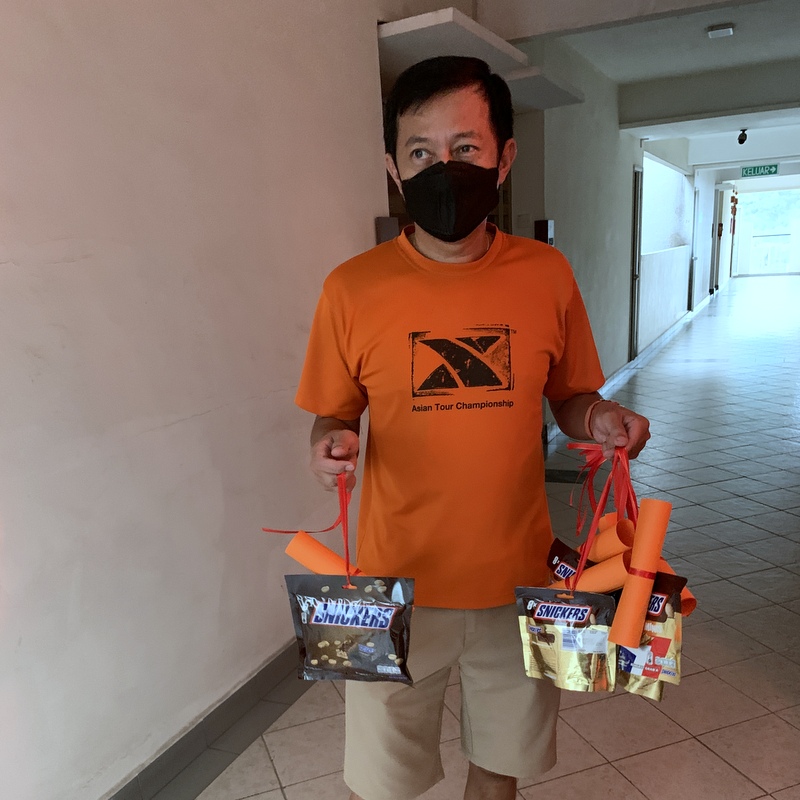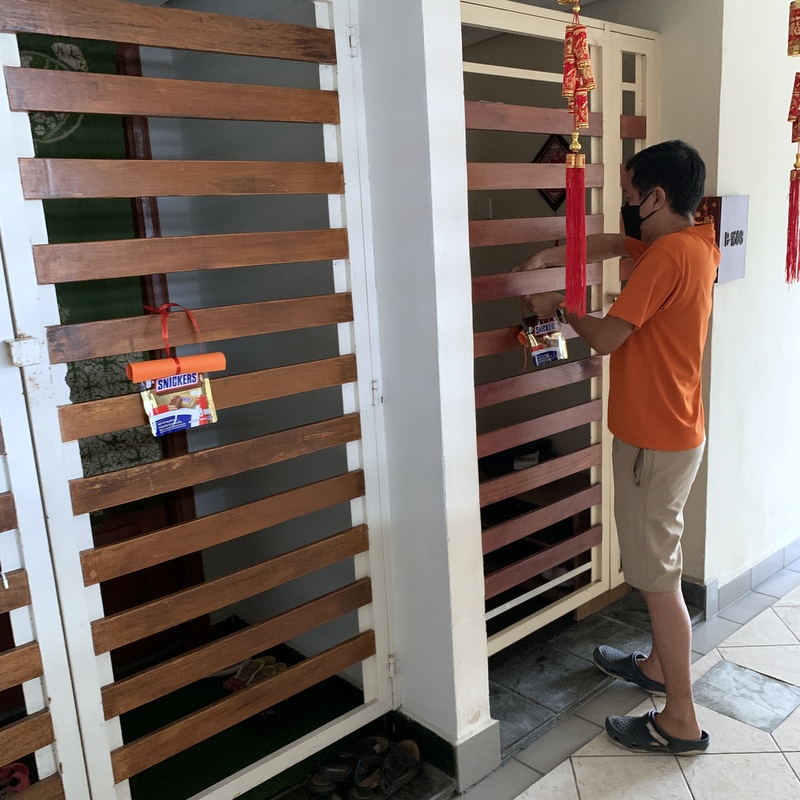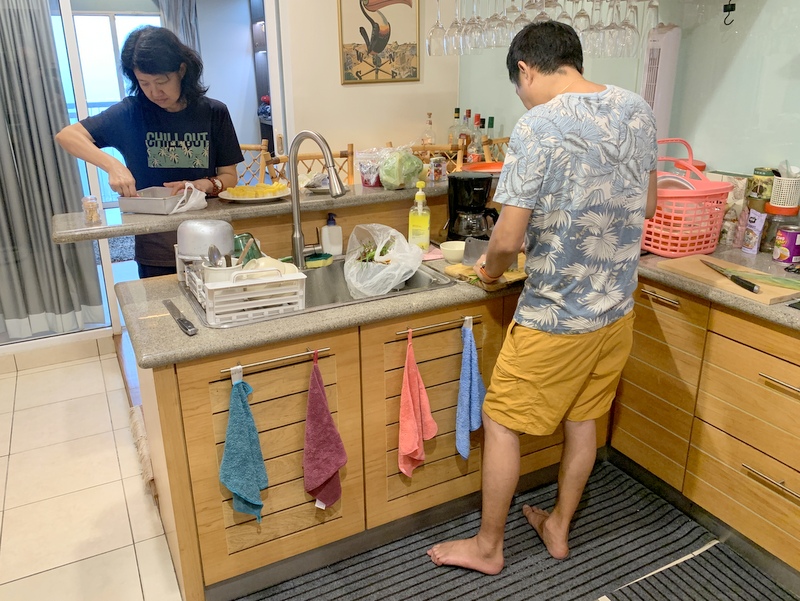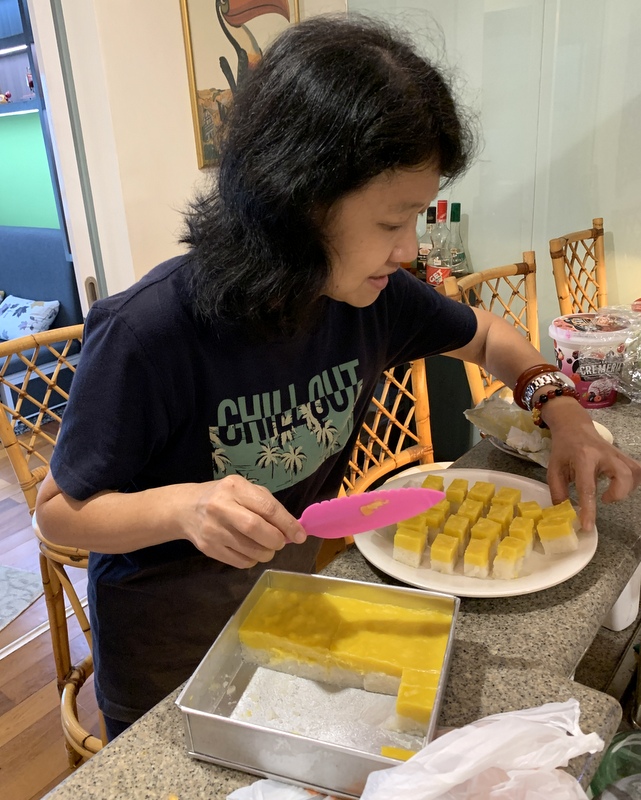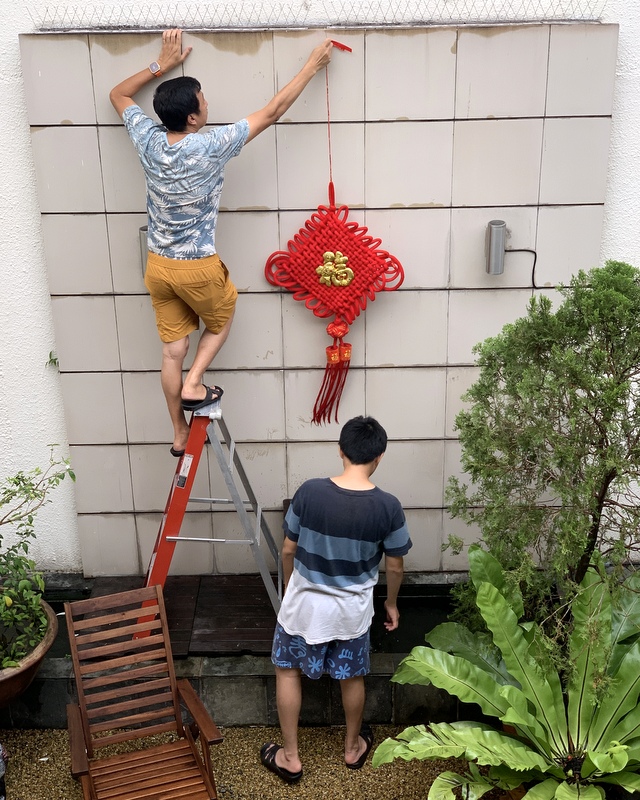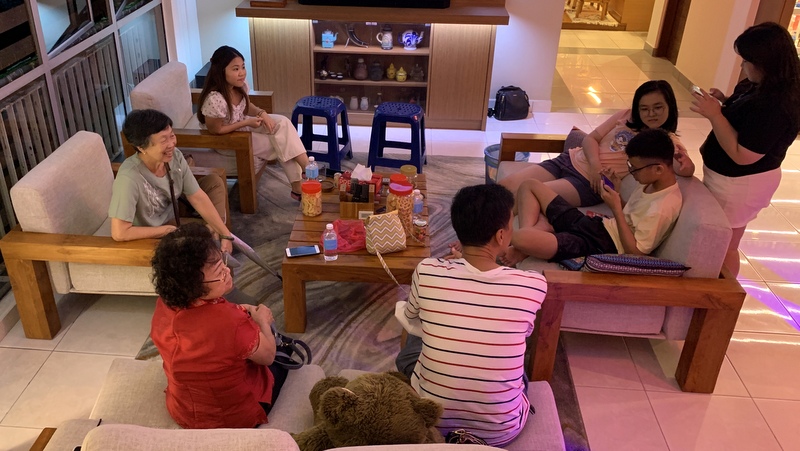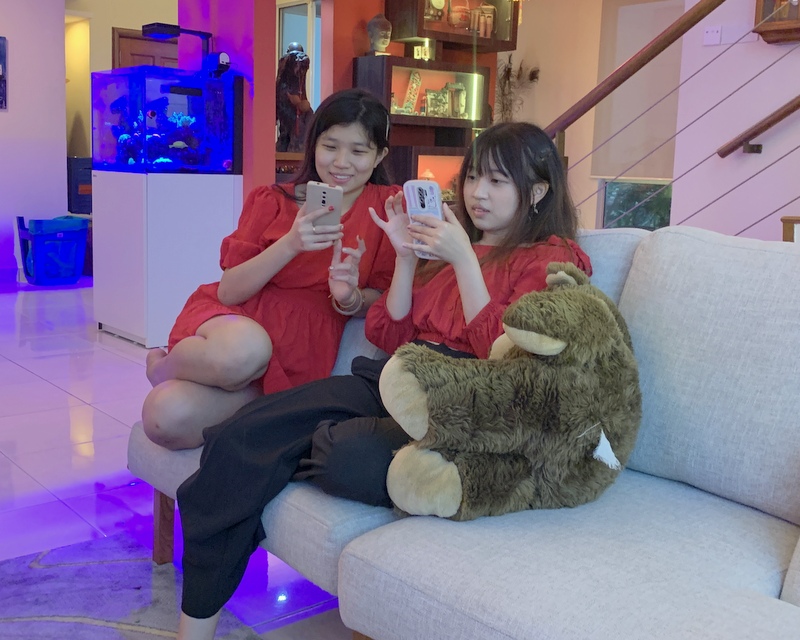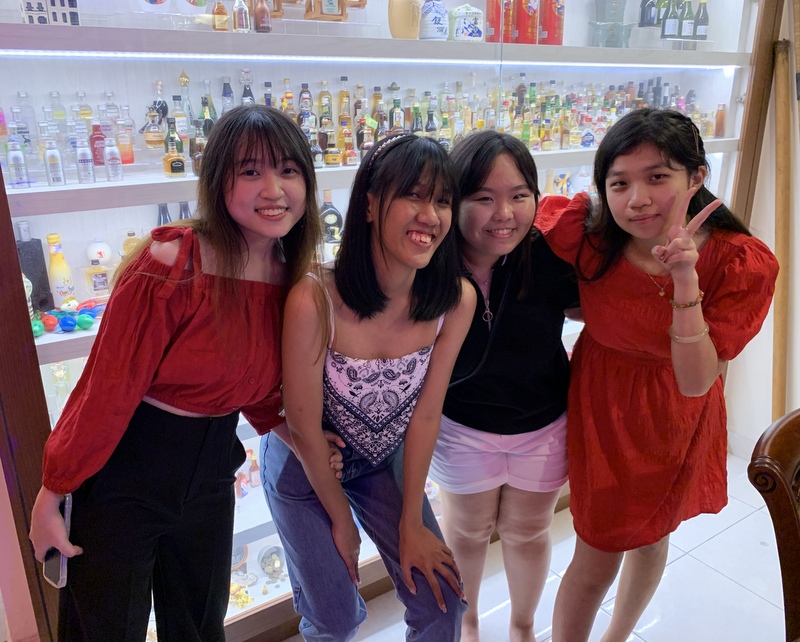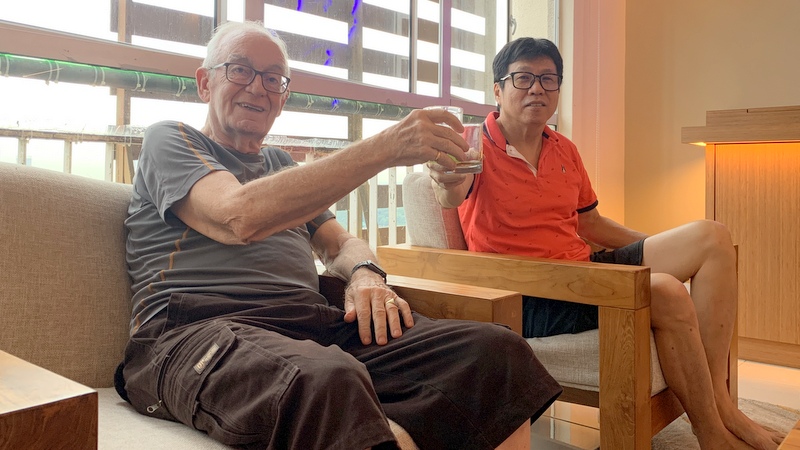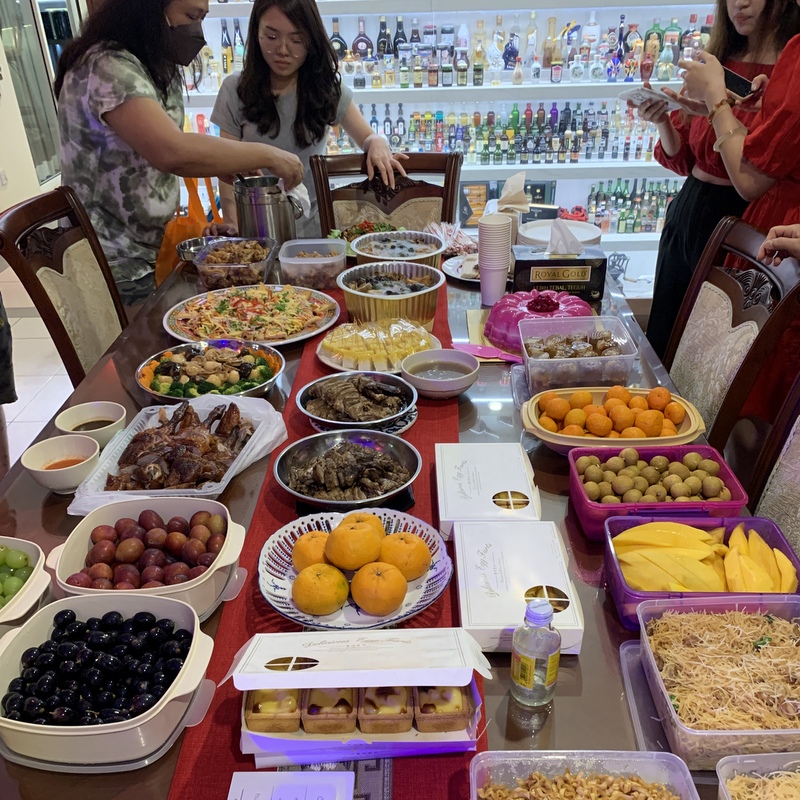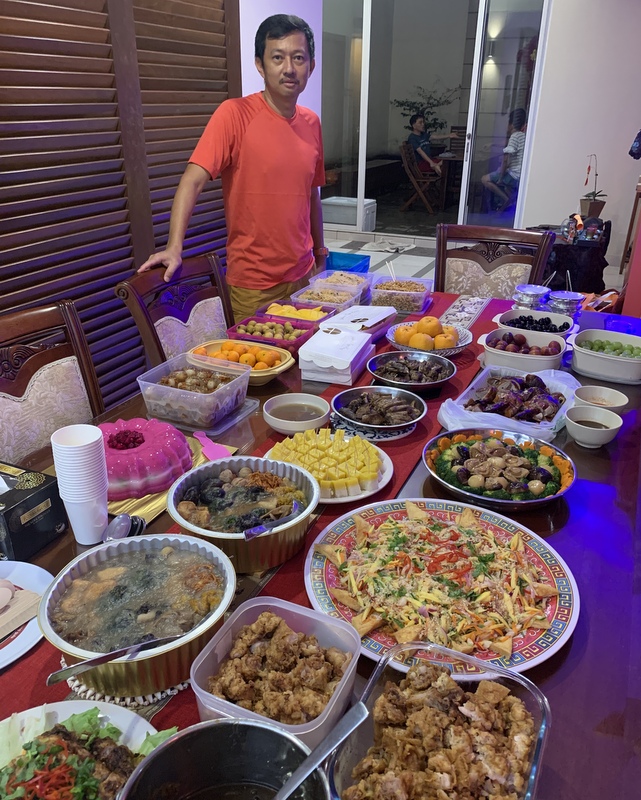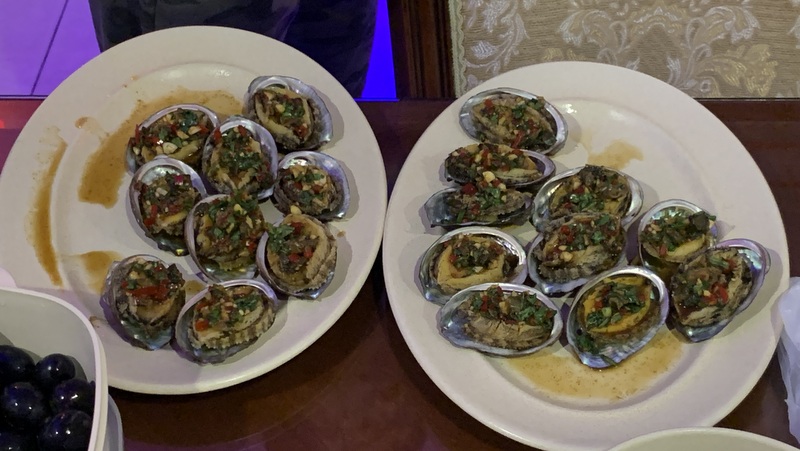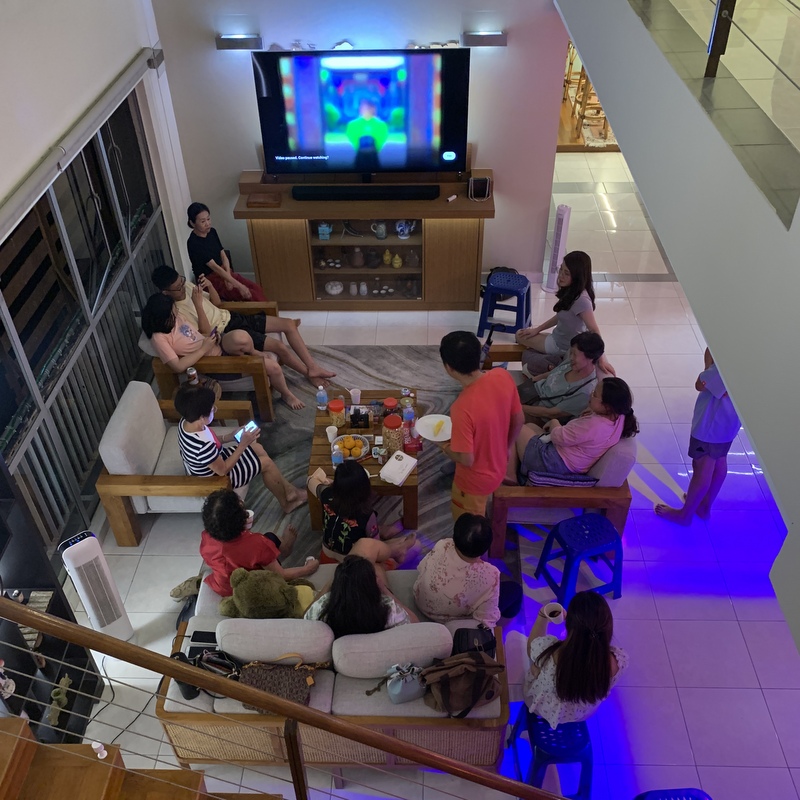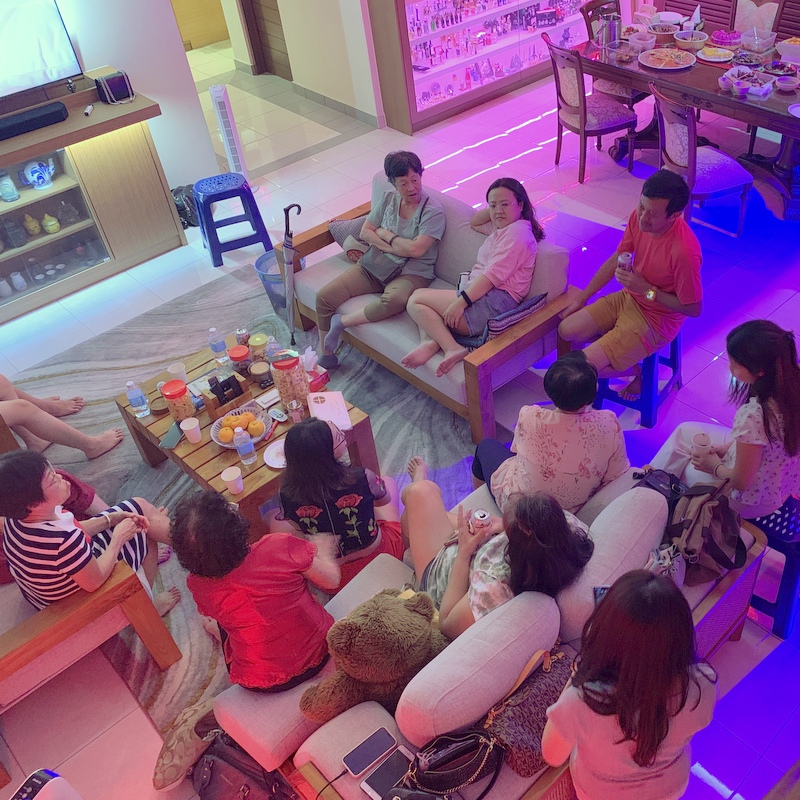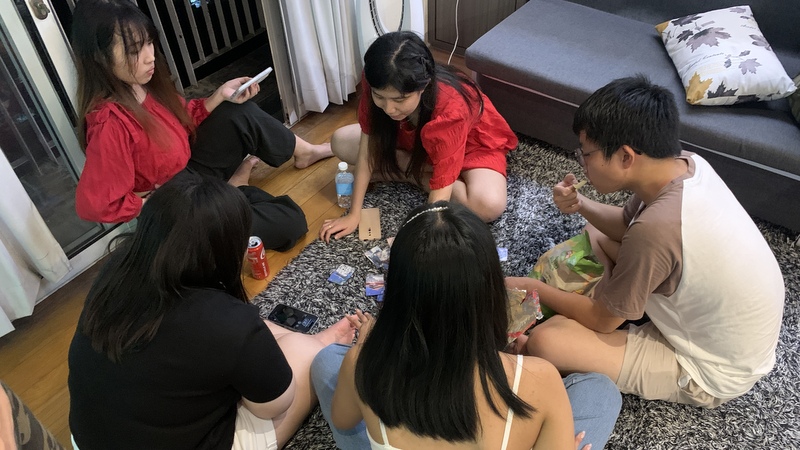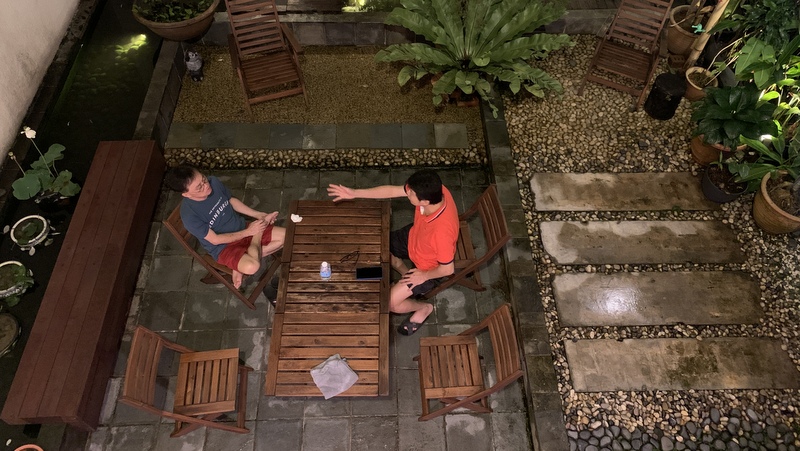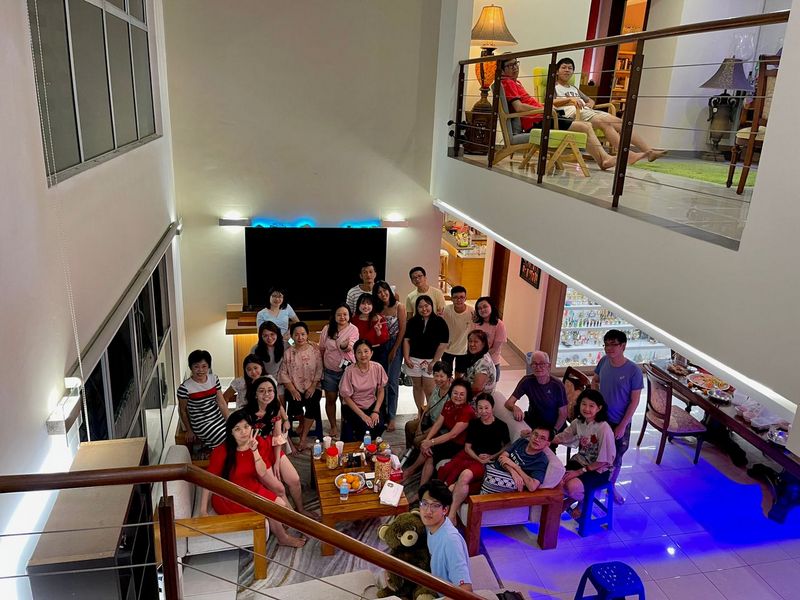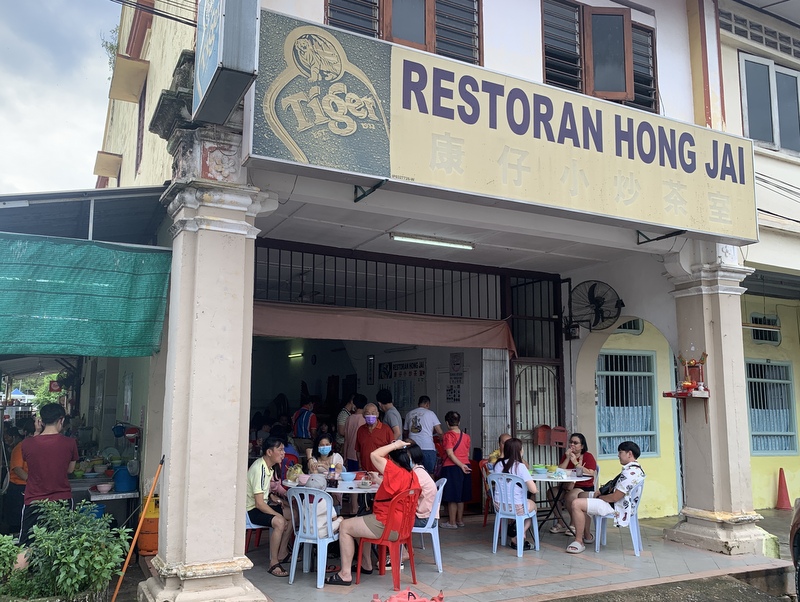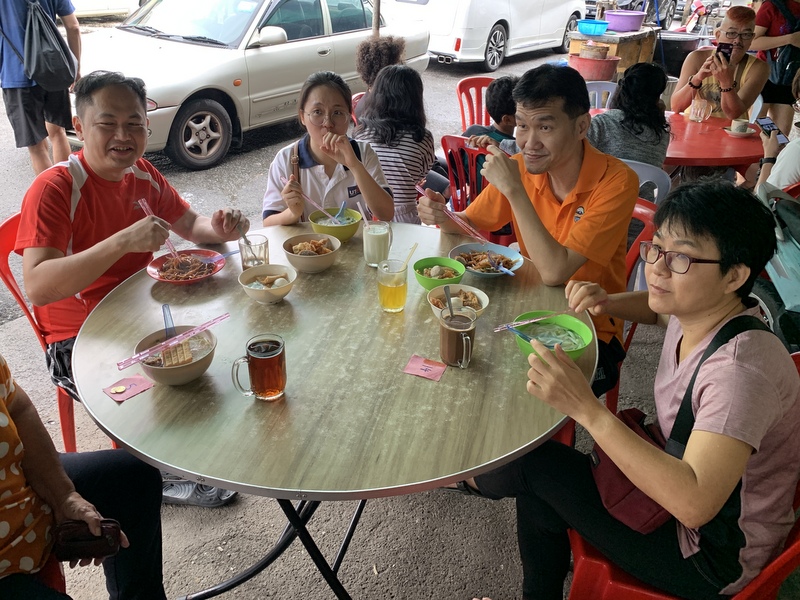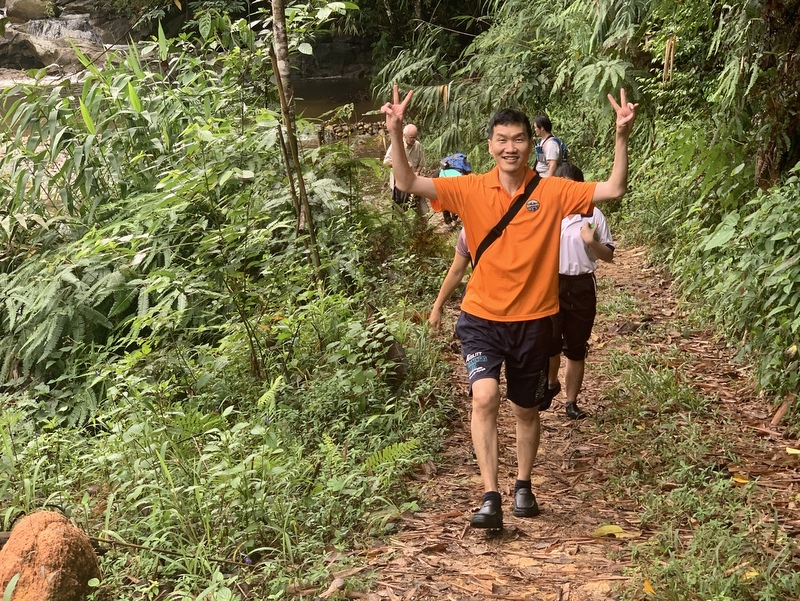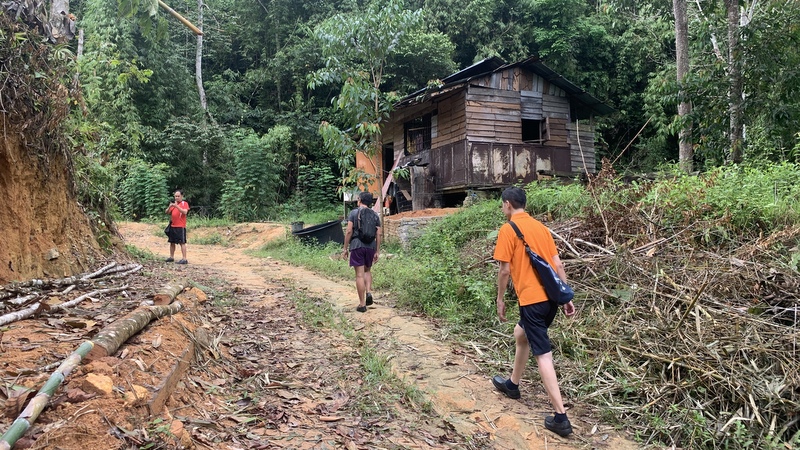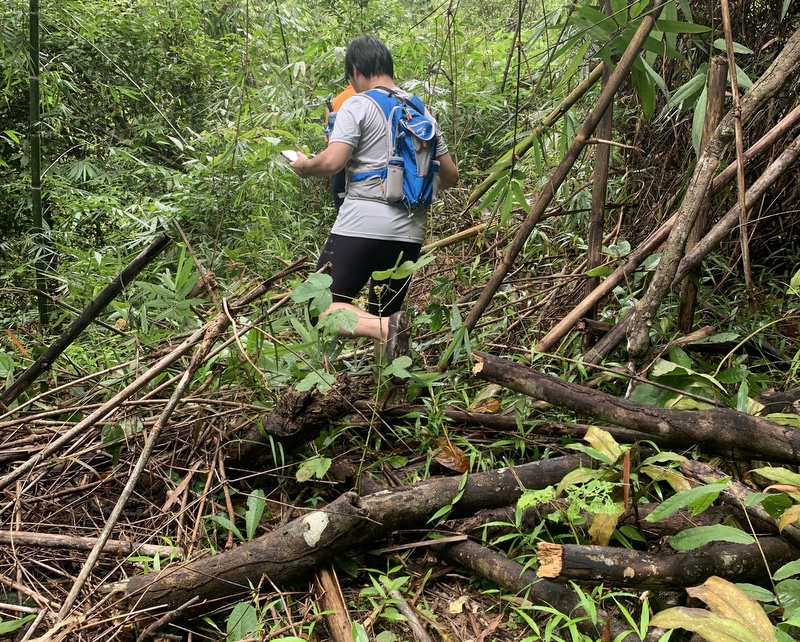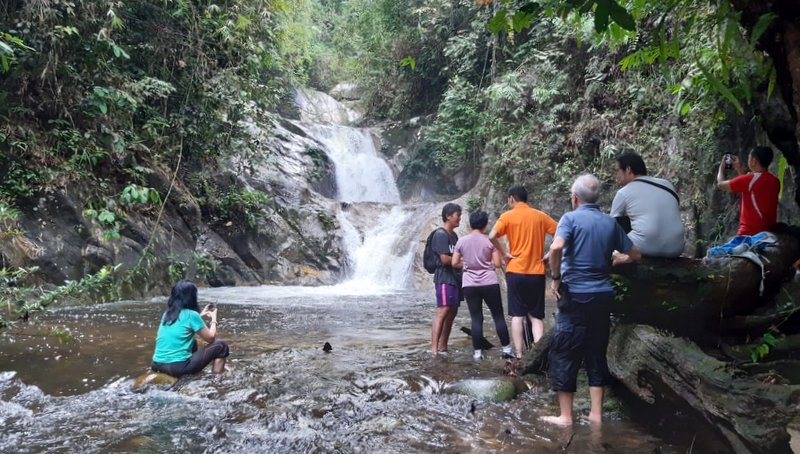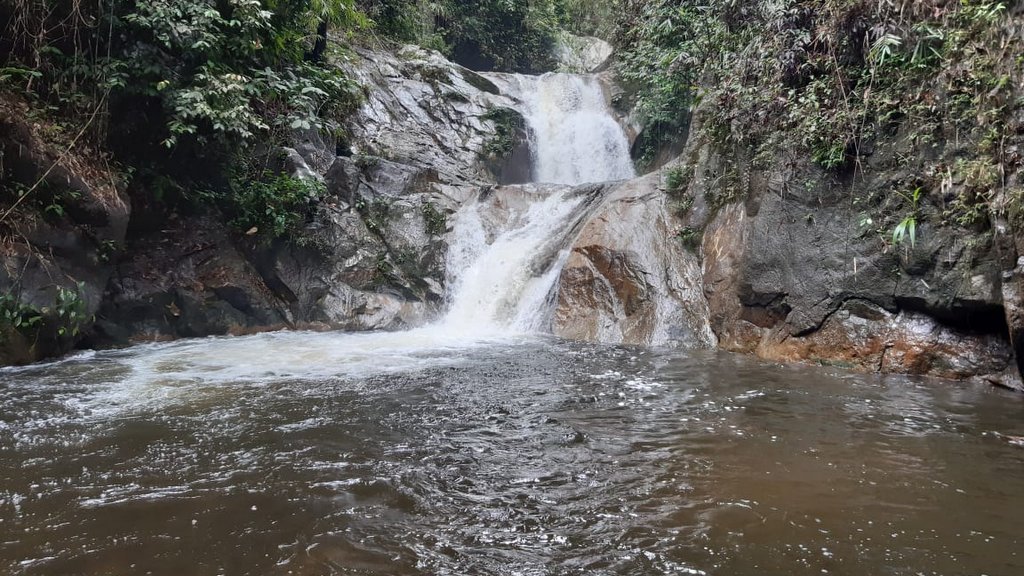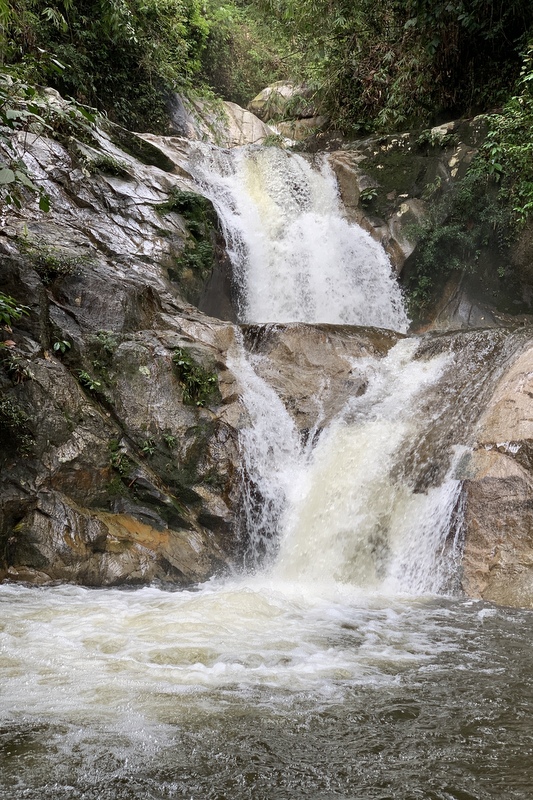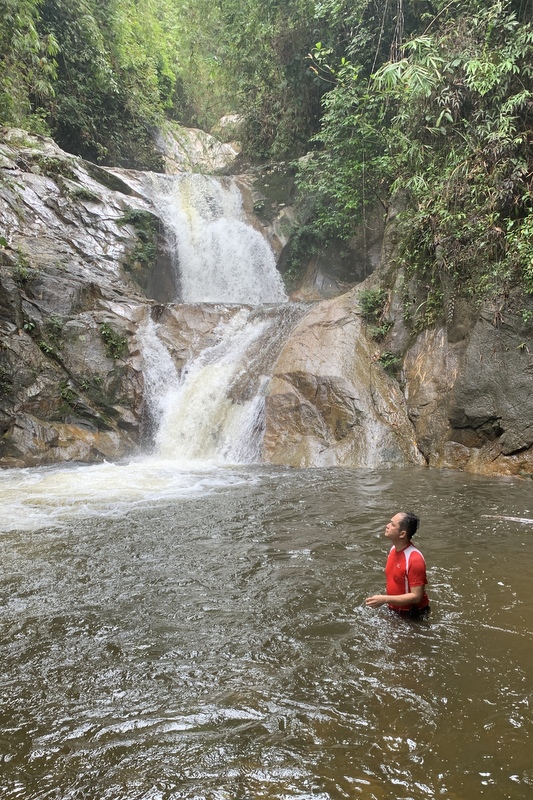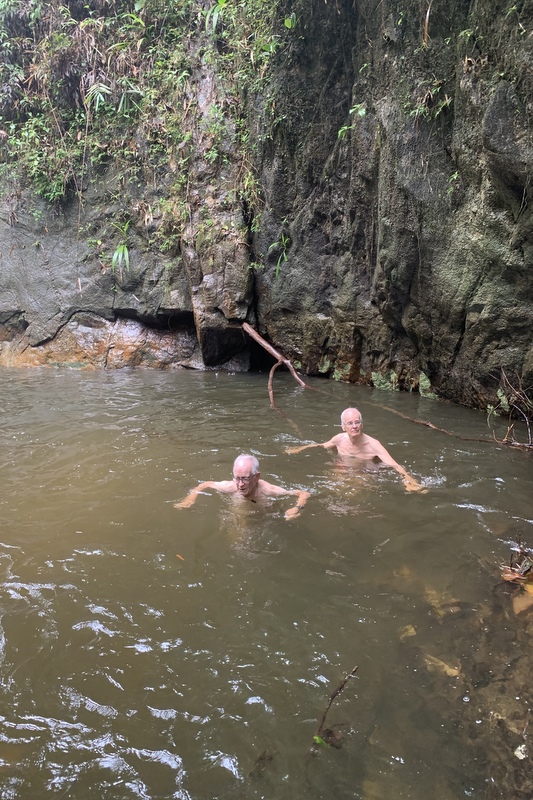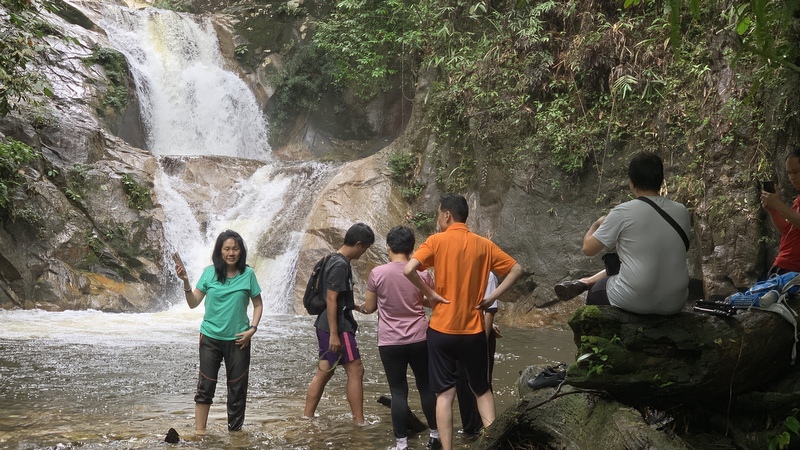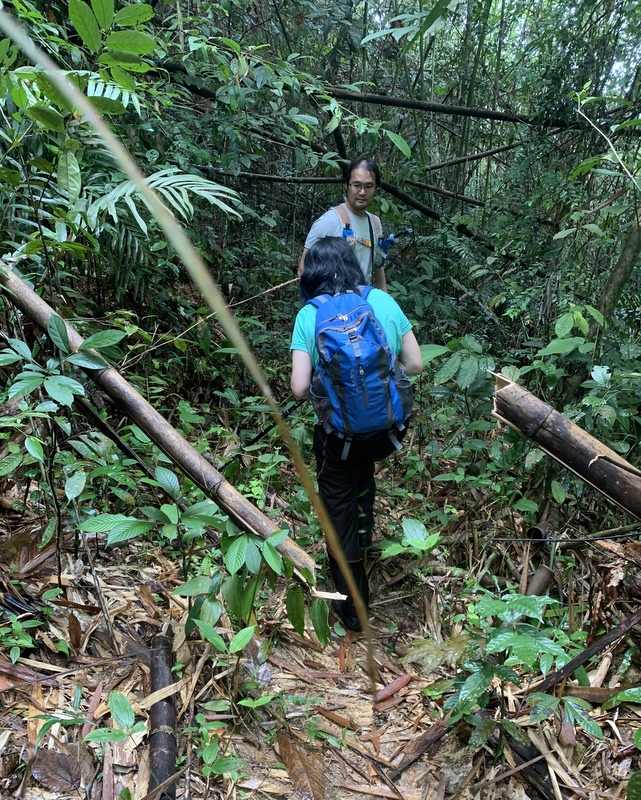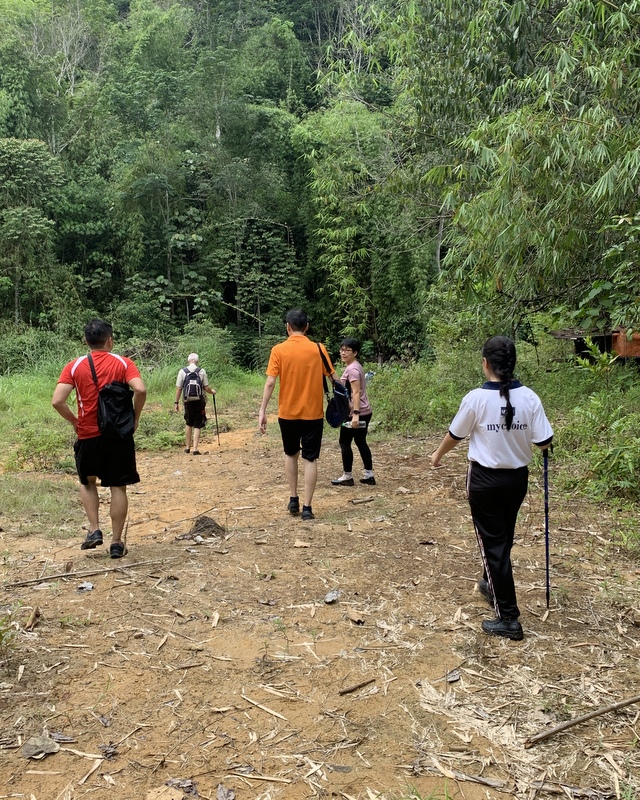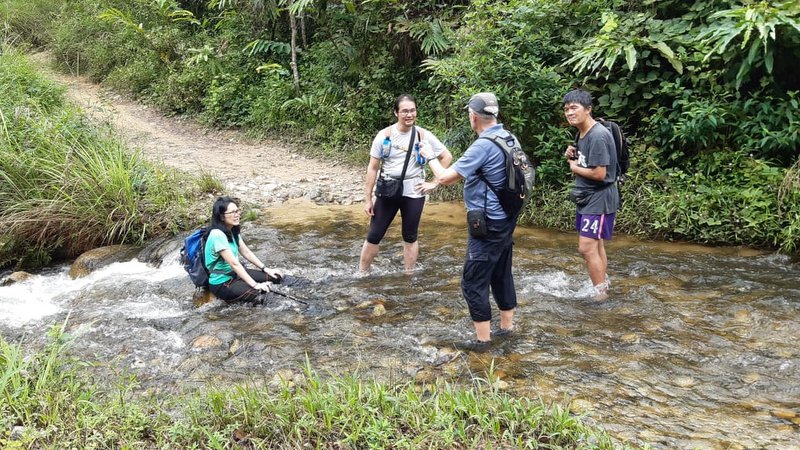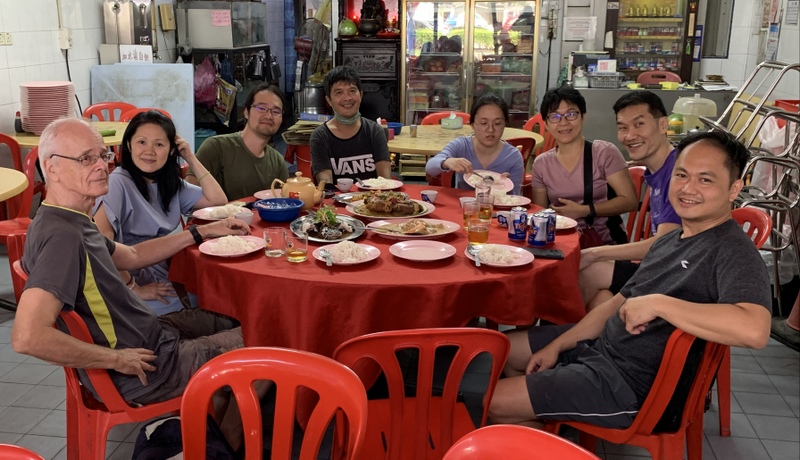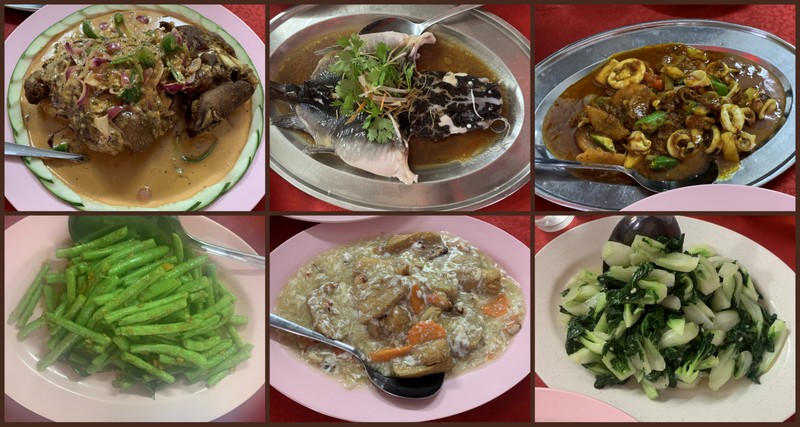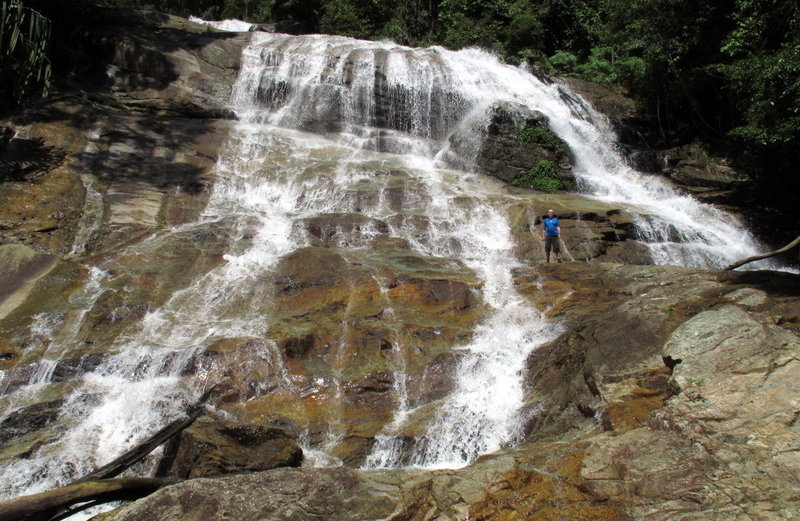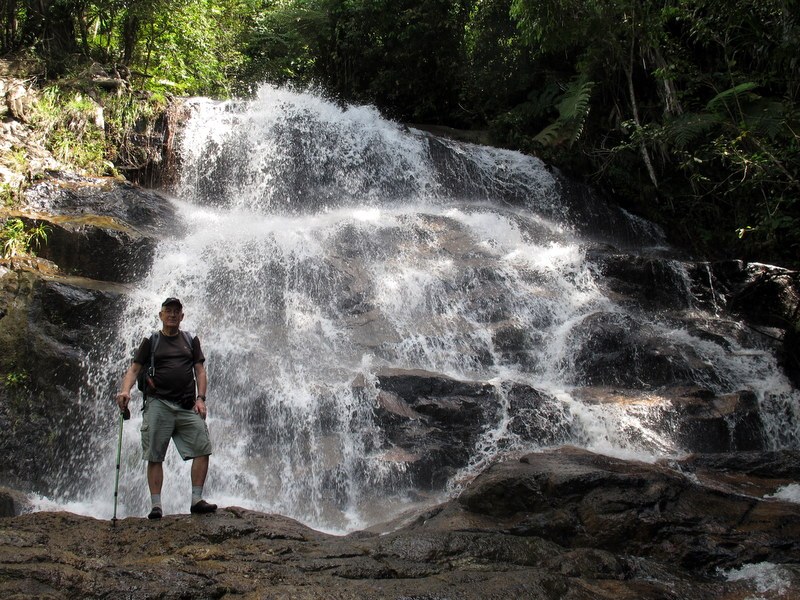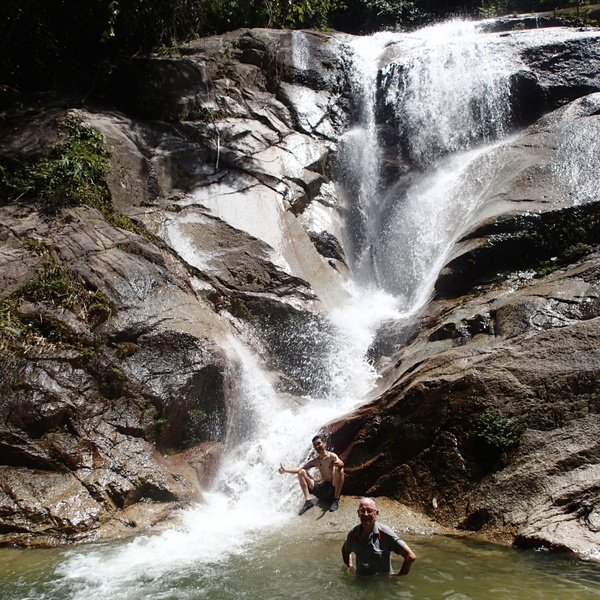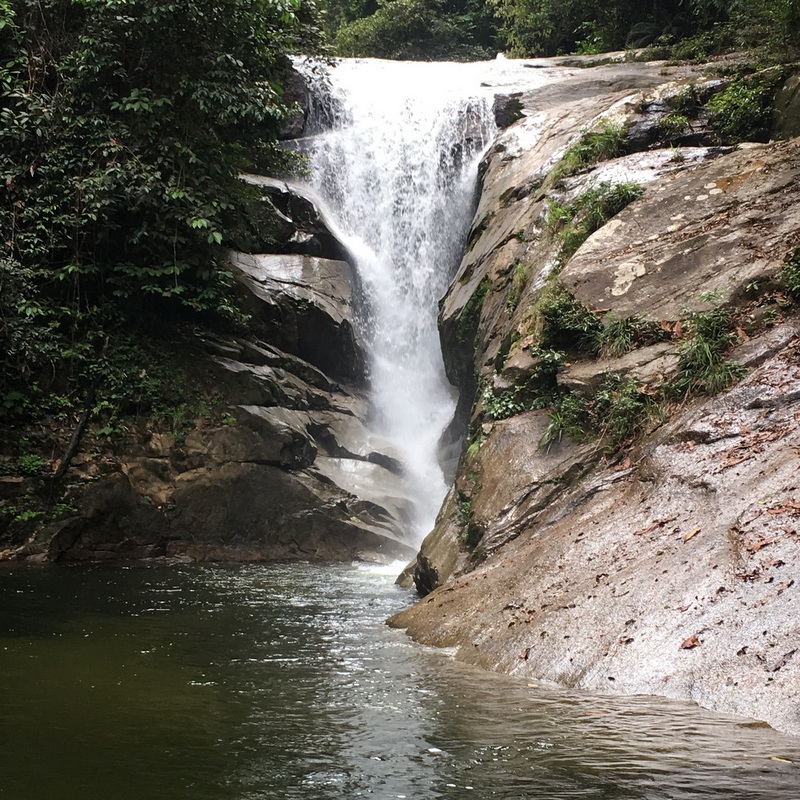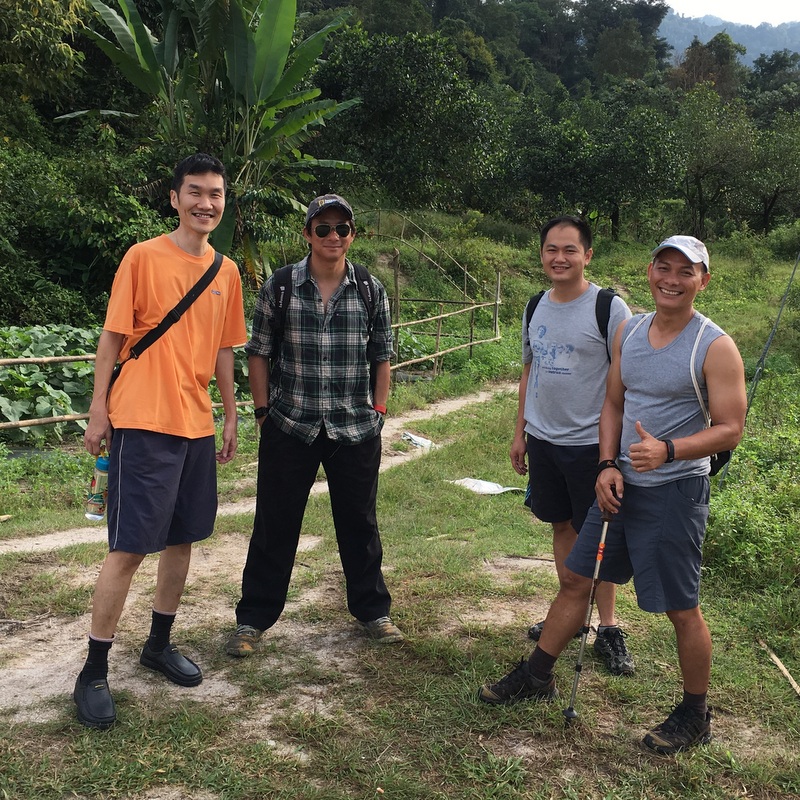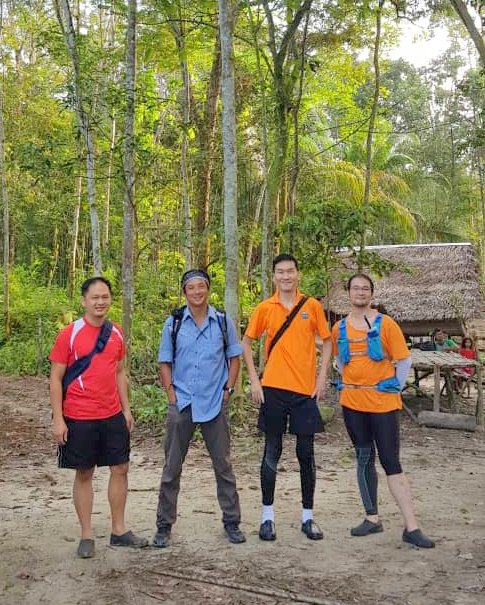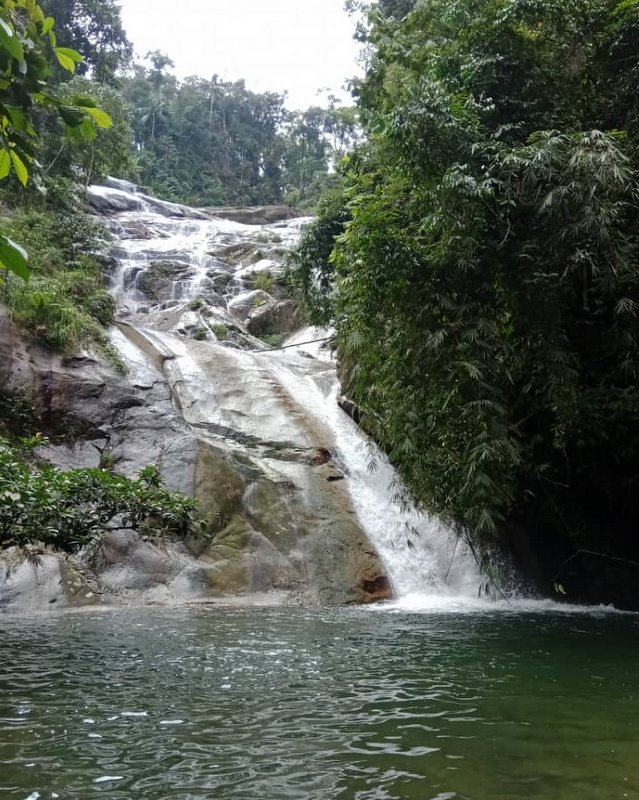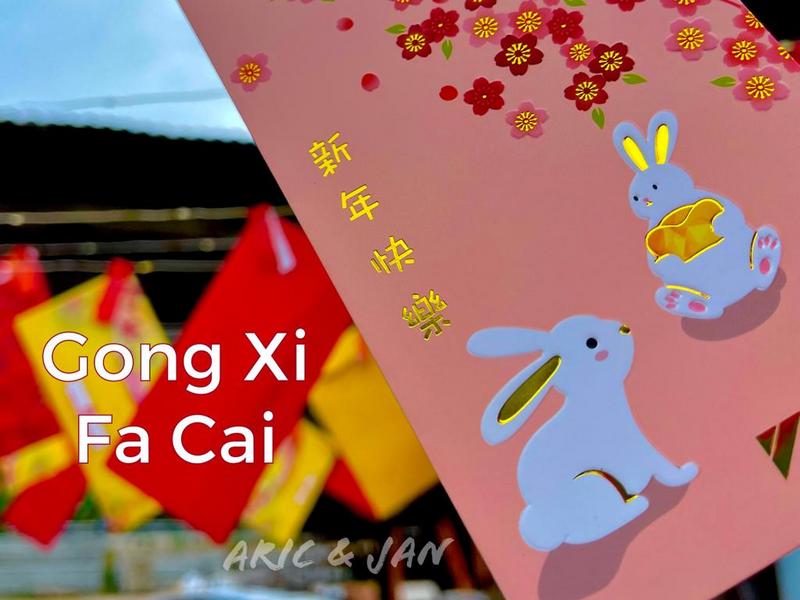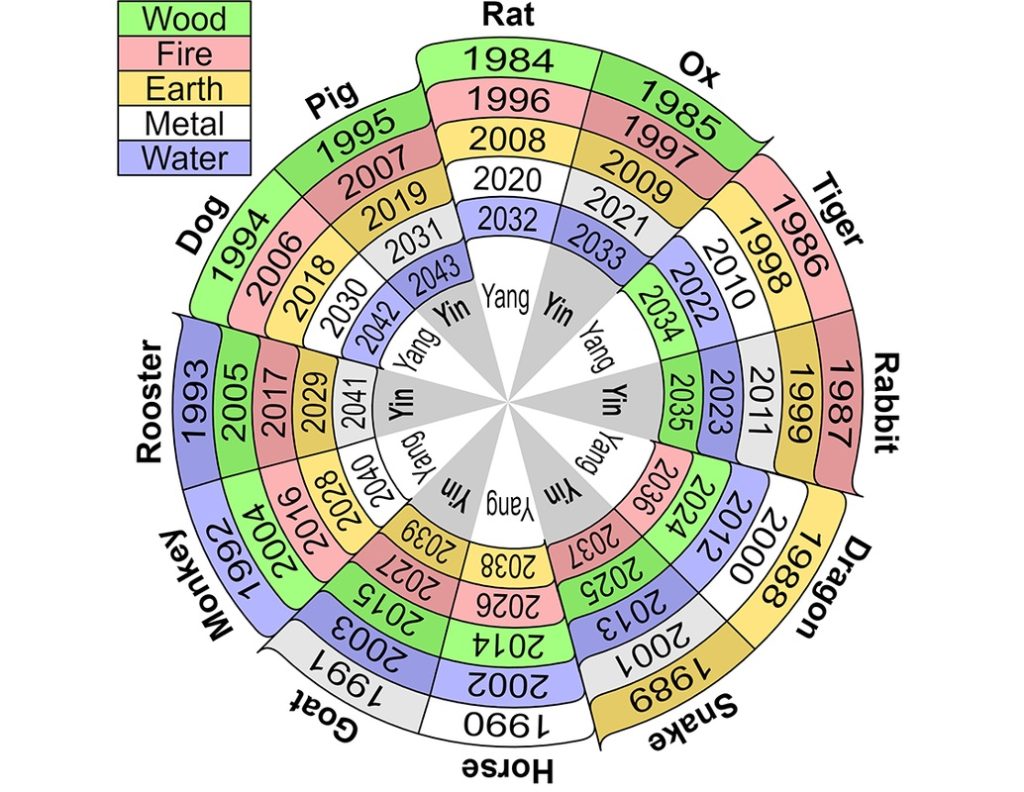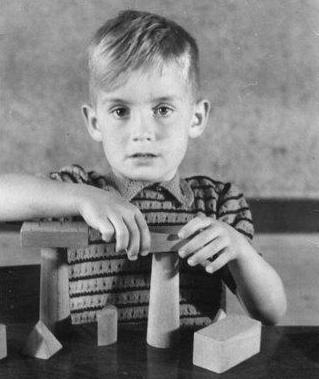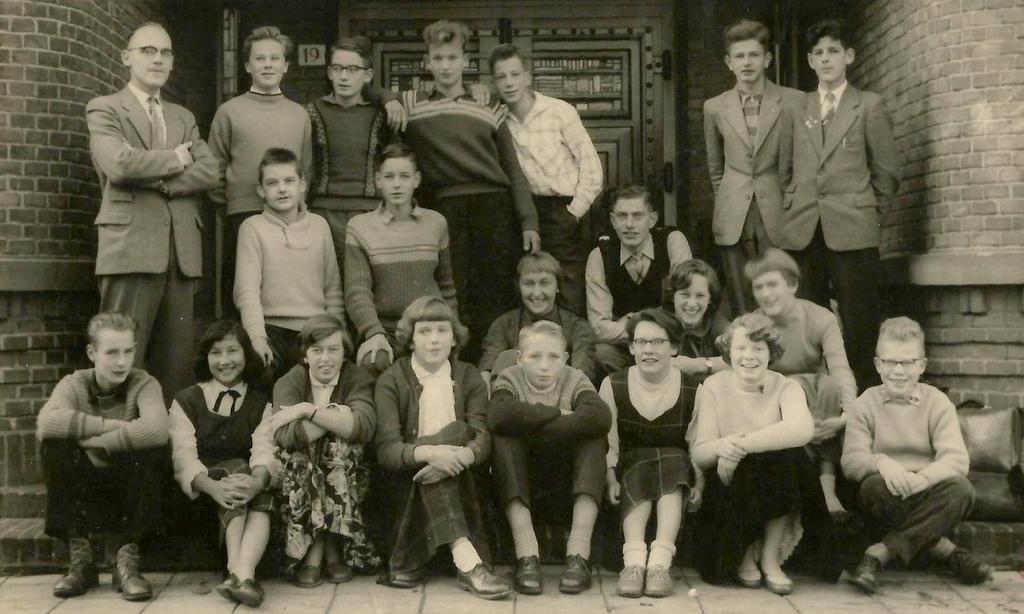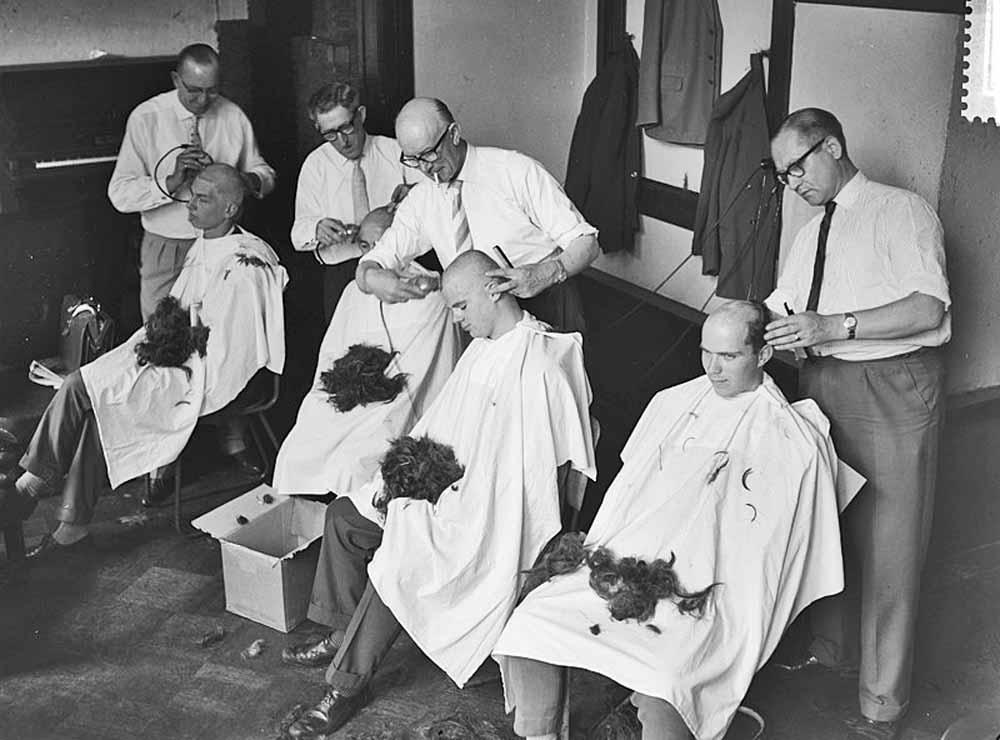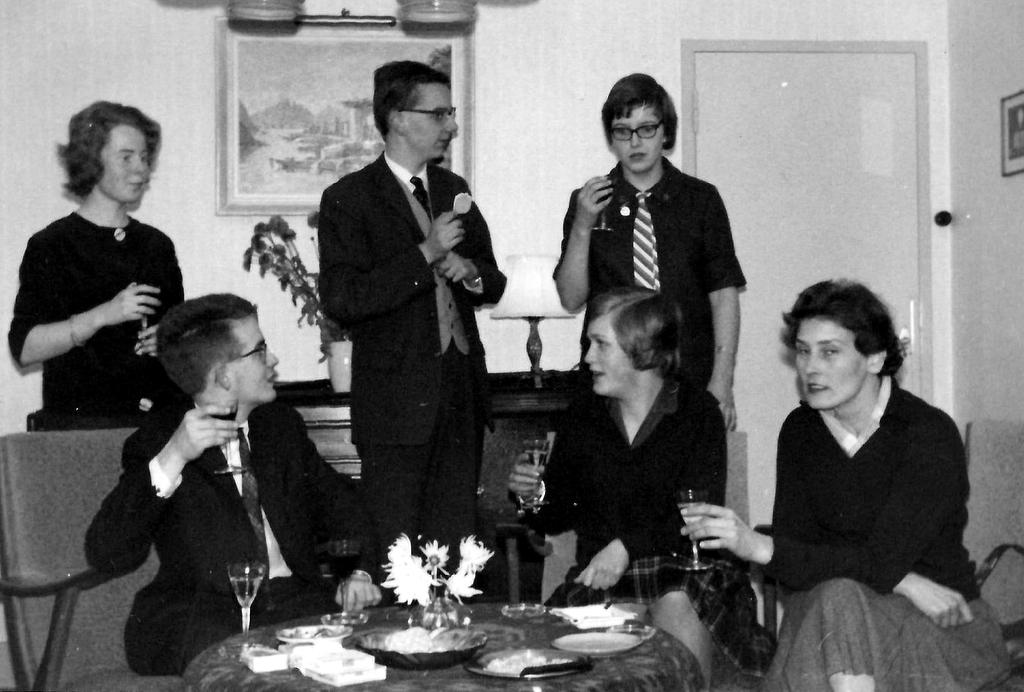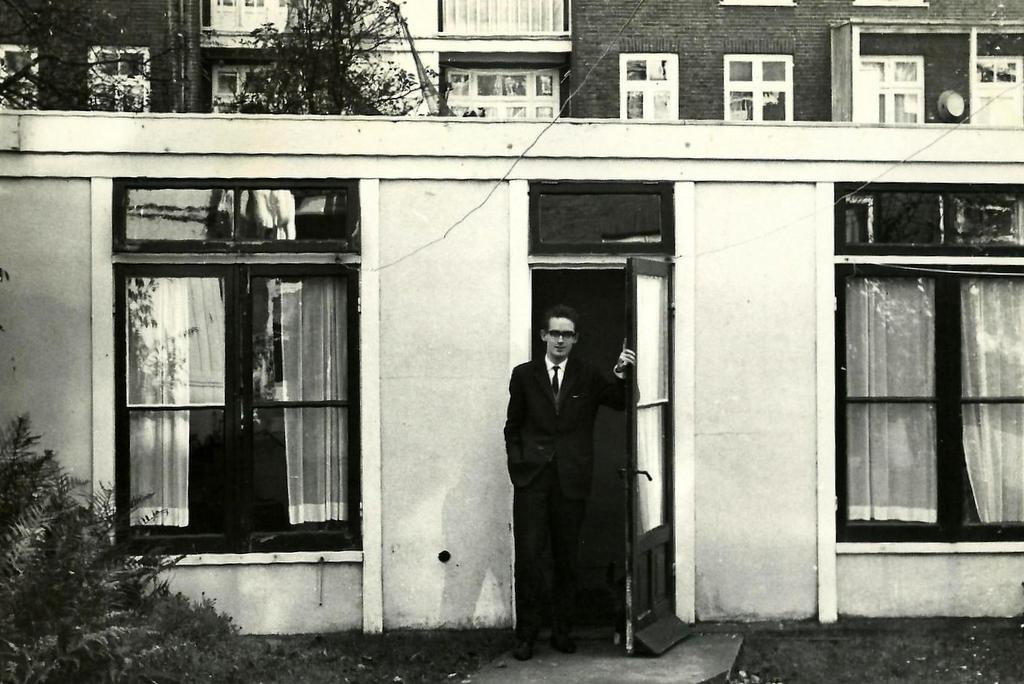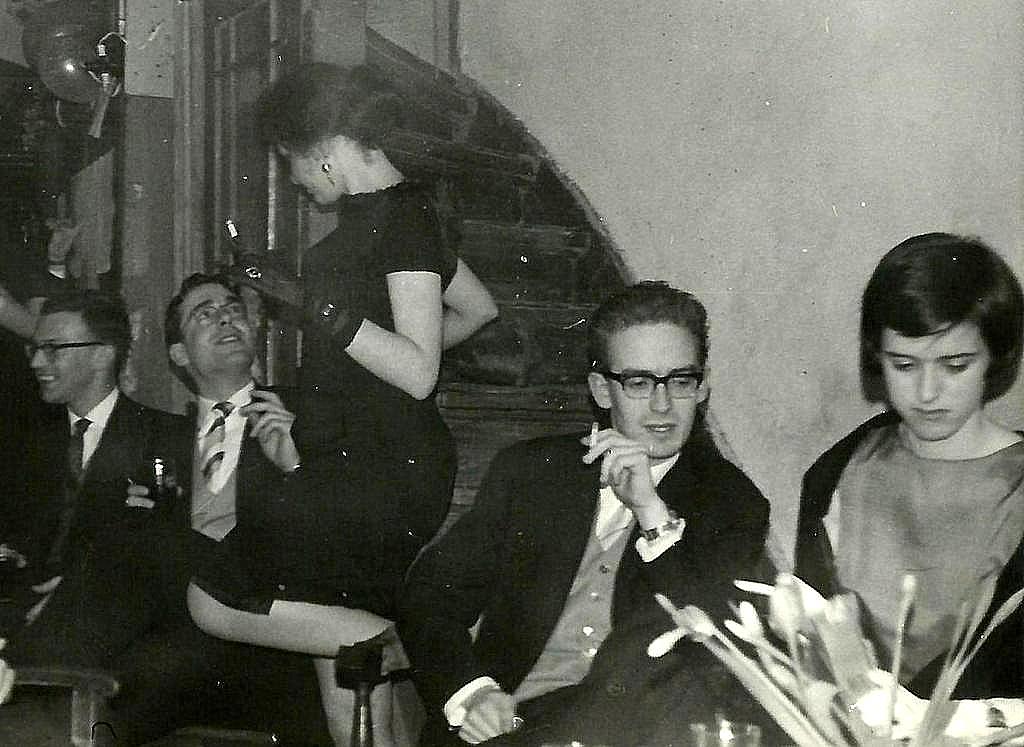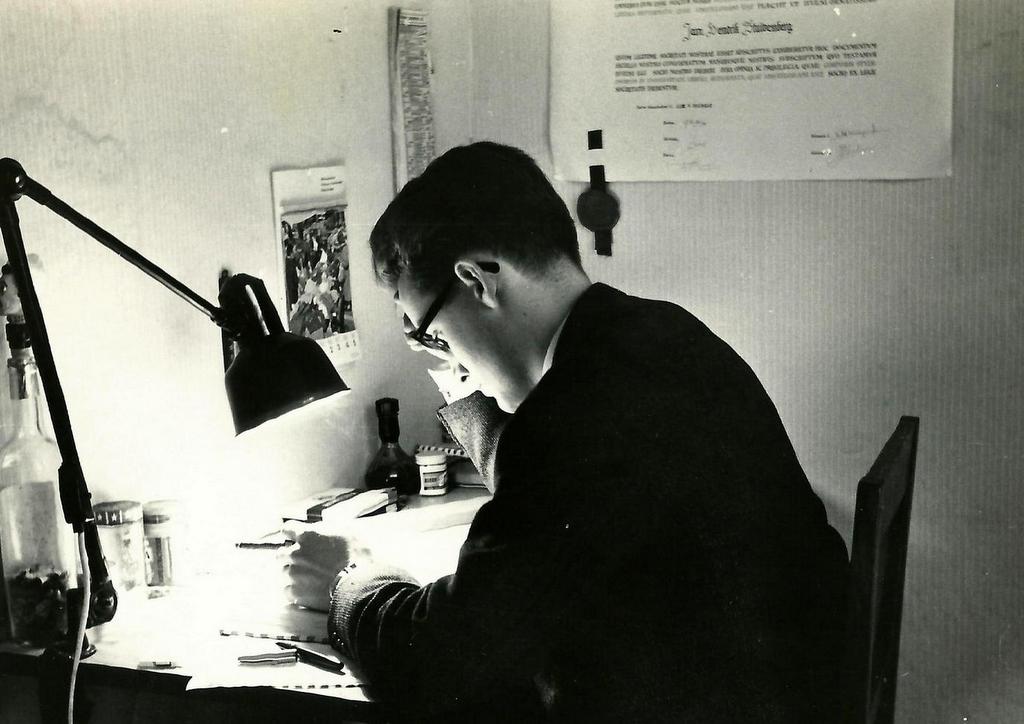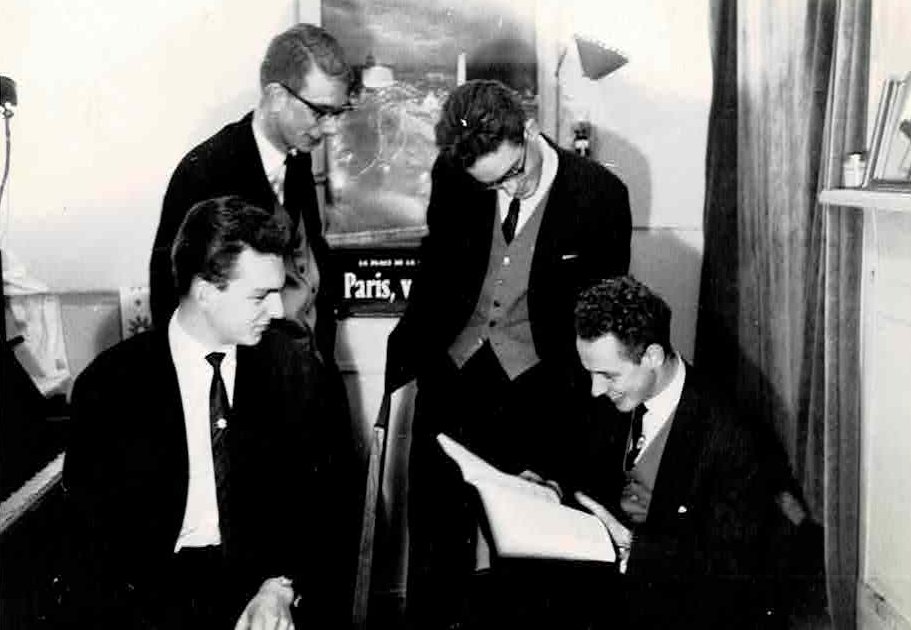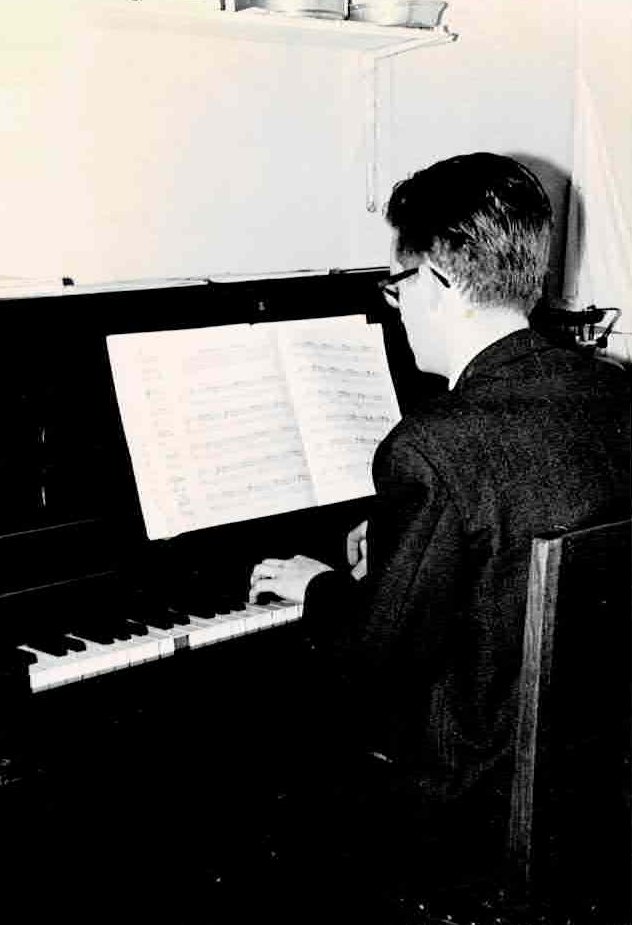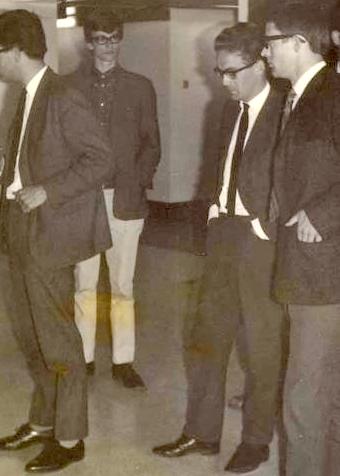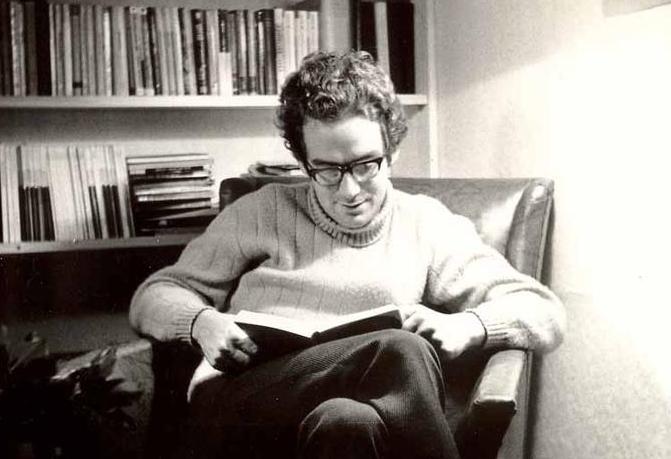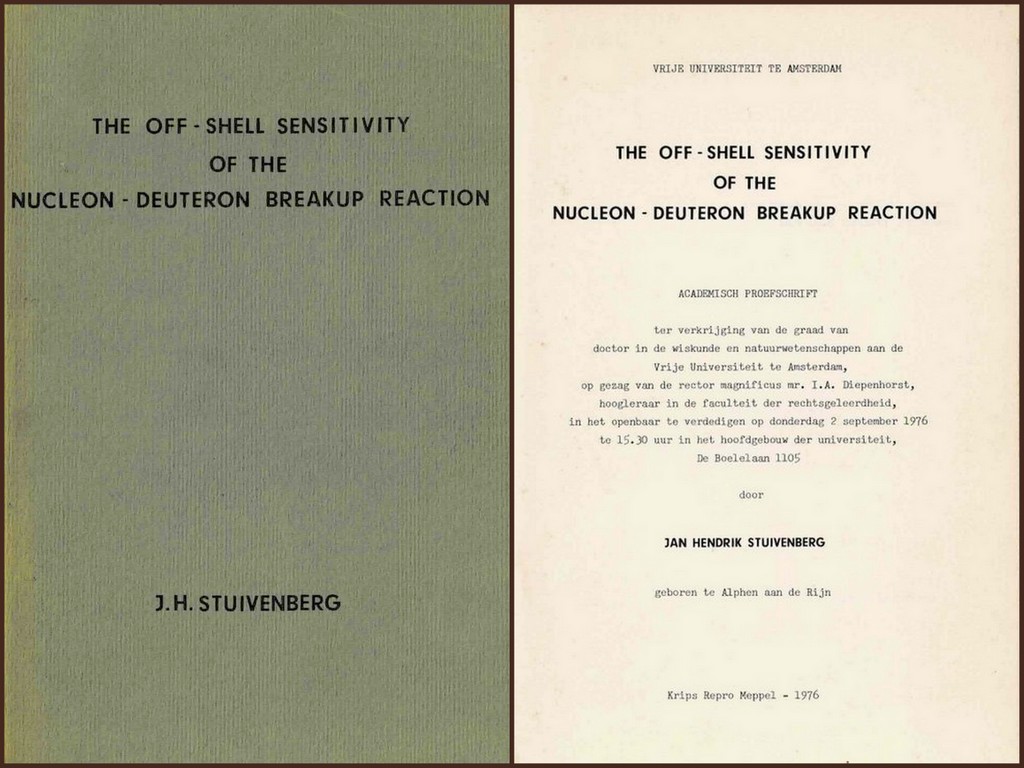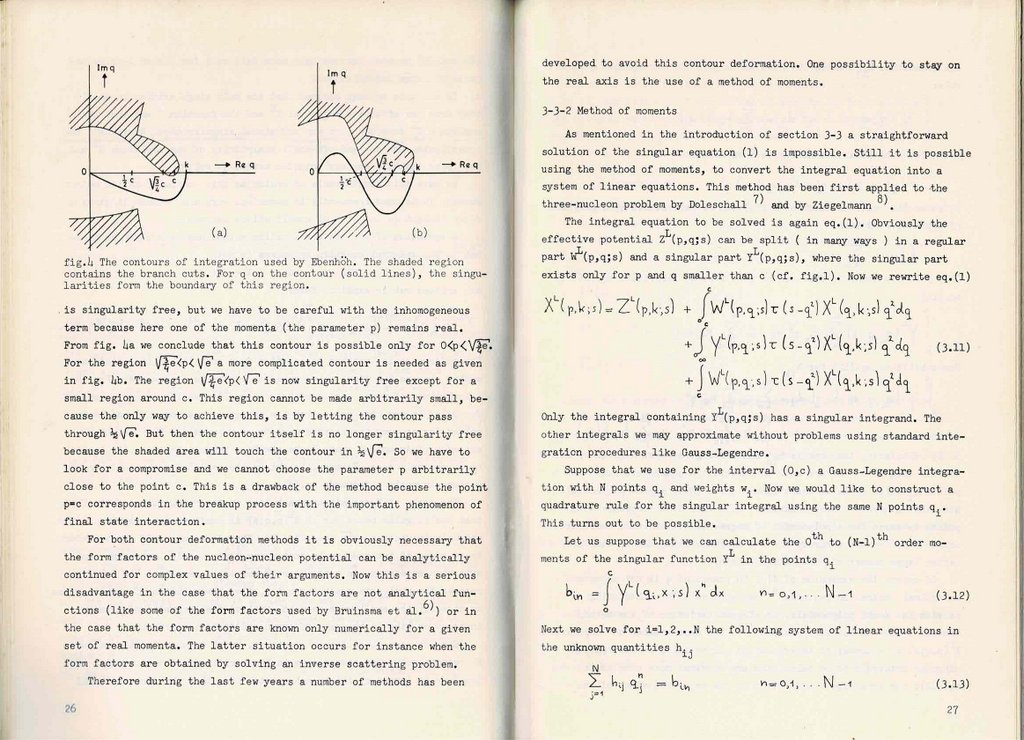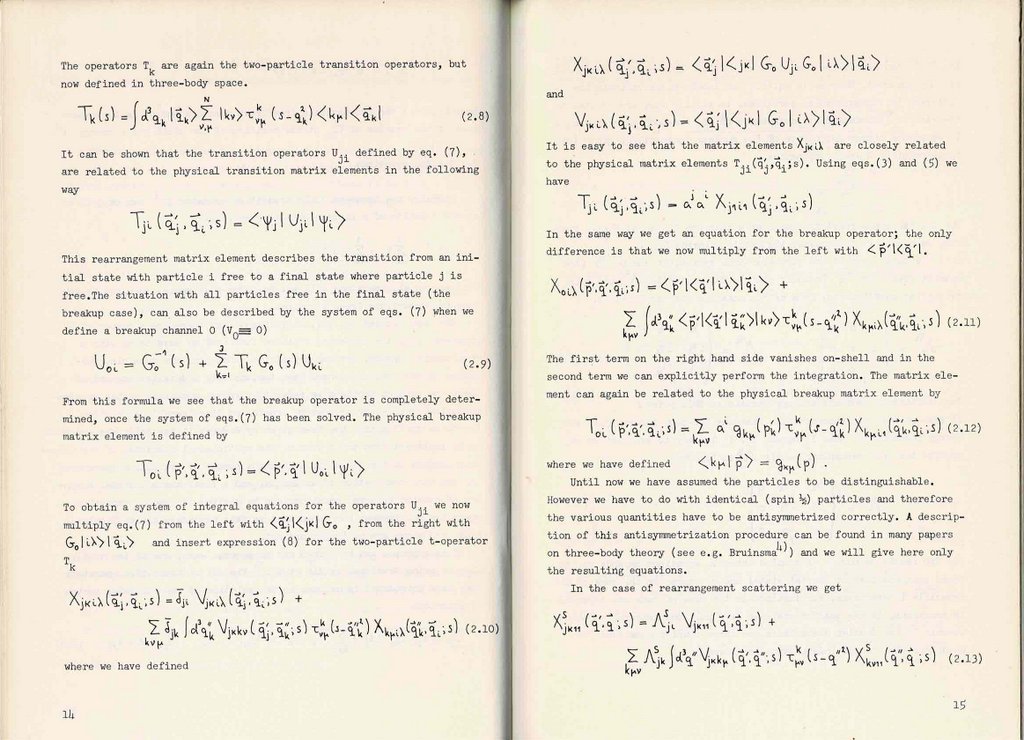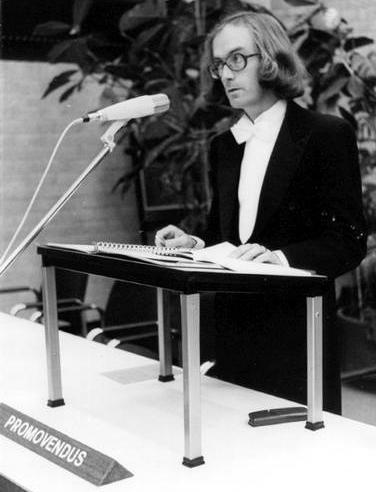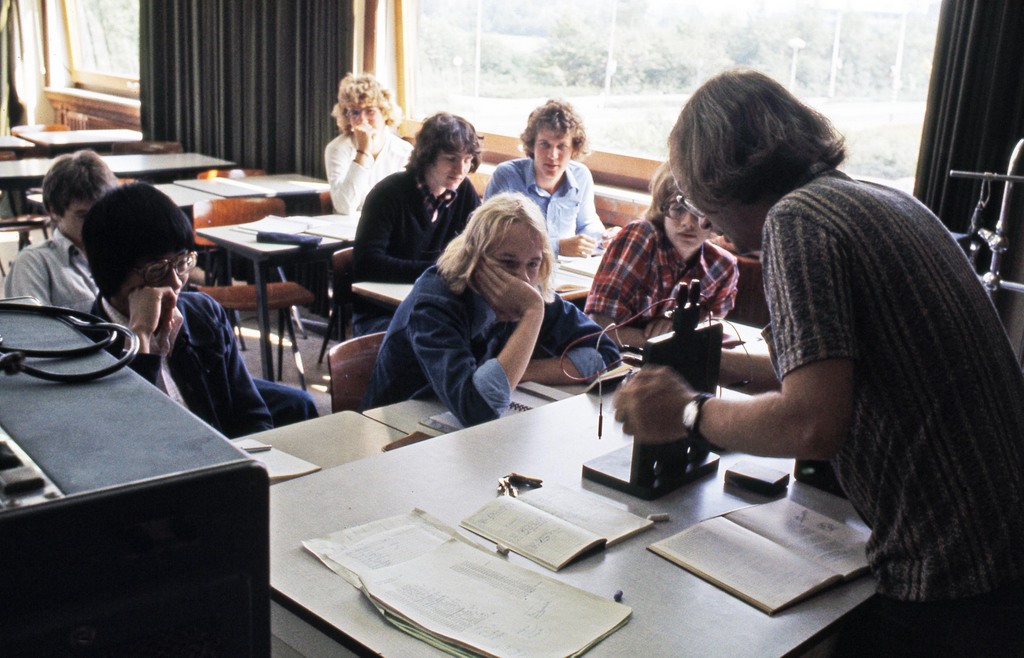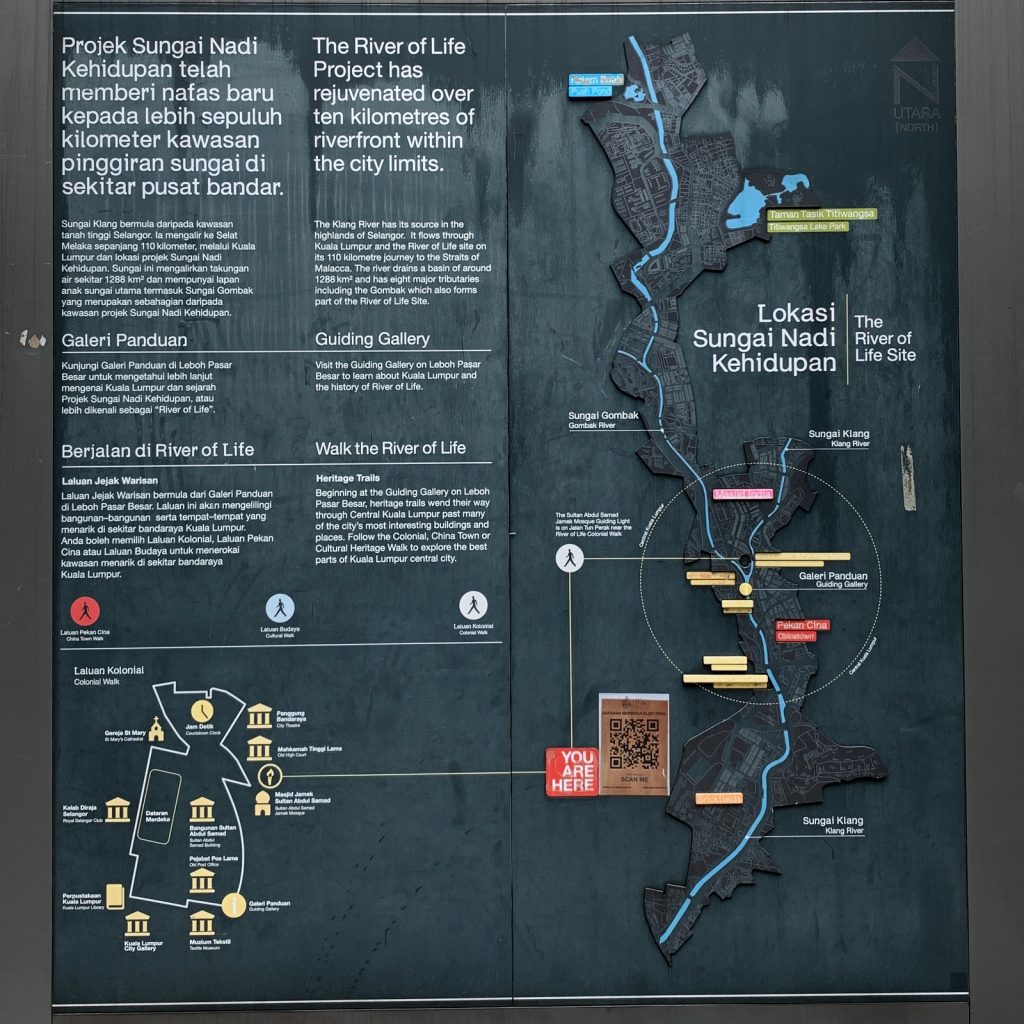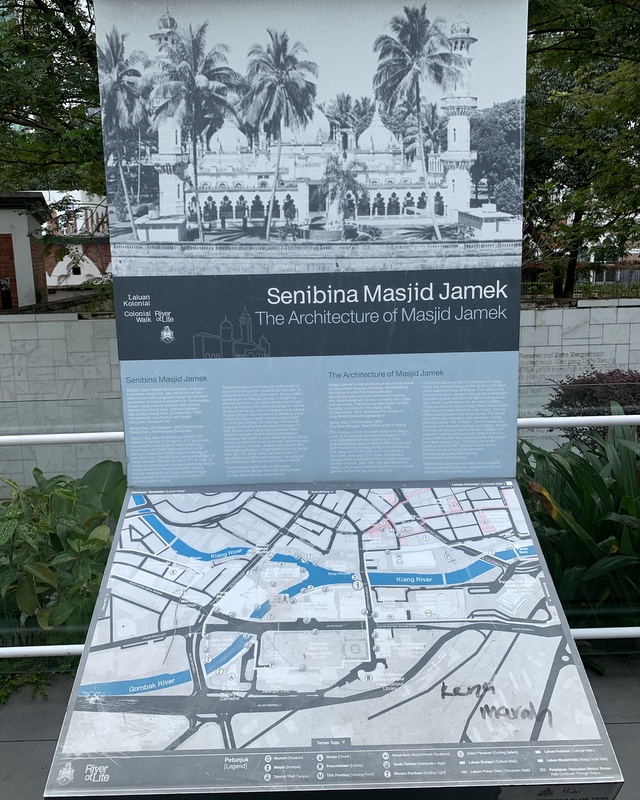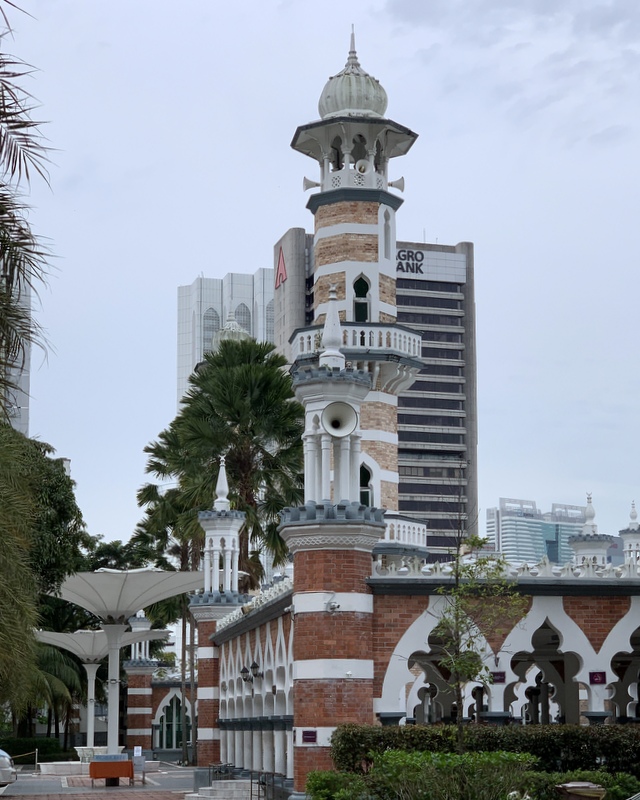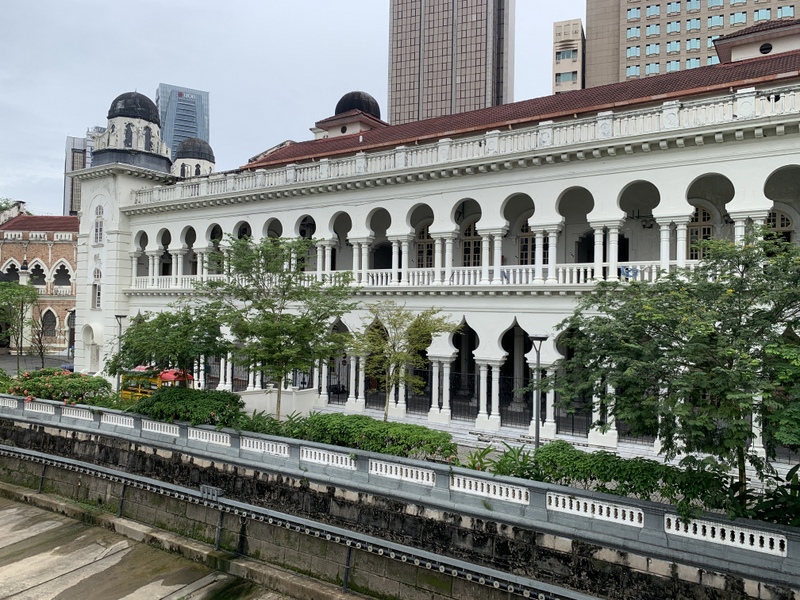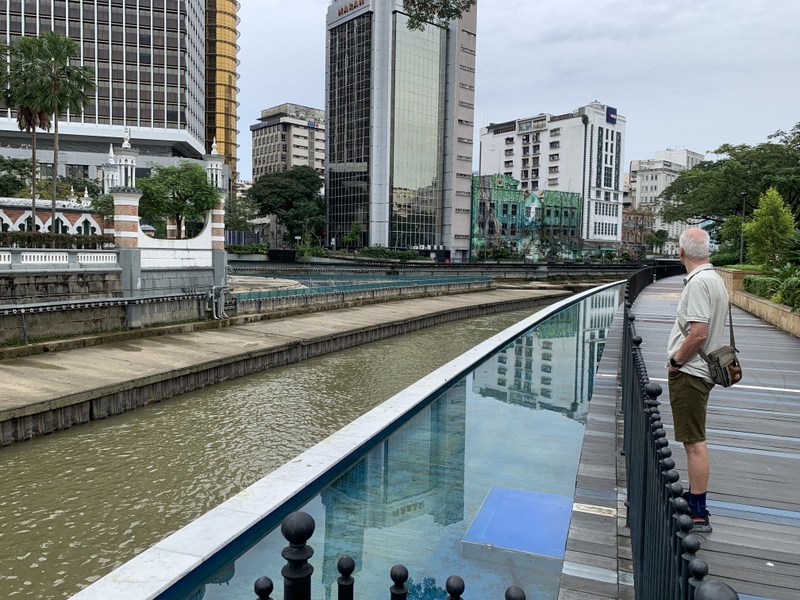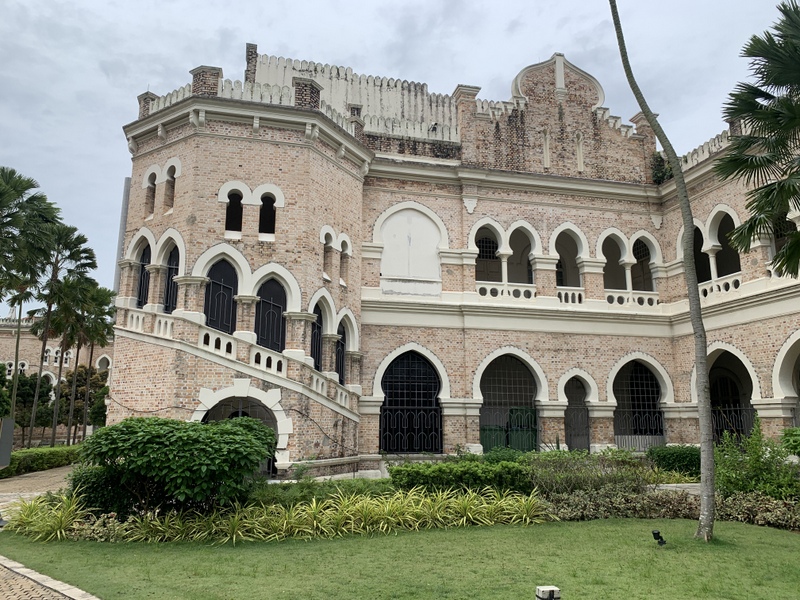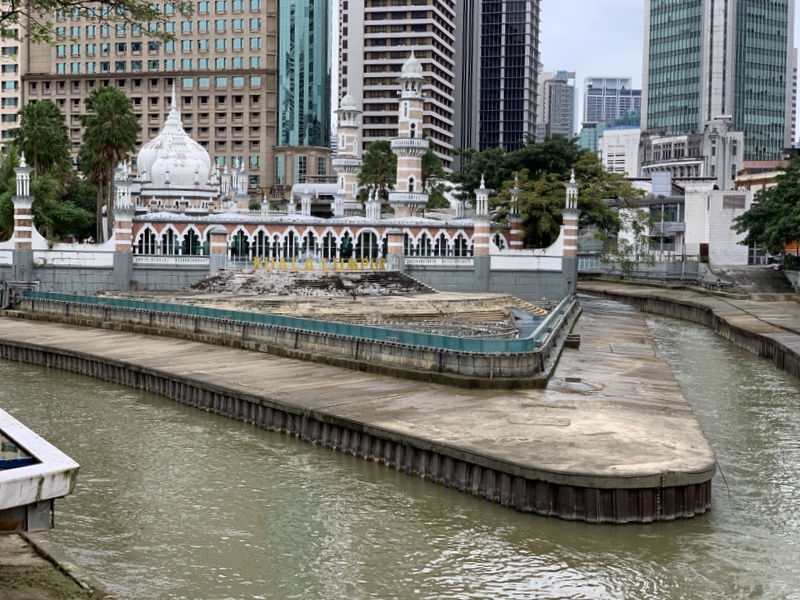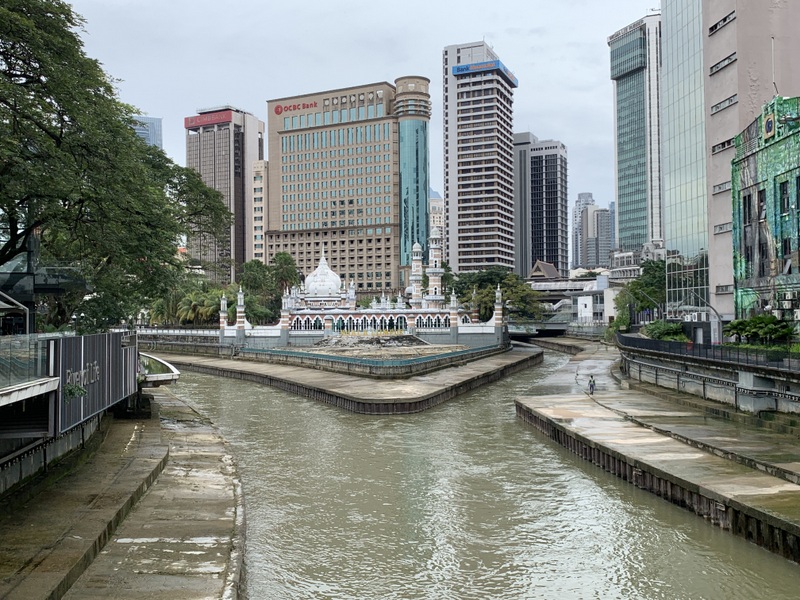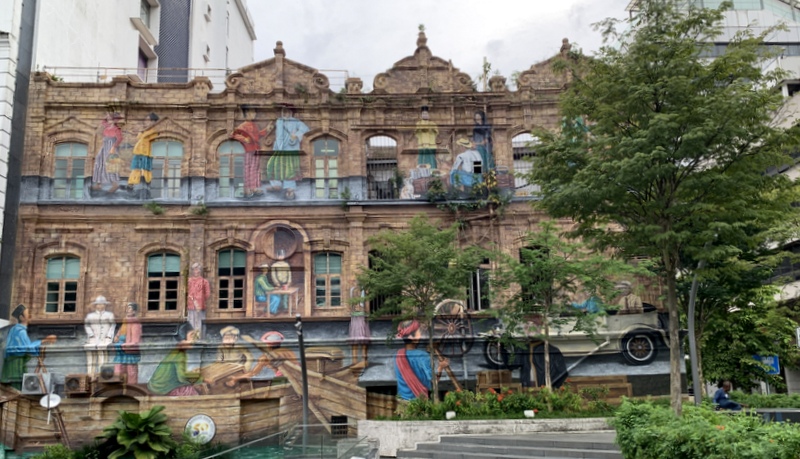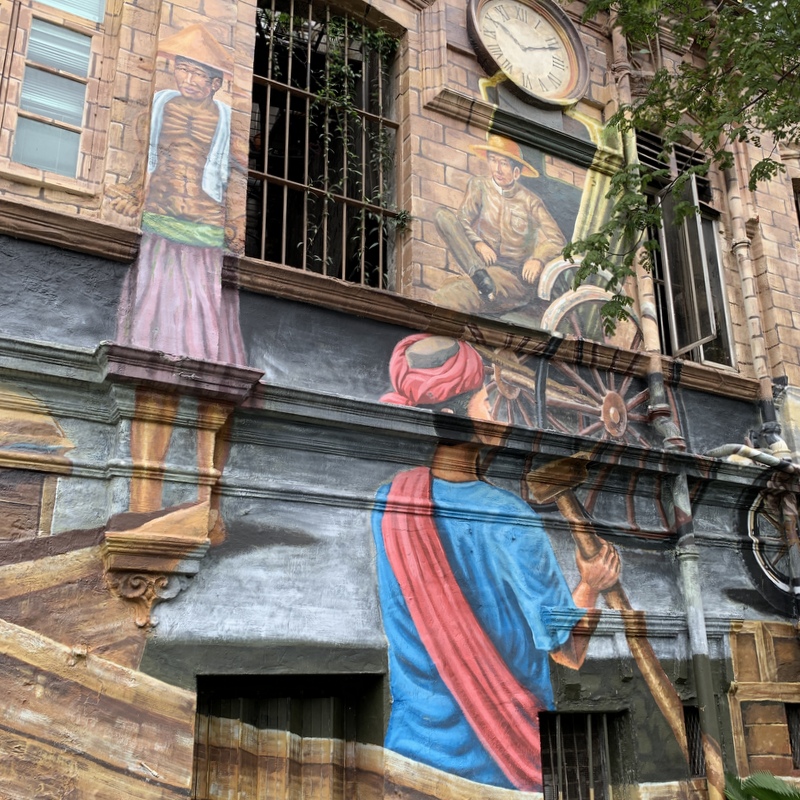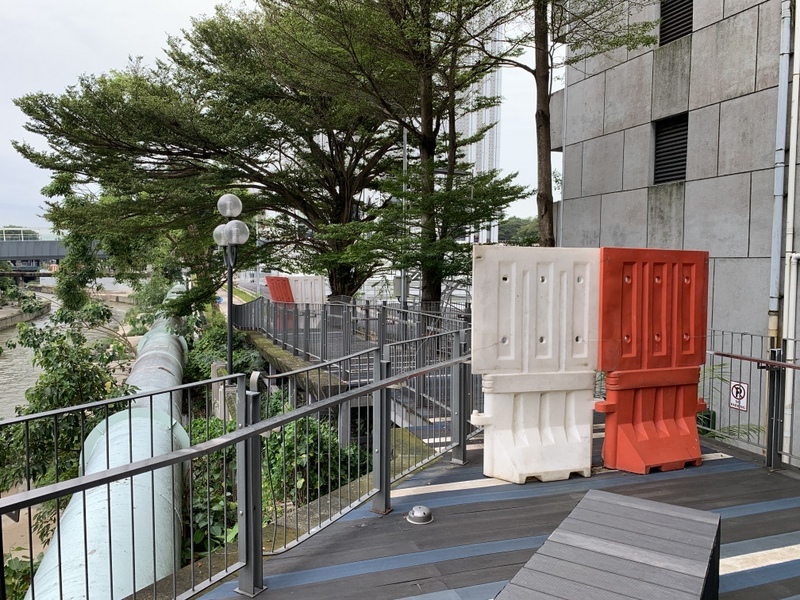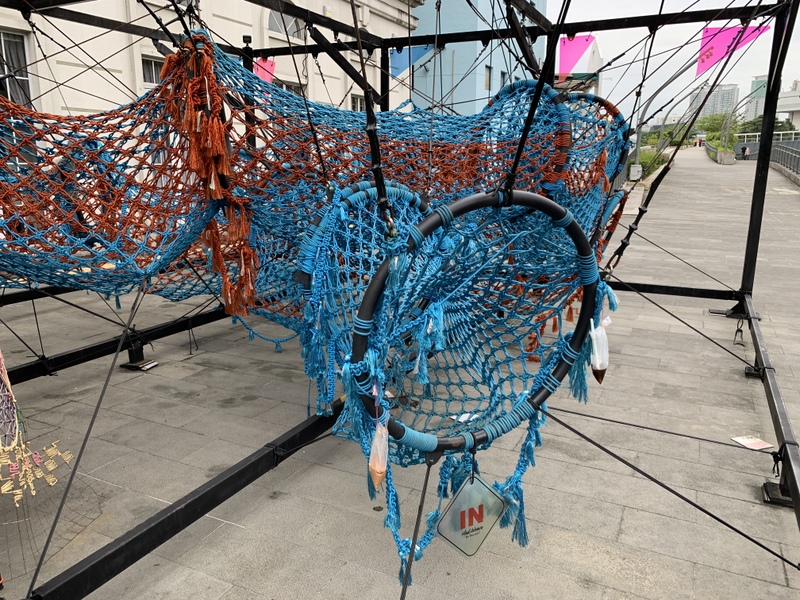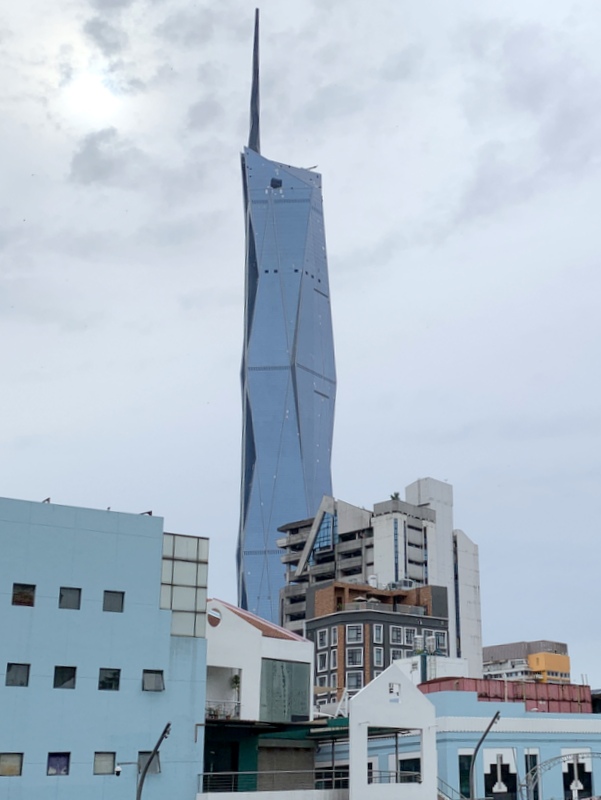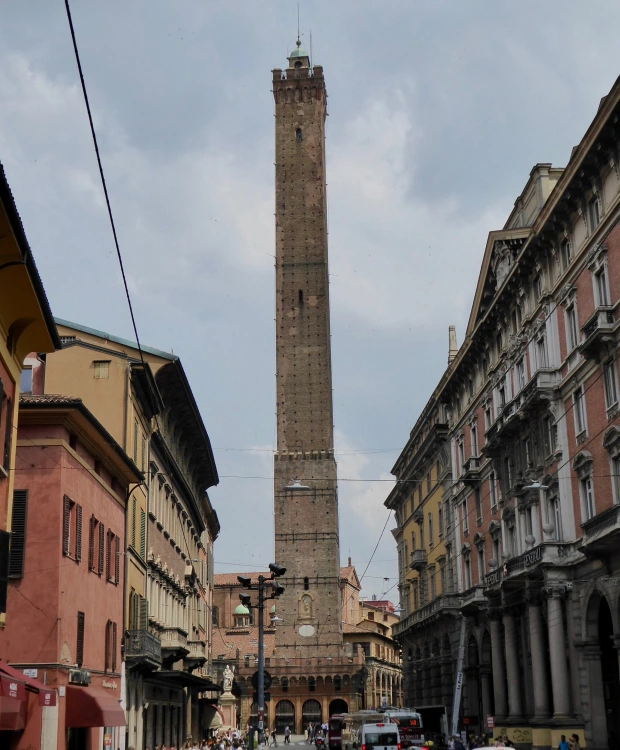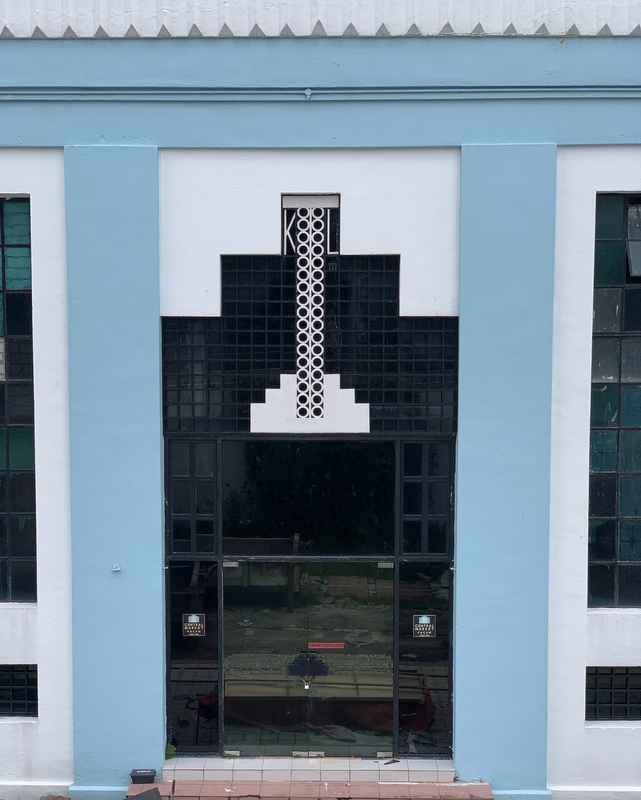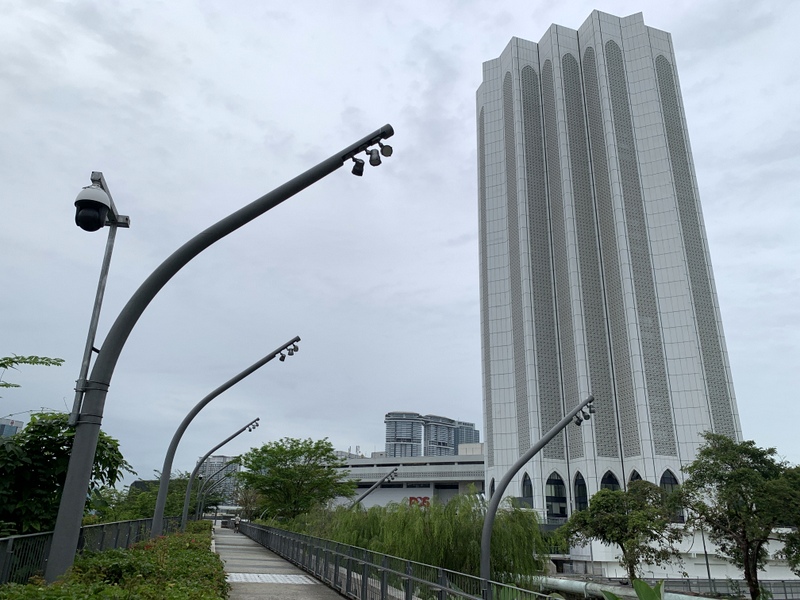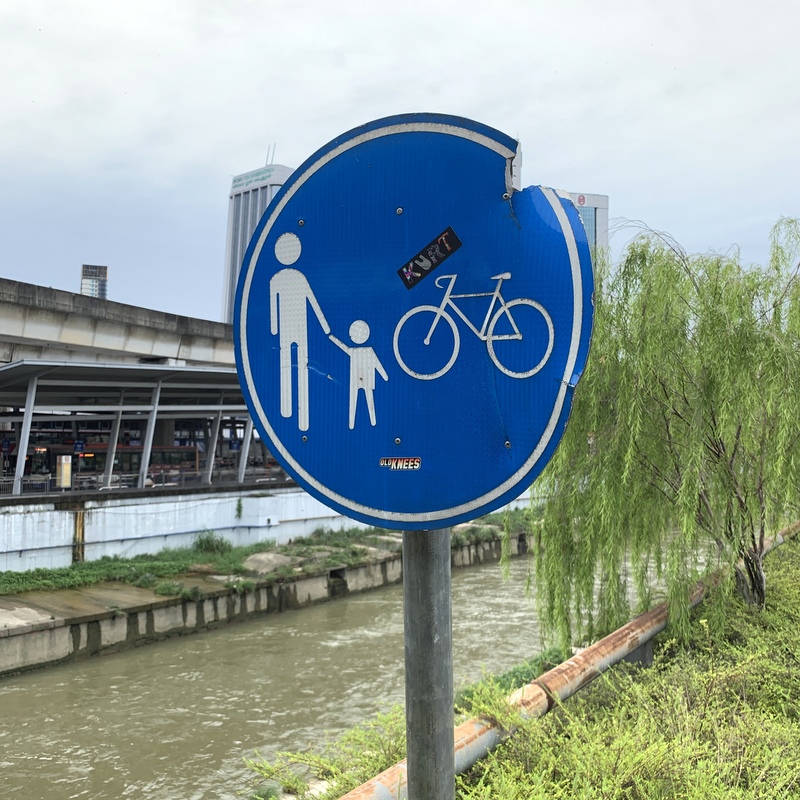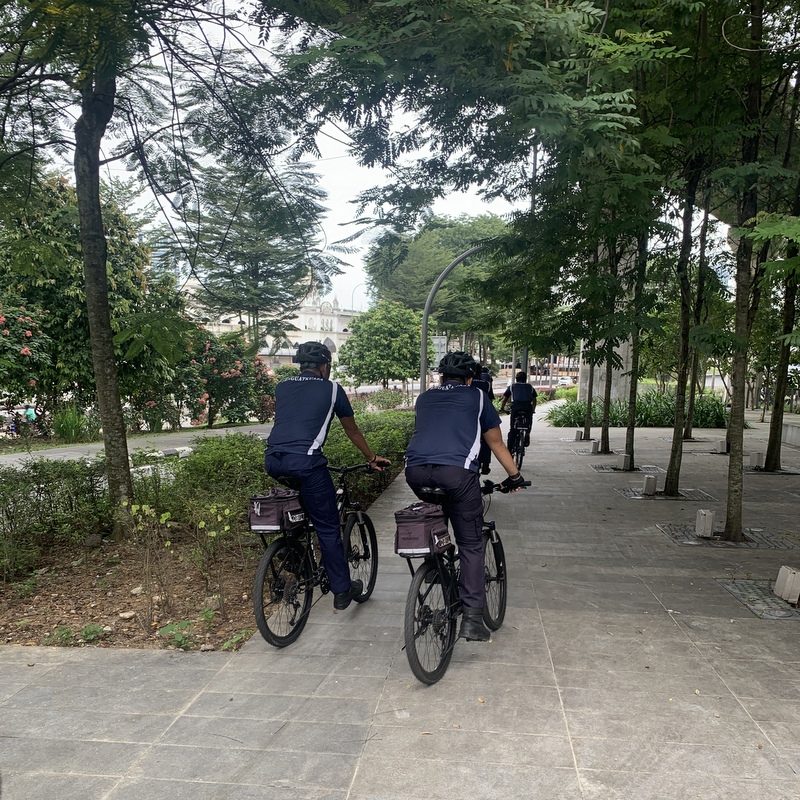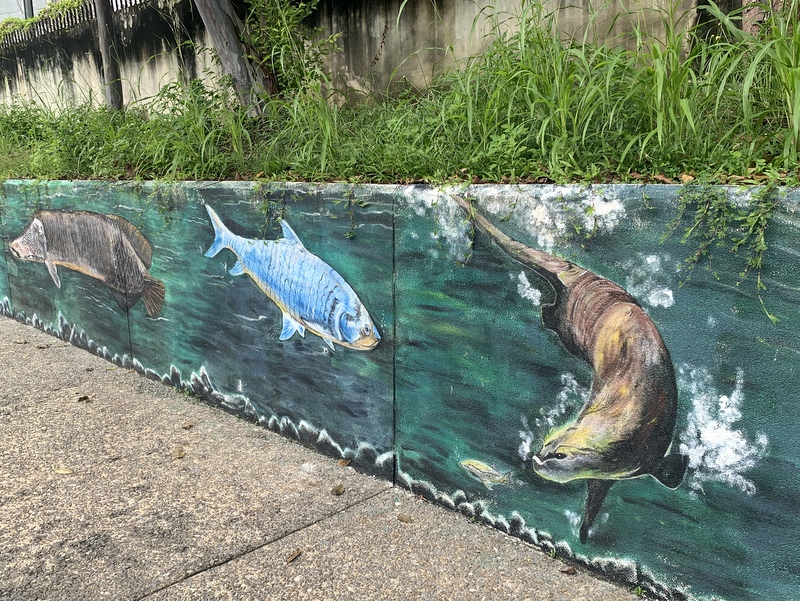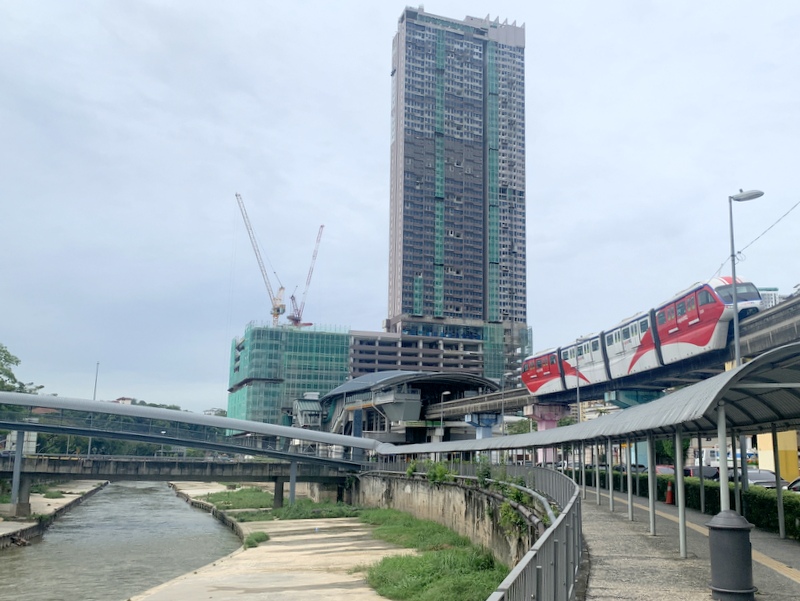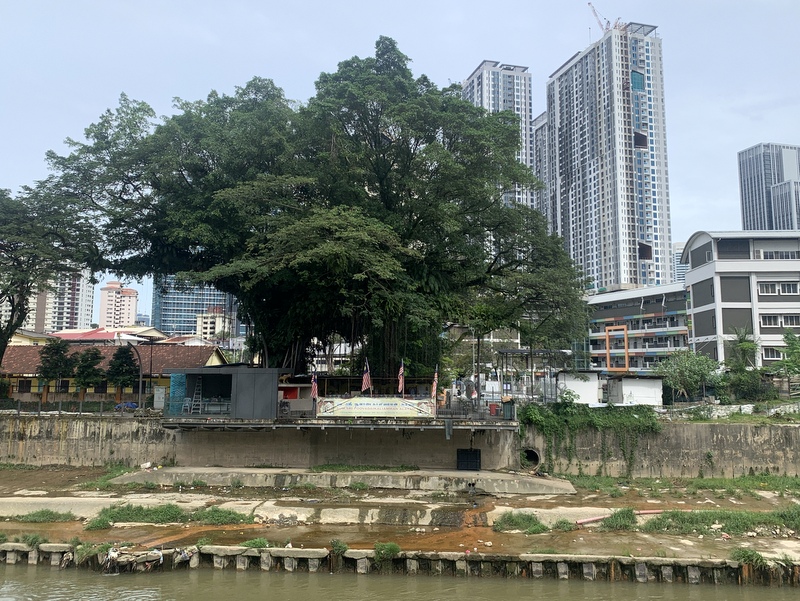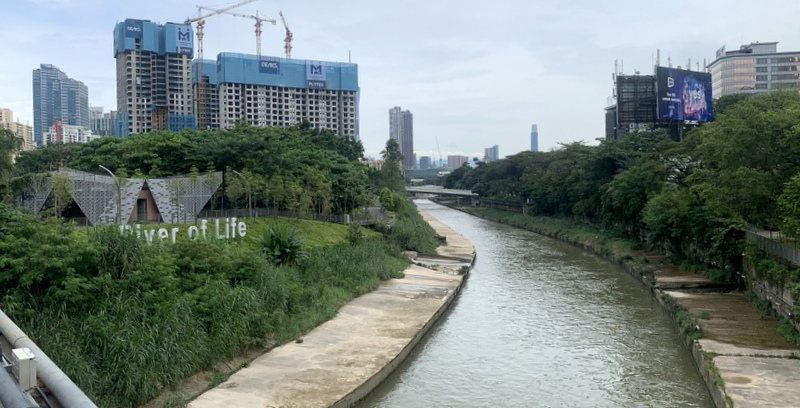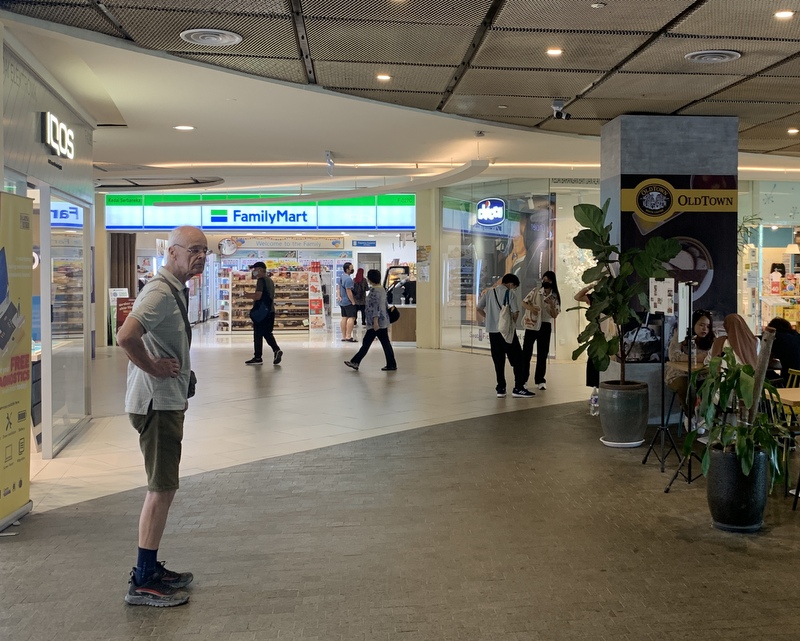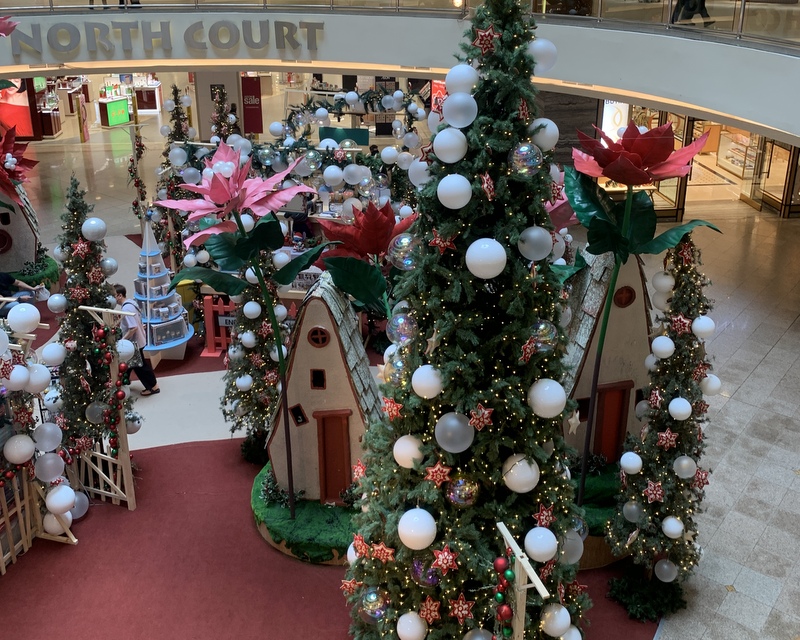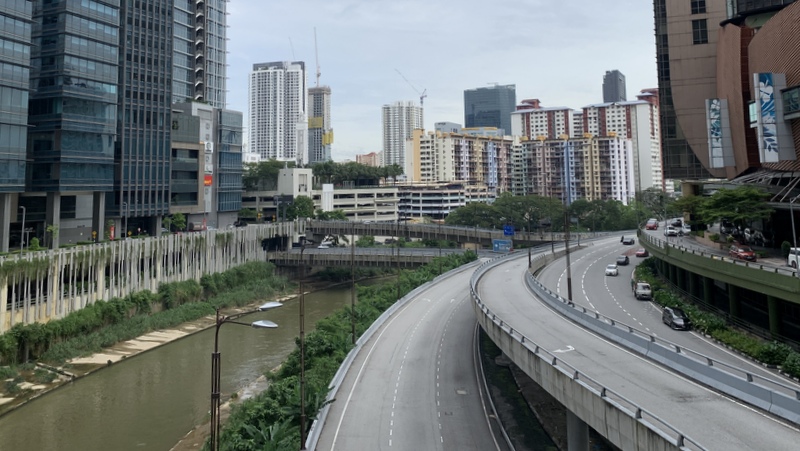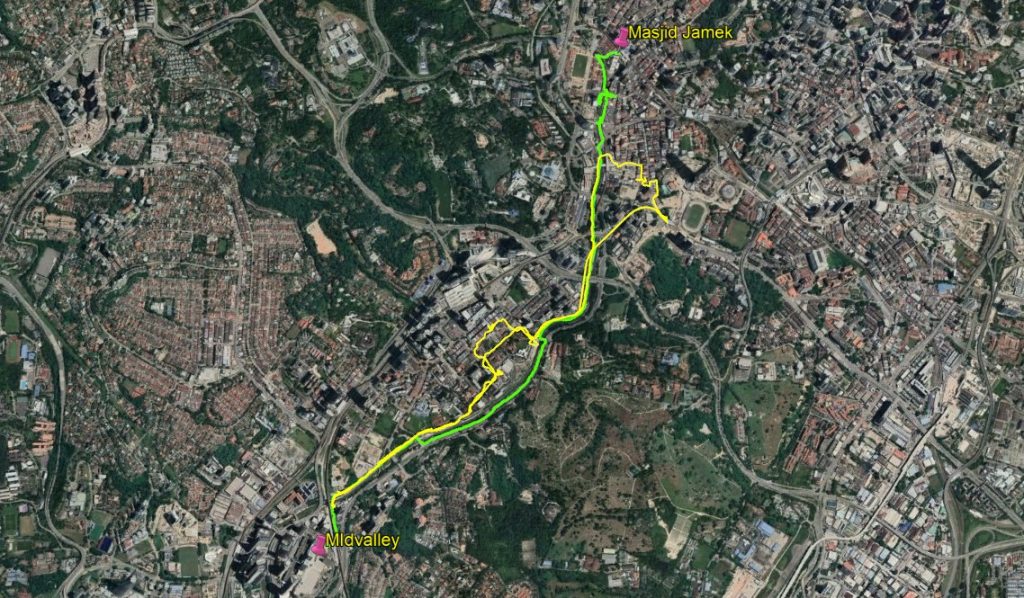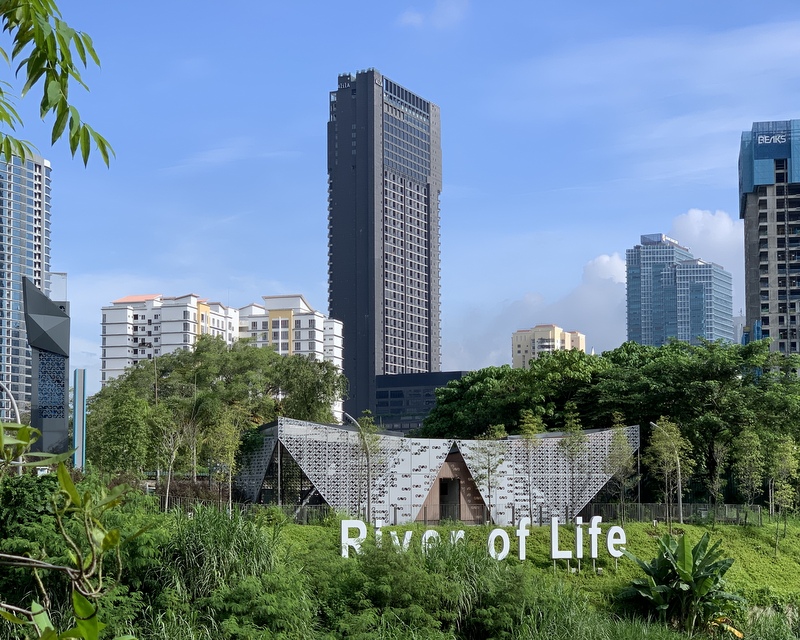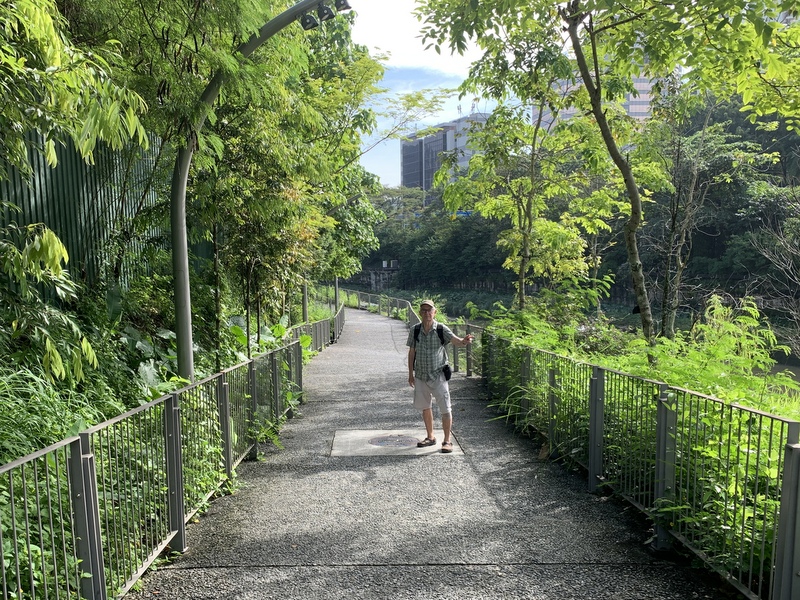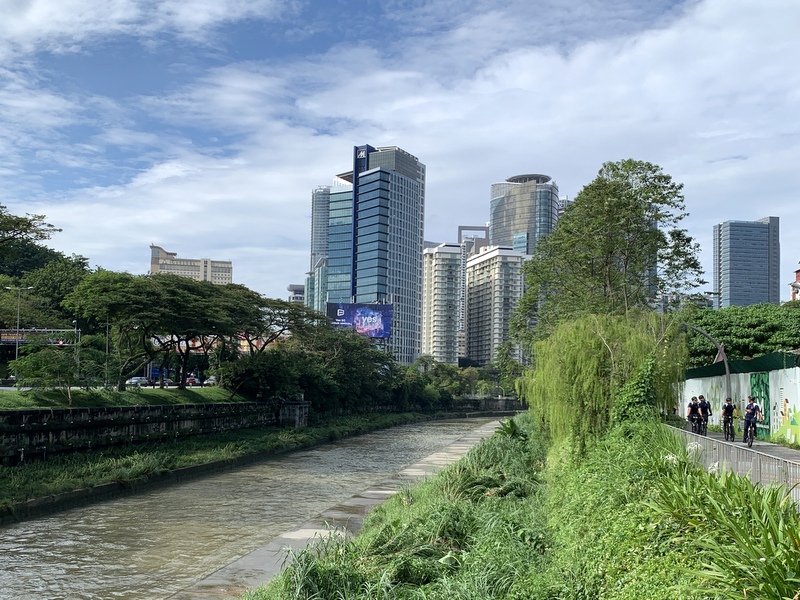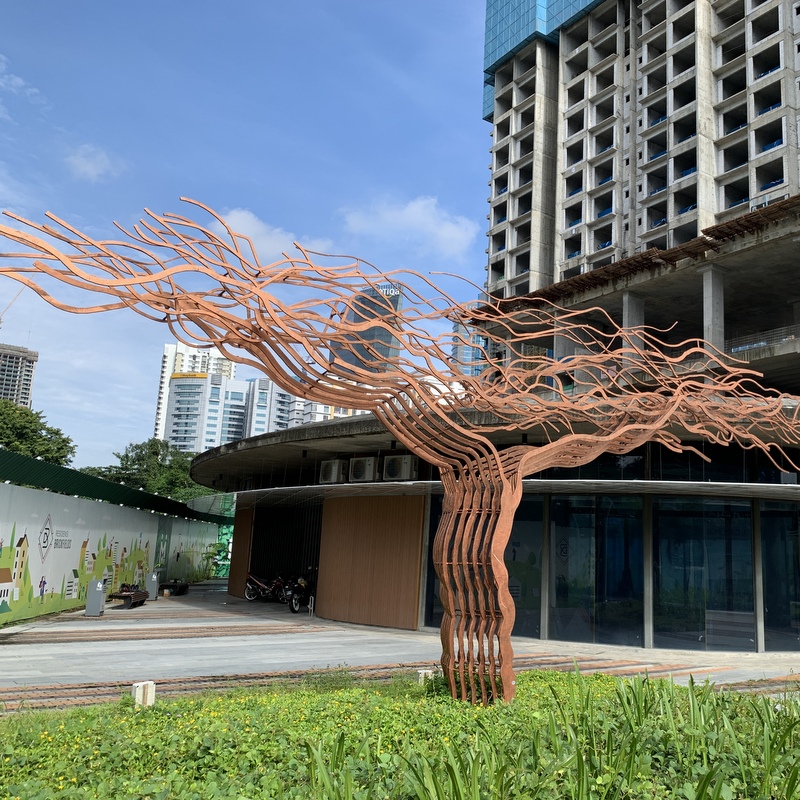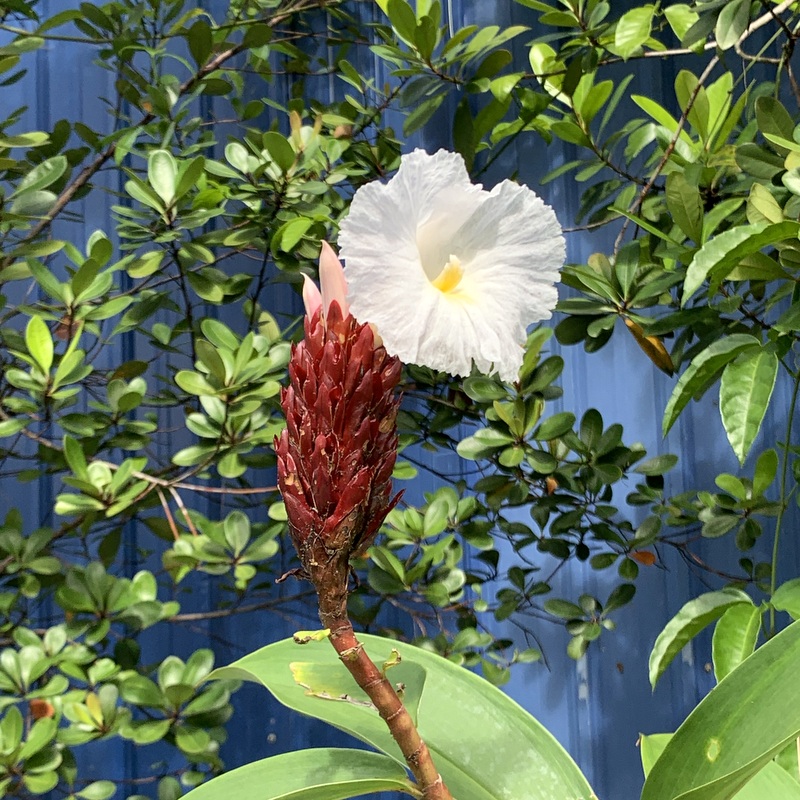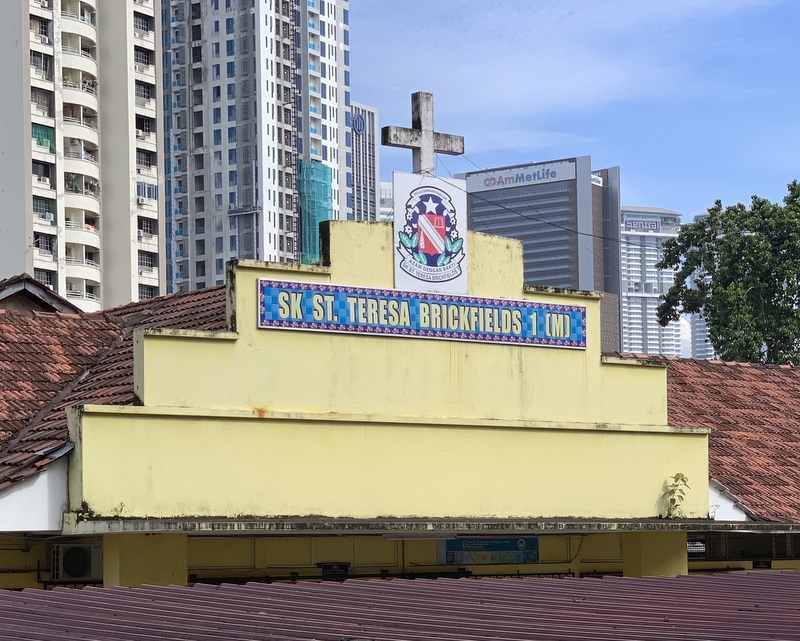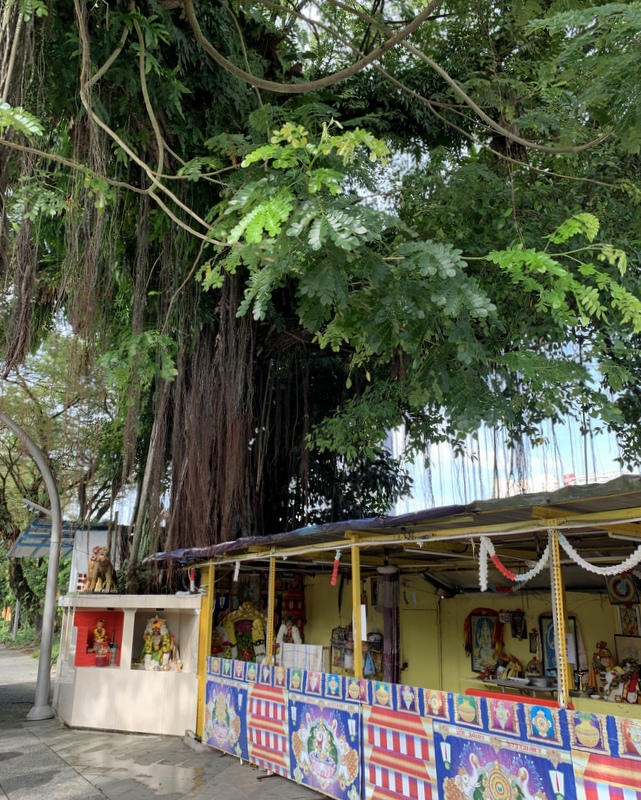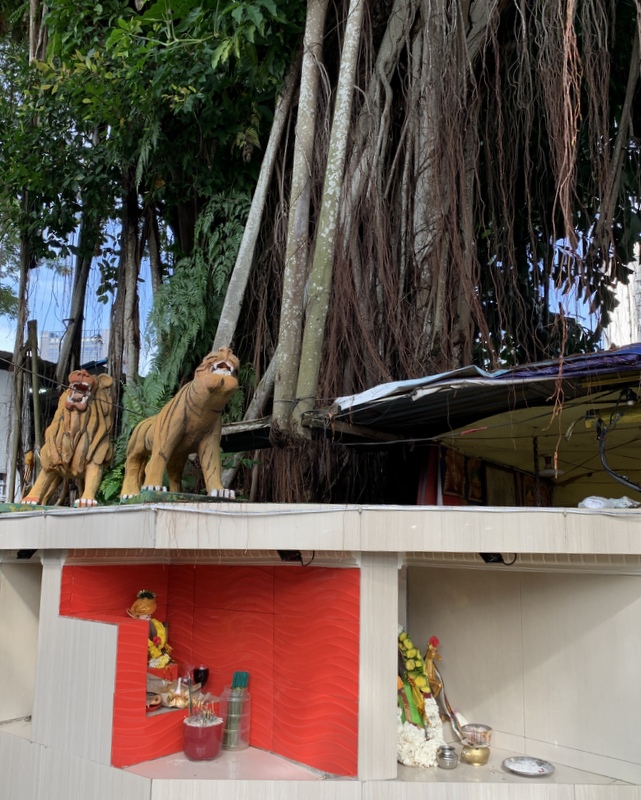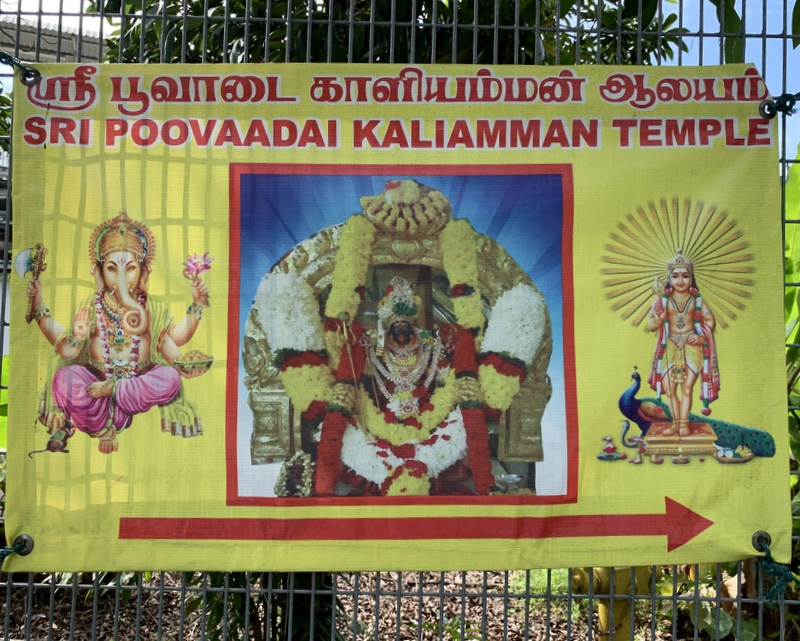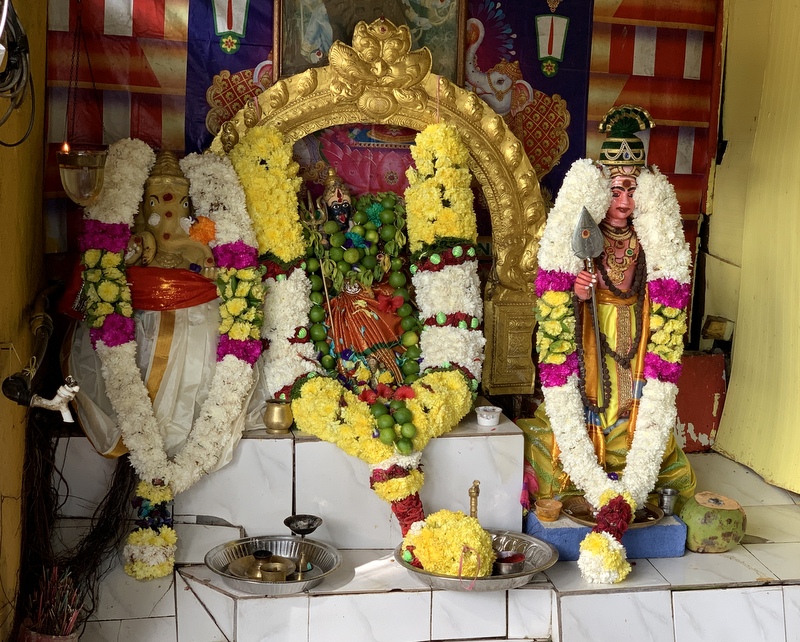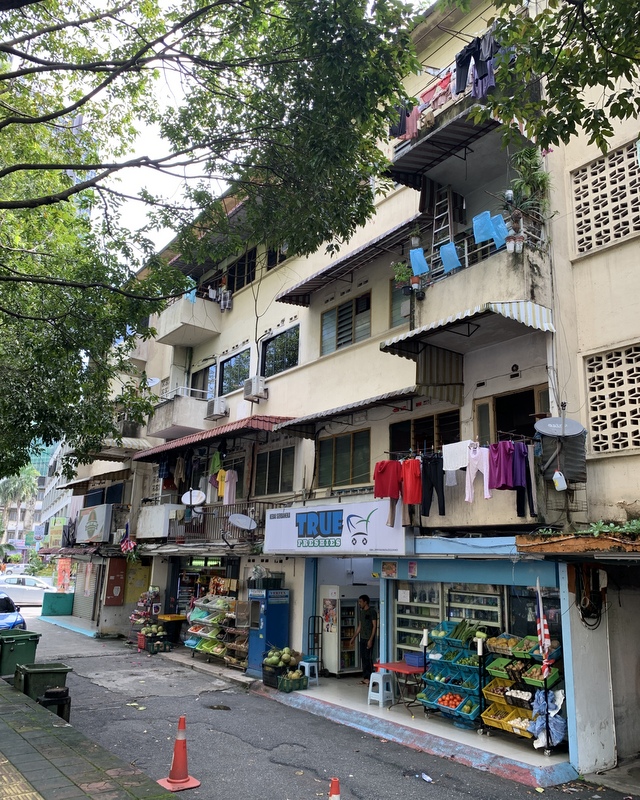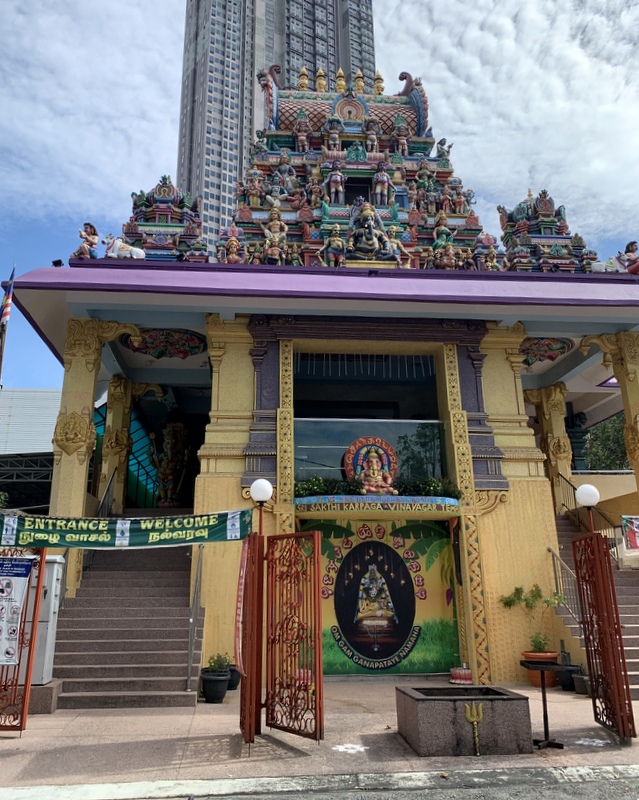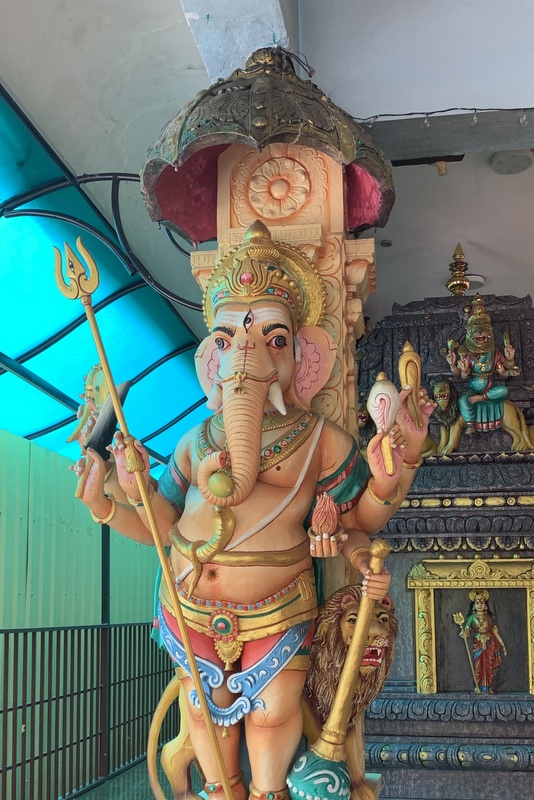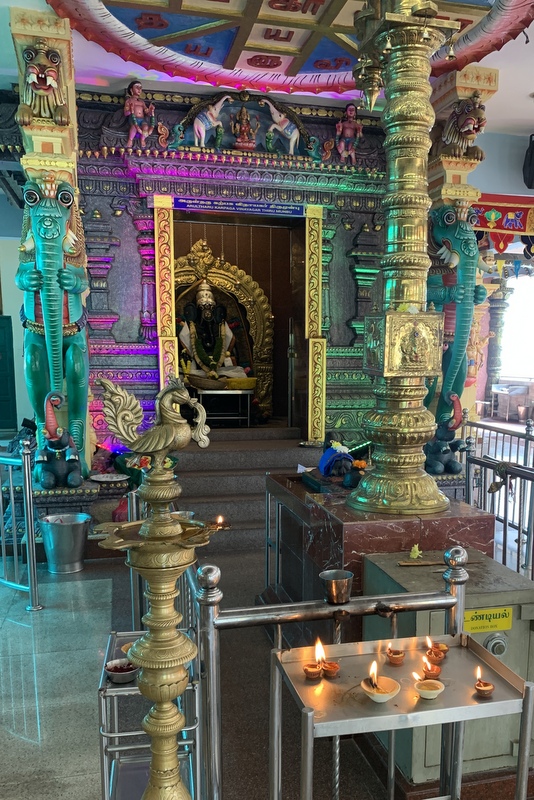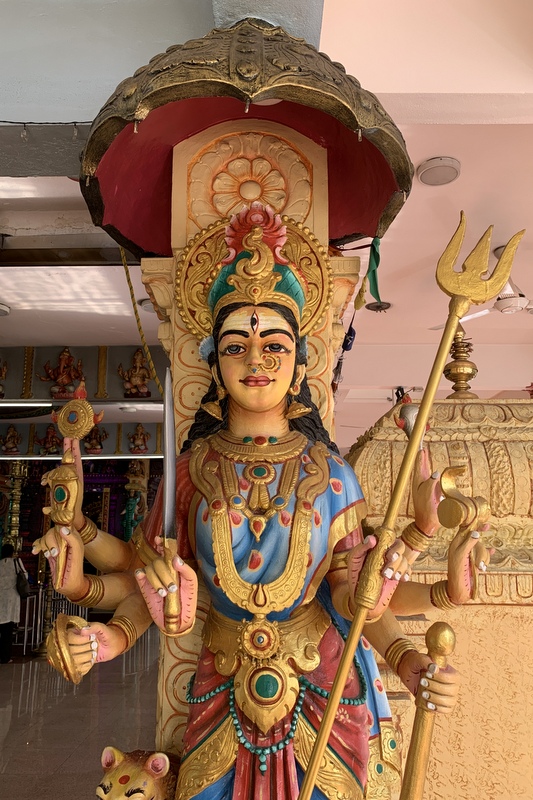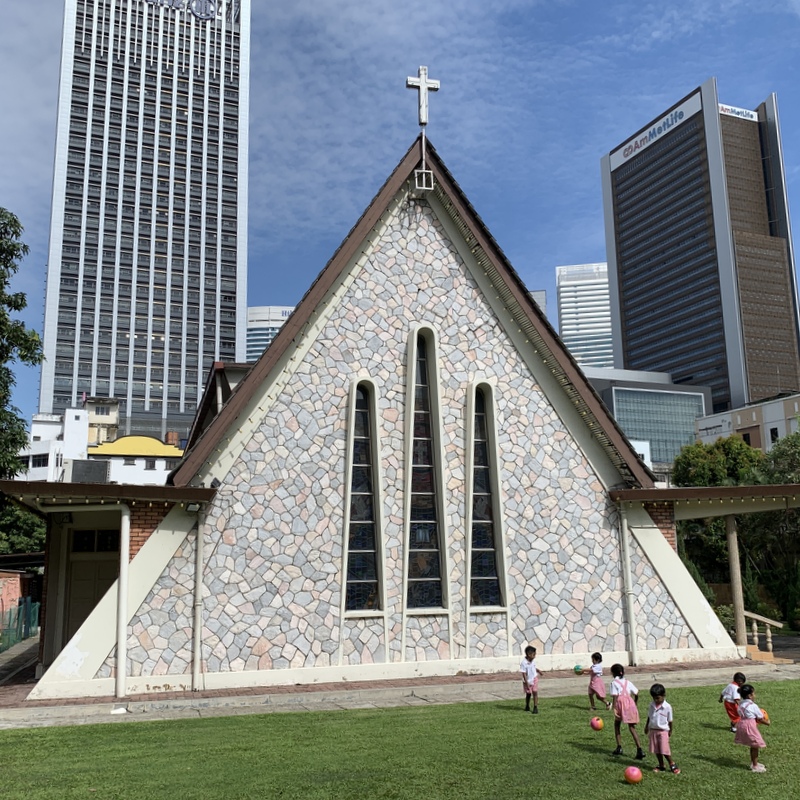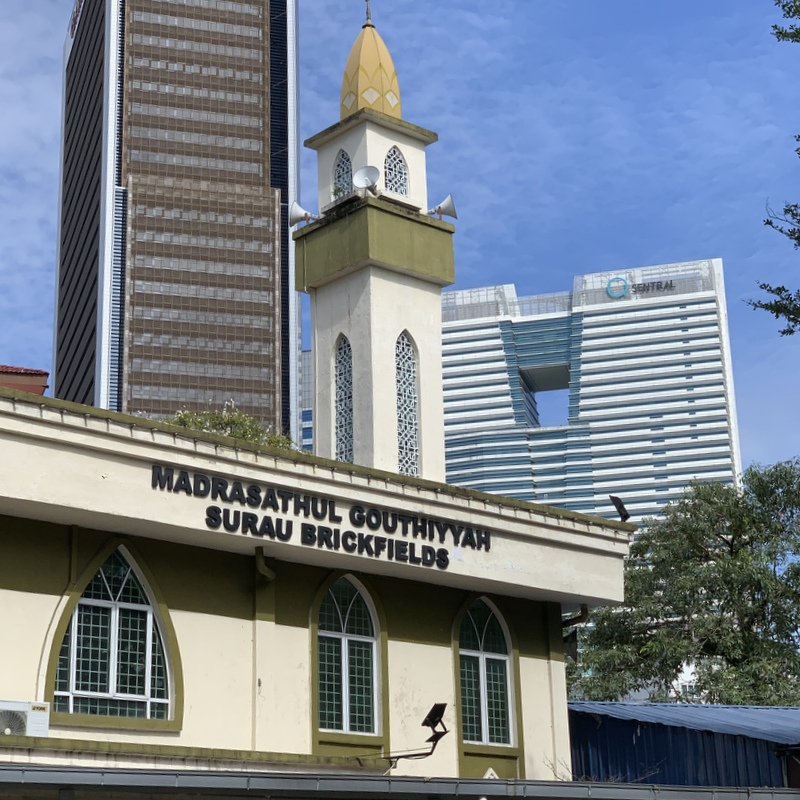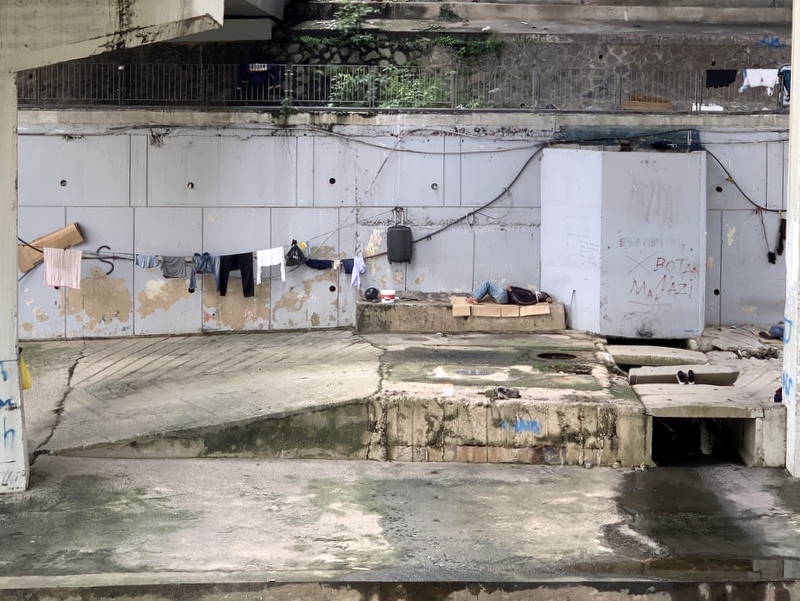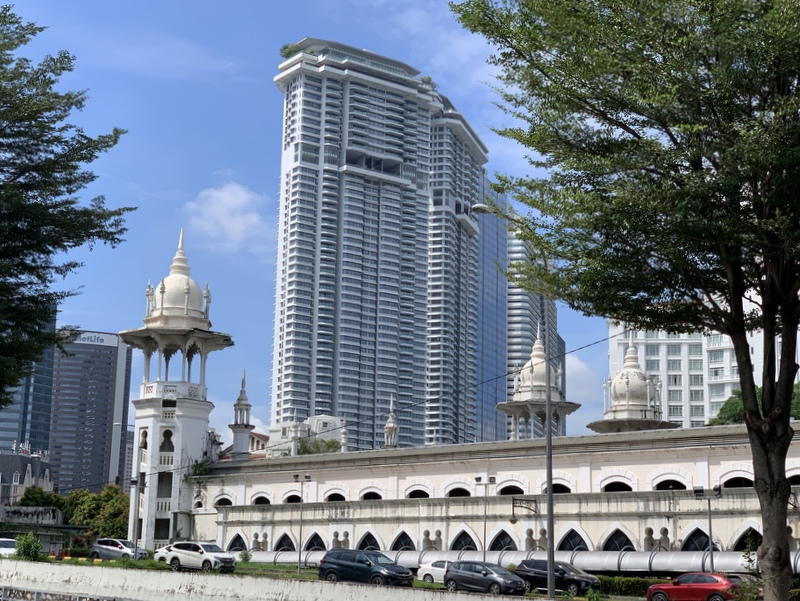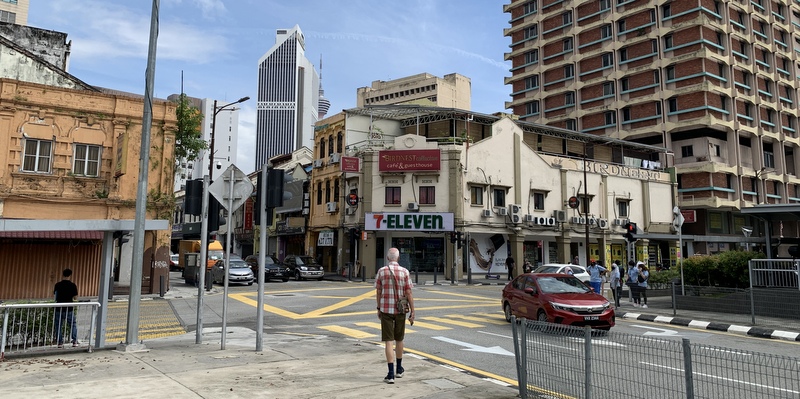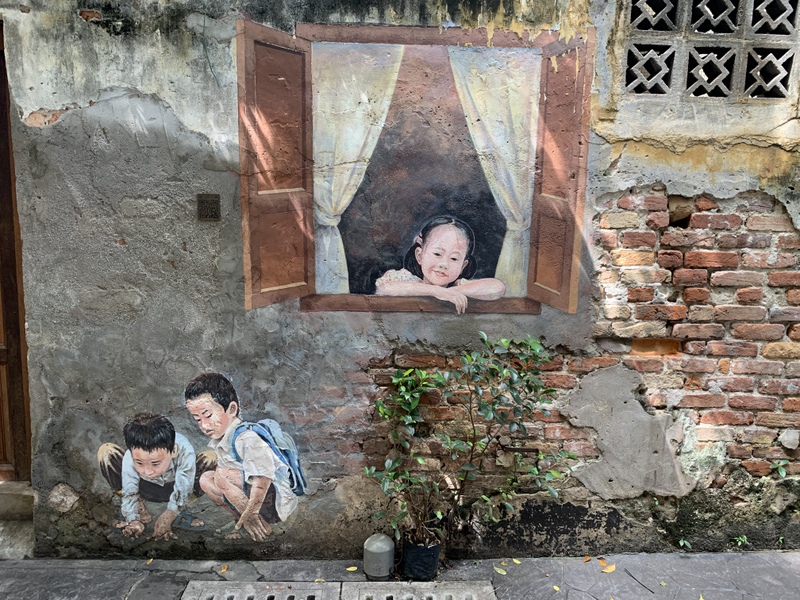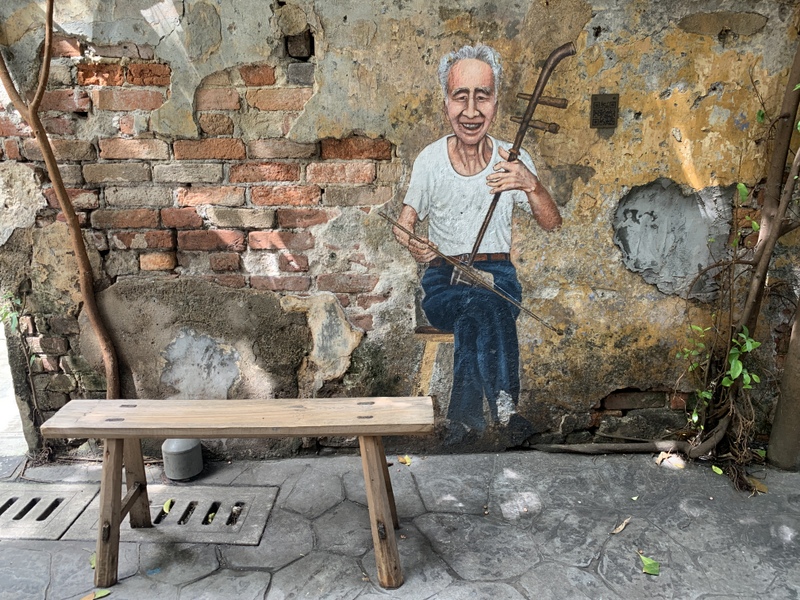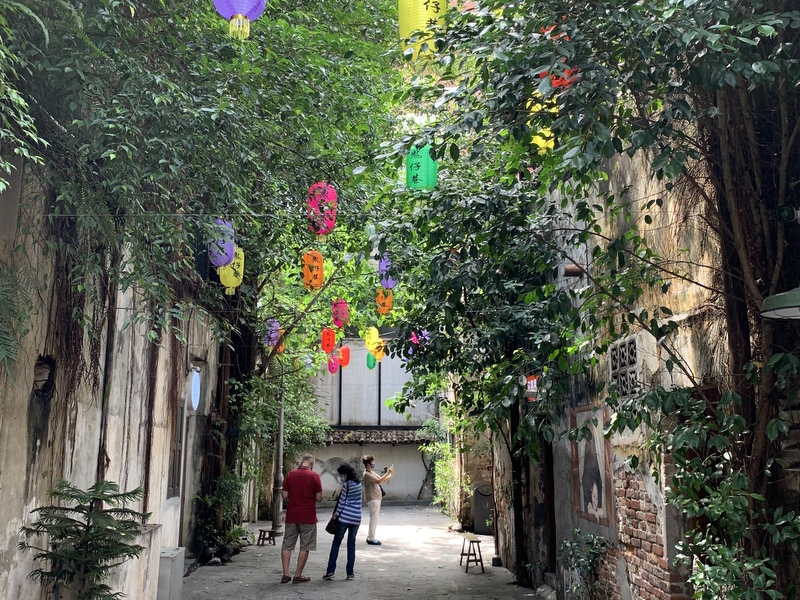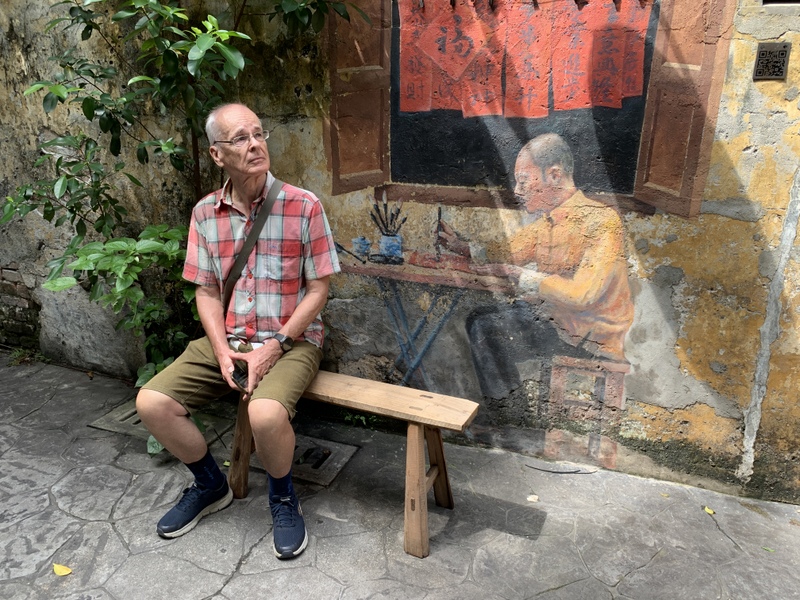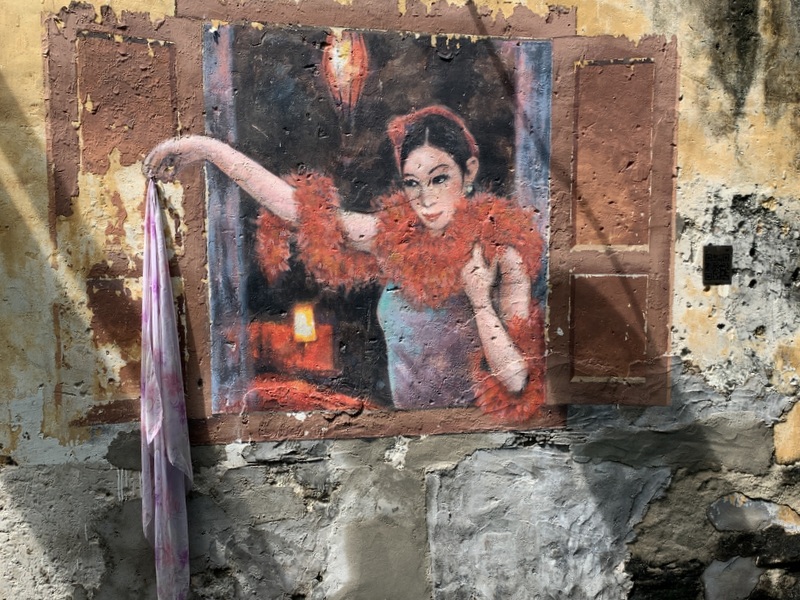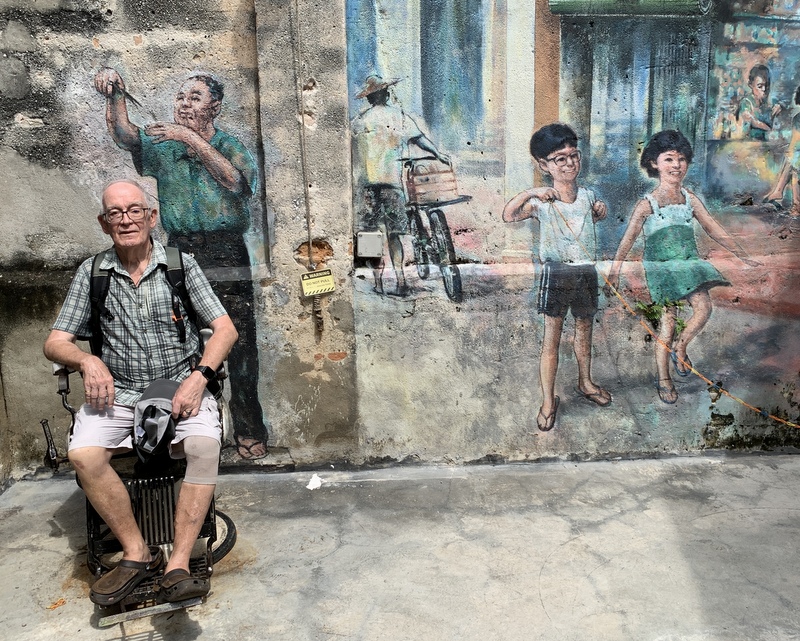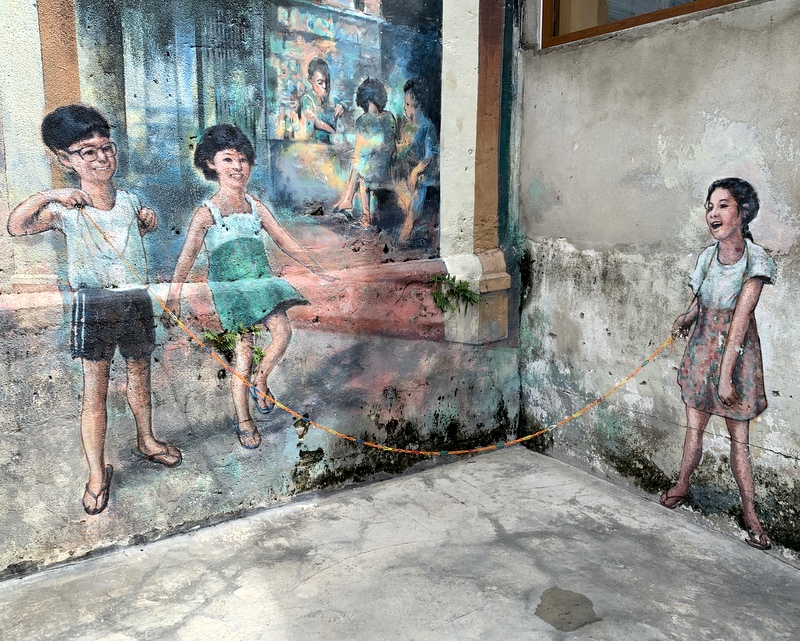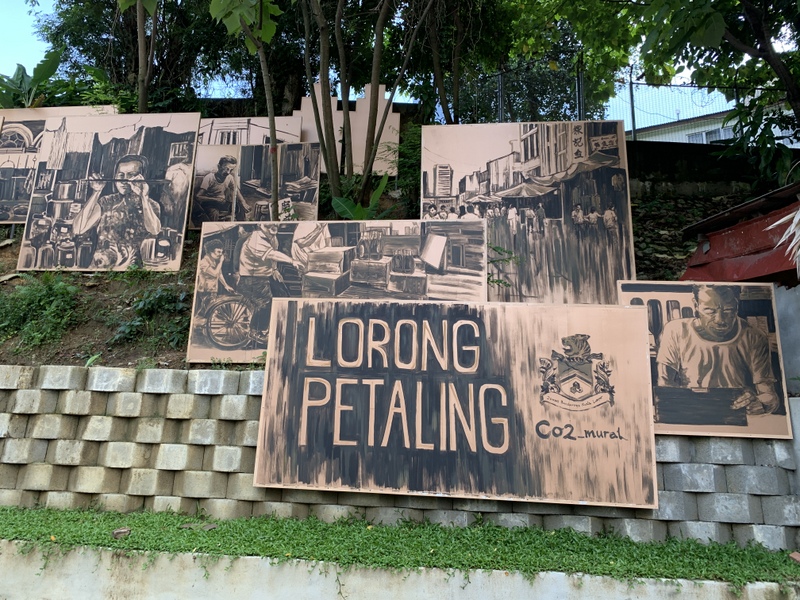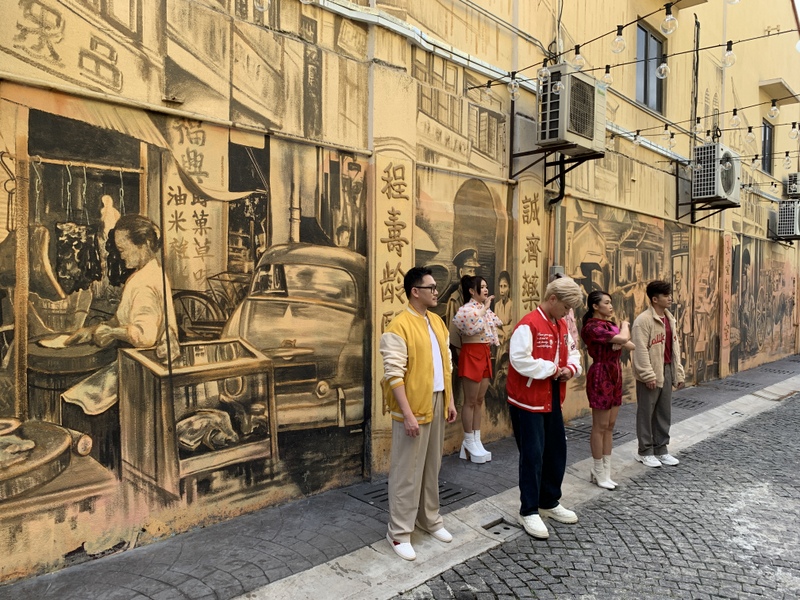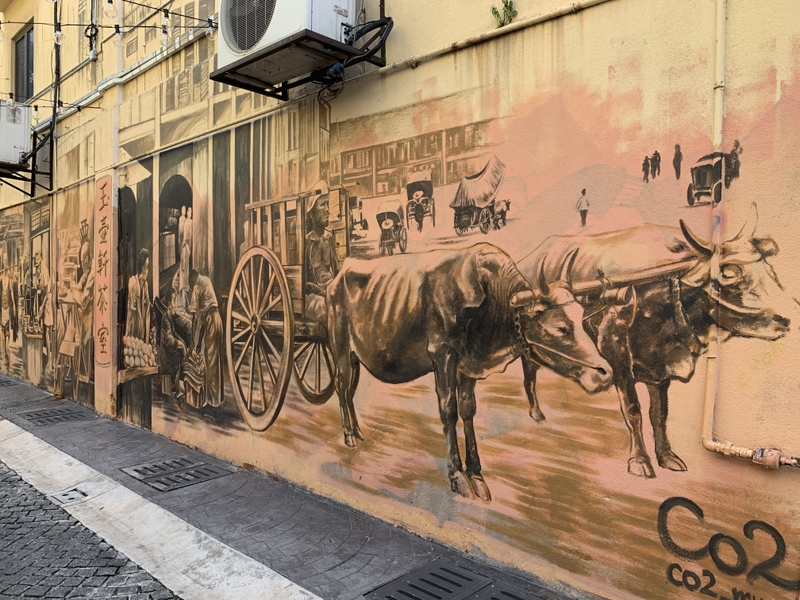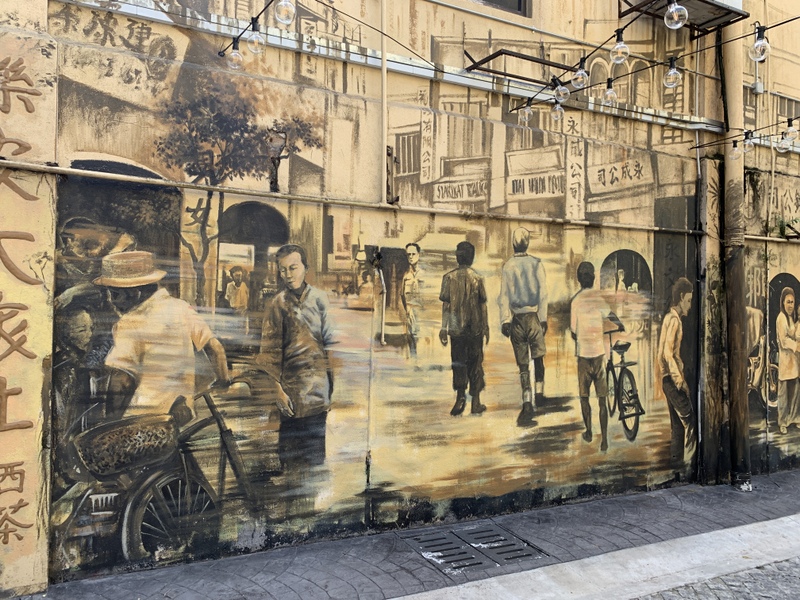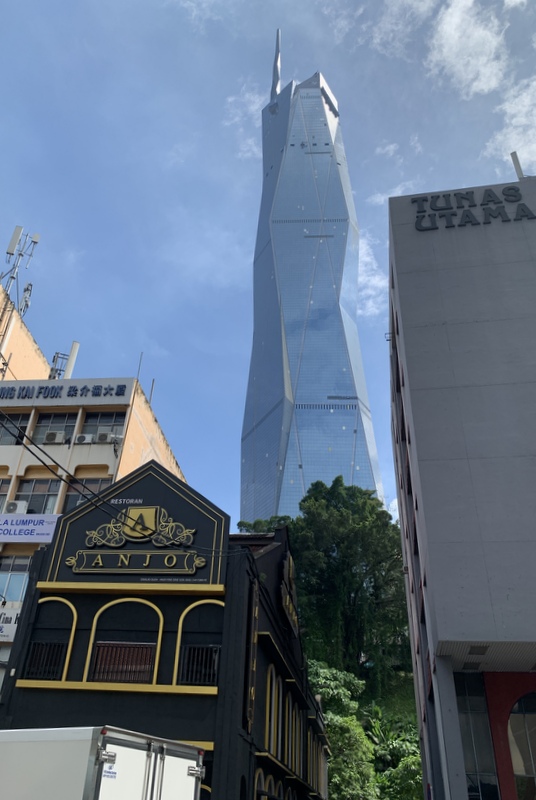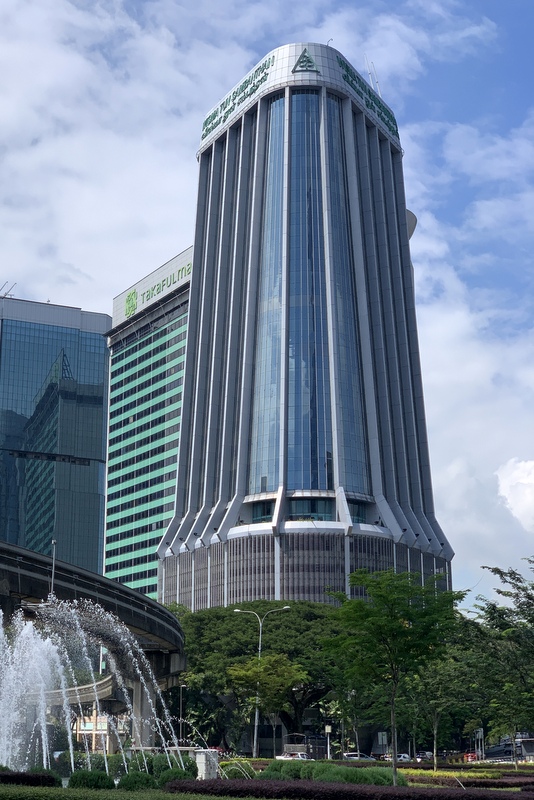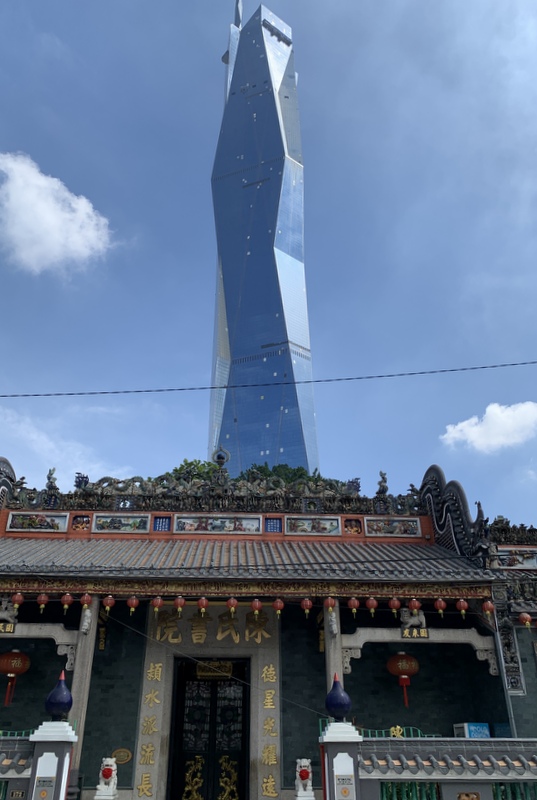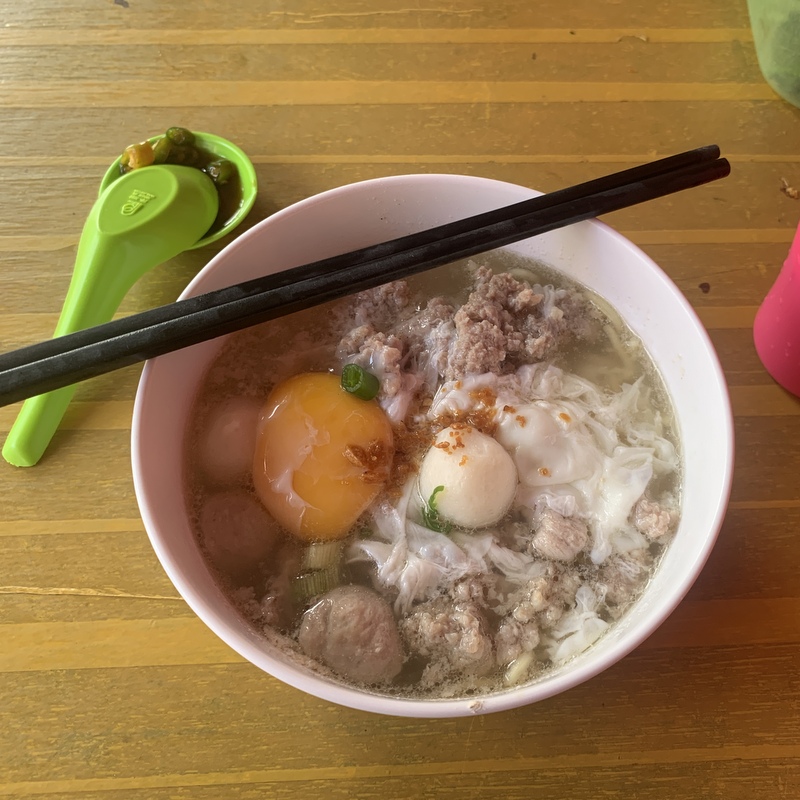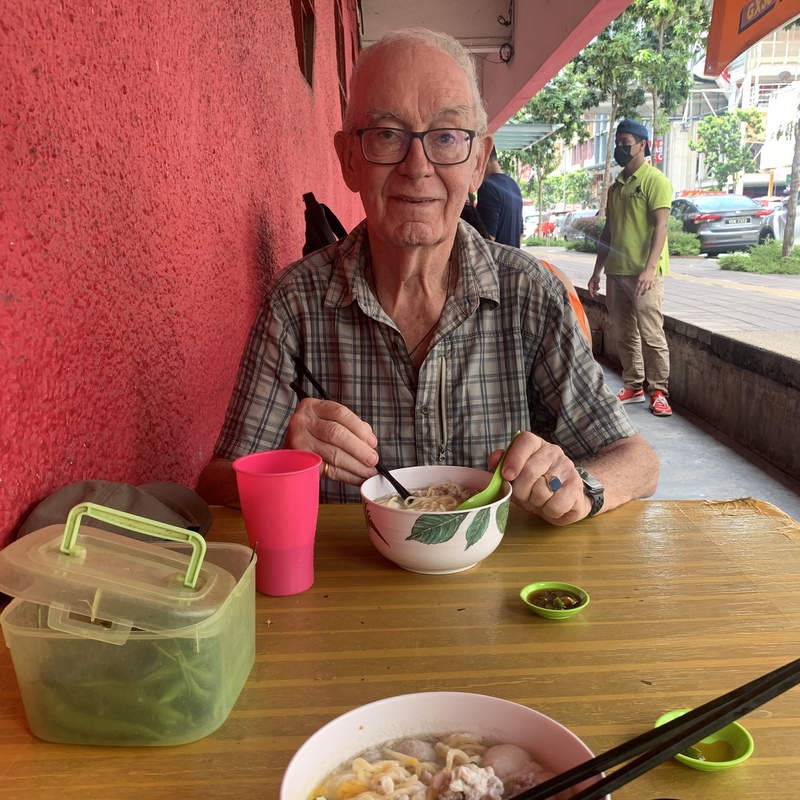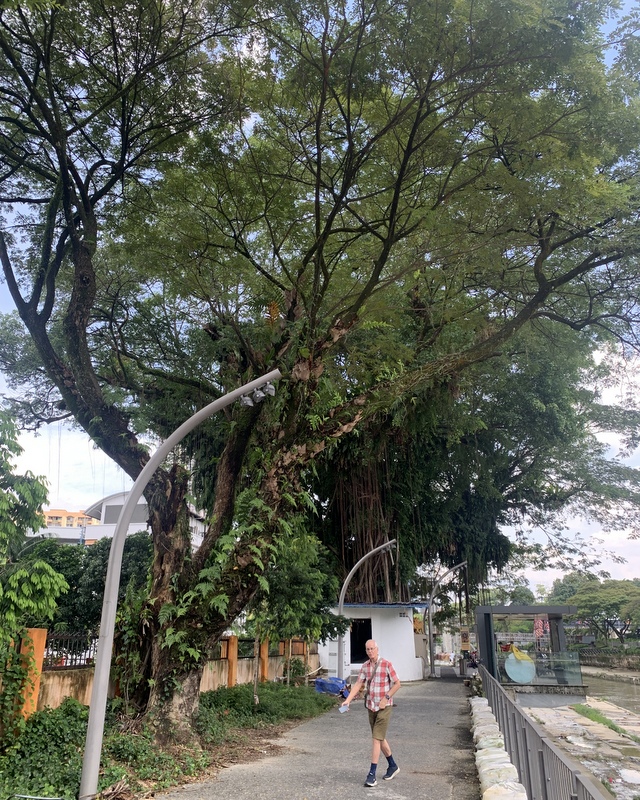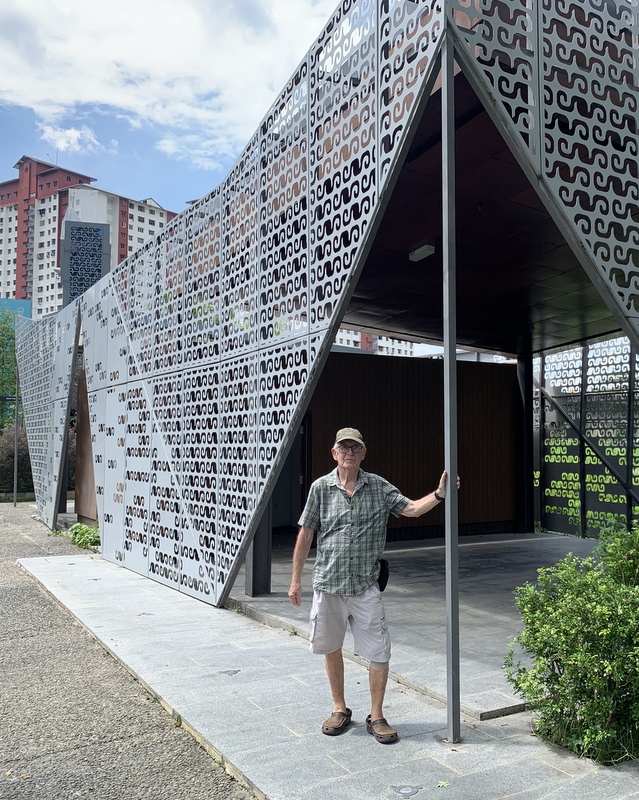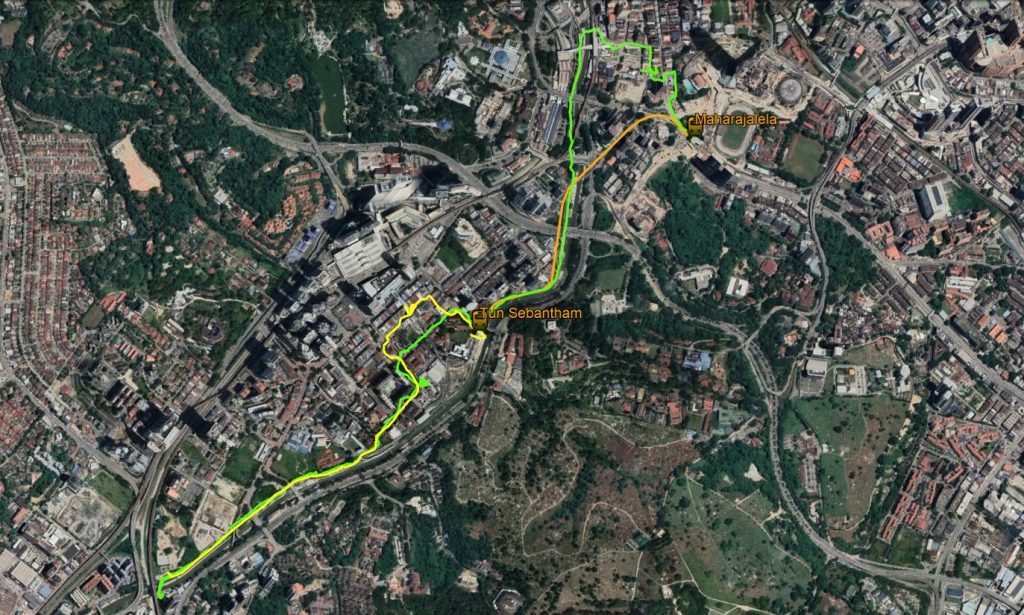On 18 February 2021 the Perseverance rover landed successfuly in the Jezero crater on planet Mars. A few weeks later I wrote a detailed blog about the landing and the mission of the Perseverance: to determine whether Mars ever was, or is, habitable to microbial life. We are now more than two years later, time to give an update. I assume that you have read the first post ;-).
First about the Ingenuity helicopter. There has been a lot of opposition to include the helicopter in the project, many people were worried that it might compromise the main goal of Perseverance. Here are two pictures taken by the WATSON camera (mounted on the robotic arm). Left the Ingenuity still under Perseverance’s belly with its legs unfolded, right next the the rover, ready to fly. Photos taken 1 and 7 April 2021, respectively
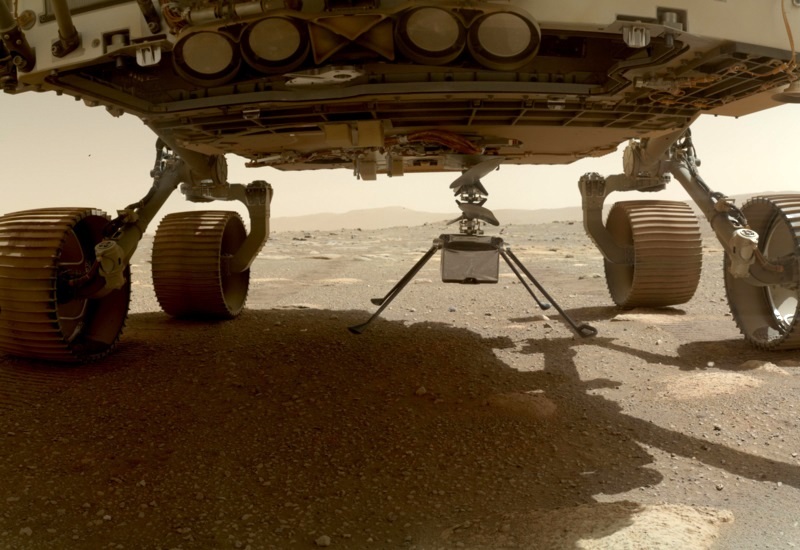
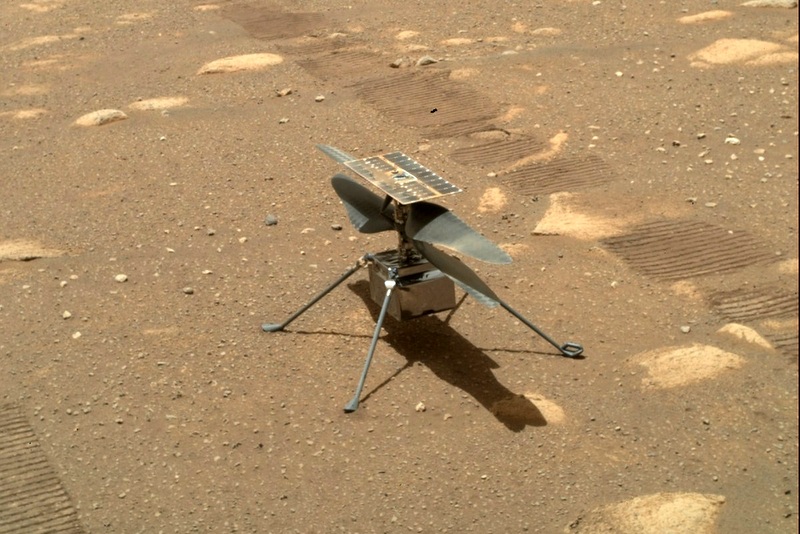
Here is a selfie of Perseverance, taken on 6 April 2021 again by the WATSON camera. Notice how small the helicopter is. Do you wonder why you don’t see the robotic arm in this picture? Actually WATSON took 62 pictures, resulting in this composite image, click here for details.

Originally only 5 flights of Ingenuity were planned, just to test if the helicopter could fly in the very thin Martian atmosphere. Because contact with Earth takes about 11 minutes, those flights have to be autonomous. They were so successful that the Ingenuity is still operating now, on 23 April it had its 51th flight. It is actually scouting for Perseverance to find suitable locations to explore. Click here for a list of all flights, full of interesting details. During flight 51 Ingenuity took a picture of Perseverance (upper left corner). Not easy to spot, the right picture shows an enlargement
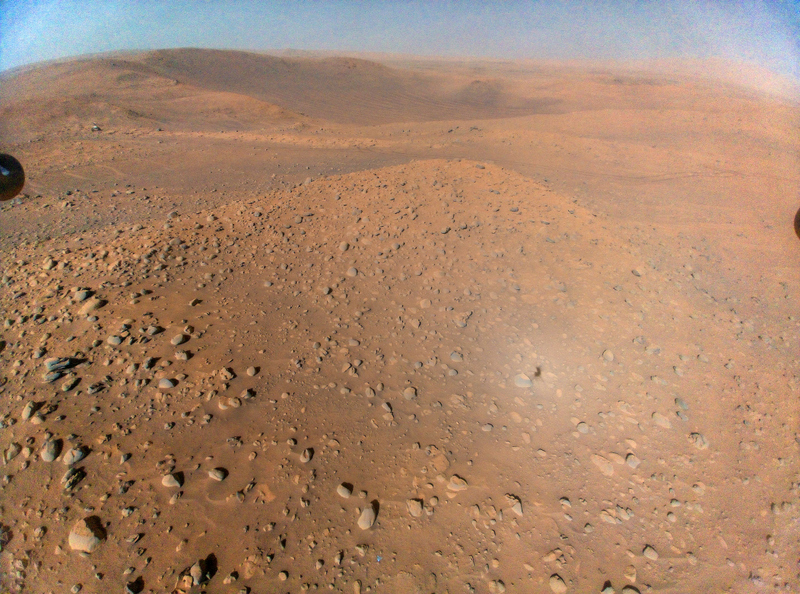

In my Perseverance blog, I could only be rather vague about details of the mission. The rover was supposed to collect samples of Martian rocks and soil (regolith), using the drill on its robotic arm. Then put these samples in sample tubes and store them in a container. Here is an example of a sample tube, the container can hold 43 of them.
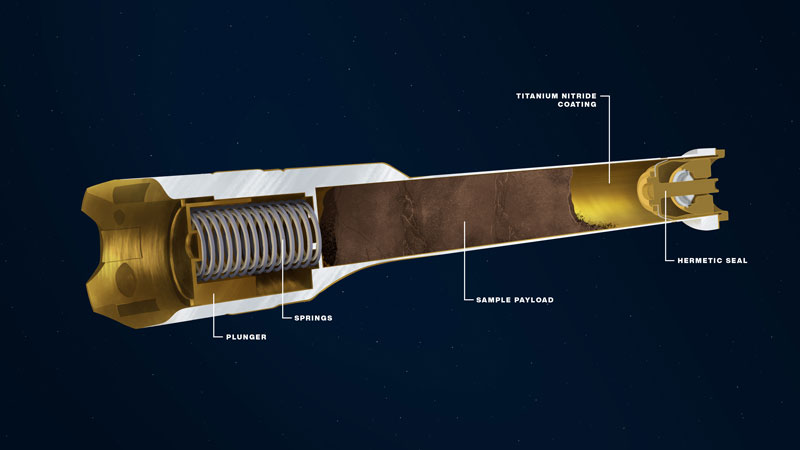
Here is the proposed route at the time when I wrote my blog.. The x marks the landing of Perseverance in the Jezero crater, which was a lake, billions of year ago. In those days a river was flowing into the lake (from the left), creating a delta of sediment. If ever life developed on Mars, this region might be suitable to find proof of it.

And here you see the actual route of the rover during the last two years. It is a screenshot from the NASA website Where is Perseverance? Really worthwhile to visit the site, you can zoom in on the map which is updated regularly. The red markers give the locations where samples have been collected. The blue markers show where the Perseverance and the Ingenuity are.

When you visit the website and zoom in, you will get this. Clicking on a white circle will tell you when the rover was there, clicking on a line segment gives the distance, clicking on a red marker will tell you the number of the sample collected

During the two years that Perseverance has been exploring, it has collected 19 samples, here is the list, with lots of details for each sample.
The first sample was actually a failure, it must have been a shock for the team! Here is a screenshot. Sample Type: Atmosopheric. The core must have been too powdery/brittle, broken into pieces, and the capsule is empty. More about it here .
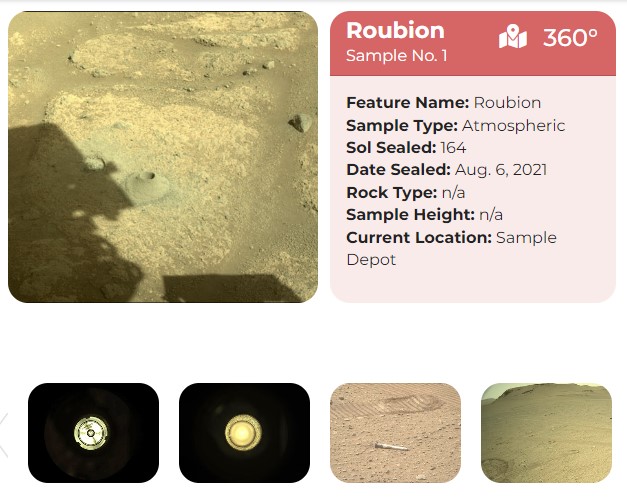
Fortunately all other sampling attempts until now were successful. Here is an example. The rocky outcrop has been named Wildcat Ridge. Two samples (no 12 &13 in the list) have been drilled and a circular patch of the rock has been abraded to investigate the rock’s composition.

Why two samples from the same location? When you look at the list, you will find that this is the usual procedure. All samples have been collected twice from each location (except the first, failed, one).
In the period between 21 December 2022 and 28 January 2023, one sample of each location has been dropped in what has been called a depot, named Three Forks. I have indicated the location with a red oval in the detailed map above. Here is a picture of the second sample being dropped.
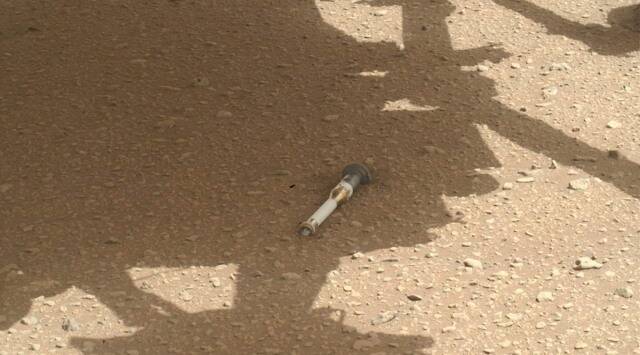
And here is a collage of all 10 samples dropped. THe Atmospheric sample, 8 samples with rock or regolith and one witness sample. A witness tube will follow the same procedure, but not collect any rock or regolith. Back on earth it will be inspected to check for any contamination with material from Earth. Click here for more details.

,The sample tubes tubes are not dropped at the same spot, but about 5-15 meter apart. The center of each circle is the location where that sample was deployed, with in red the name given to the sample (see the list).

Why all this? Basically for safety reasons. The ultimate goal of the mission is to bring the sample capsules back to earth, where they can be studied in much more detail than is possible by Perseverance. In my first blog I wrote that this so-called Mars Sample Return porject at first sight looks like science fiction. And I still think it does 😉 . Here is an outline of the project in its present form.
- In 2027 the Earth Return Orbiter (ERO) will be launched and reach Mars in 2029 where it will go in orbit and wait for the container with the samples.
- In 2028 the Sample Retrieval Lander (SRL) will be launched. It will land on Mars in 2029, probably close to the Three Forks depot. It will bring two helicopters and the Mars Ascent Vehicle (MAV), a rocket.
- If Perseverance is still working properly, it will also travel back to the Three Forks depot. In that case it can transfer its samples to the MAV
- If not, the two helicopters will transfer the ten dropped samples to the MAV
- After the samples have been stored in the MAV, it will leave Mars, go in orbit around the planet and release the container with the samples.
- The ERO will pick up the container with the samples and place them in the Earth Entry Vehicle (EEV). Then it will leave its orbit and travel back to Earth
- Near Earth the ERO will release the EEV which will “fall” back to Earth. No navigation, no parachute. It is scheduled to land in 2033 in the desert sand of the Utah Test and Training Range.
In this artist impression the Sample Retrieval Lander is at the right, left the Perseverance. The Mars Ascent Vehicle has just been launched, it will bring the container with the precious samples to the Earth Return Orbiter. One of the Sample Recovery Helicopters is hovering in the thin Martian atmosphere.

In the original design, the Sample Retrieval Lander carried another rover which transported the sample tubes from Perseverance to Mars Ascent Vehicle. . It has been skipped because of the success of the Ingenuity helicopter. The Sample Recovery Helicopter has basically the same design, but is stronger, can carry a small load and has wheels. Here is an artist imprssion. It can transport a dropped sample tube, one at a time, from the depot to the Lander.
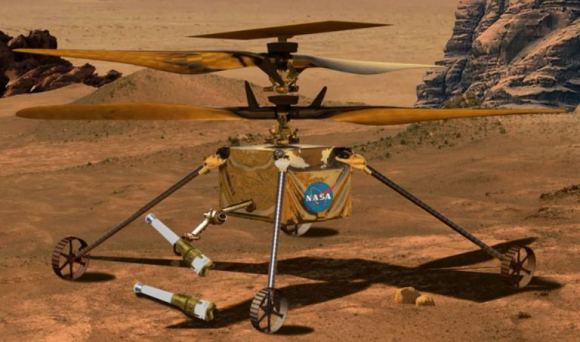
.Another design change is that the Sample Retrieval Lander has a powerful robotic arm to put the samples in the sample container. Have a look at this fascinating video. The robotic arm picks up a sample tube from the ground, and puts it inside the rocket. But it can do the same with samples stored inside the Perseverance.
Have a look at this animation. You see the Sample Retrieval Lander land near the Perseverance. The robotic arm transfers the sample capsules to the Mars Ascent Vehicle, which is then launched. When in orbit it releases the container with the samples. This container is then collected by the Earth Return Orbiter. There the container will be placed in the Earth Entry Vehicle. All this will take place after the landing of the Sample Retriever Lander in 2029.
At the moment the whole whole retrieval mission is still in the design phase. Here are prototypes of the sample container and the Earth Entry Vehicle. To give you an impression of the size, a sample tube is about 15 cm long. The container is roughly the sise of a basketball. The diameter of the EEV will be about 1.5 meter.
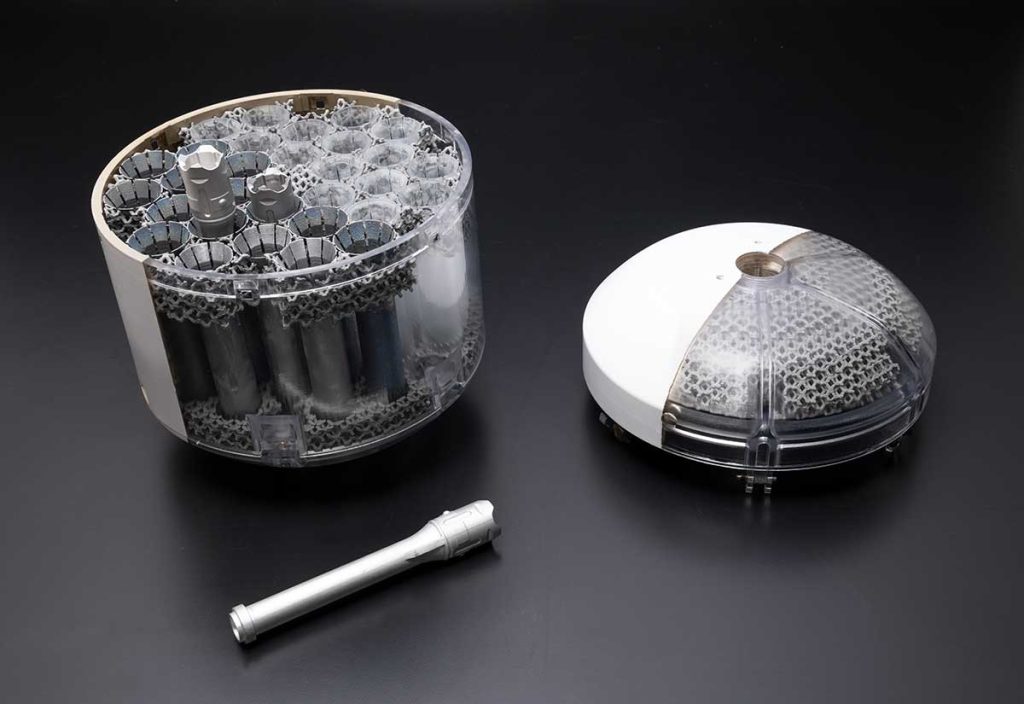
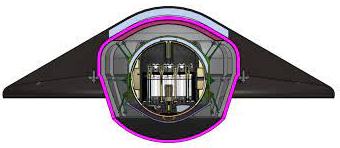
The retrieval operation will take place in 2029, six years from now. The Perseverance is working beyond expectation, but will it still work properly in 2029? In the first phase of the exploration Perseverance has collected dupilcate samples and dropped one of each at the Three Forks depot. In one of the NASA reports I read that in the second phase the Perseverance will no longer collect duplicates.
So, when everything goes well, in 2029 Pereverance will return to the Three Forks Depot with in its belly around 30 collected samples. In that case The Robotic Arm will transfer the samples to the sample container. It will leave the depot untouched! Why? Because the retrieval will be a risky process. The container after launch will be floating in orbit and hopefully collected by the Earth Retrun Orbiter. And near earth the container, now inside the EEV, will be dropped near Earth and hopefully fall down in the Utah desert. I still think it’s science fiction 😉 So, in case something goes wrong, at least there are still 10 samples in the depot, waiting for another mission.
The paragraph above is my own interpretation.
And this is my personal comment, before I finish this blog.
The whole mission until now has been presented as a huge success. And techologically speaking, I agree. But still I think the scientists will be a bit disappointed, because a “smoking gun” has not been found until now.
When (microbial) life developed on earth, 3.5 billion year ago, it left fossil traces behind, called stromatolites, like this one, found in Australia..
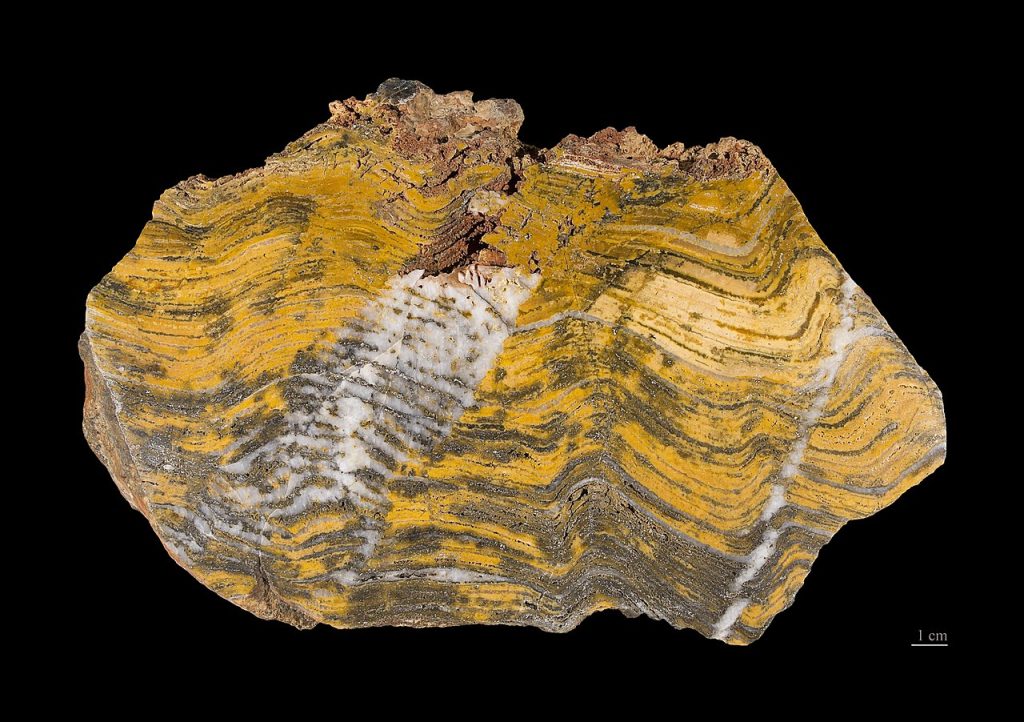
If this kind of sediment would be found in the Jezero crater om Mars, it would be frontpage news all over the world: Life has existed on Mars.
In 2019 a team of NASA/ESA scientists went to Australia to study the stromatolites. In the video they call them the Holy Grail.
But until now no sign. The collected samples contain organic molecules, but that is nothing new, Curioisity, the predecessor of Perseverance already found them.
Of course Perseverance will persevere exploring the sediments in the Jezero delta and collect more samples. Hopefully it will one day be able to take pictures of stromatolite. If not then we will have to wait until 2033 when the samples are returned to Earth and can be investigated in specialised laboratories.
Yes, I think the scientists are a bit disappointed.

